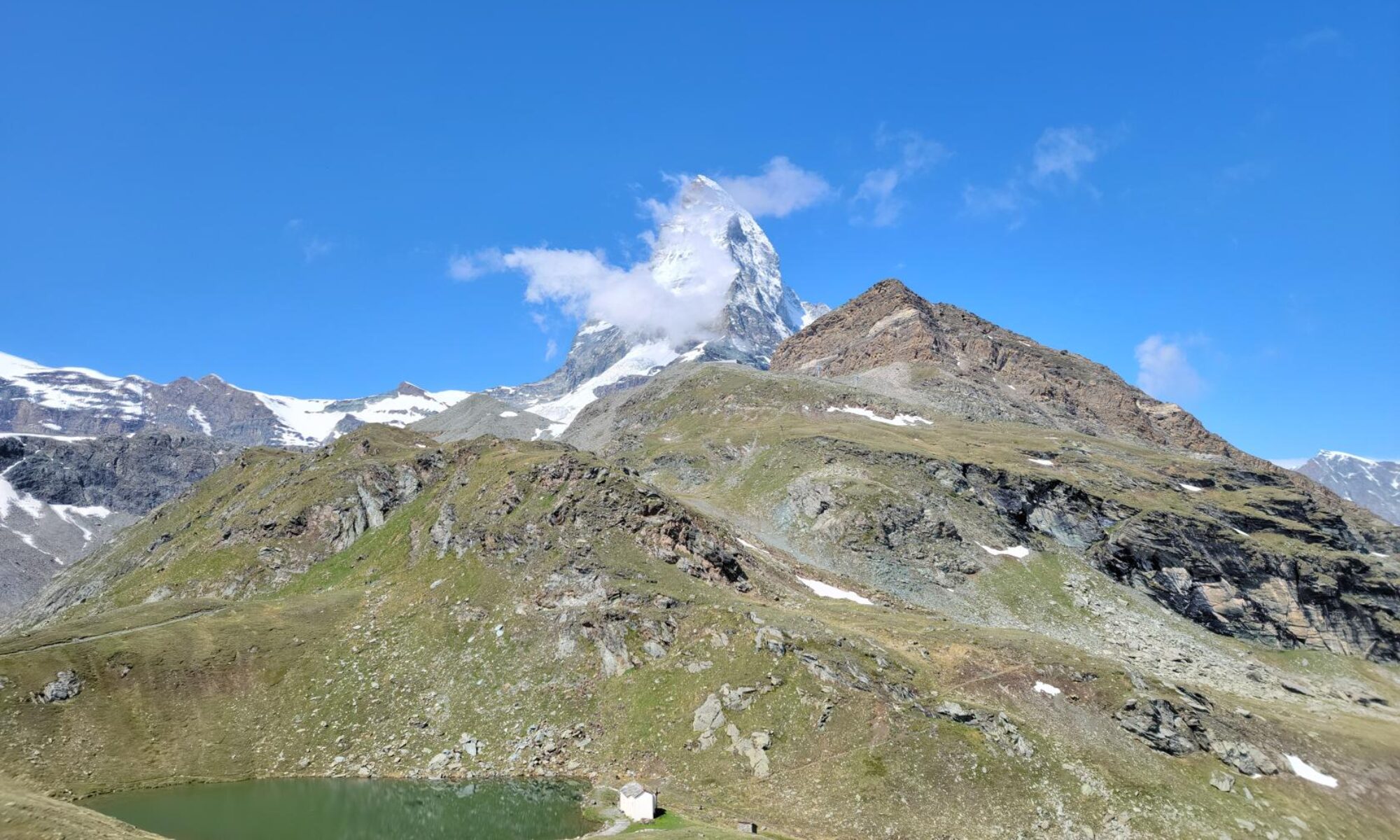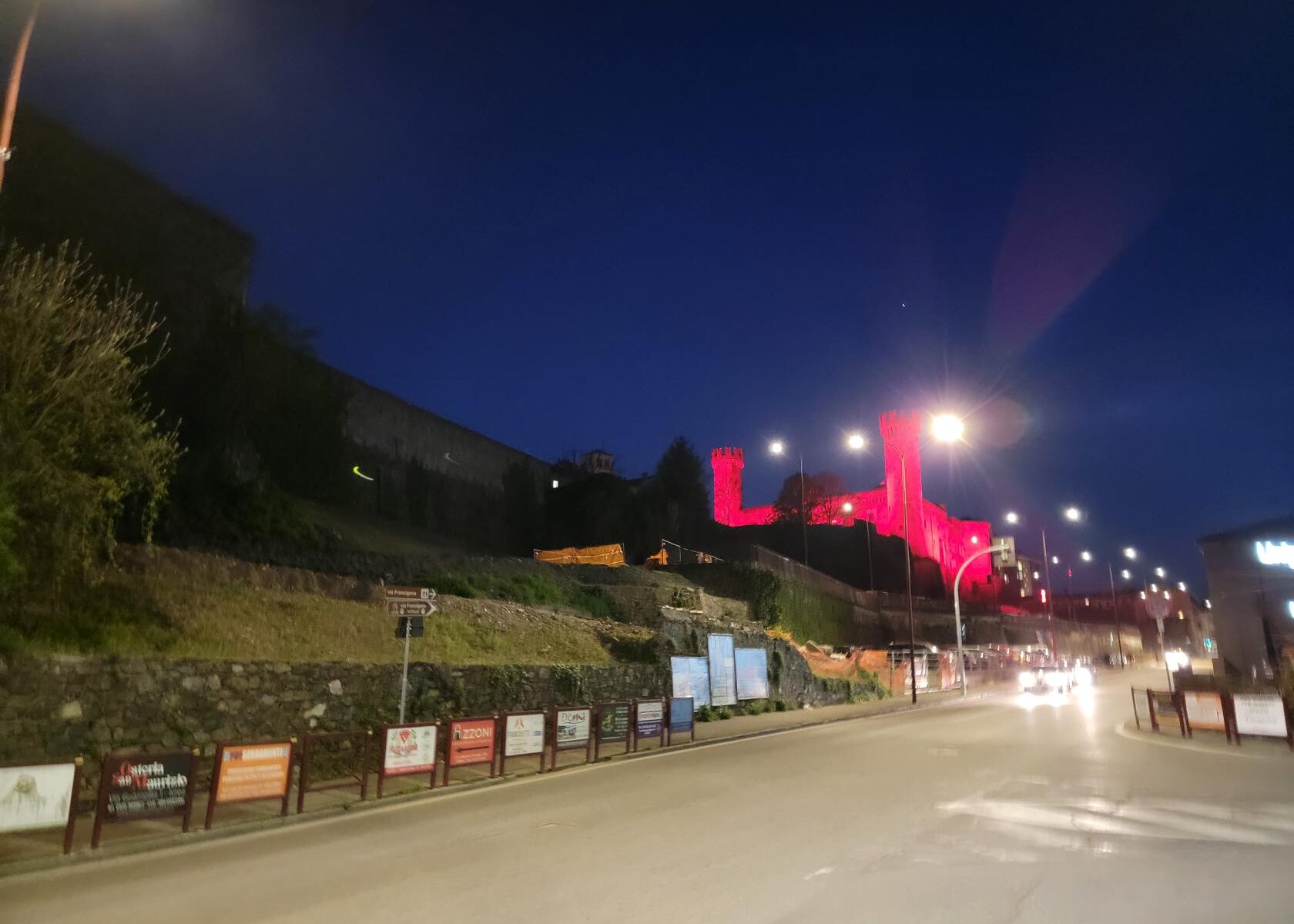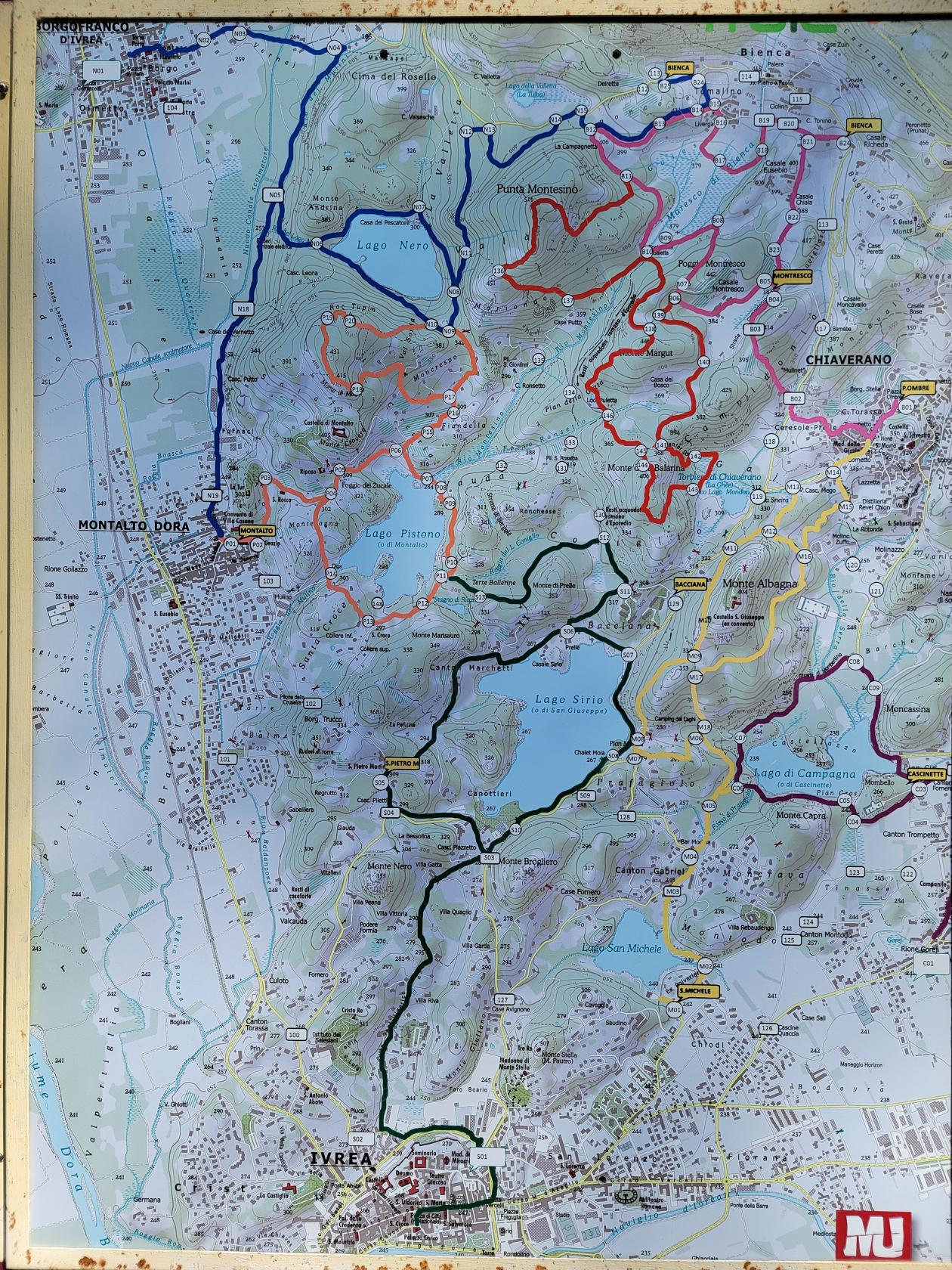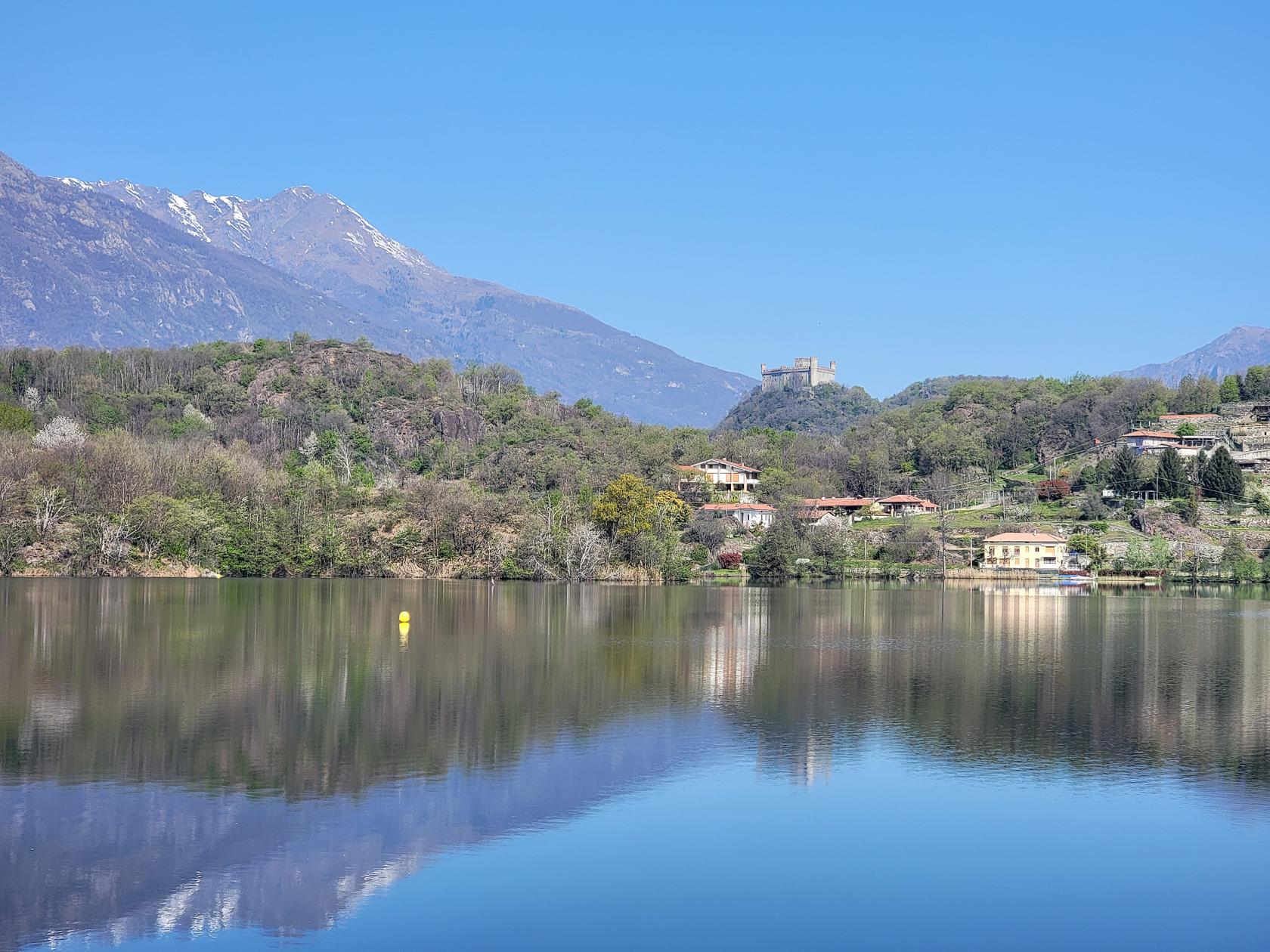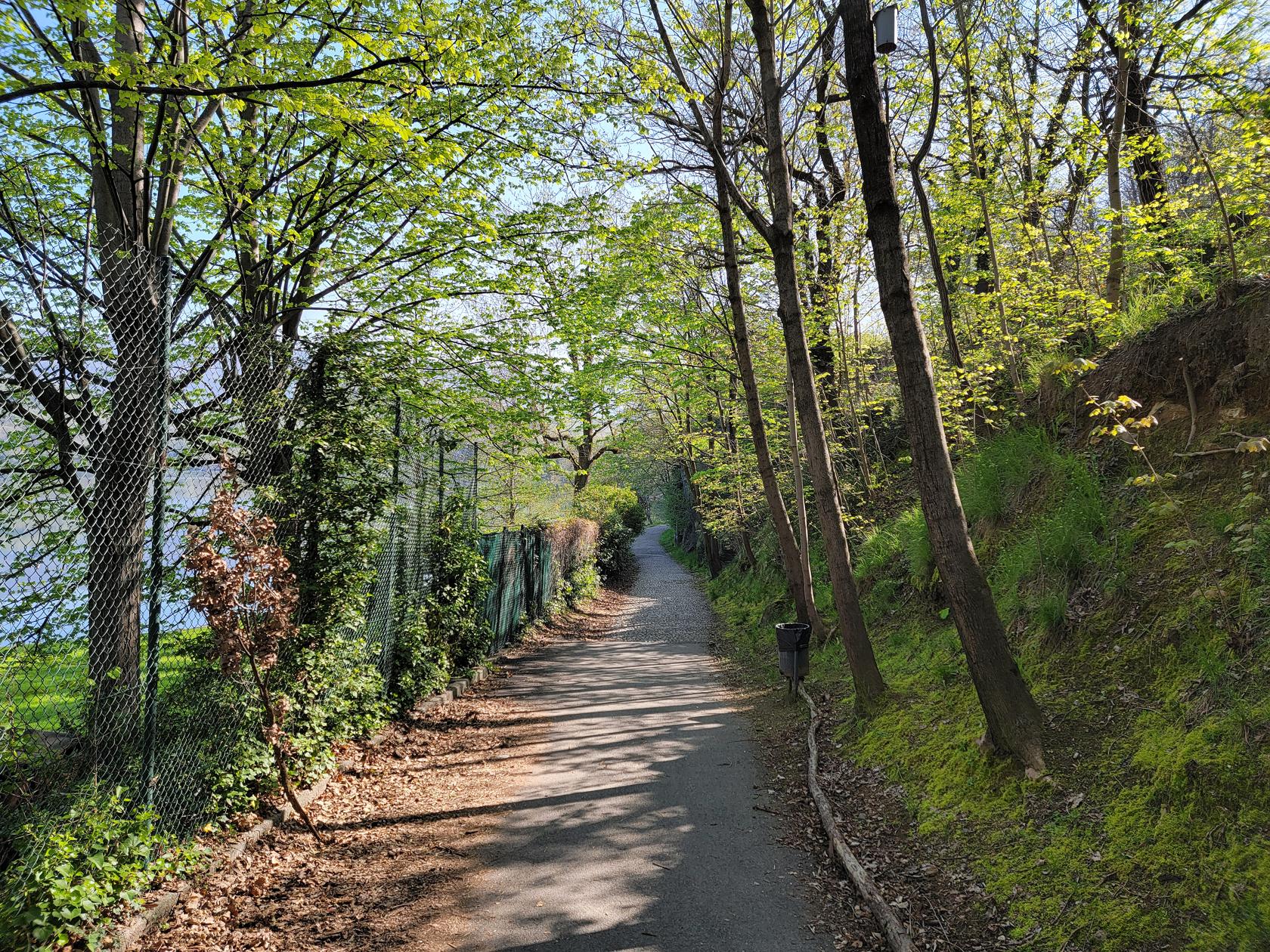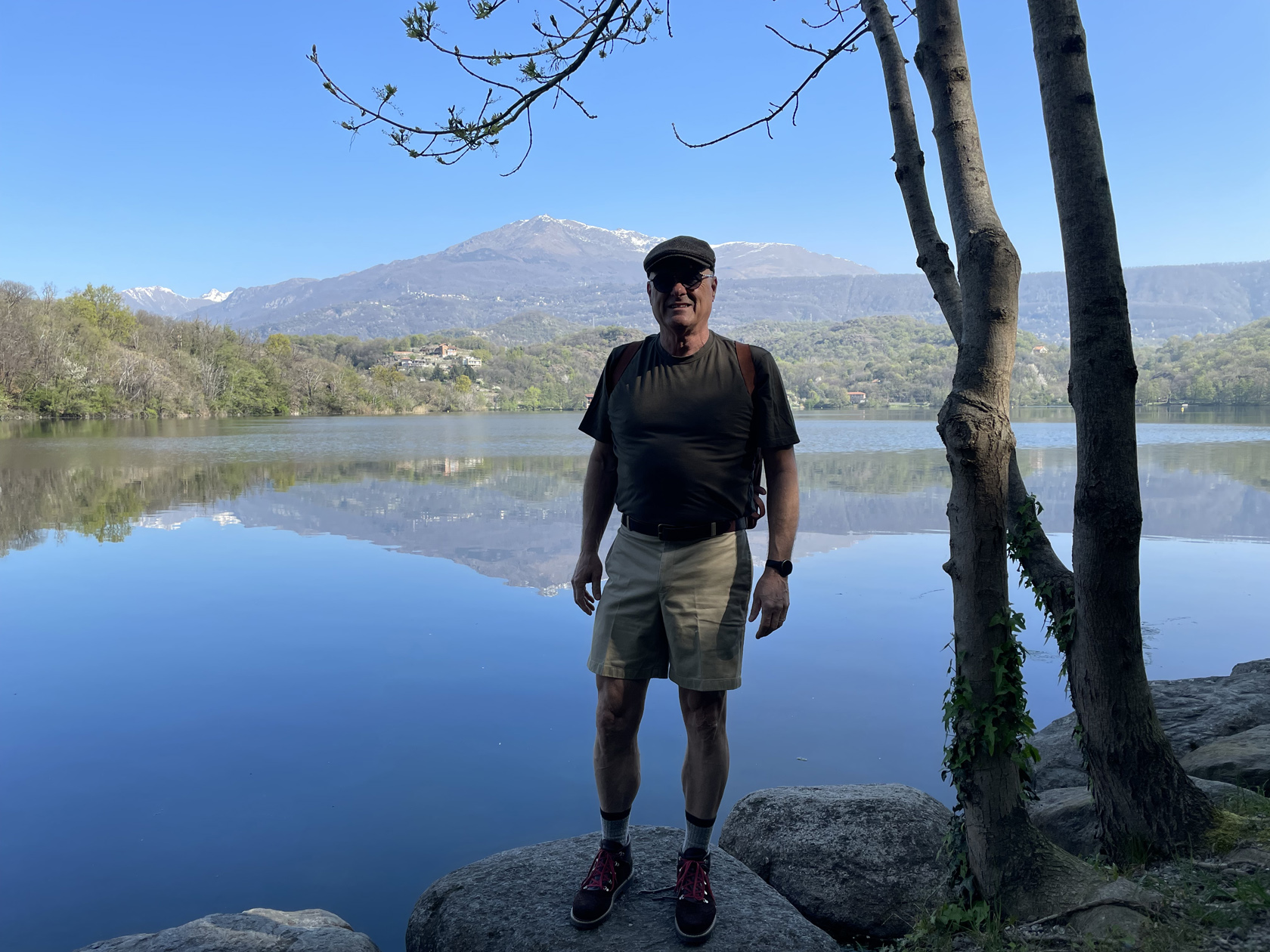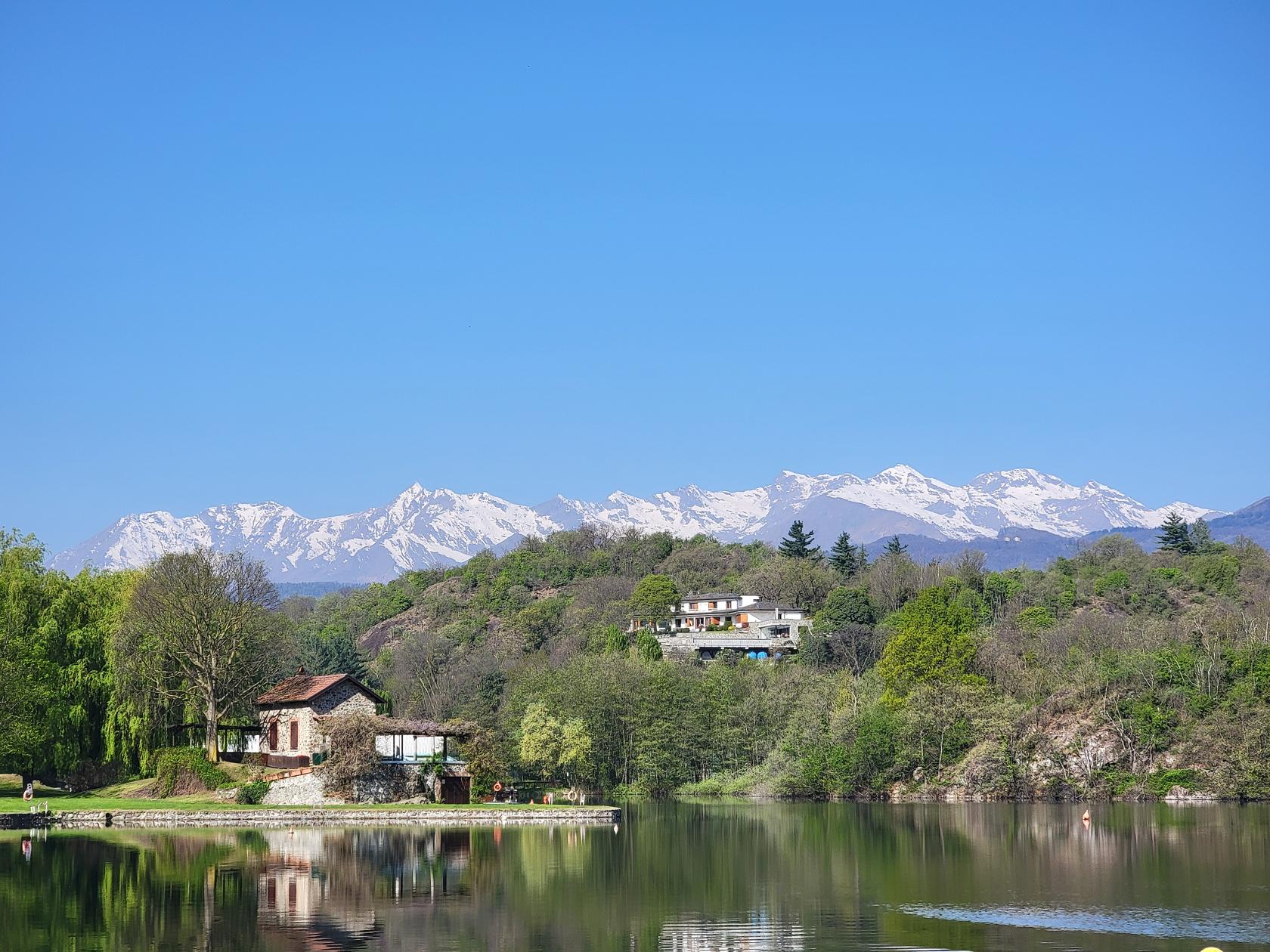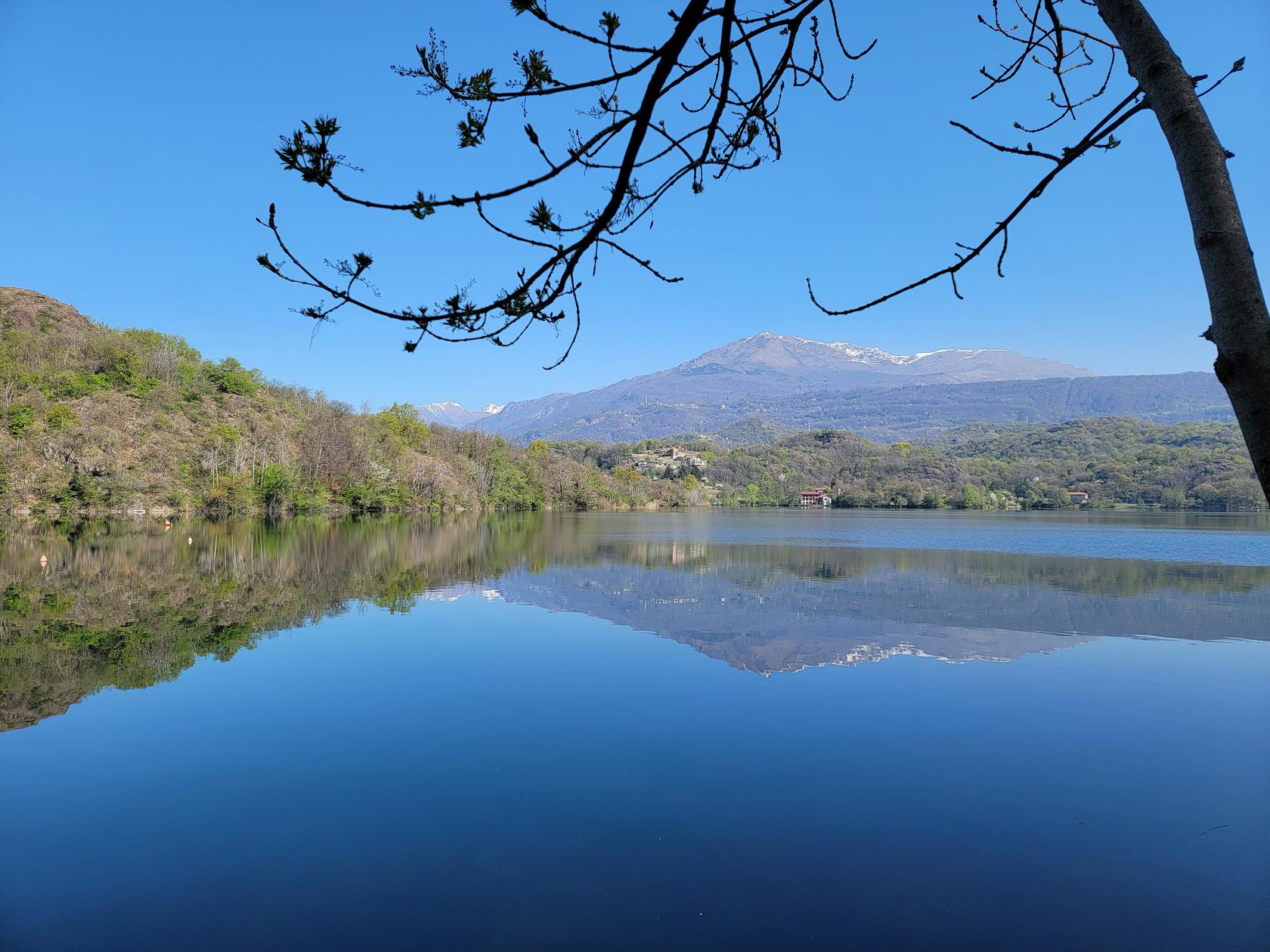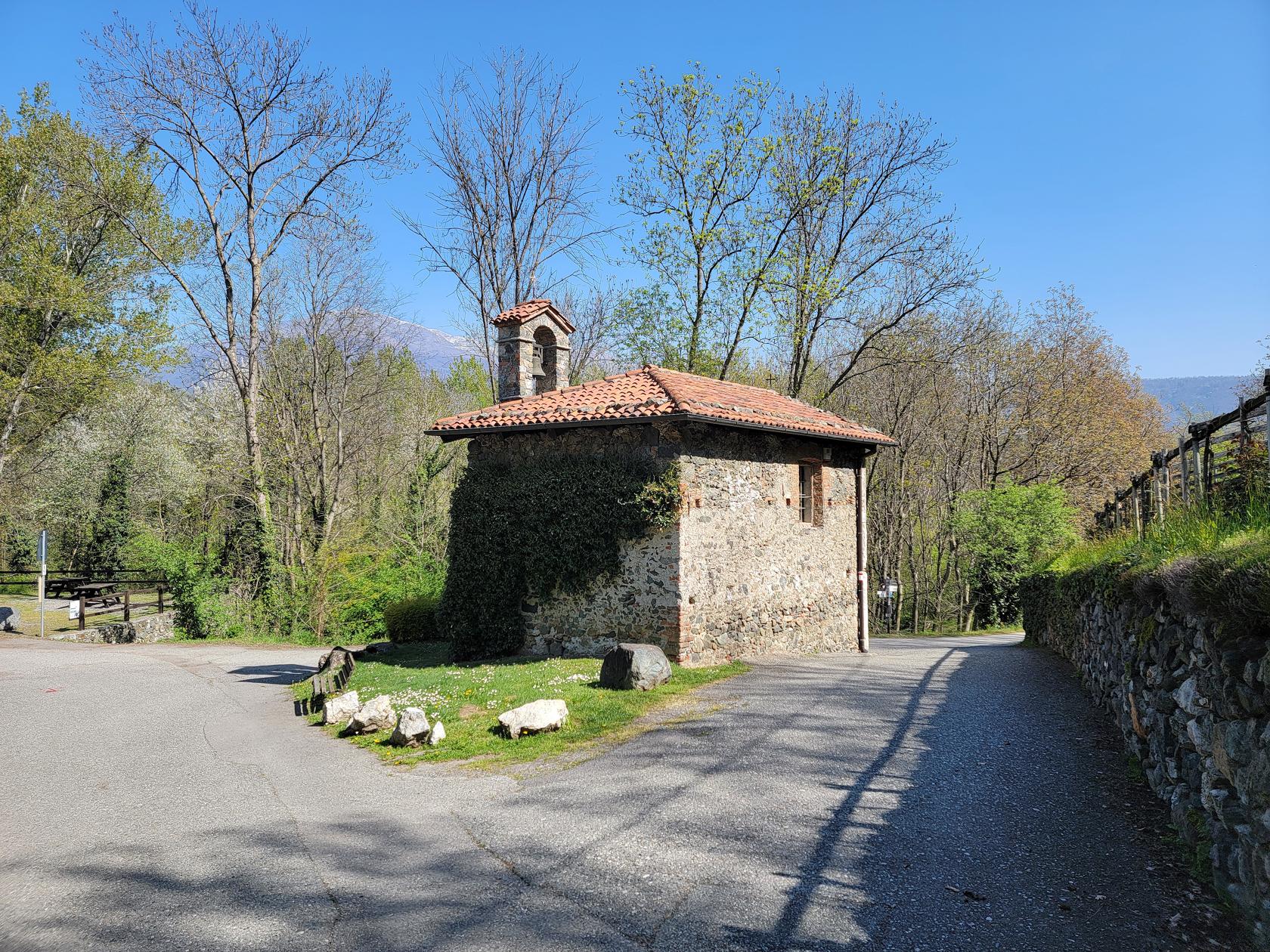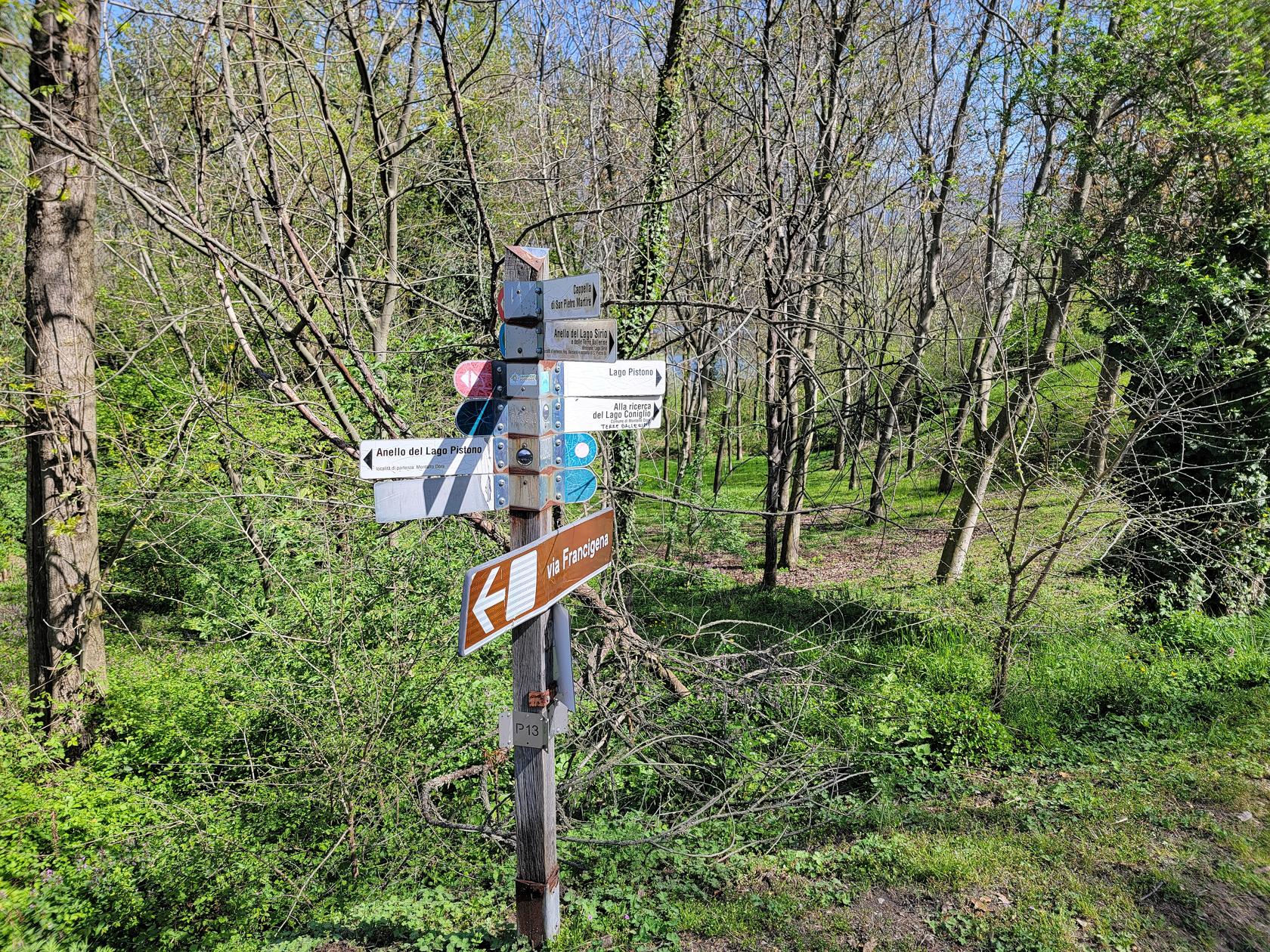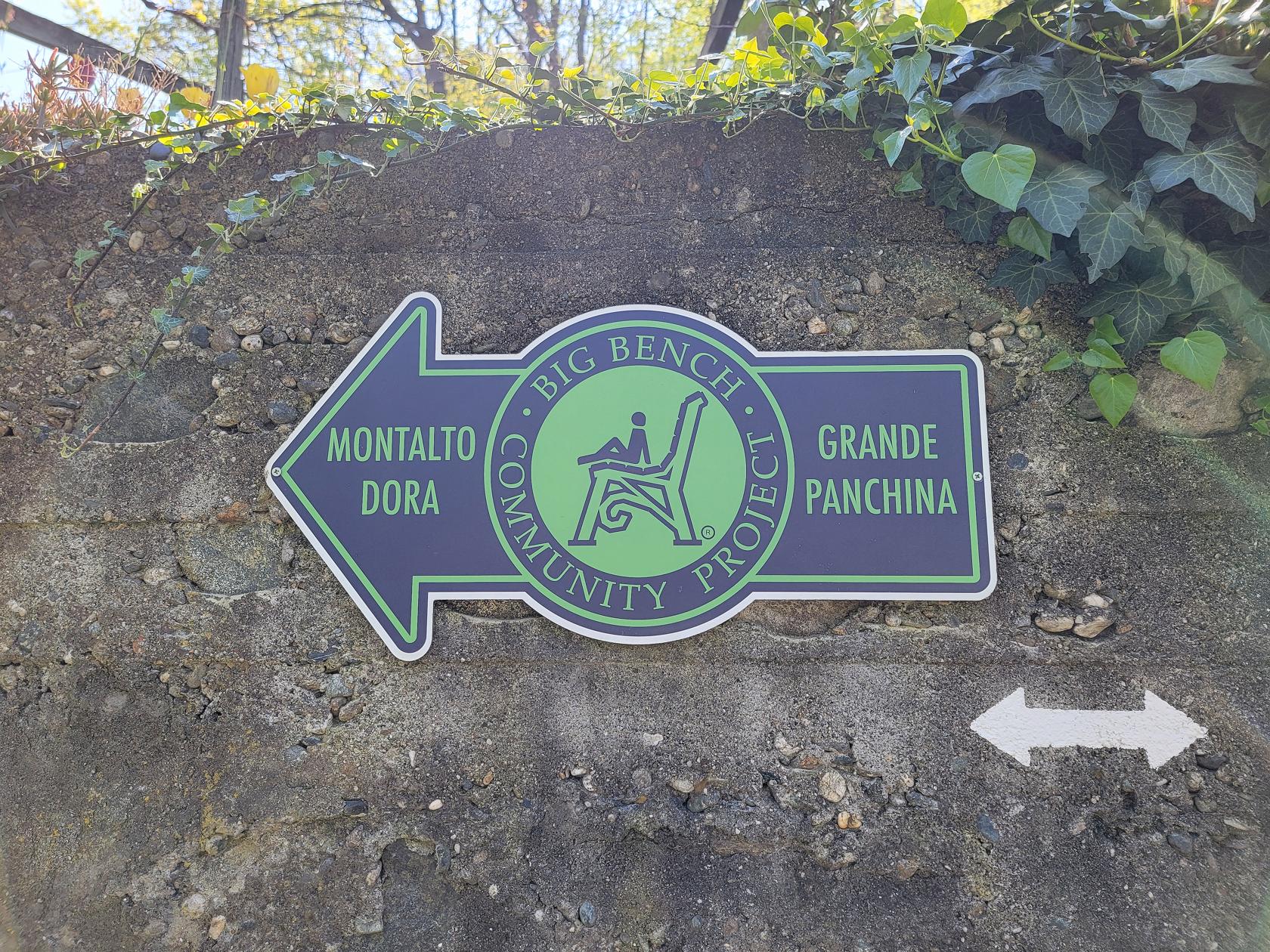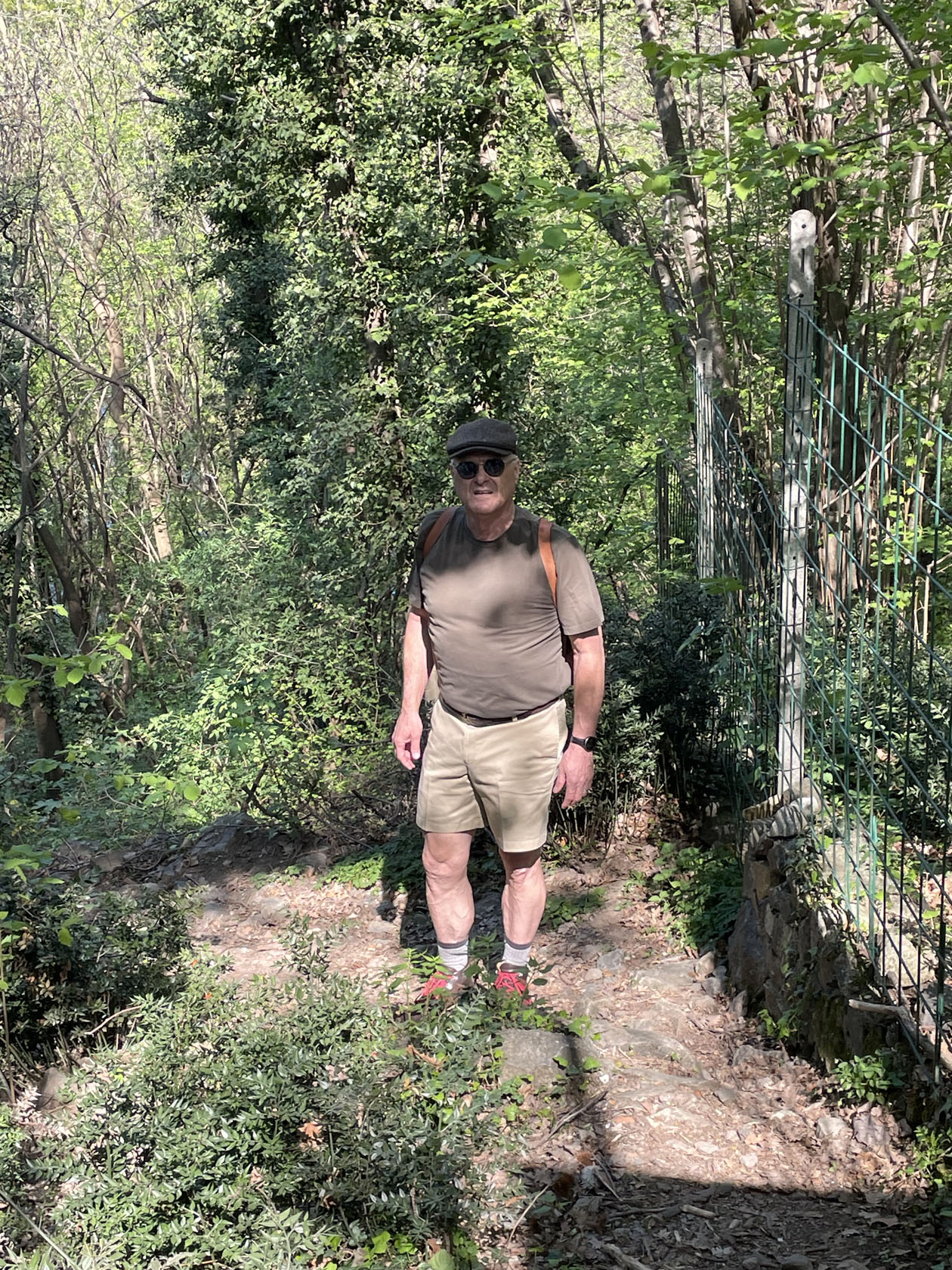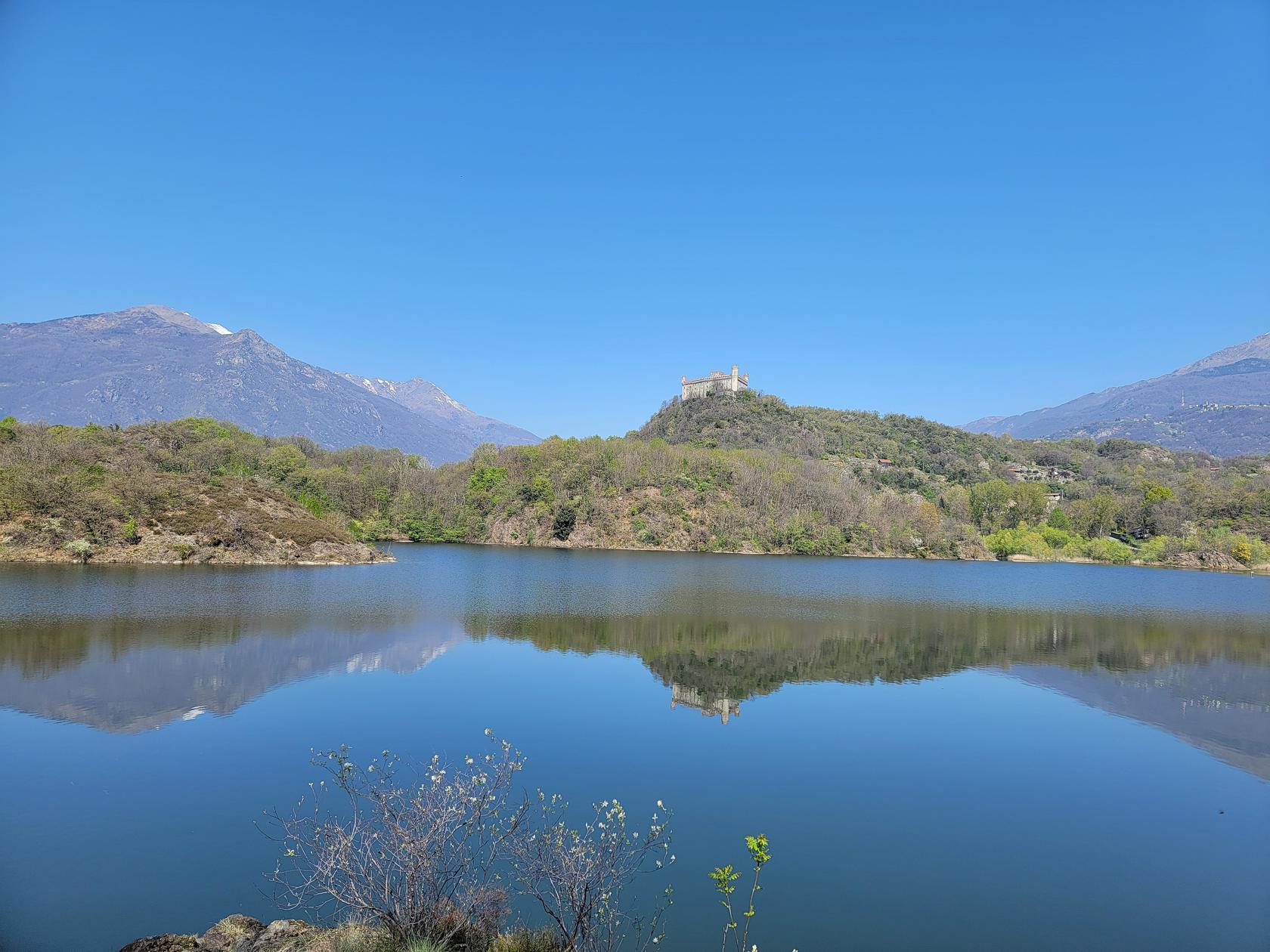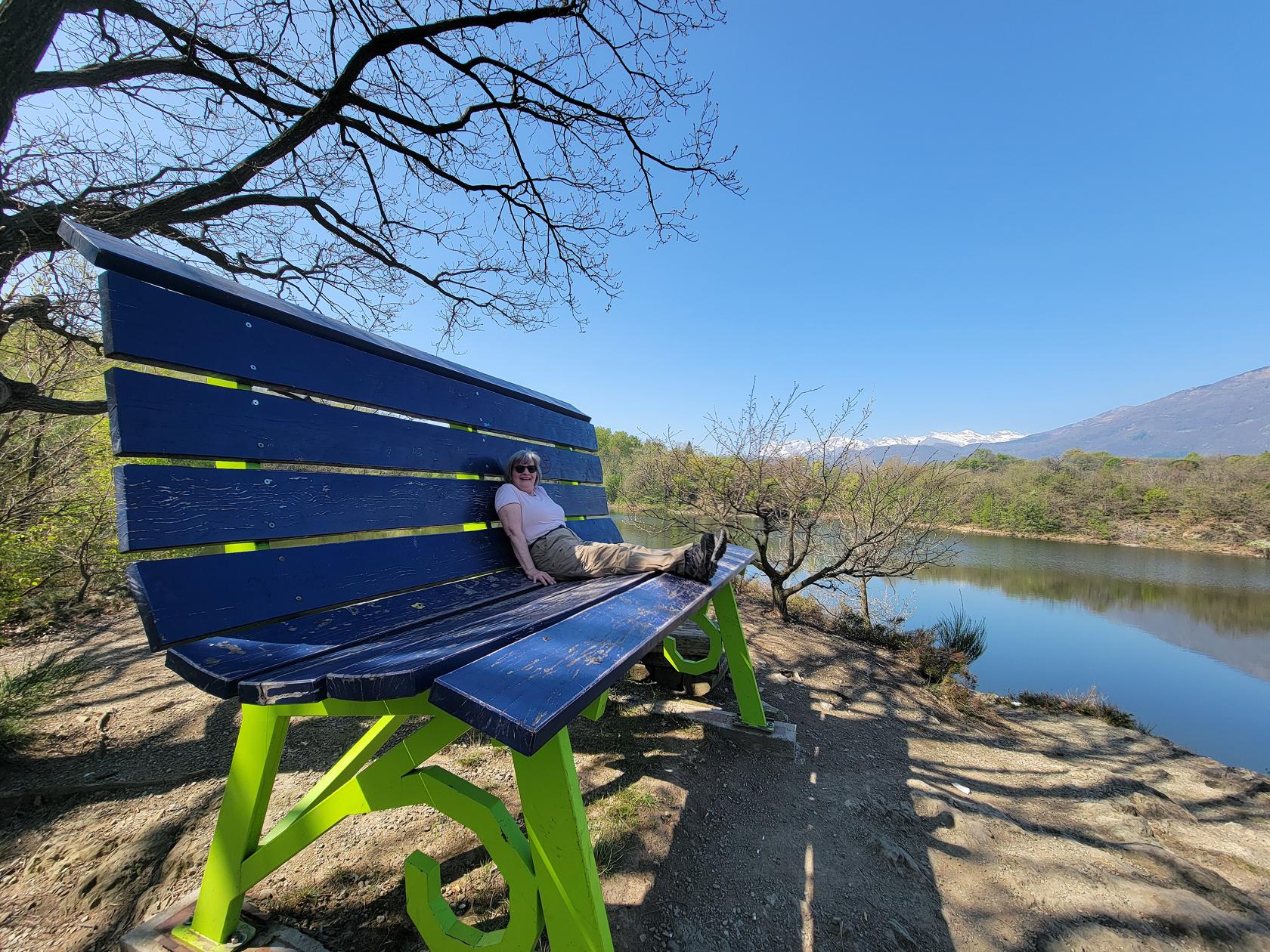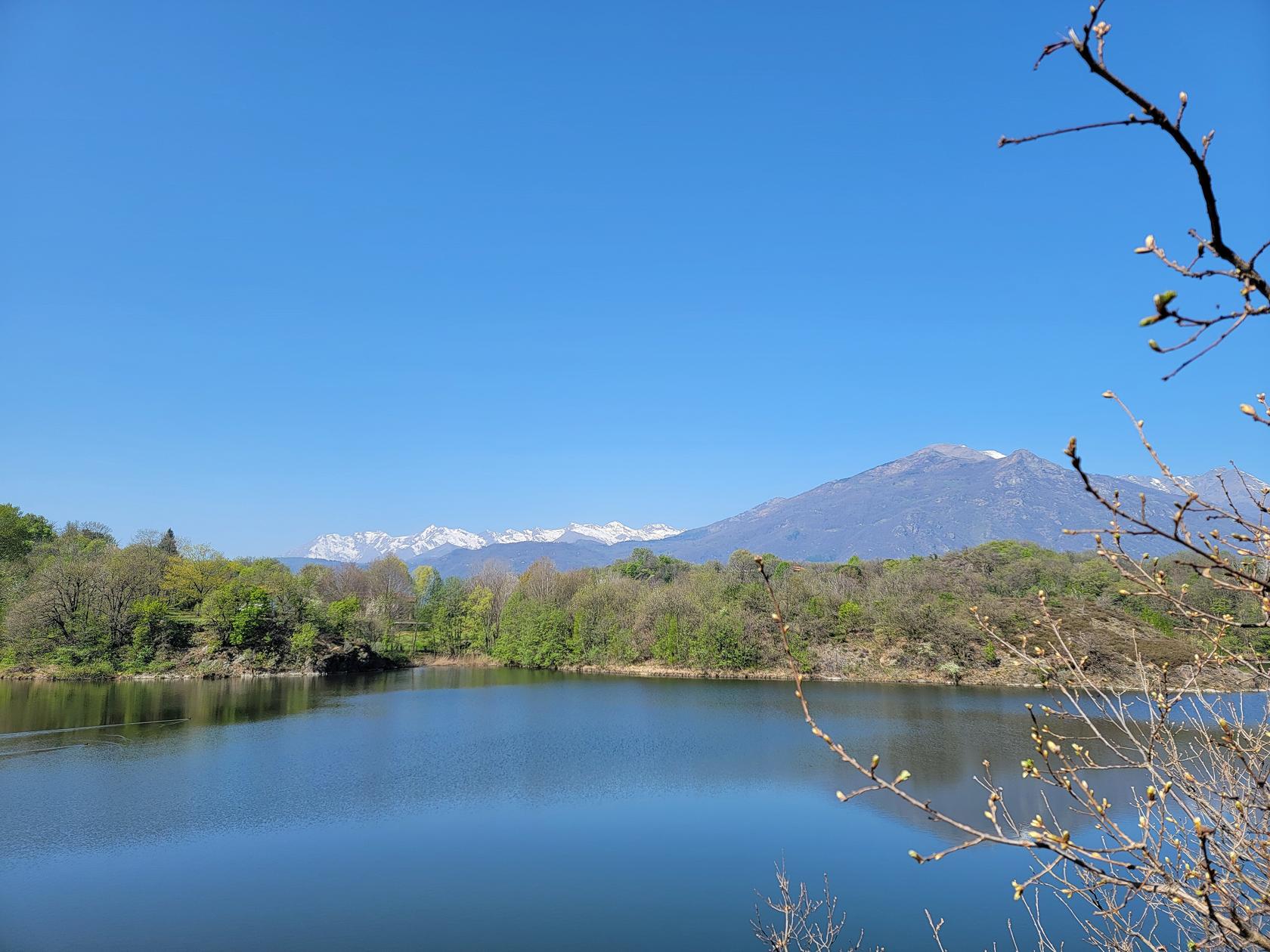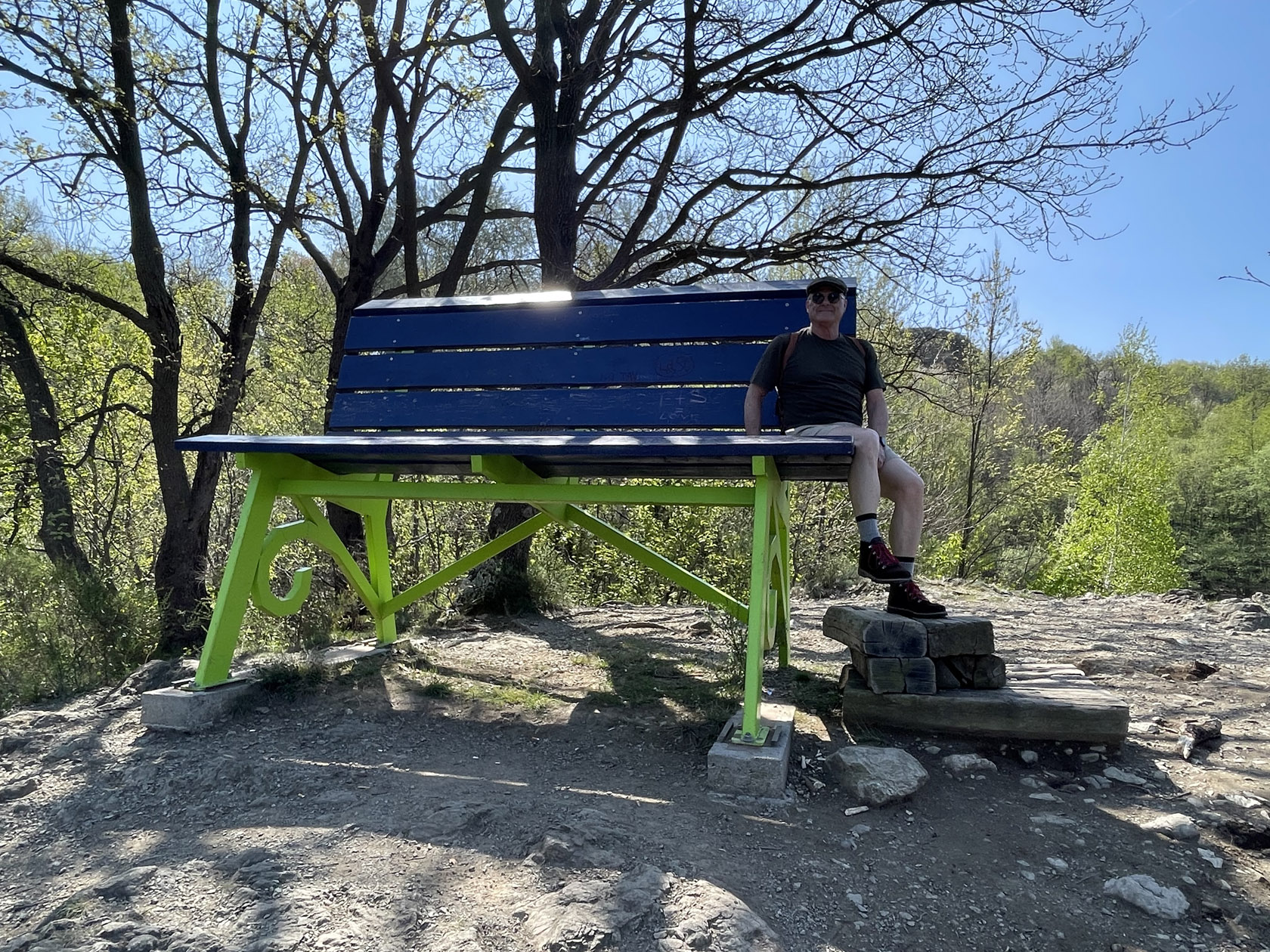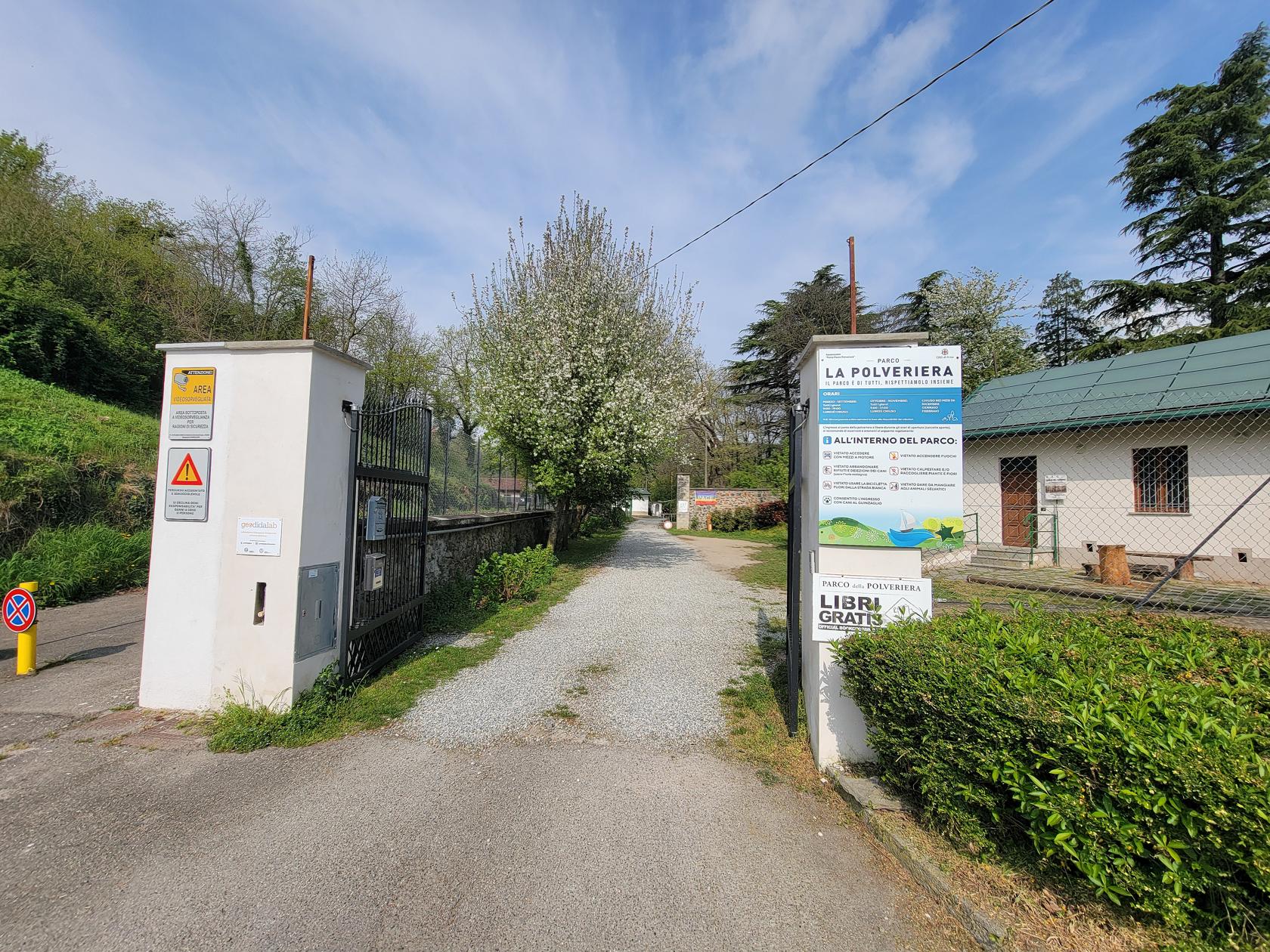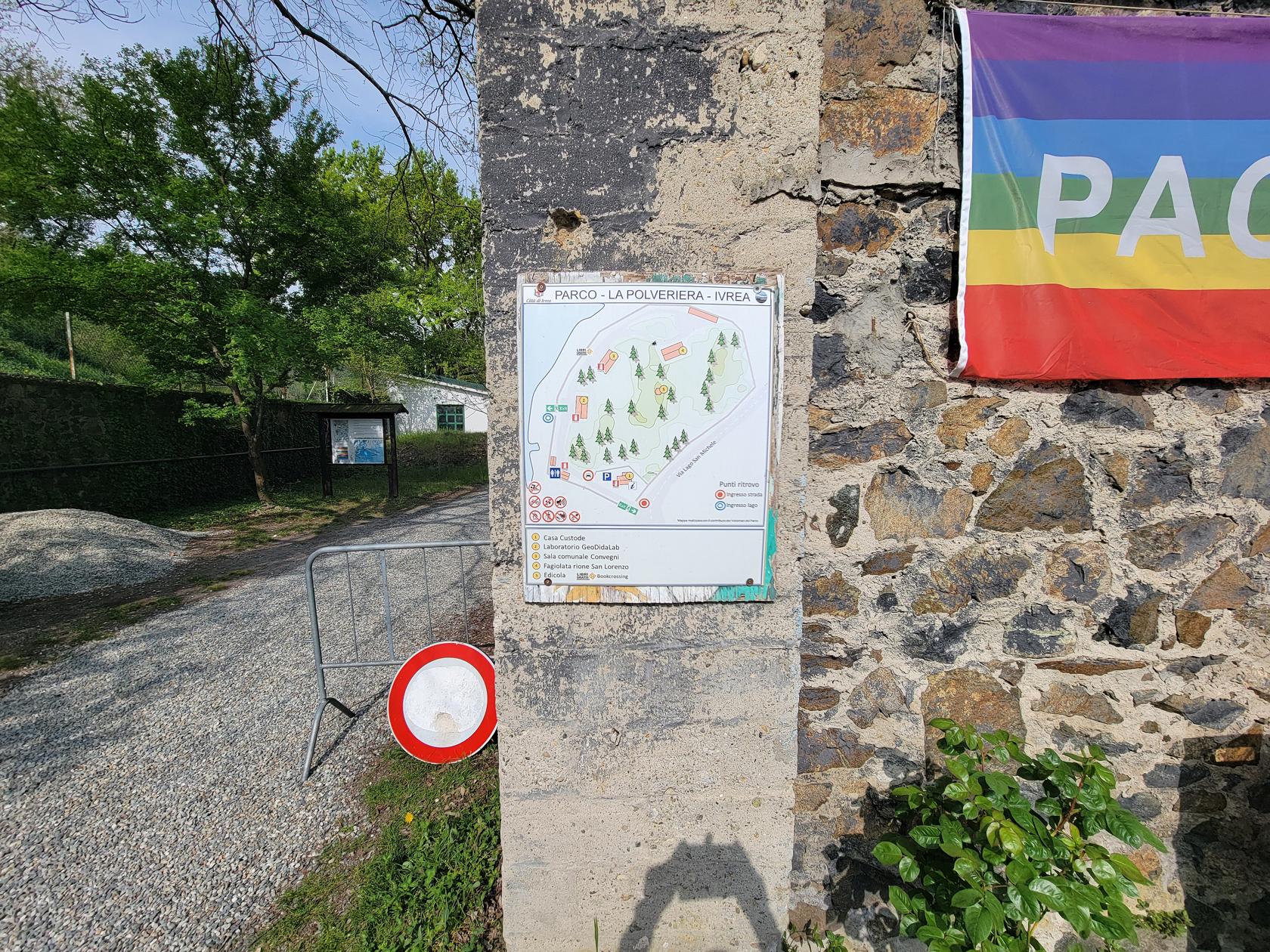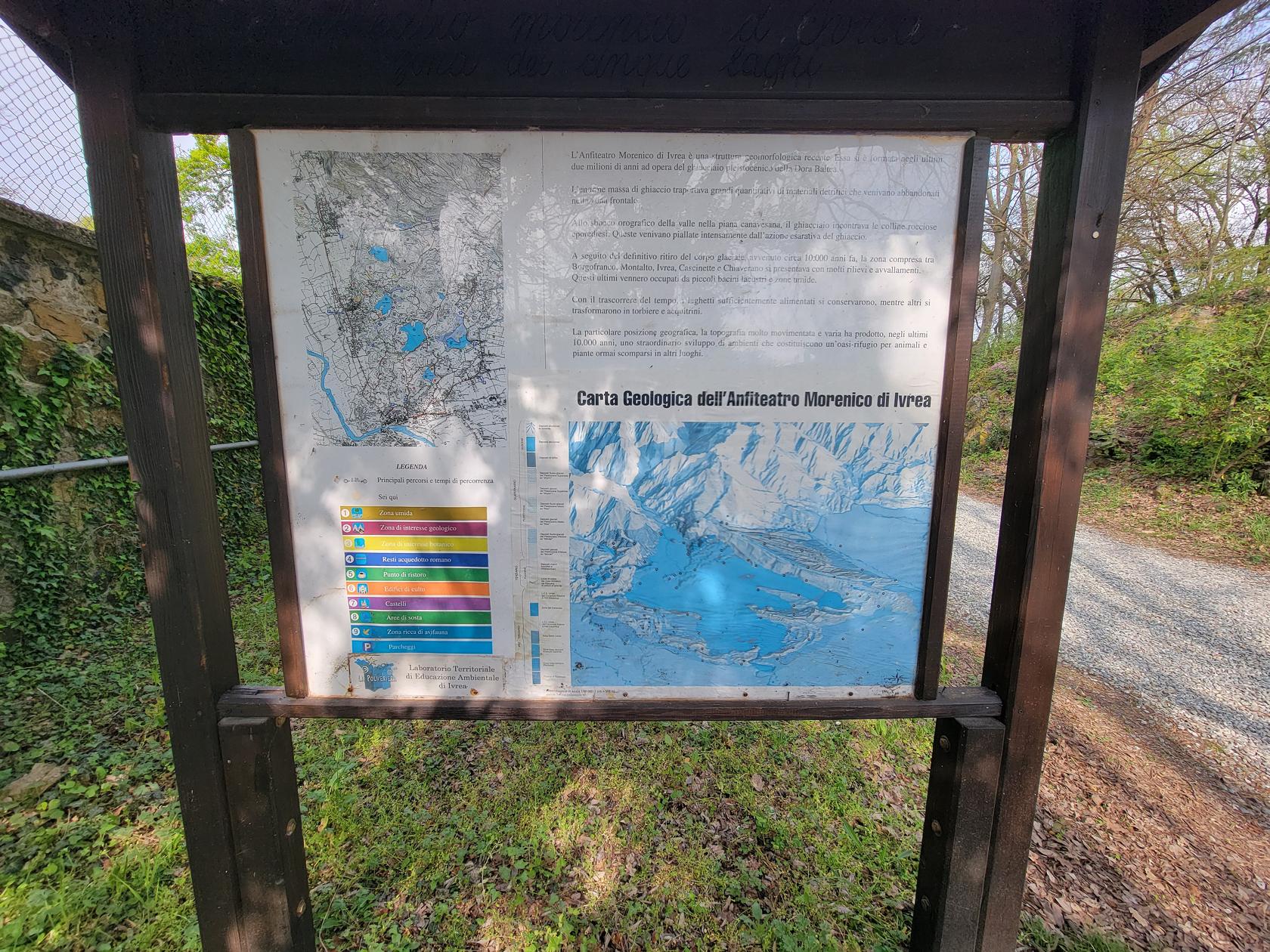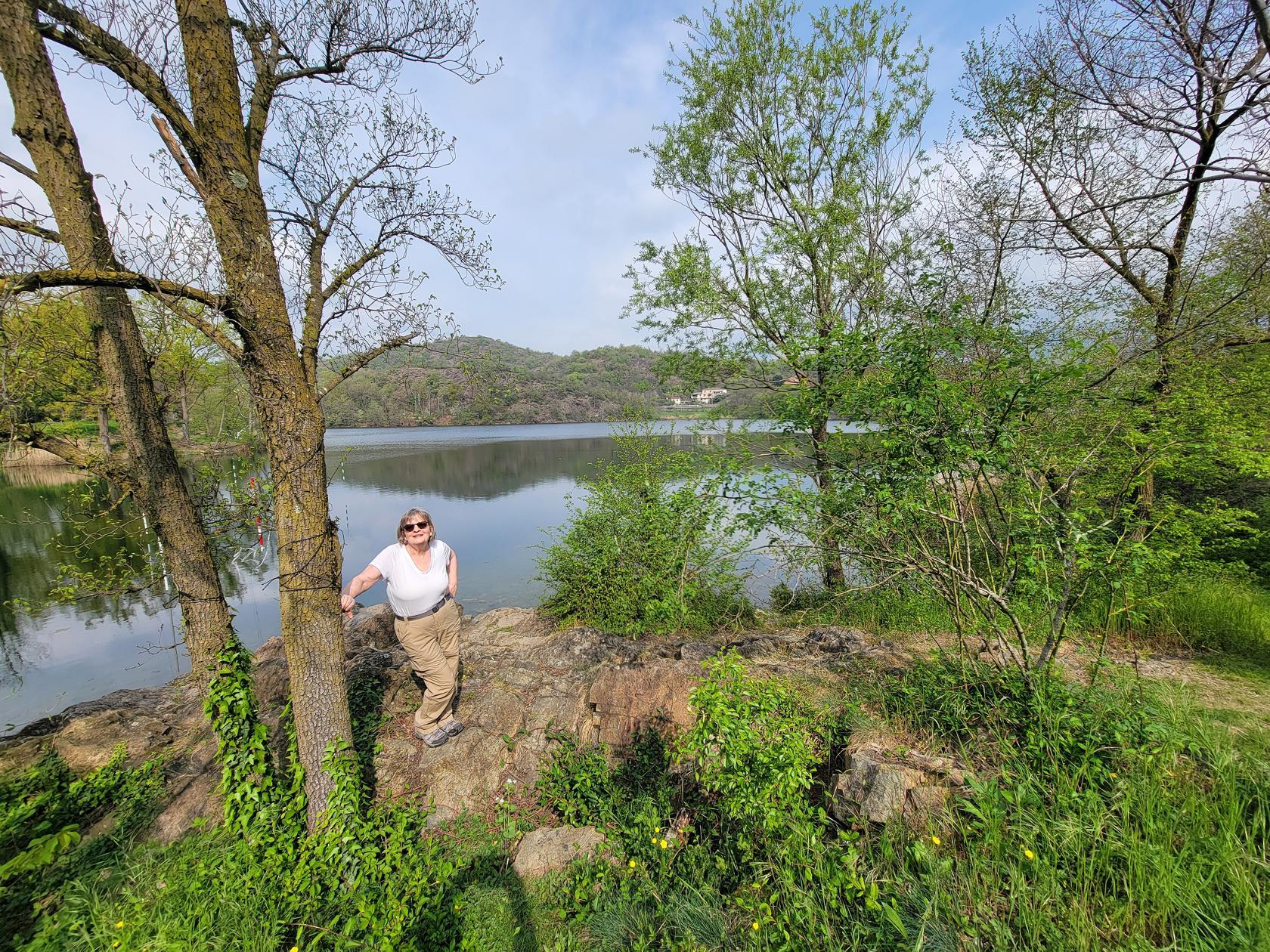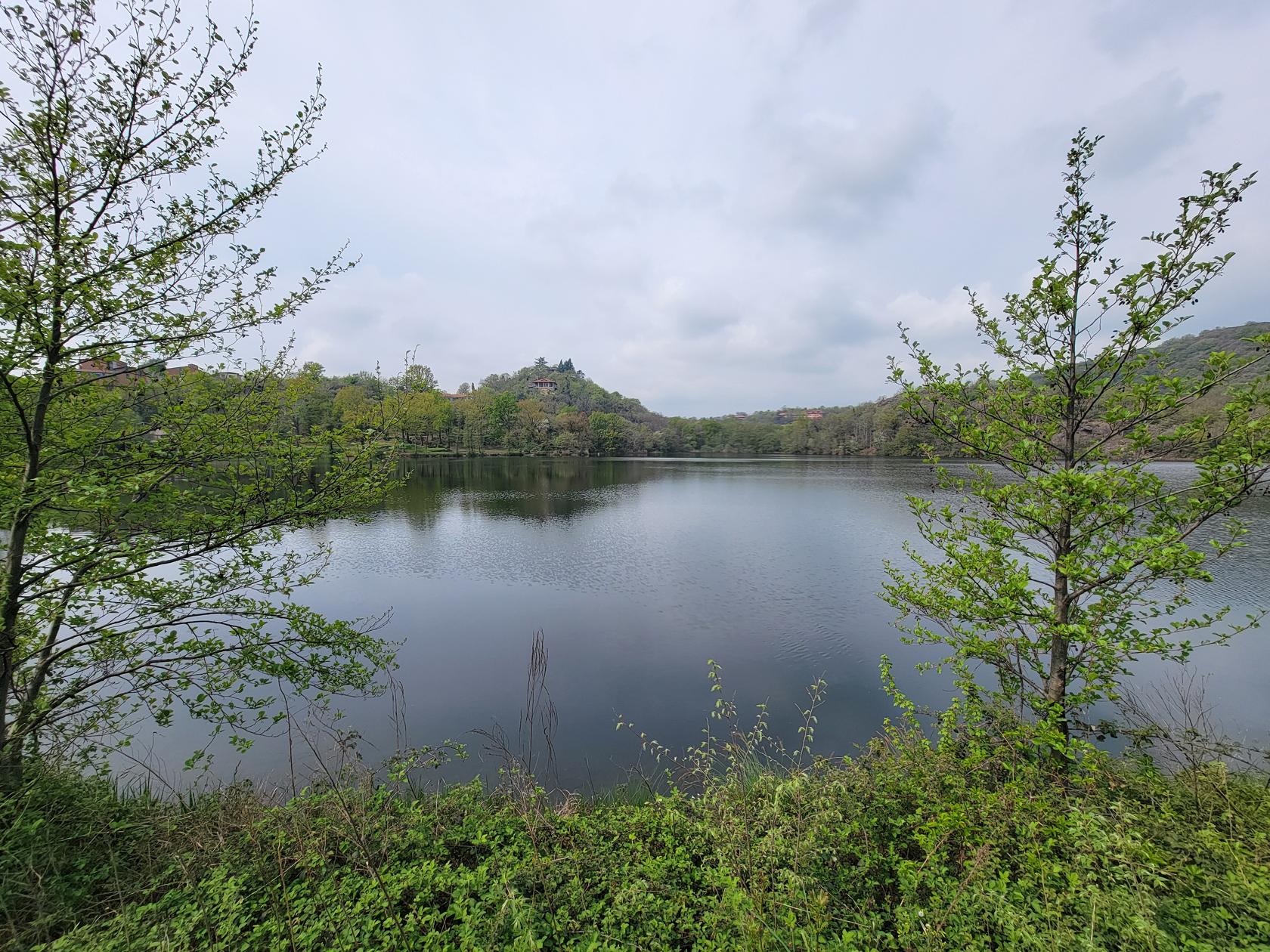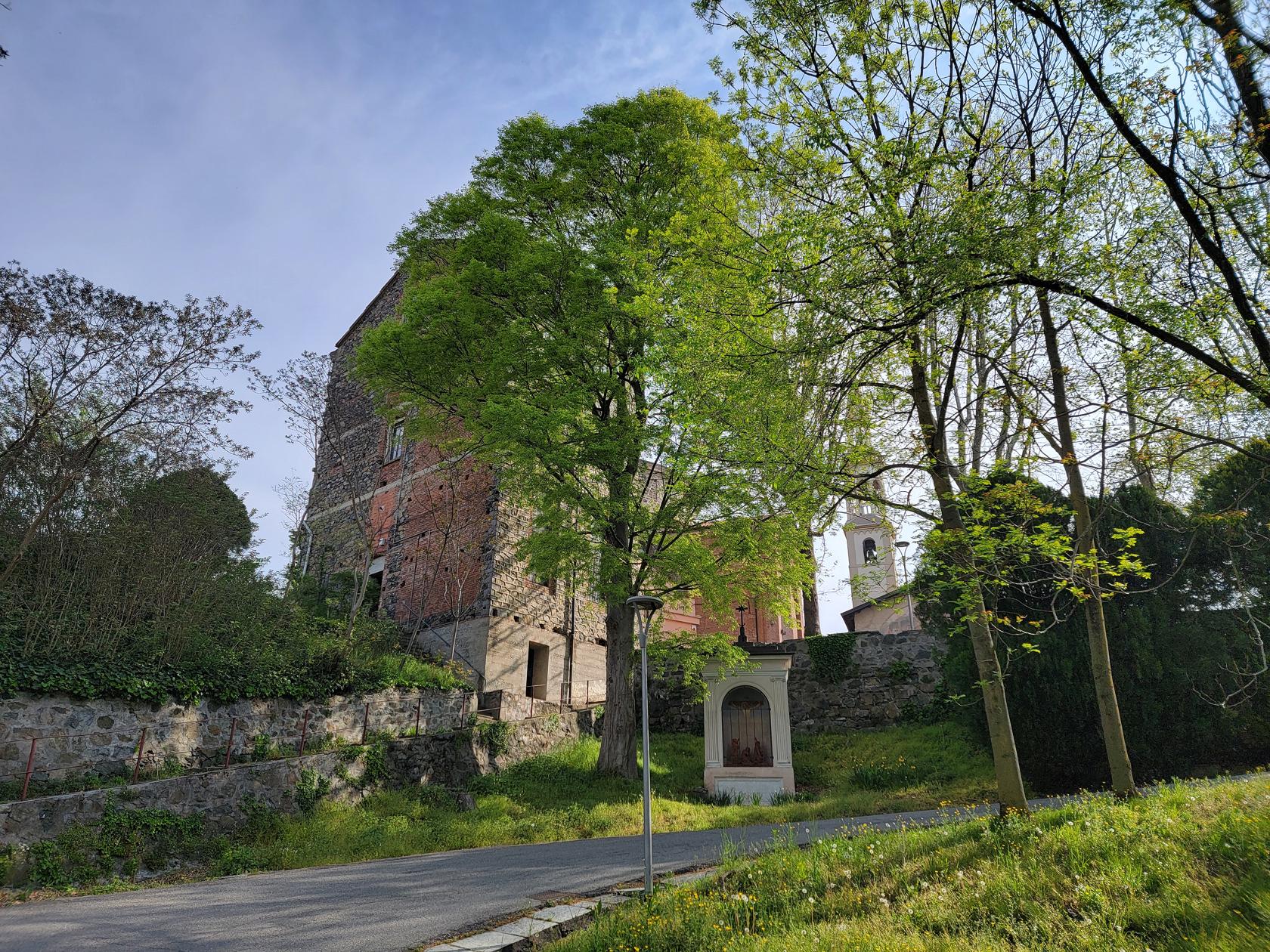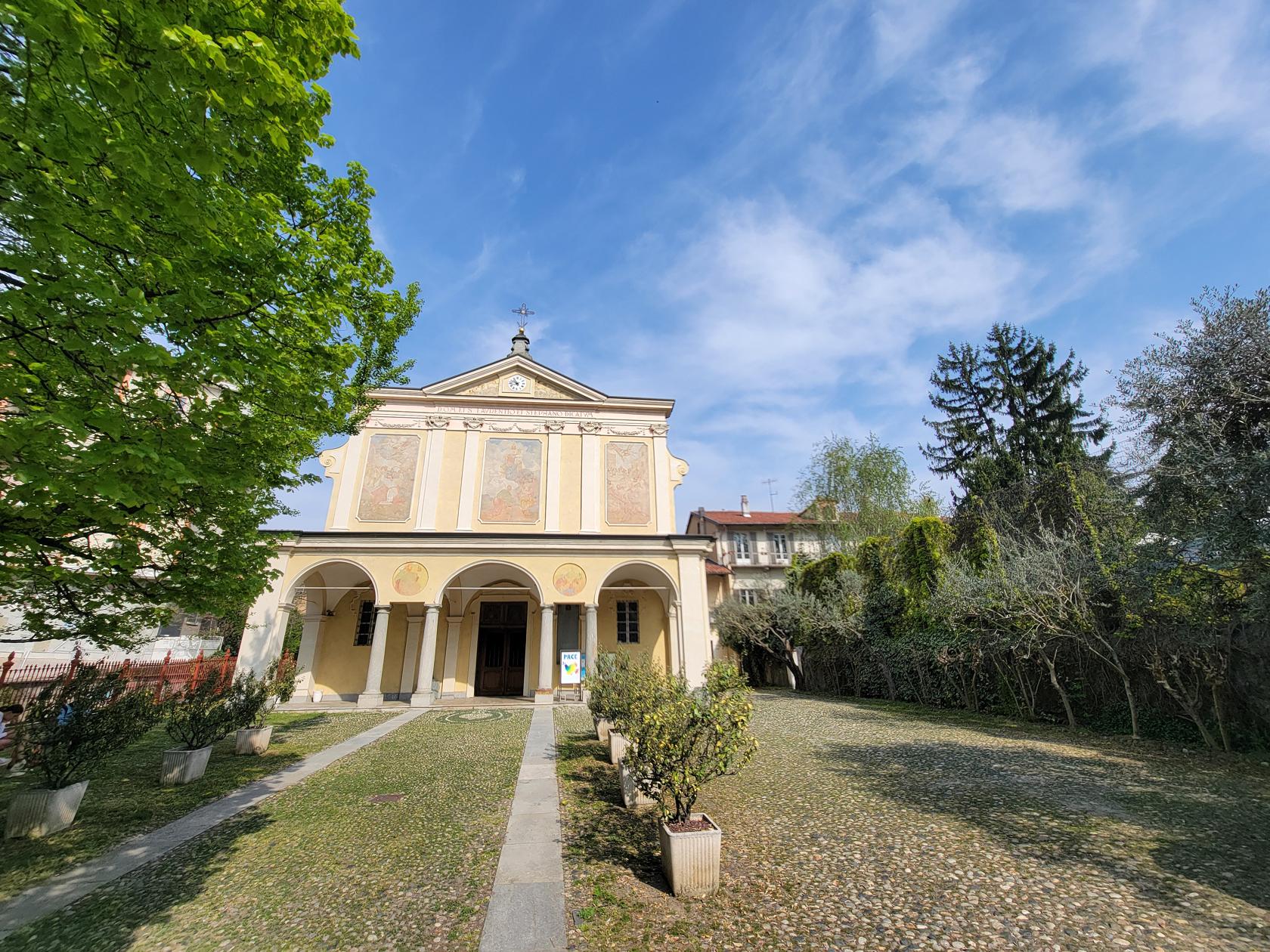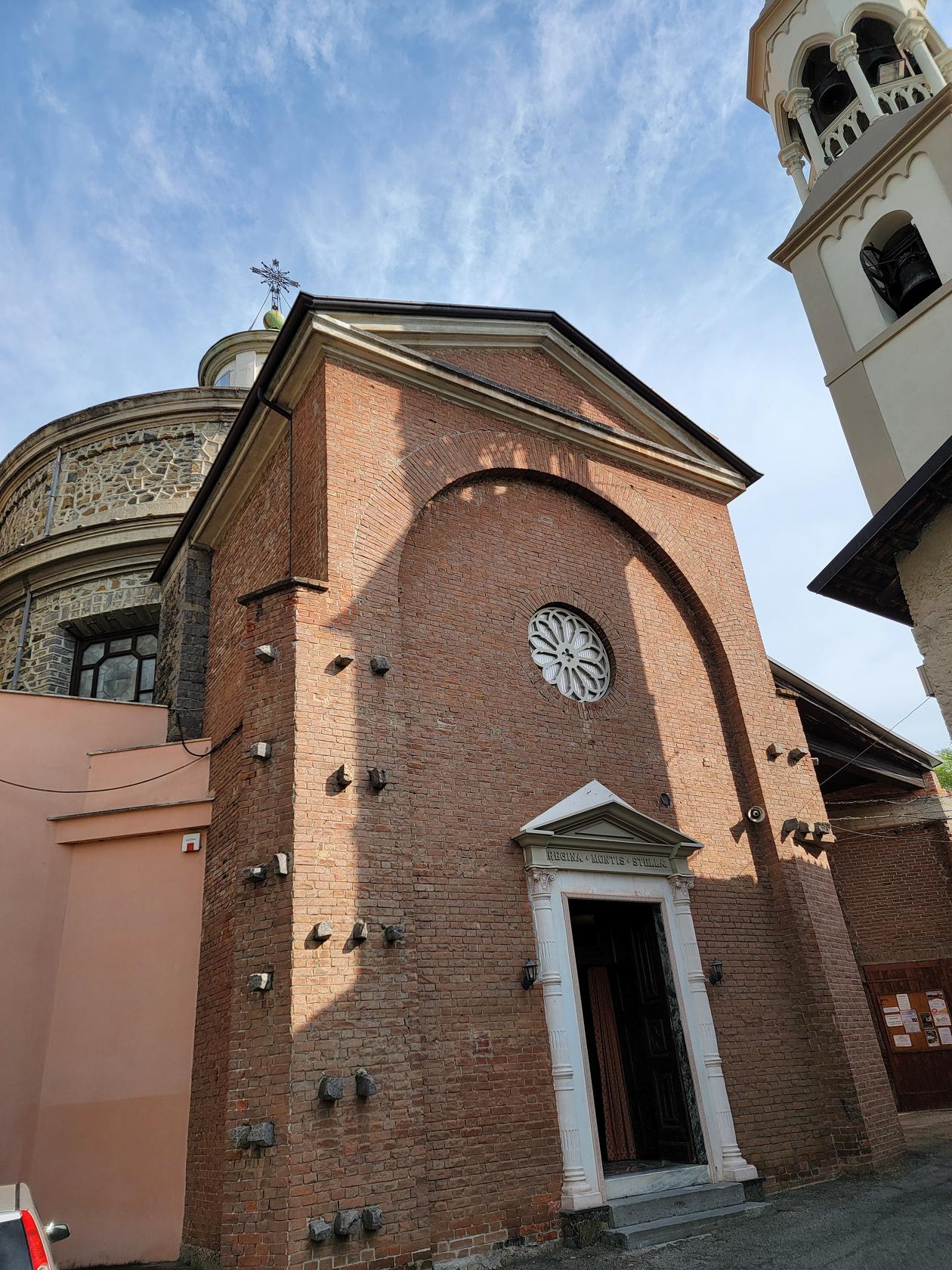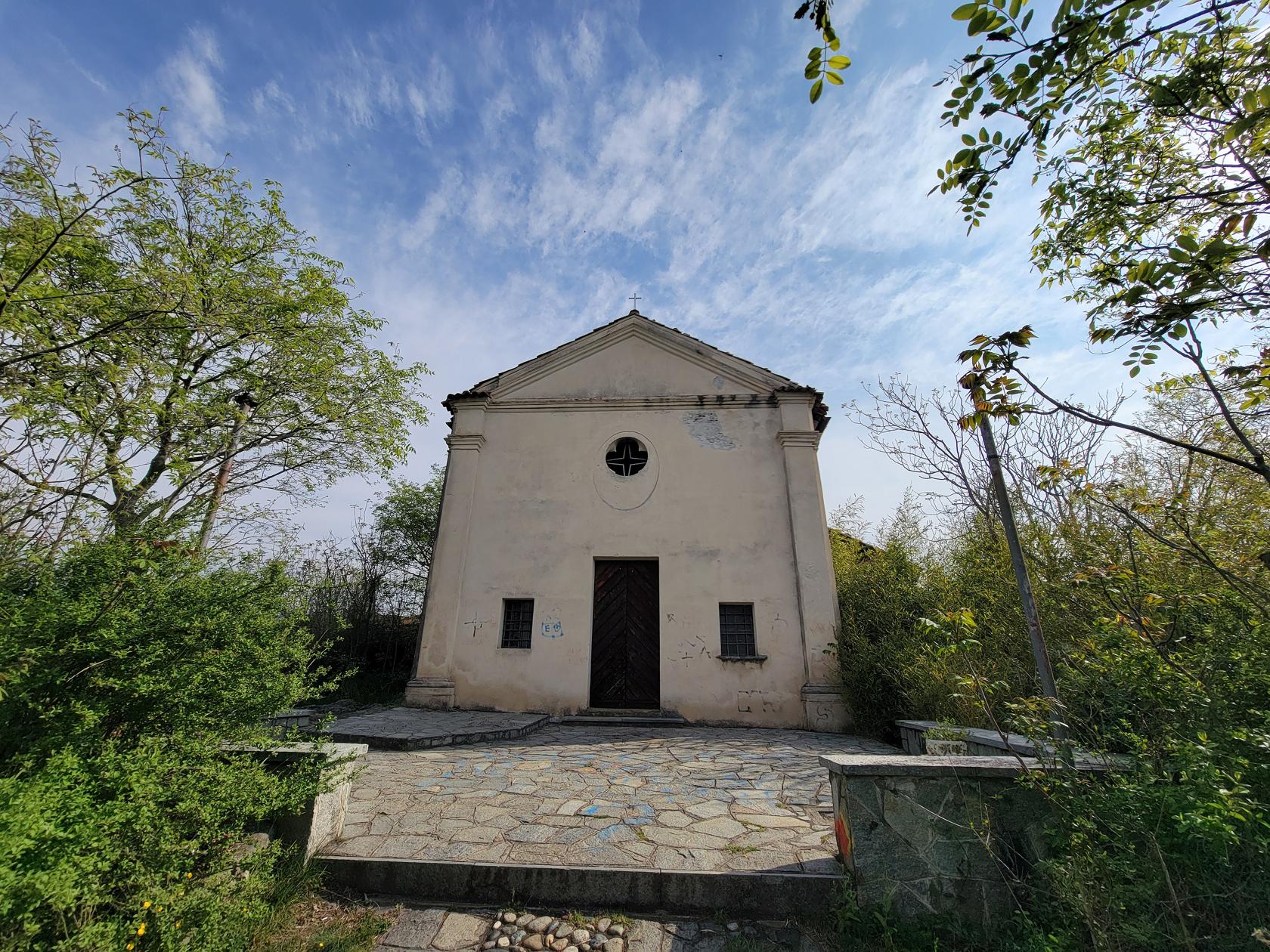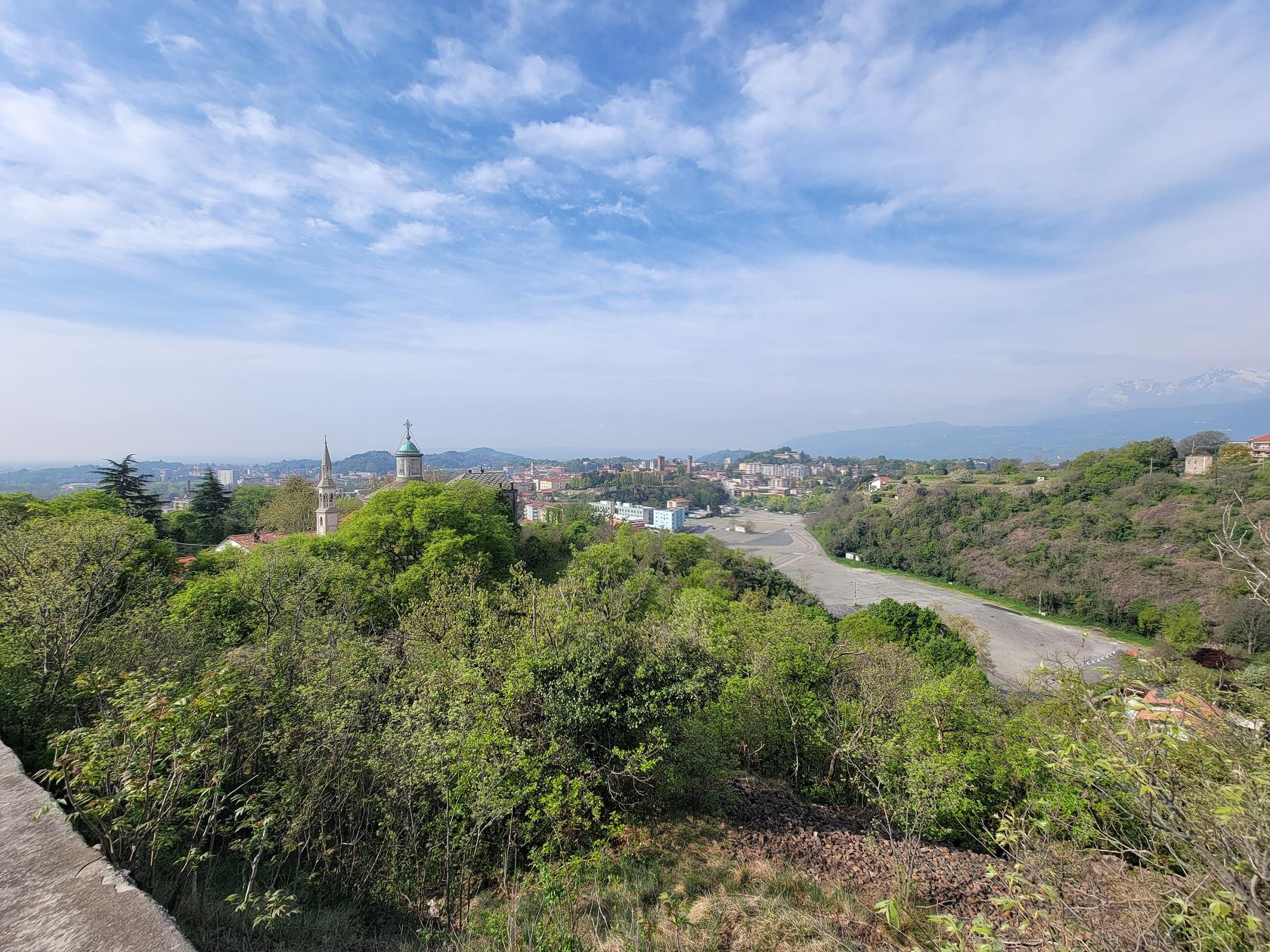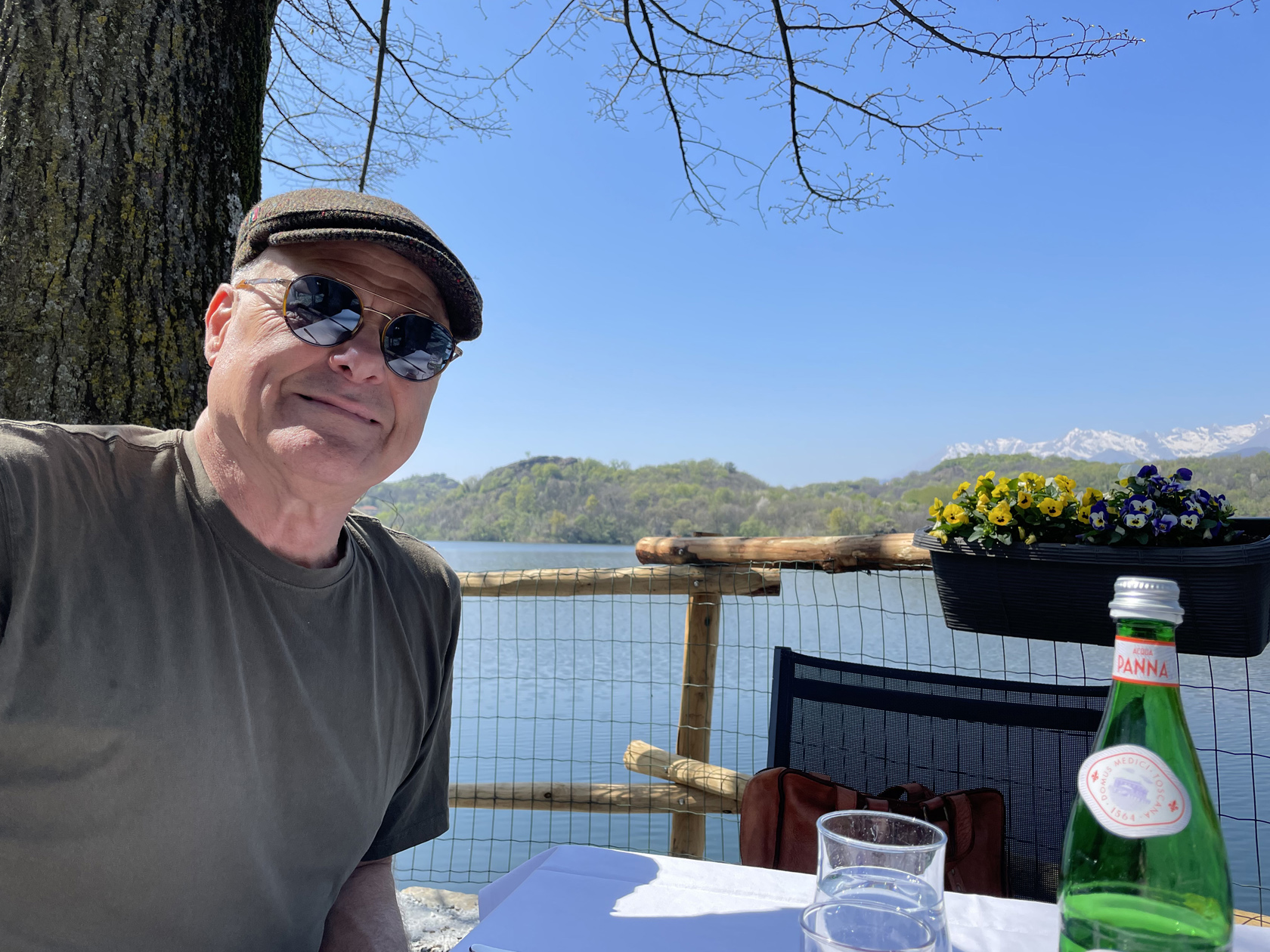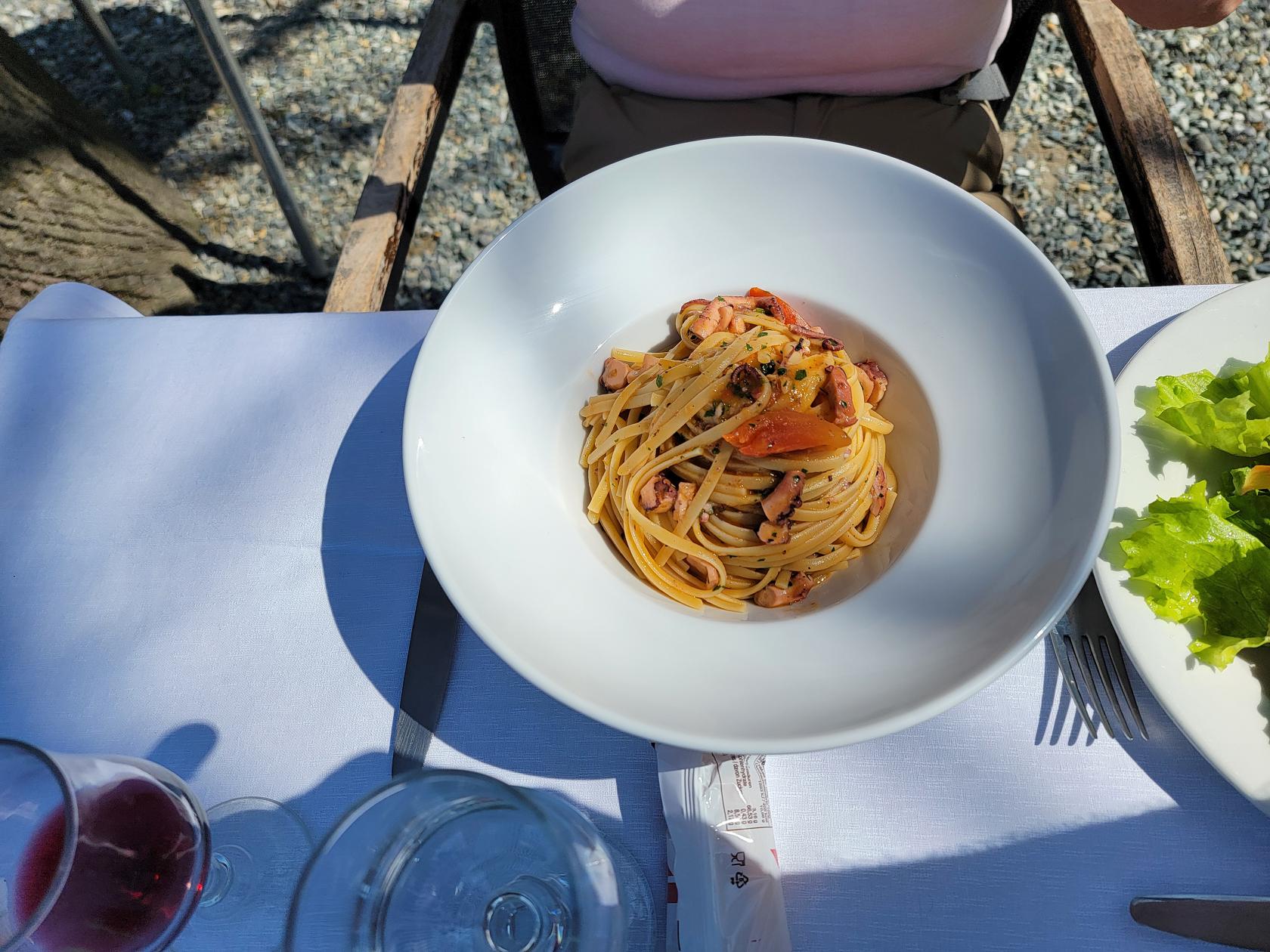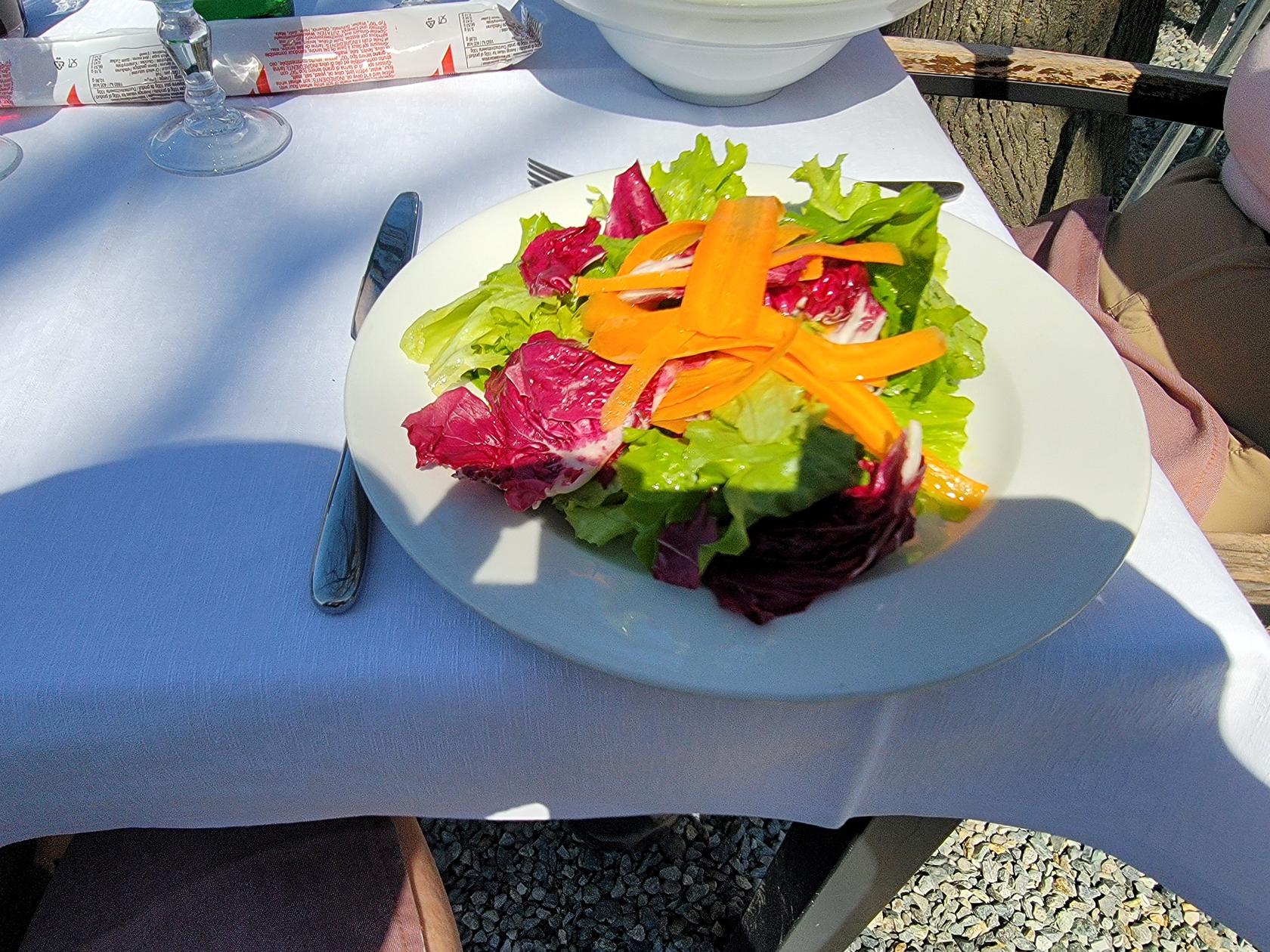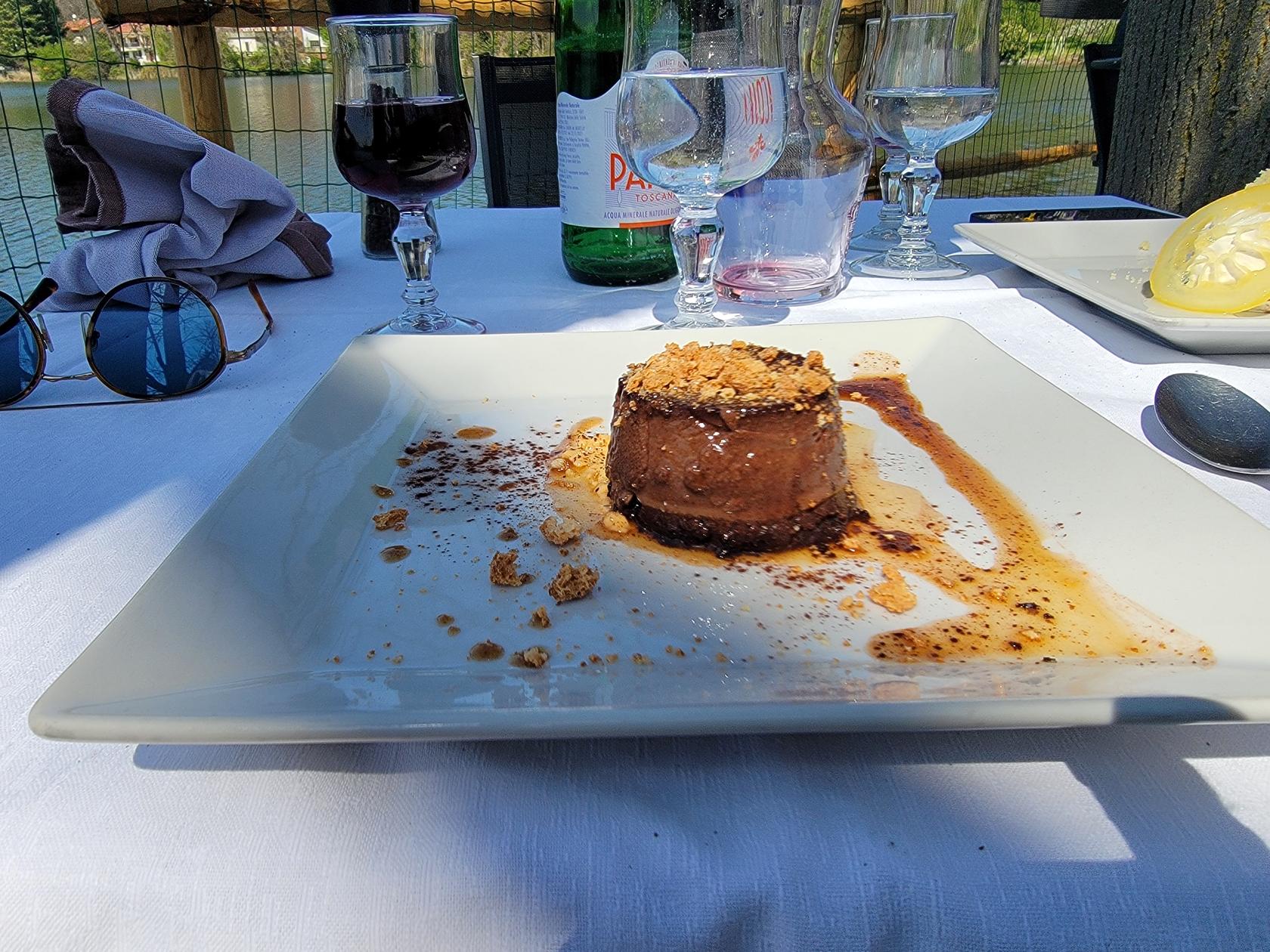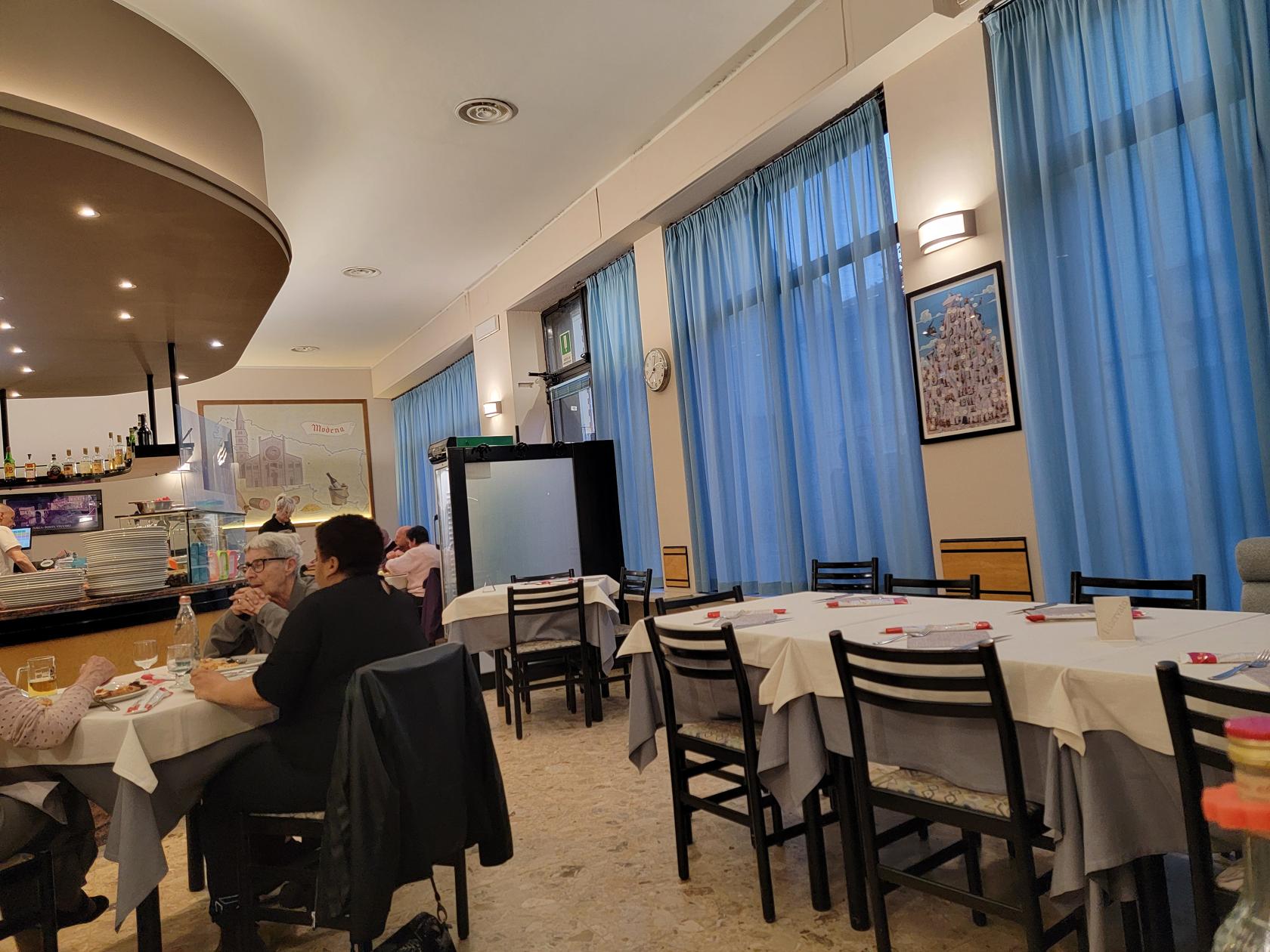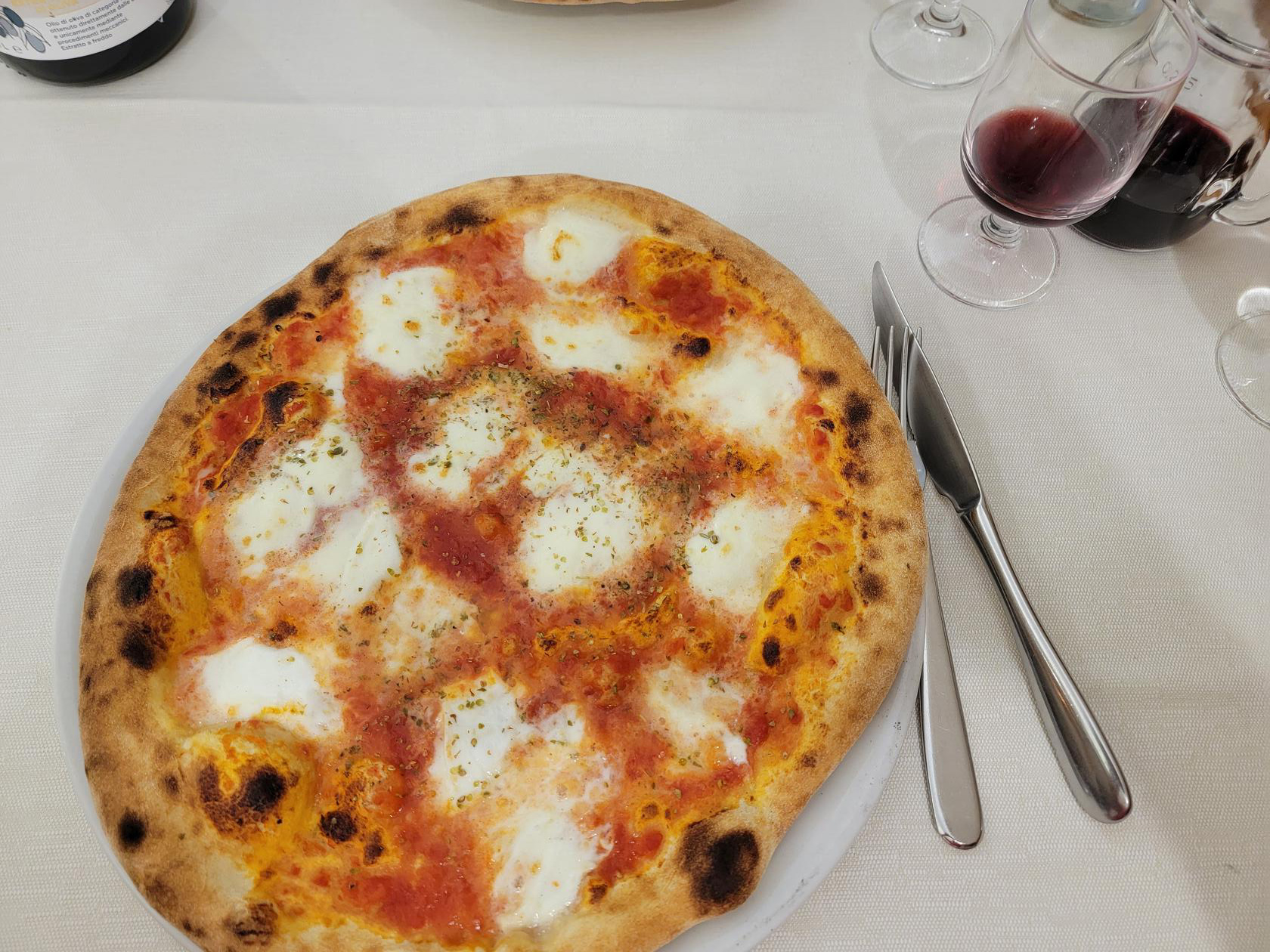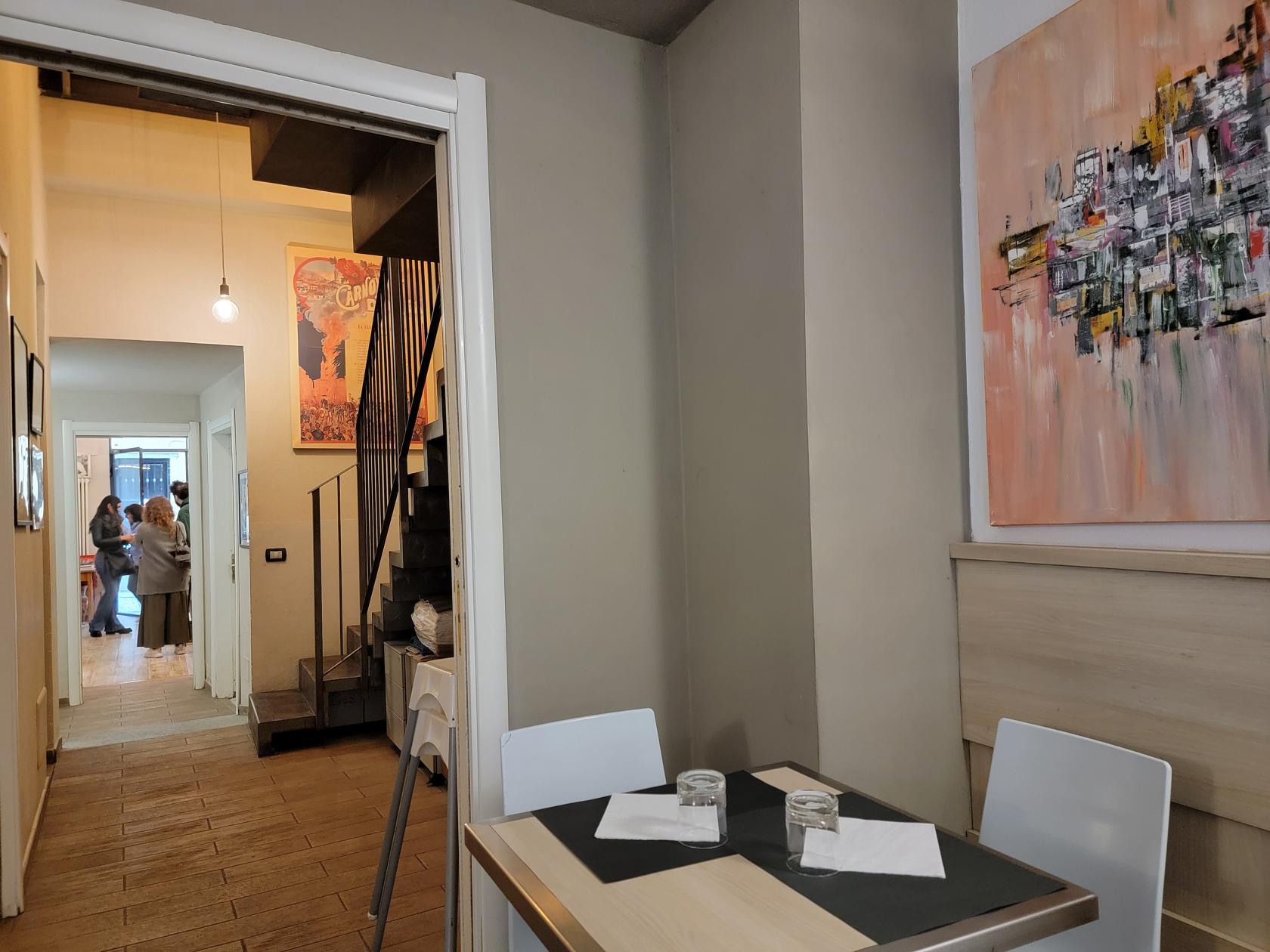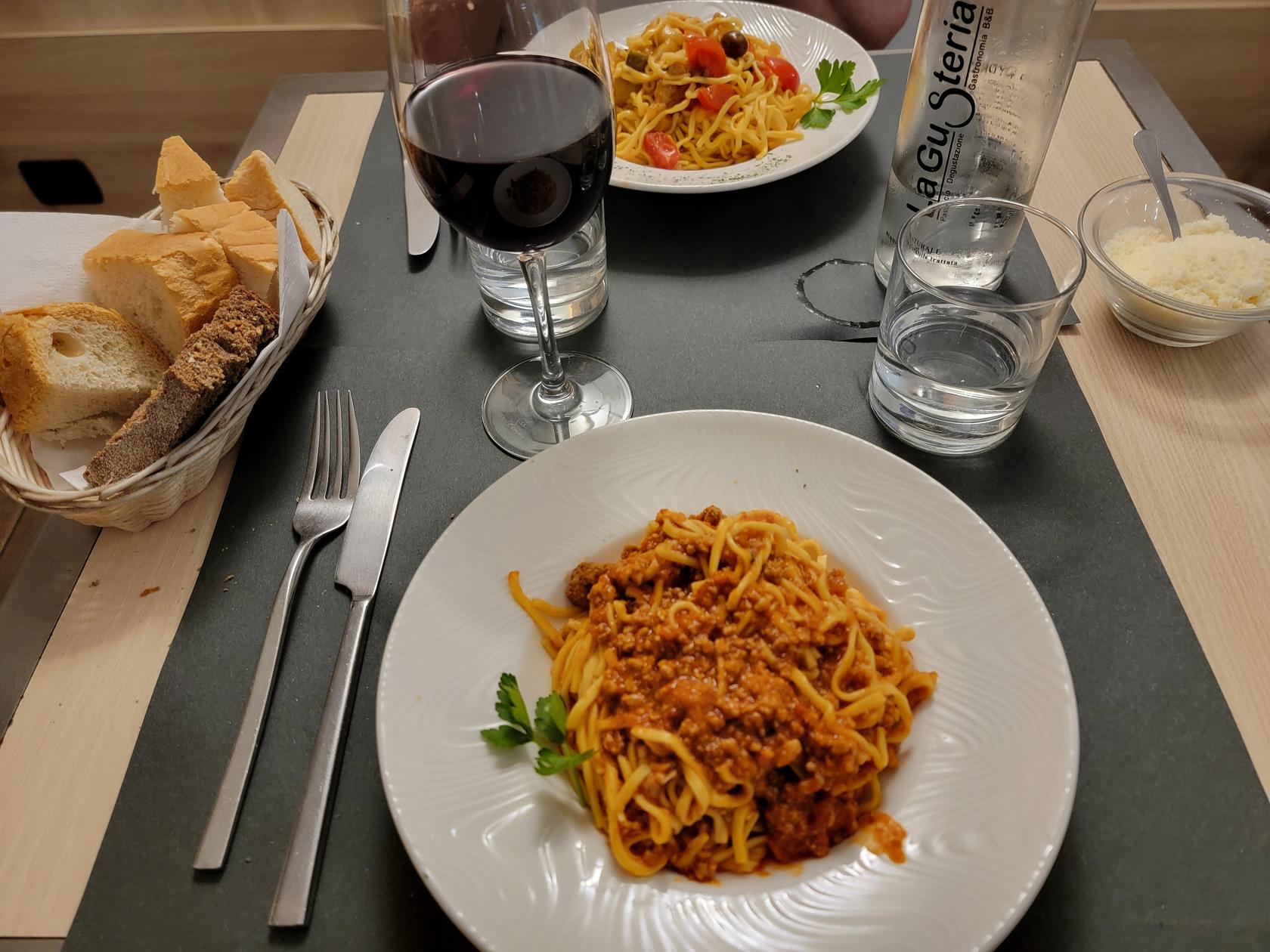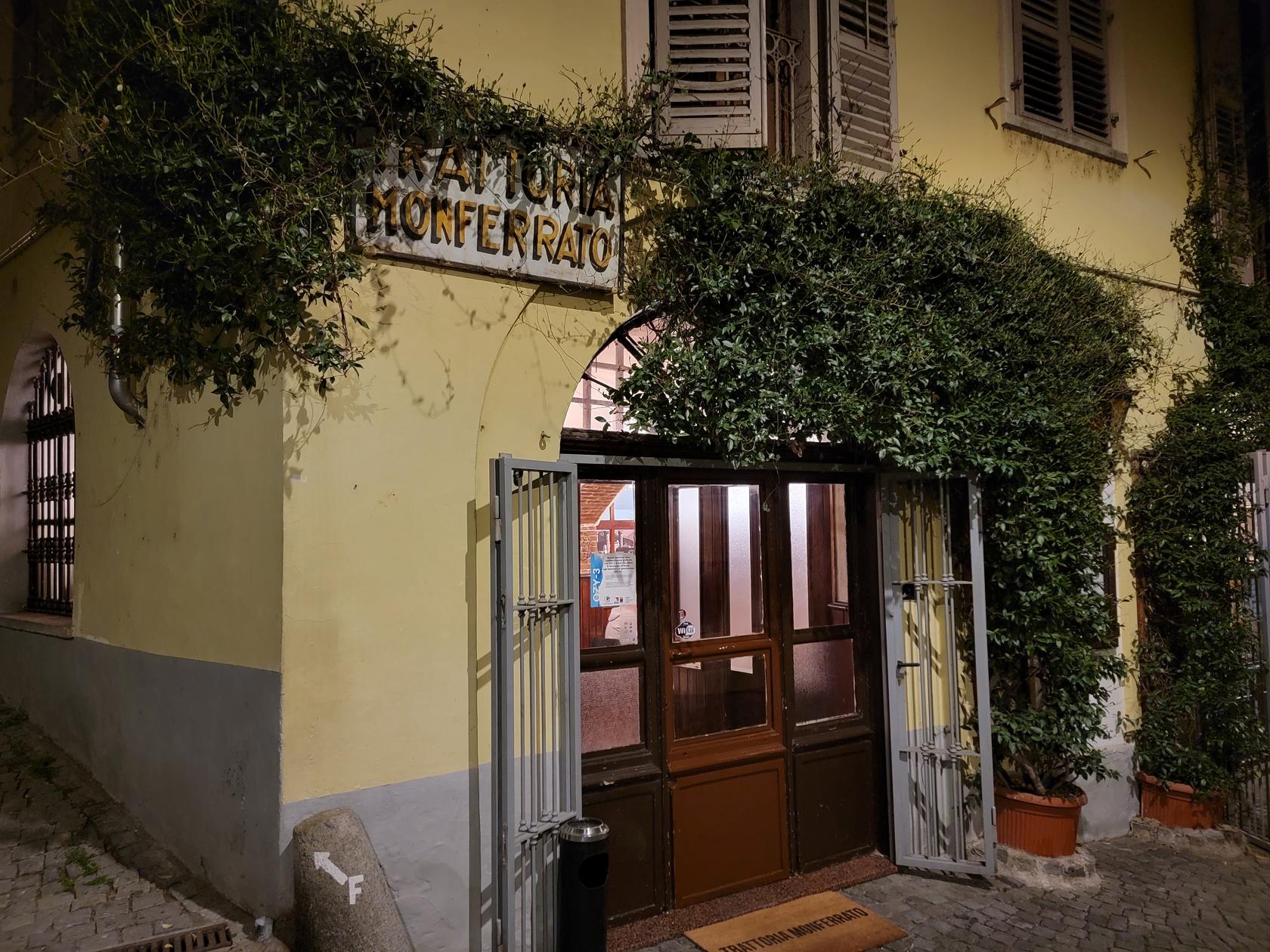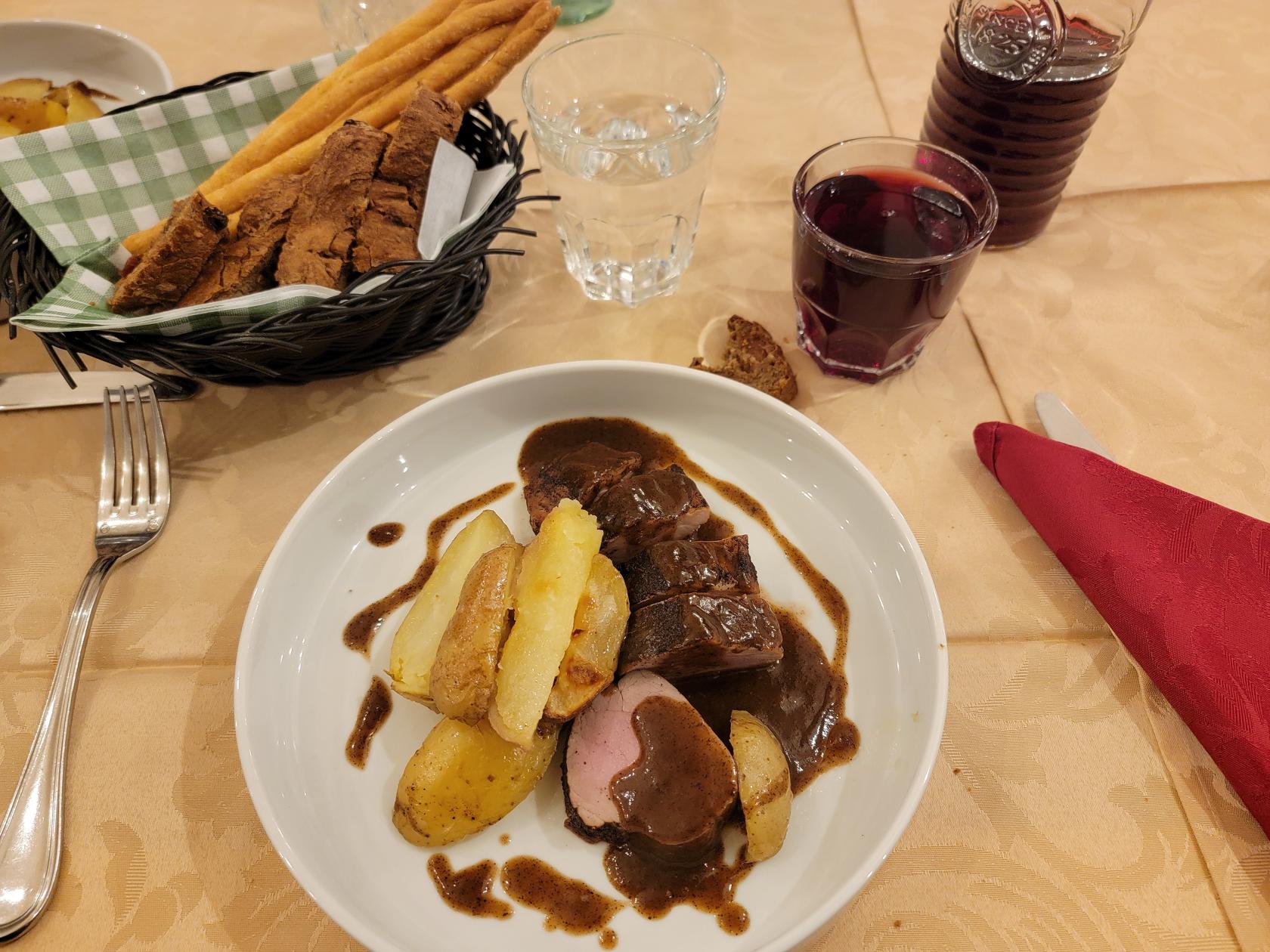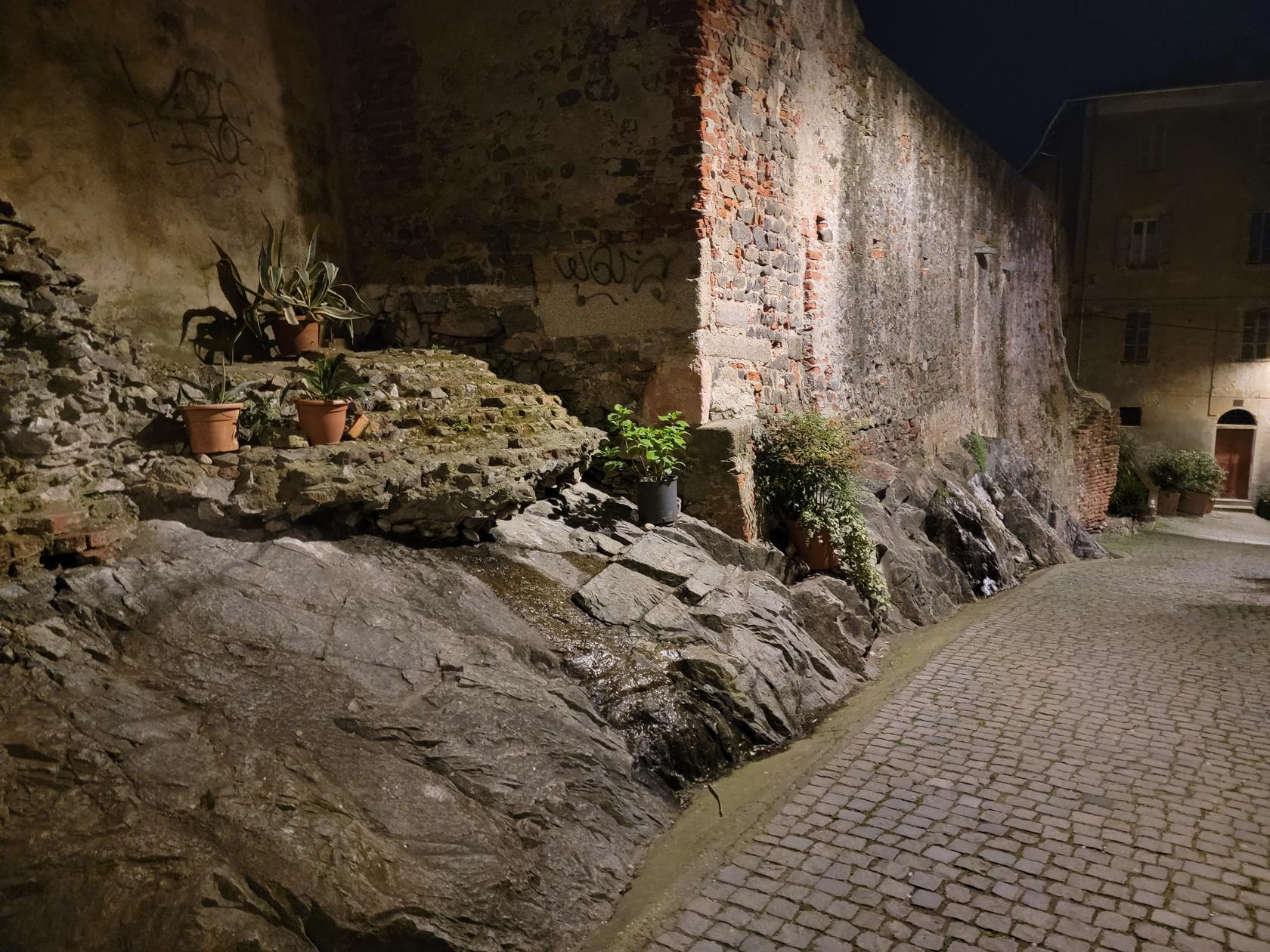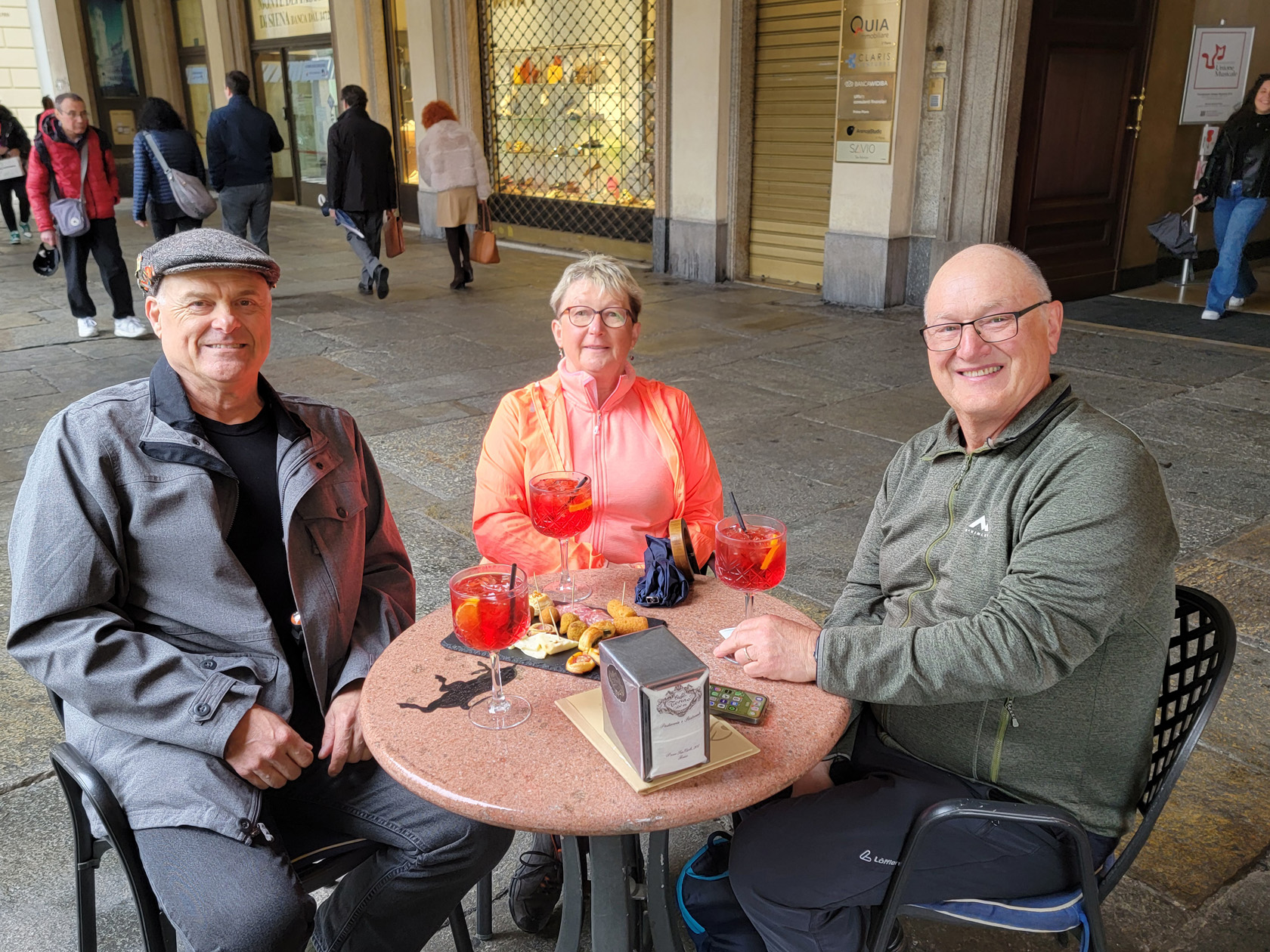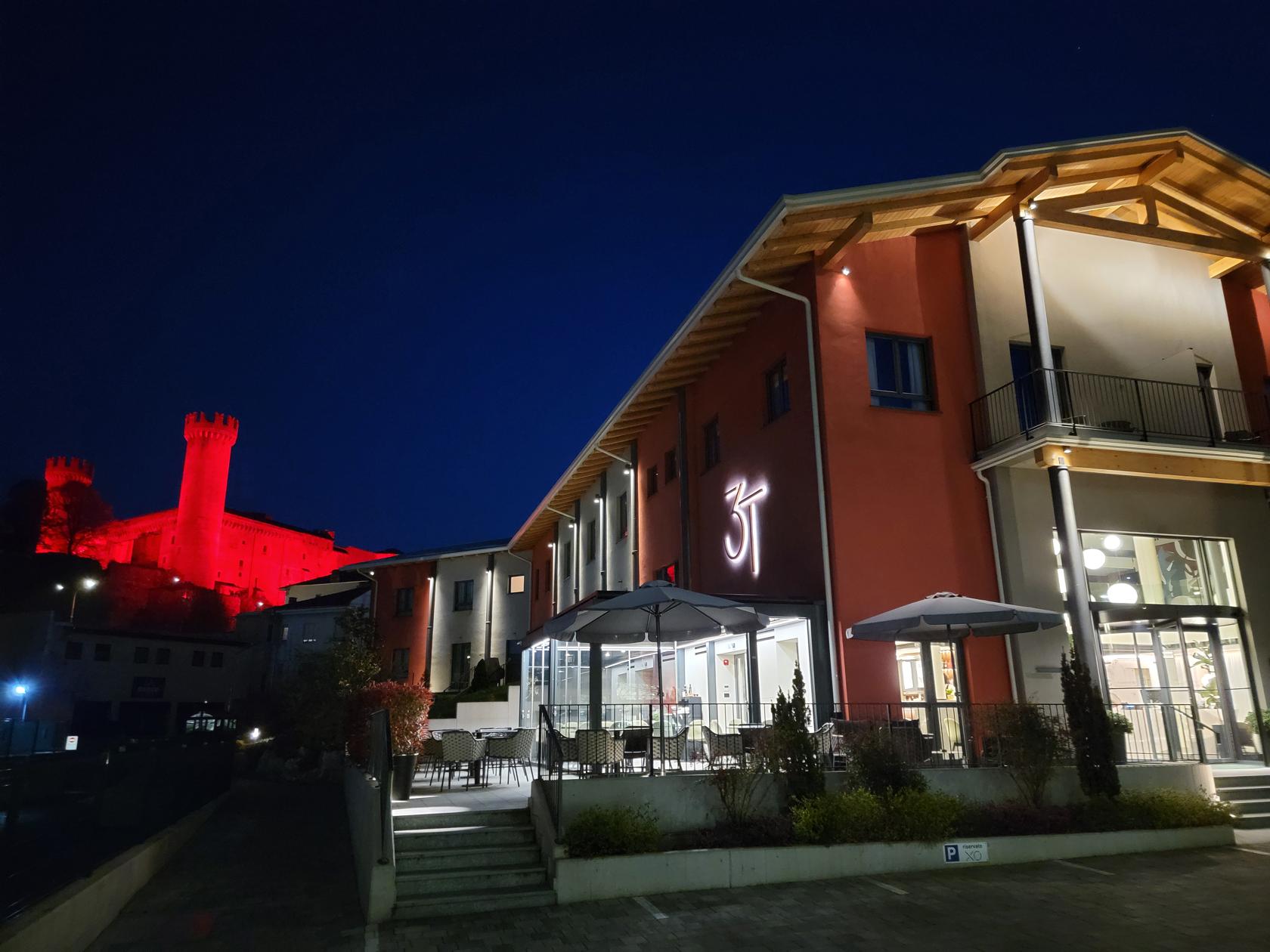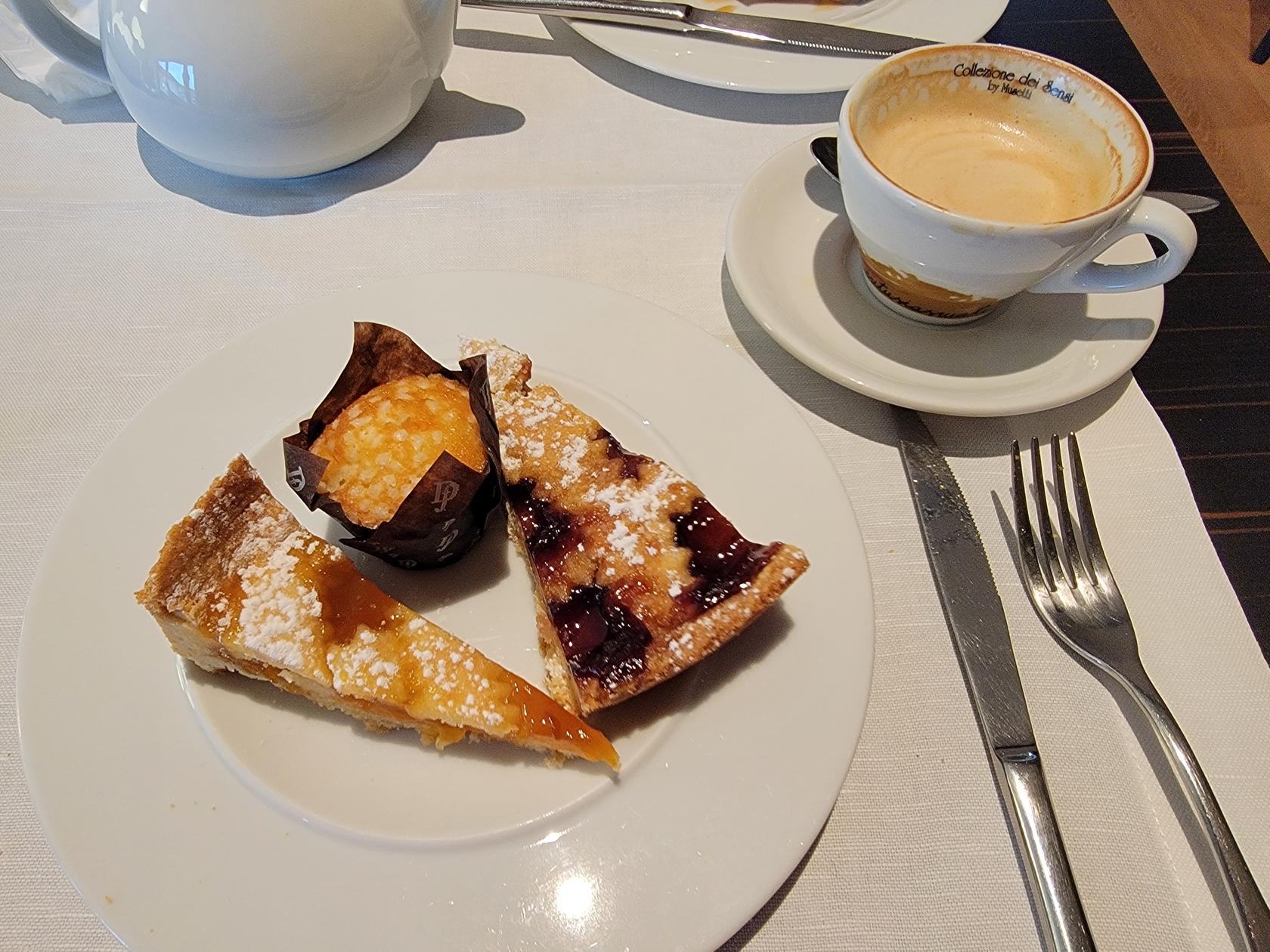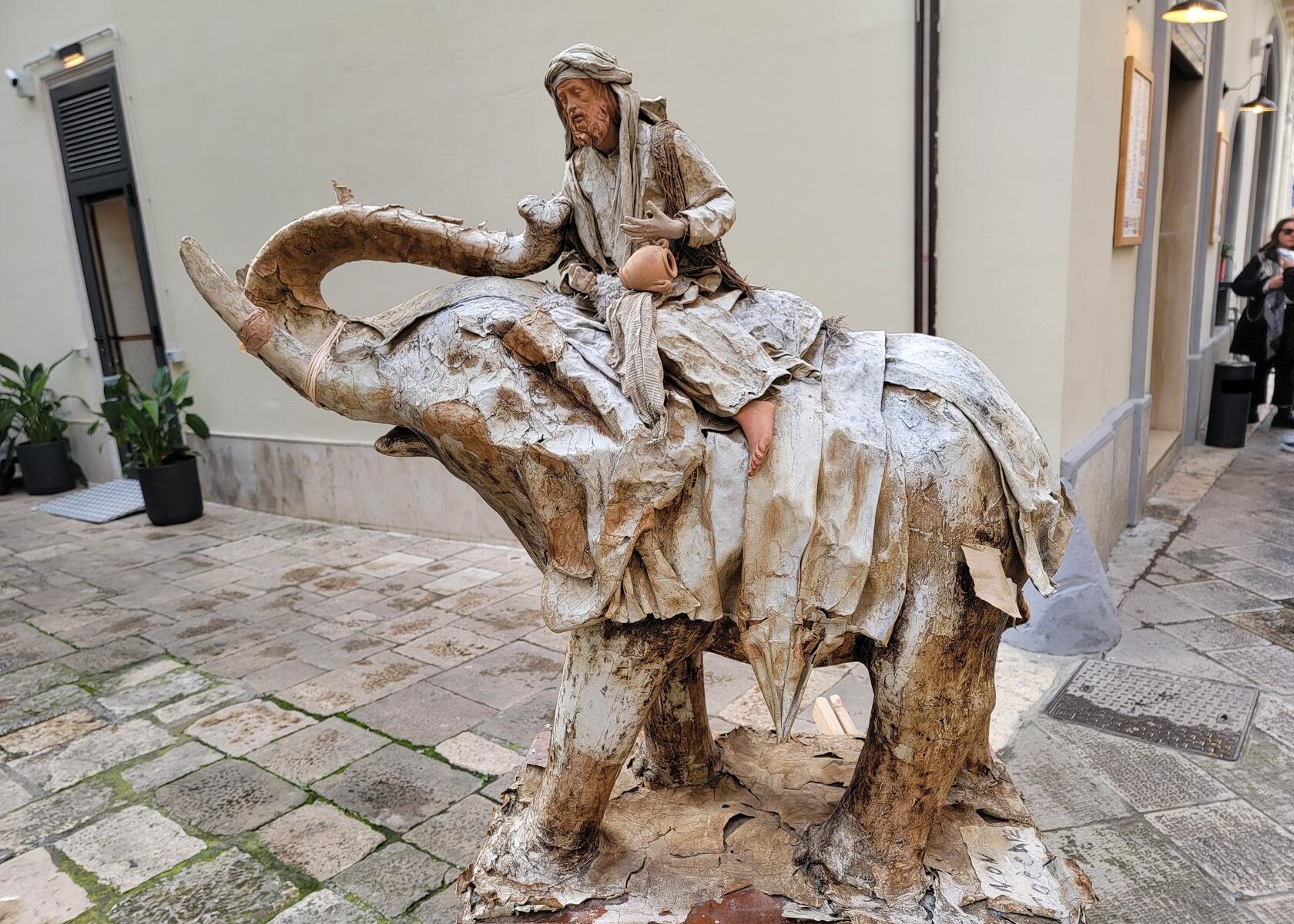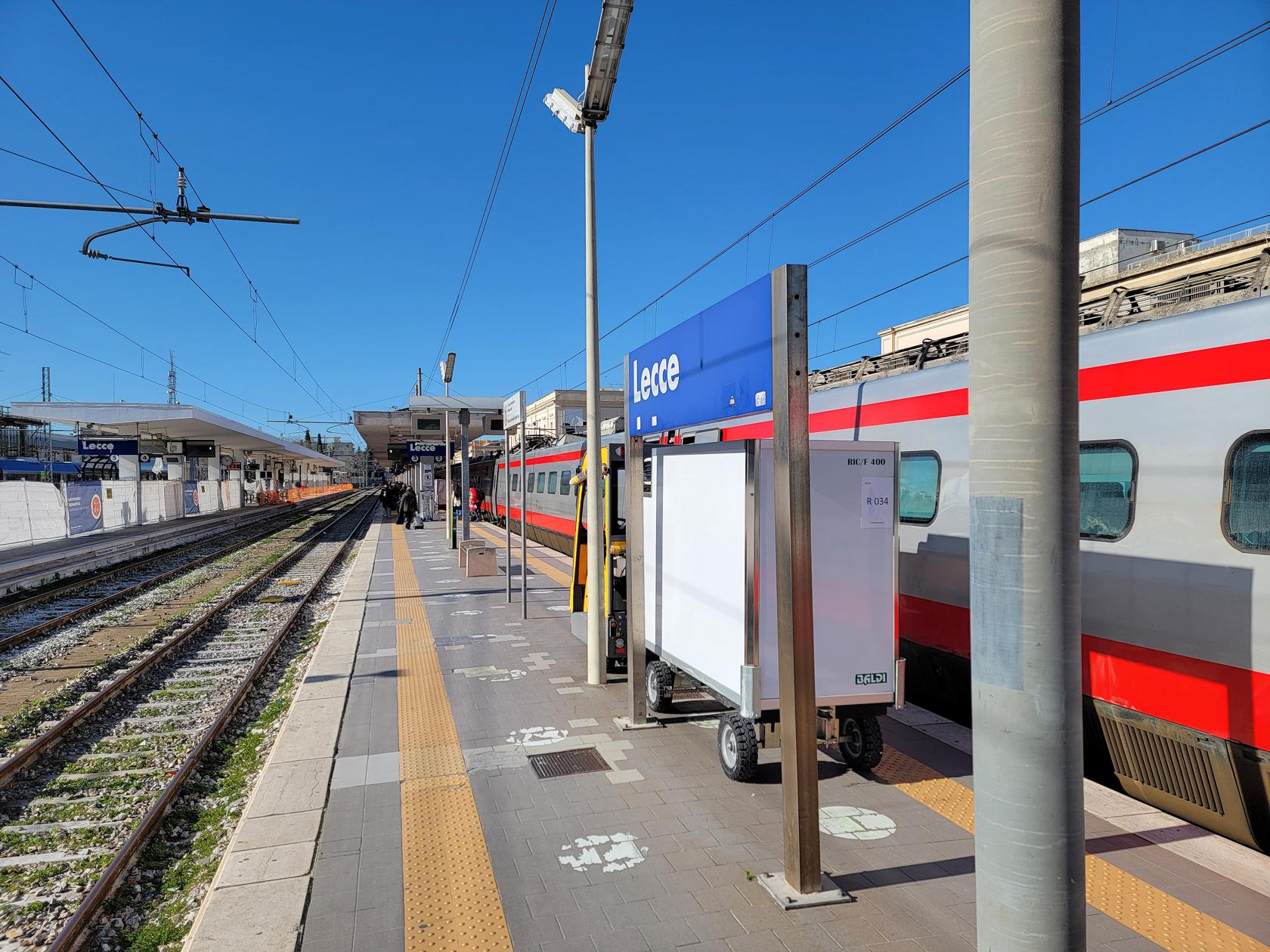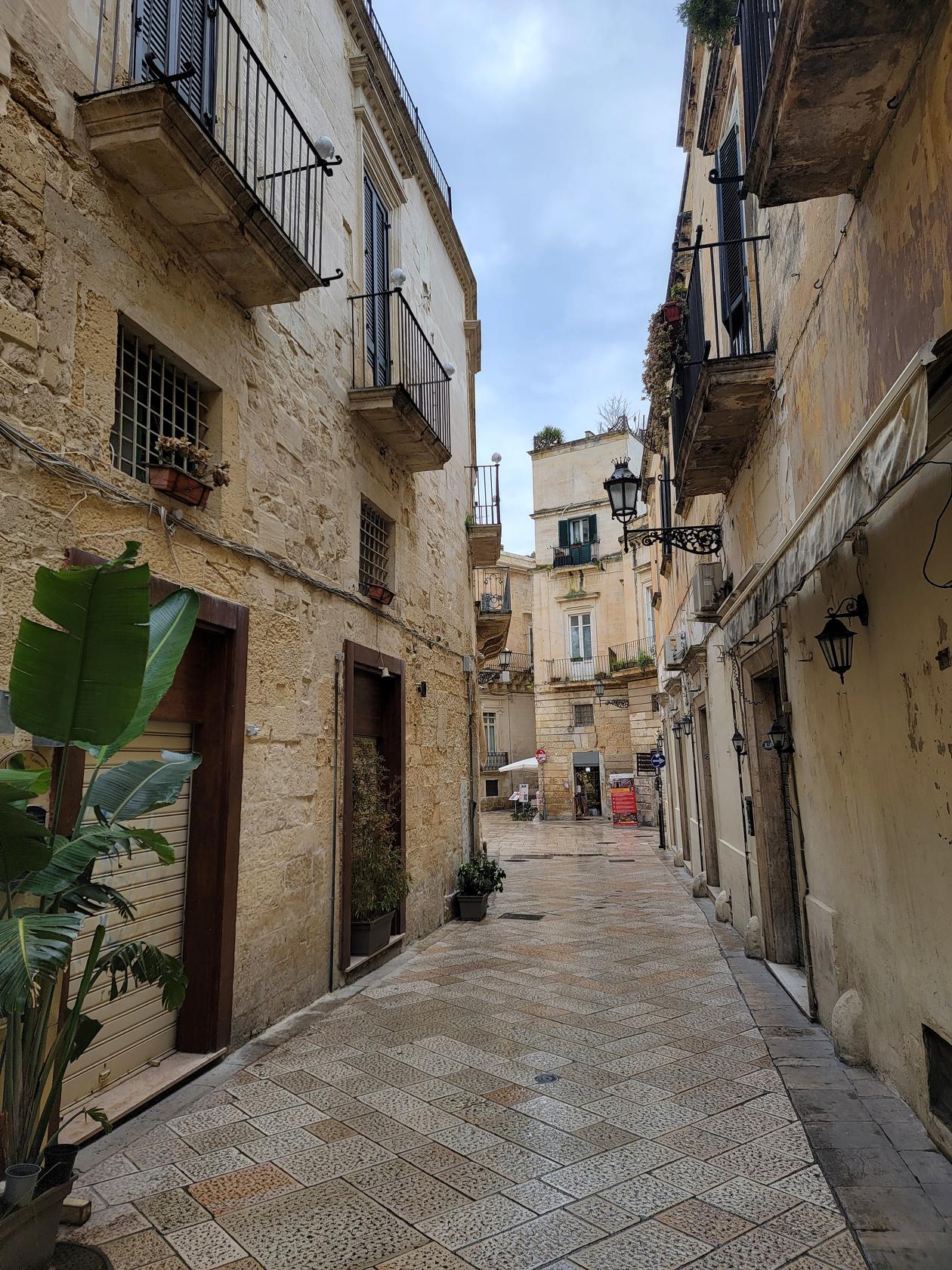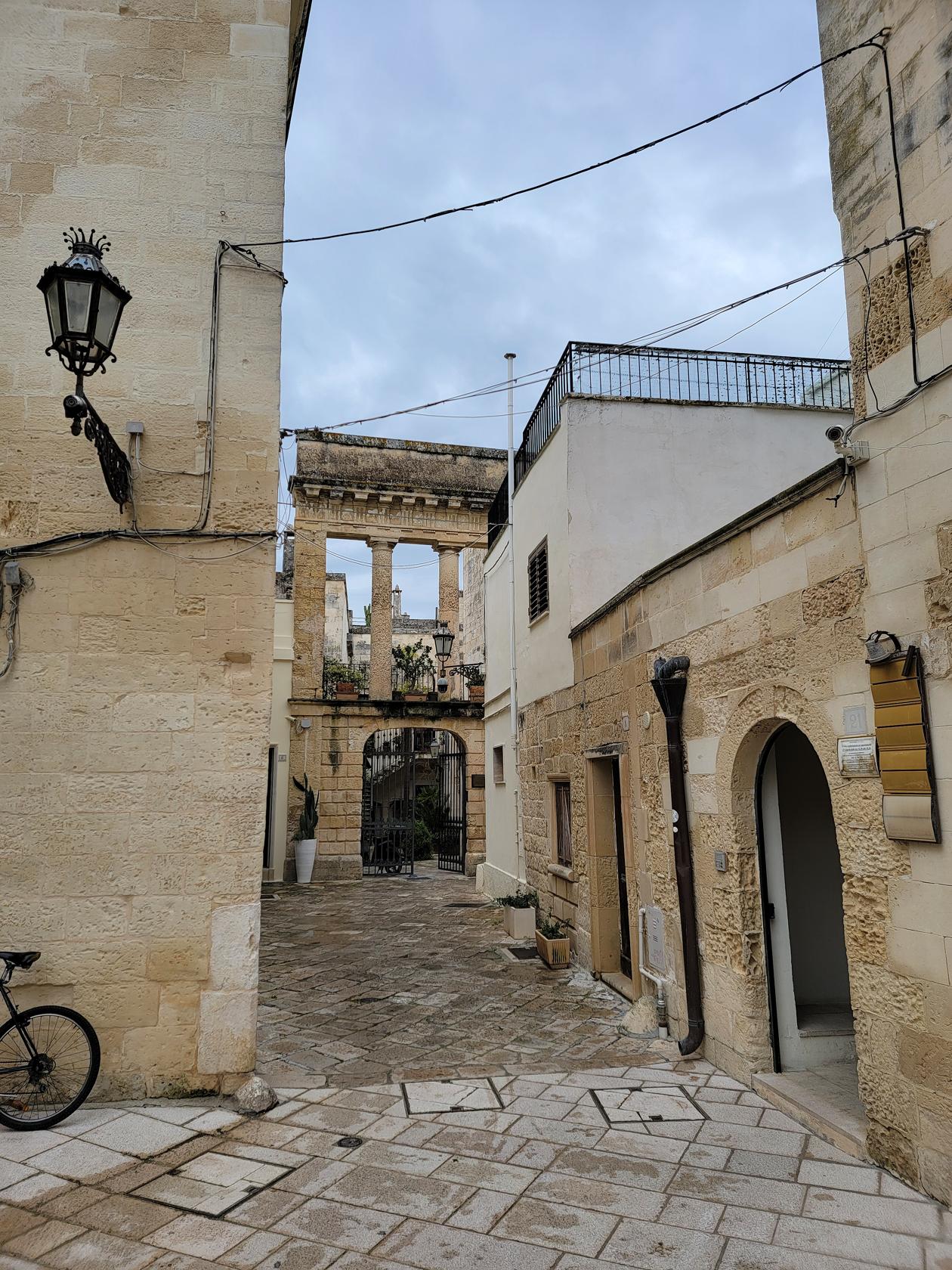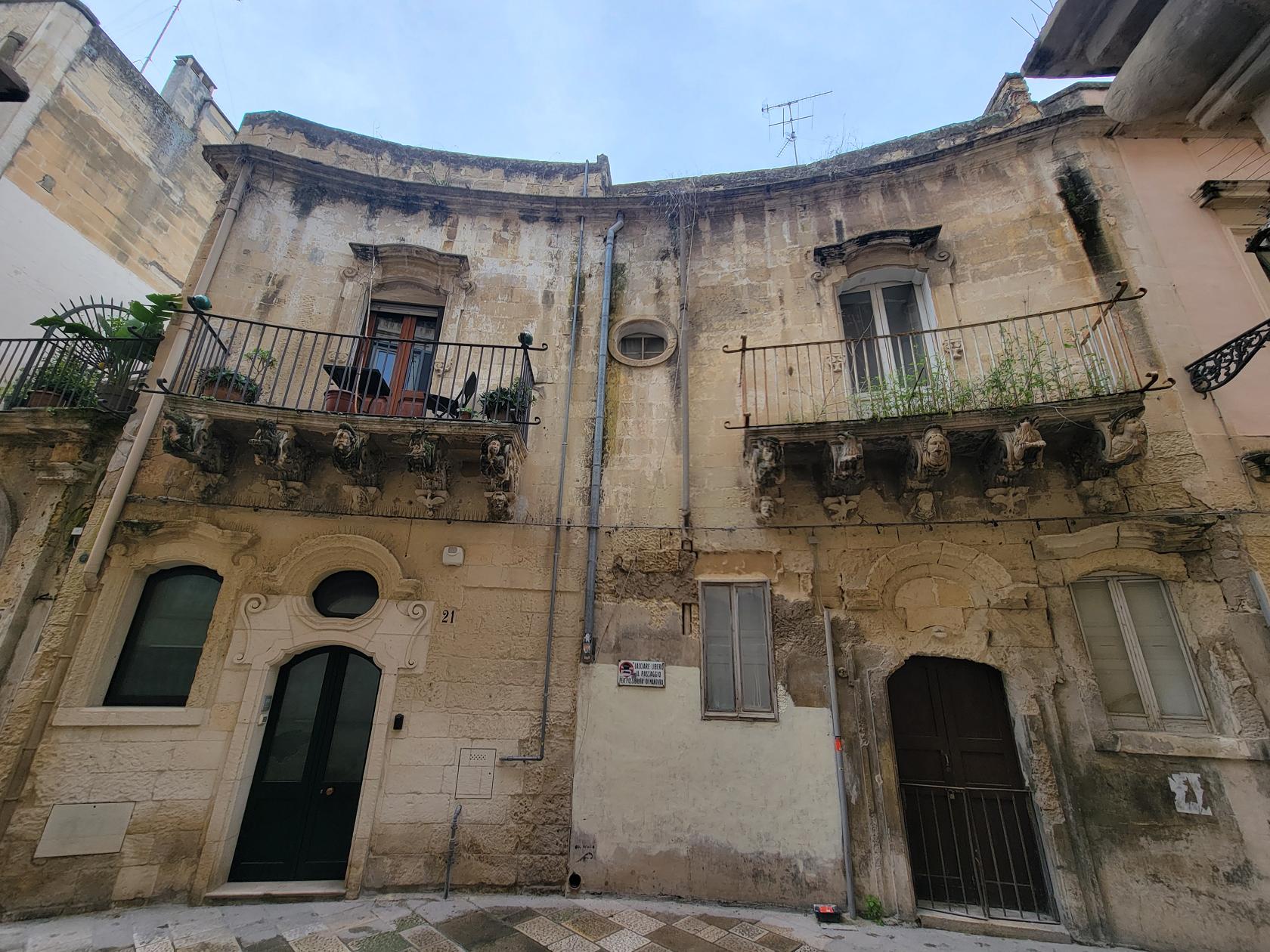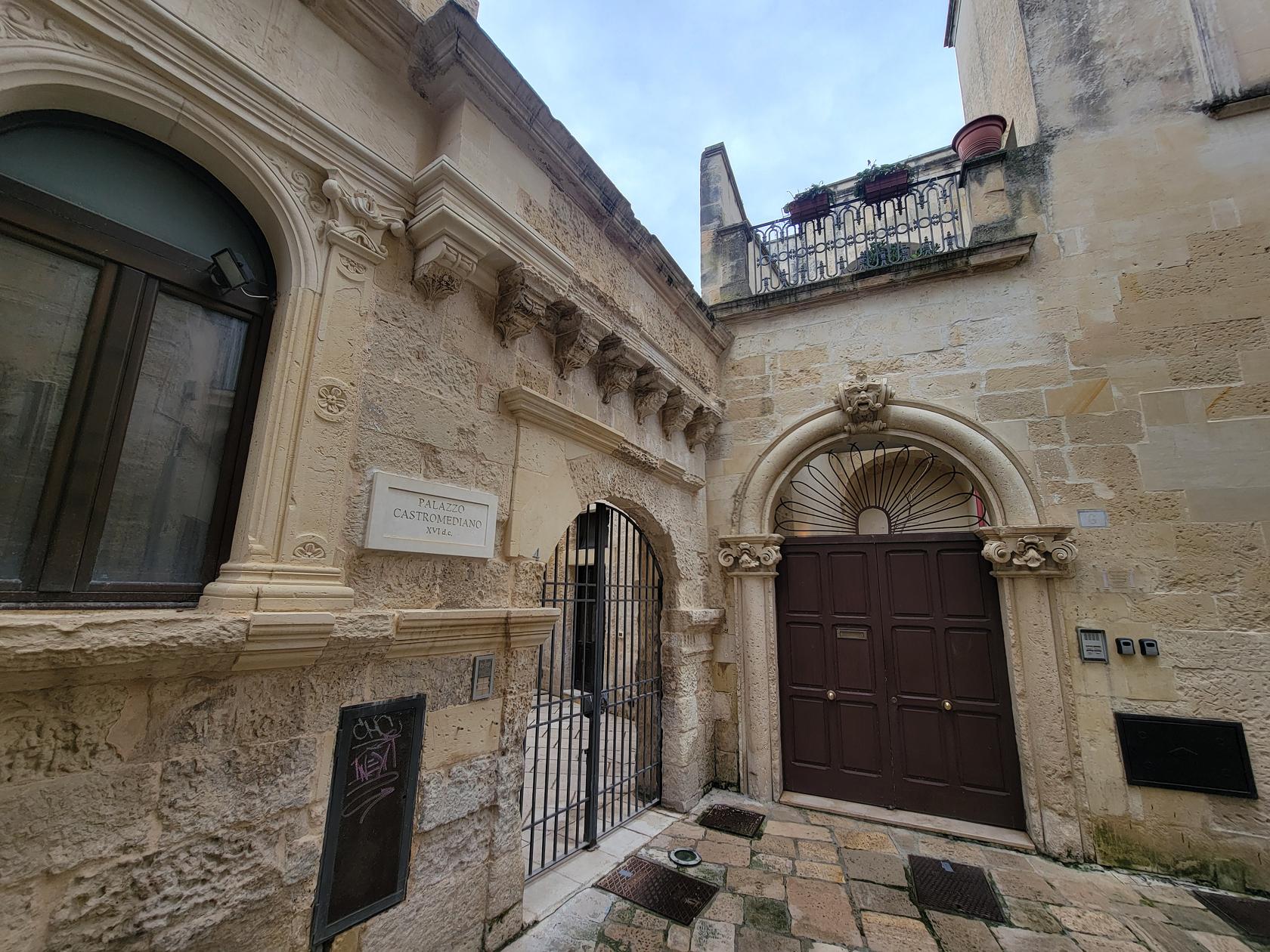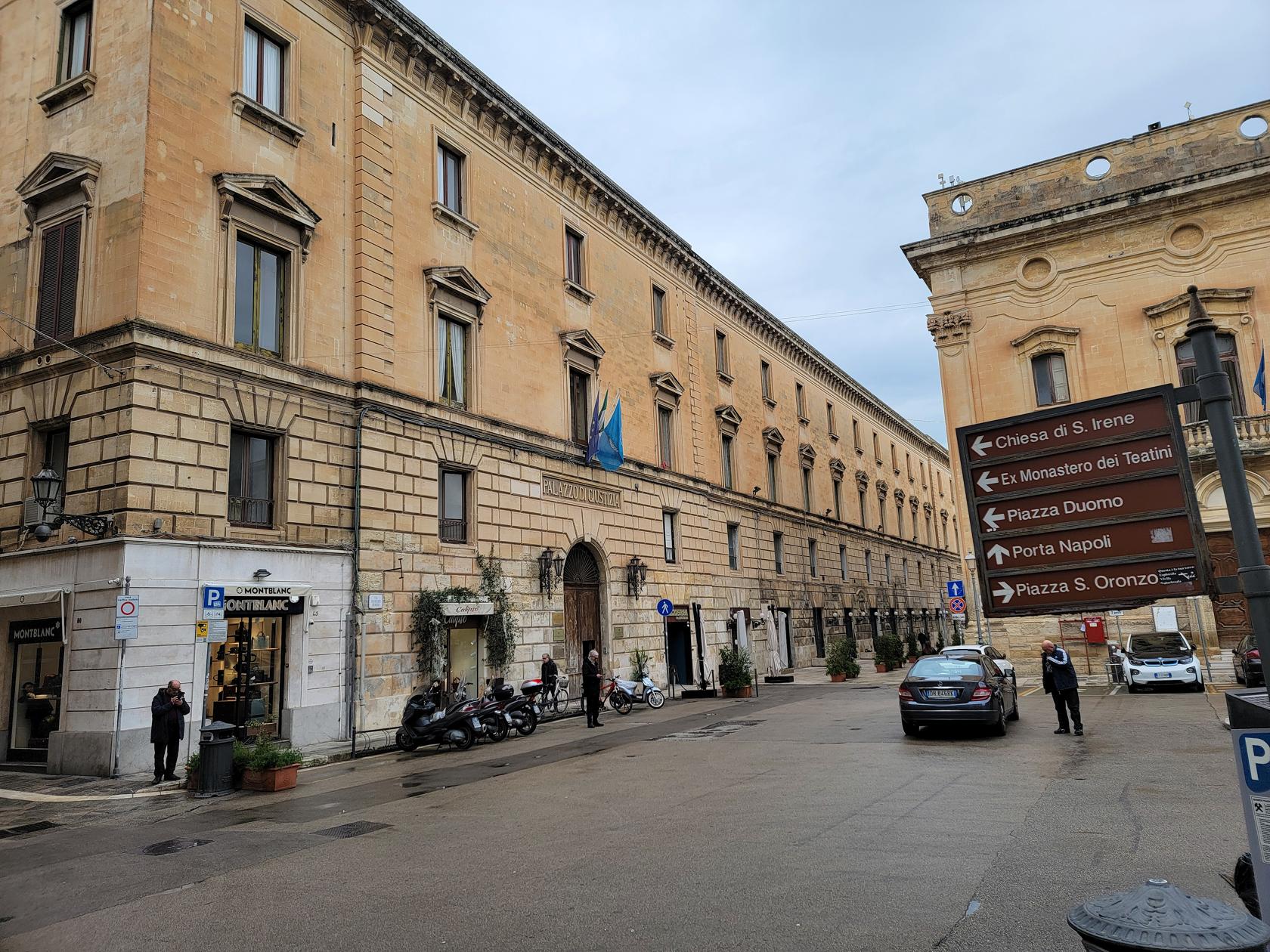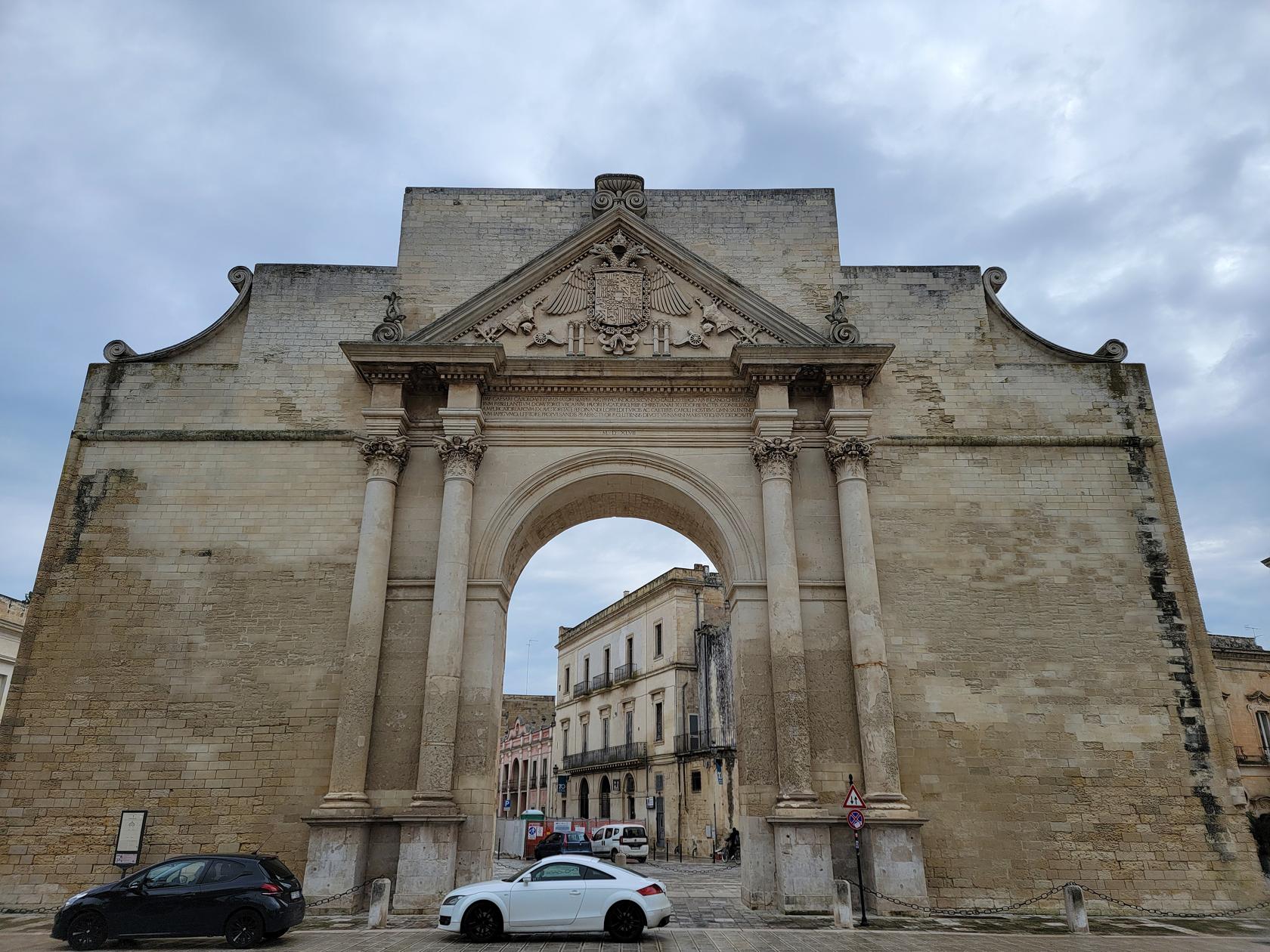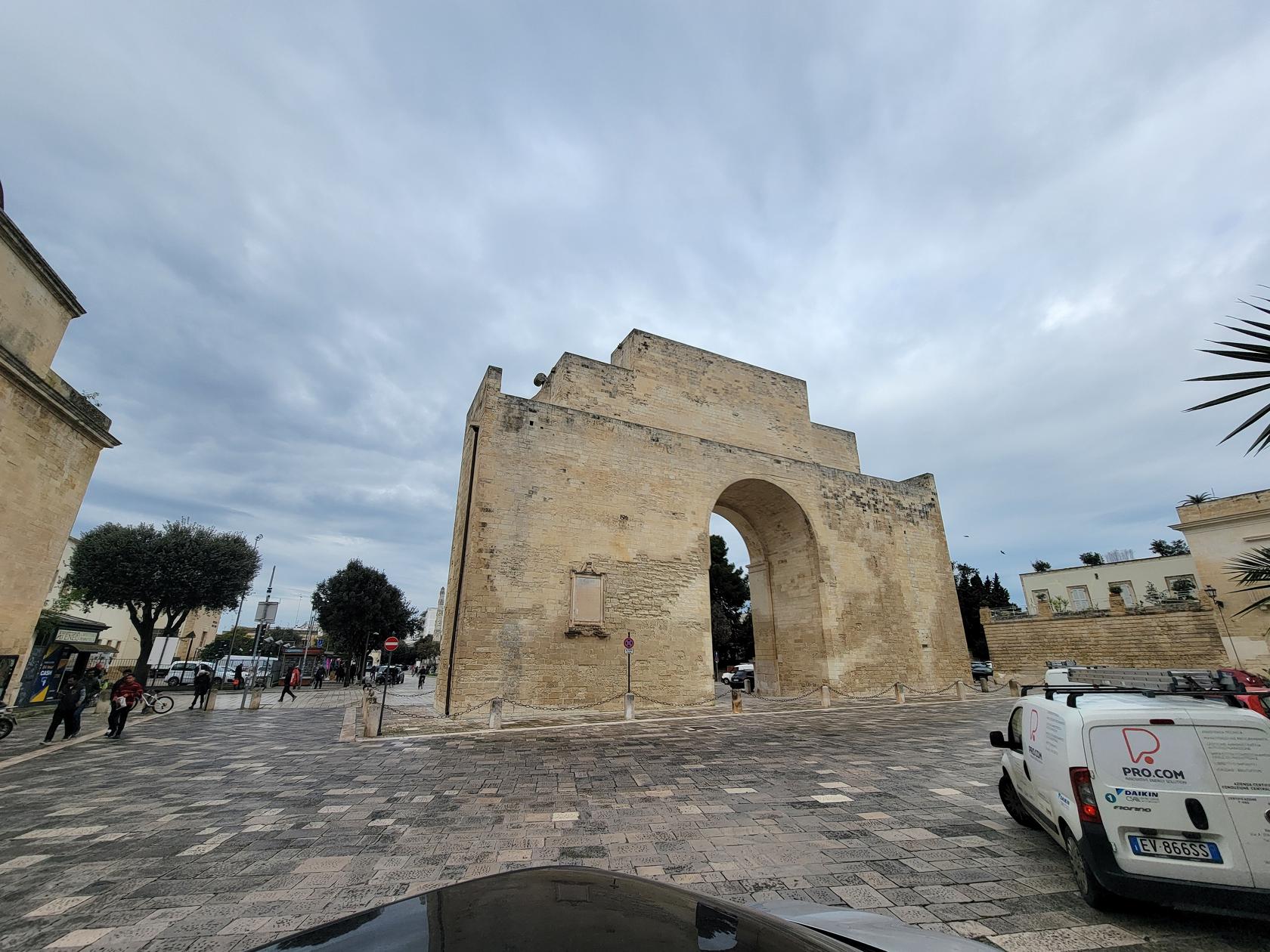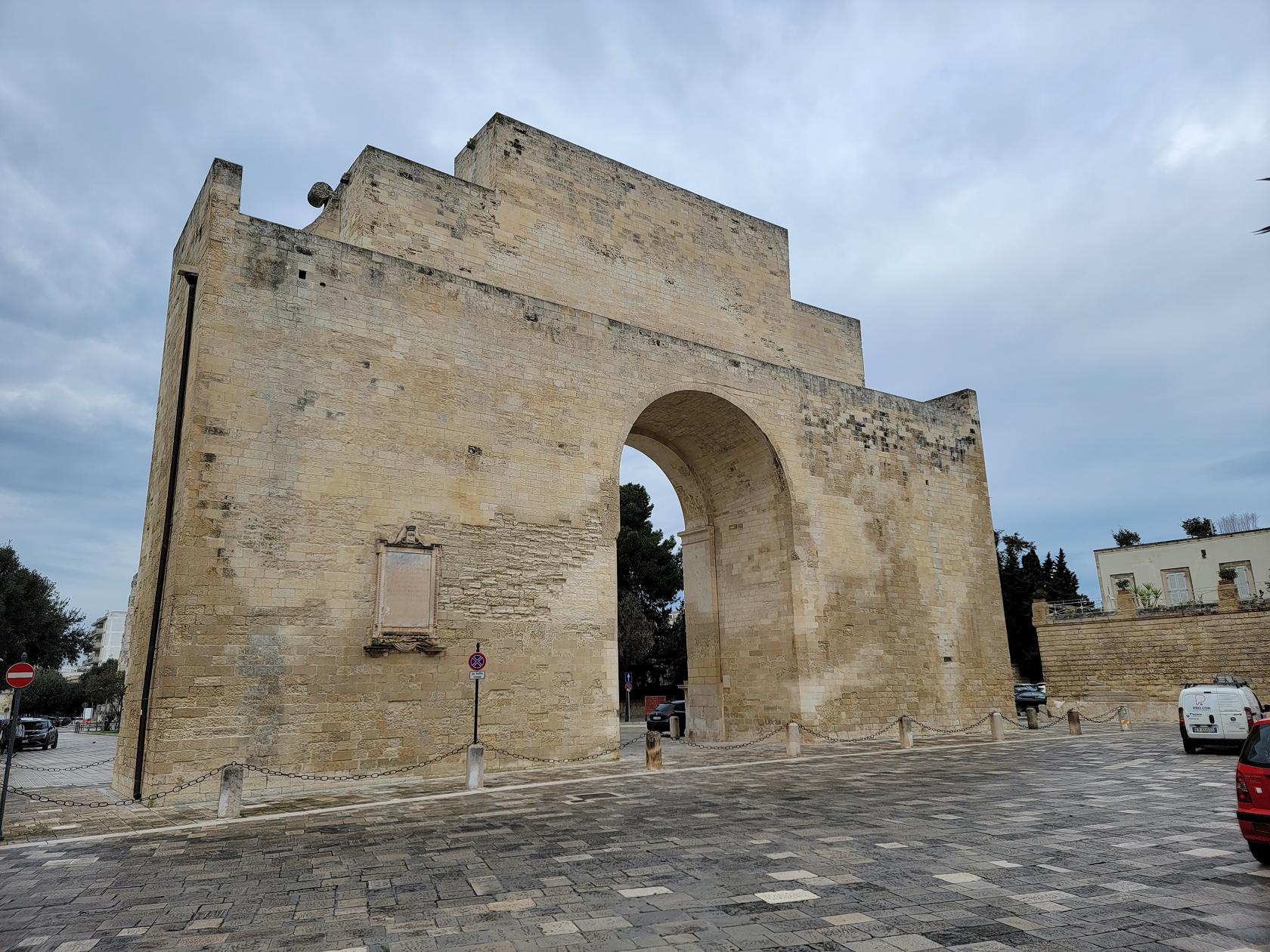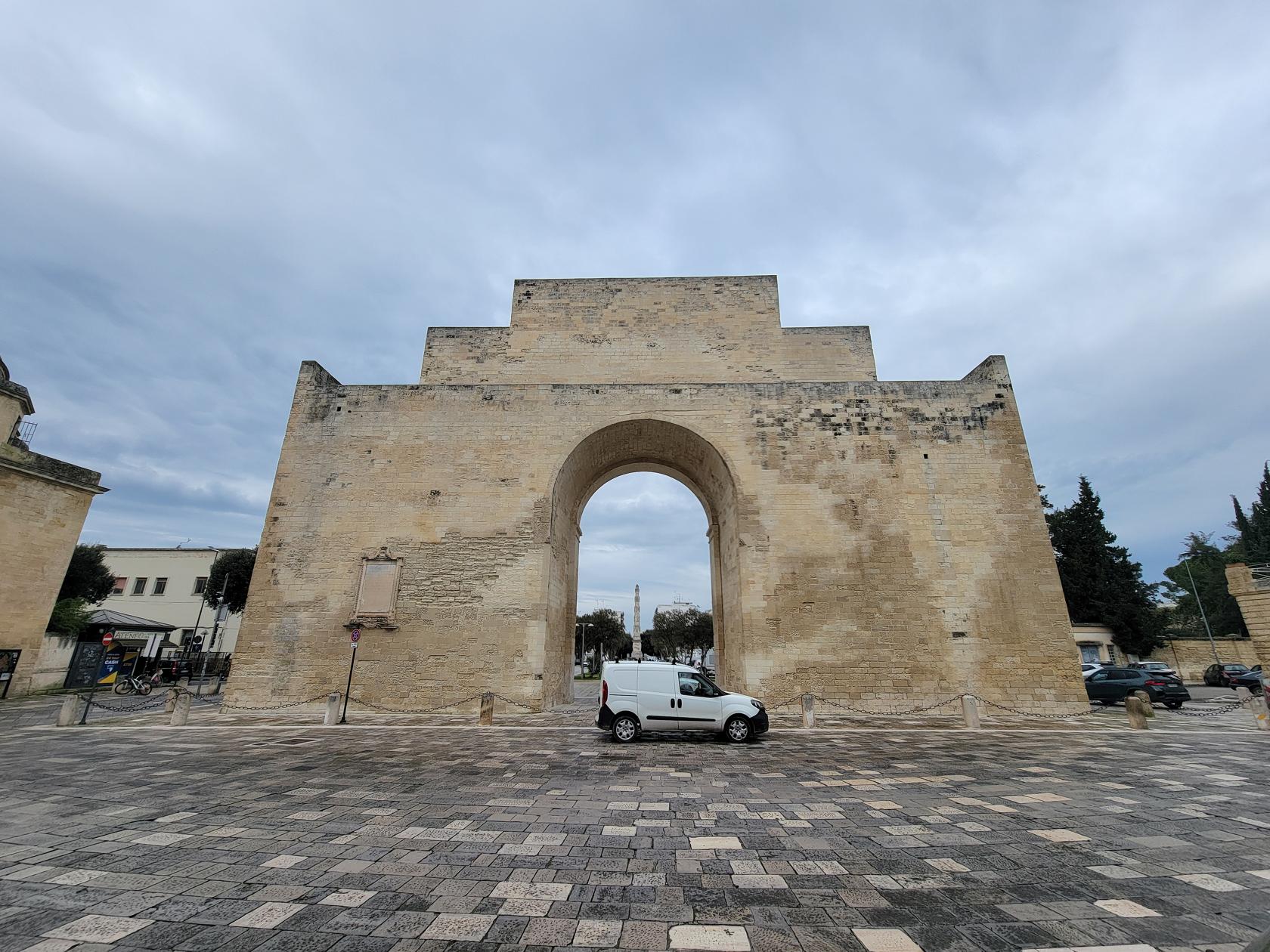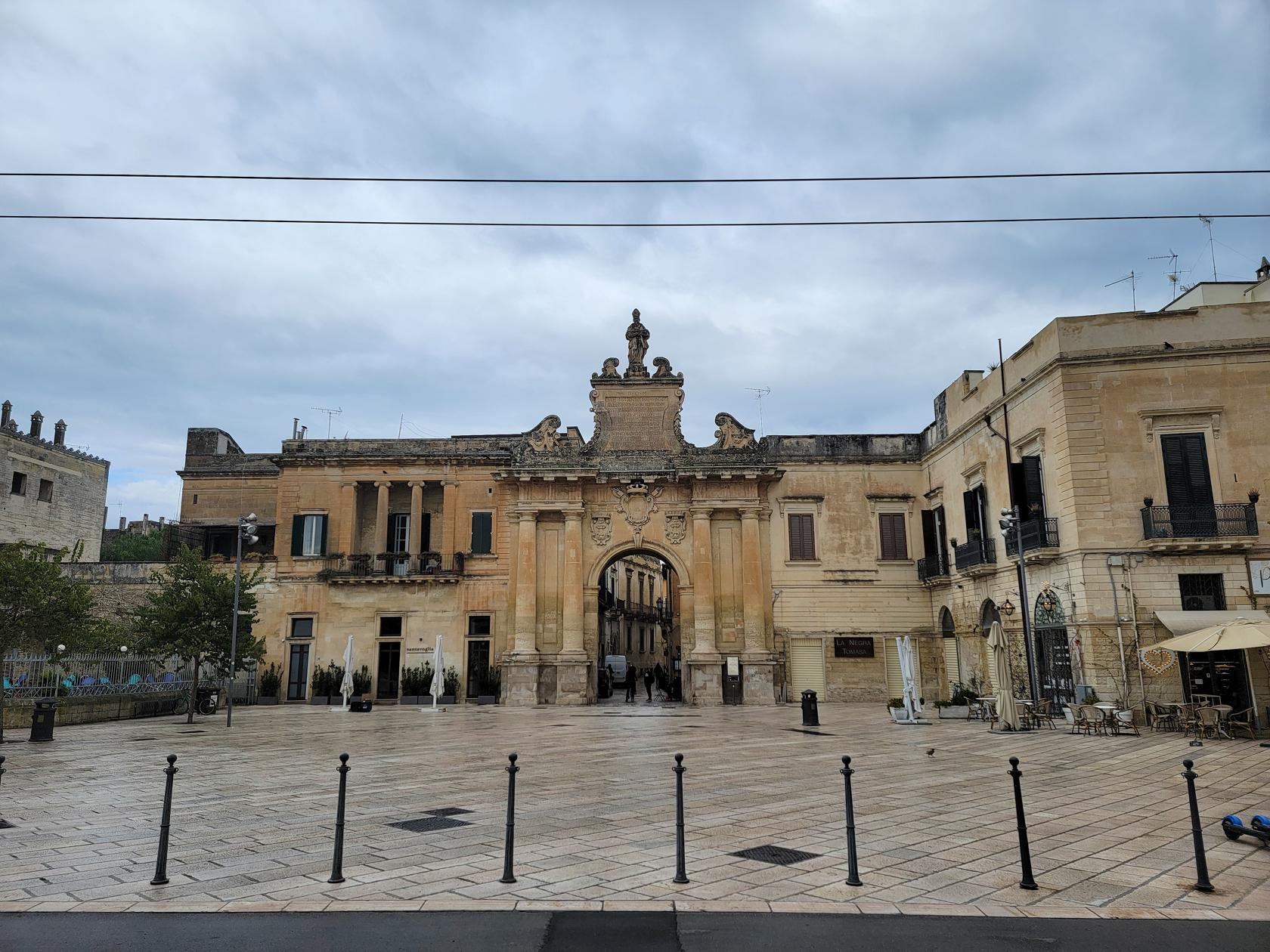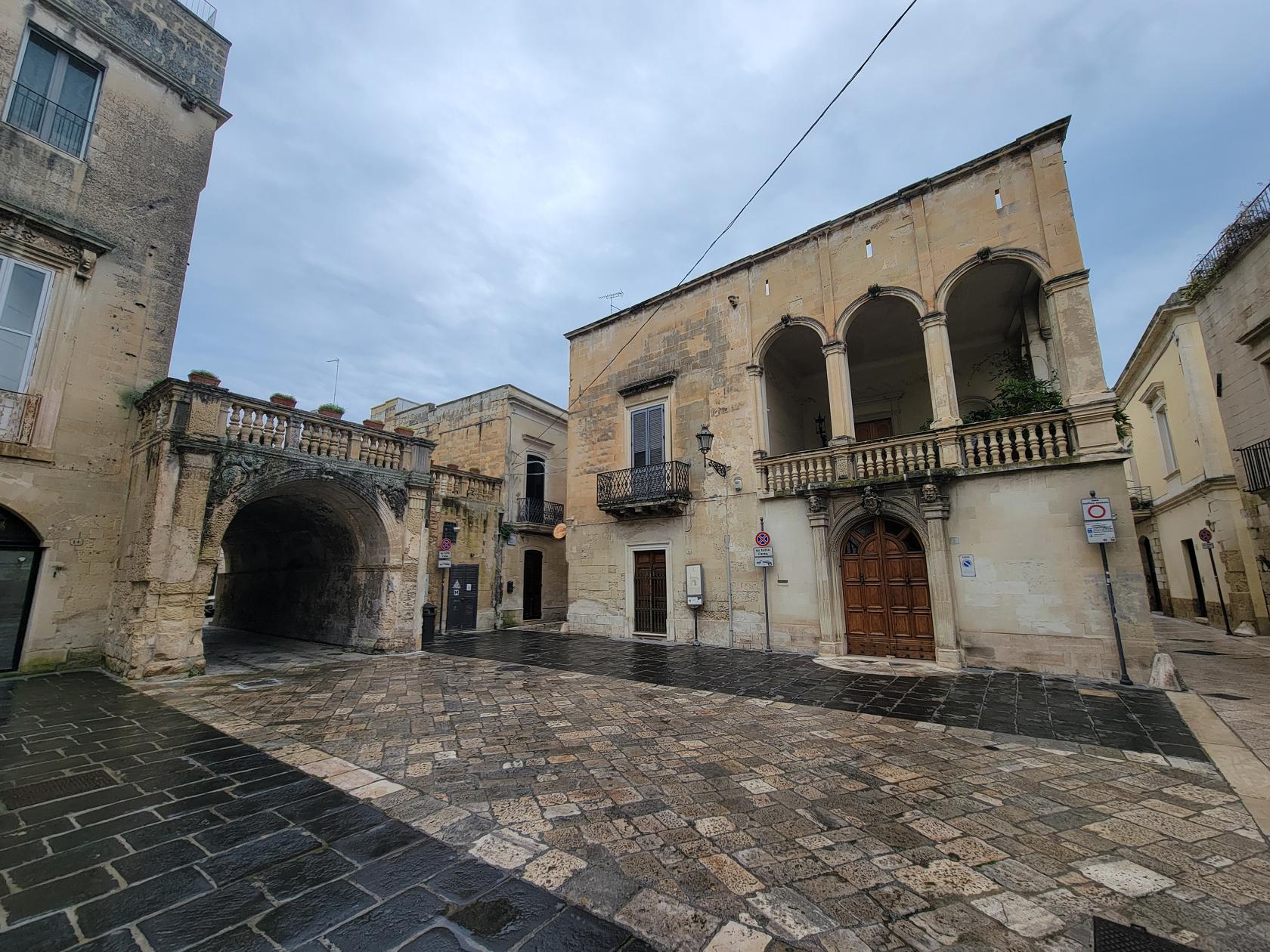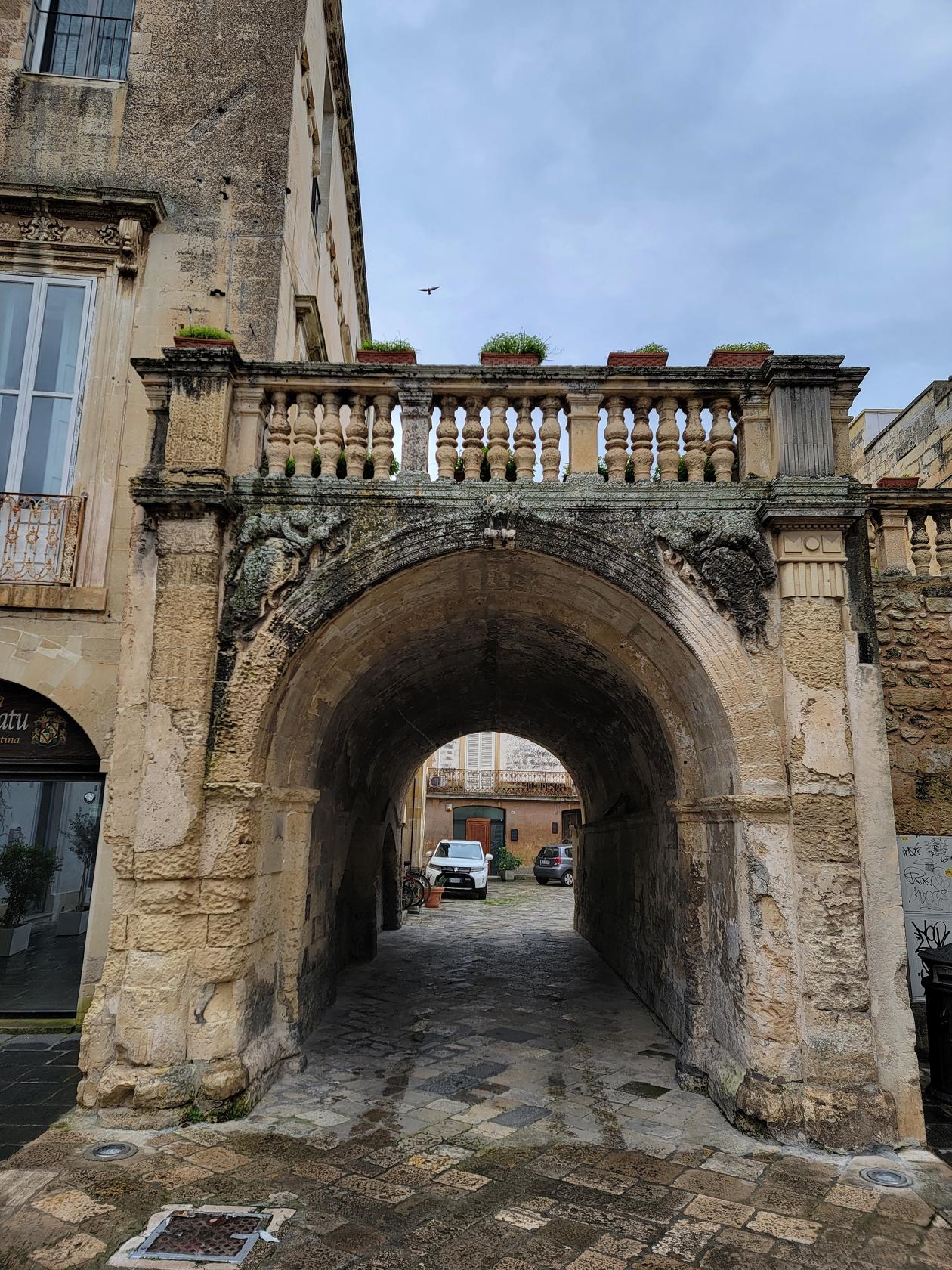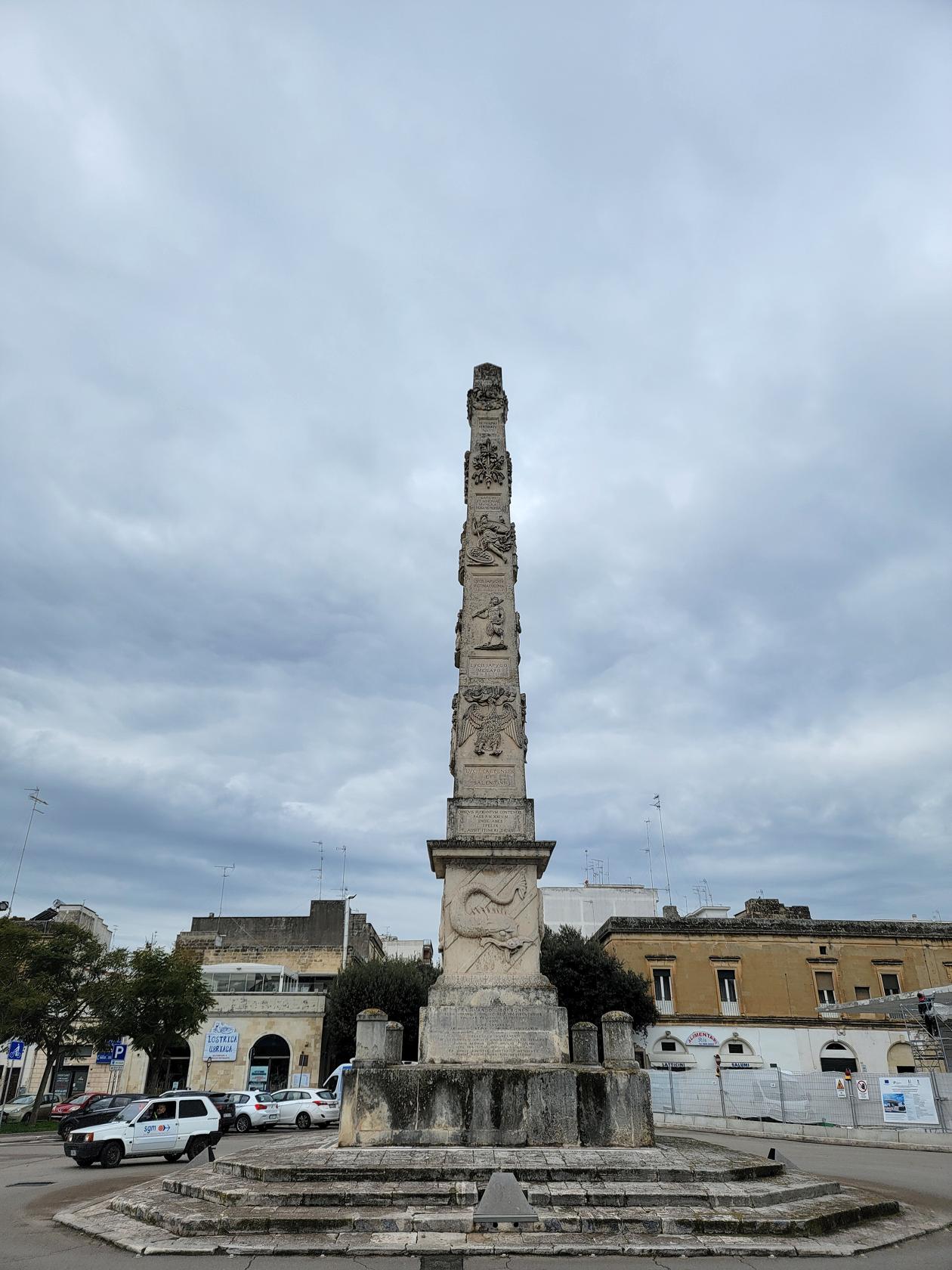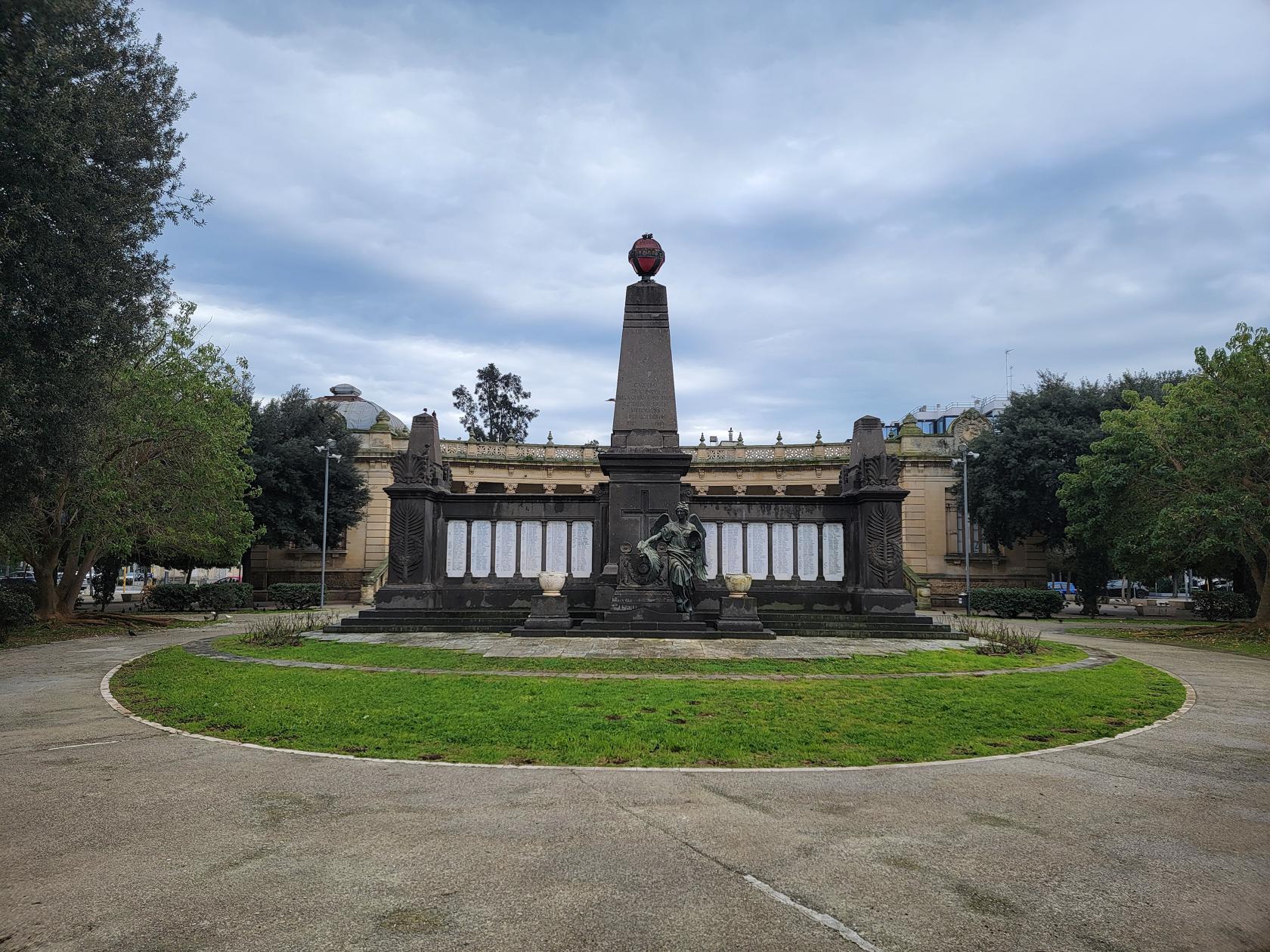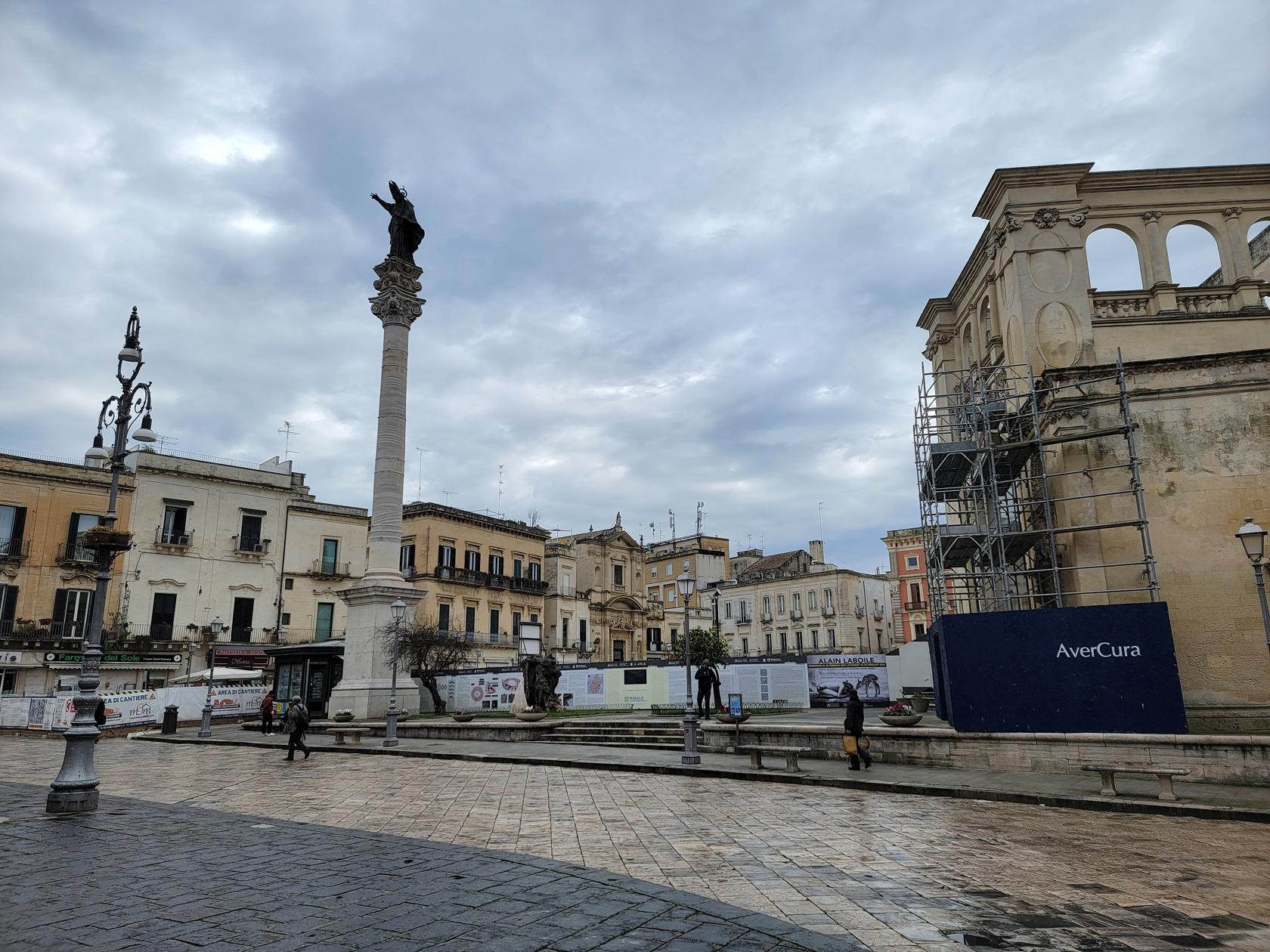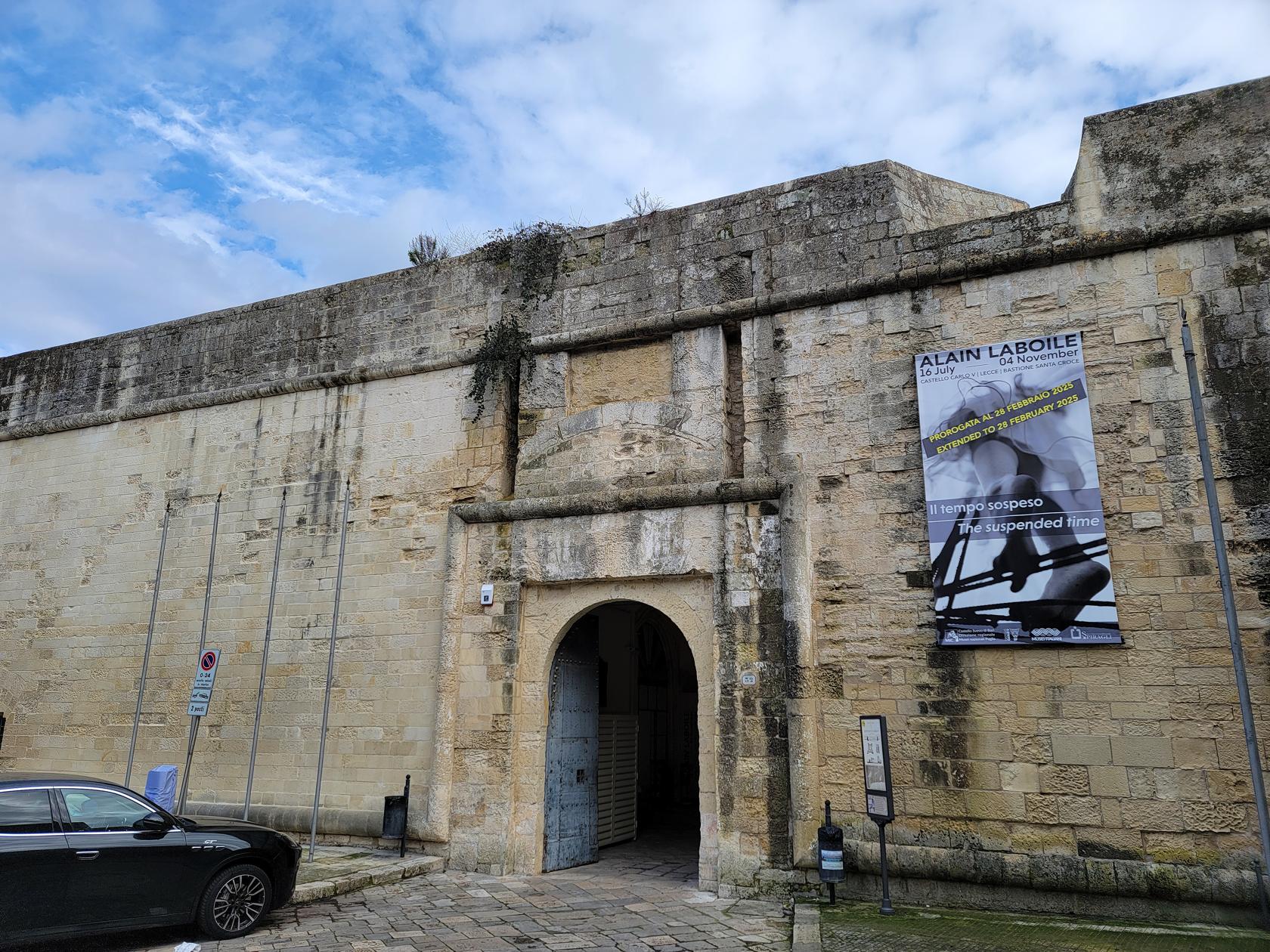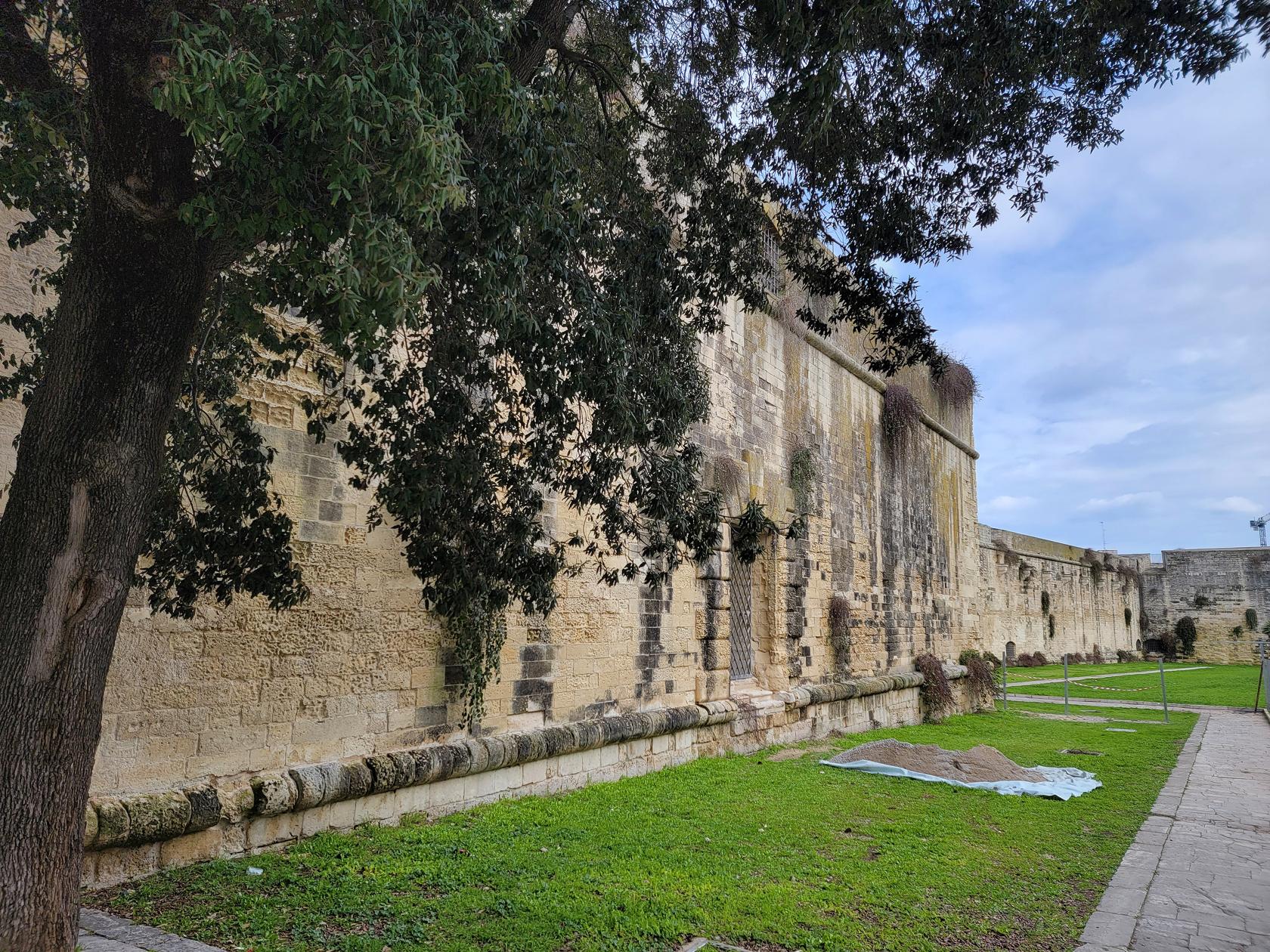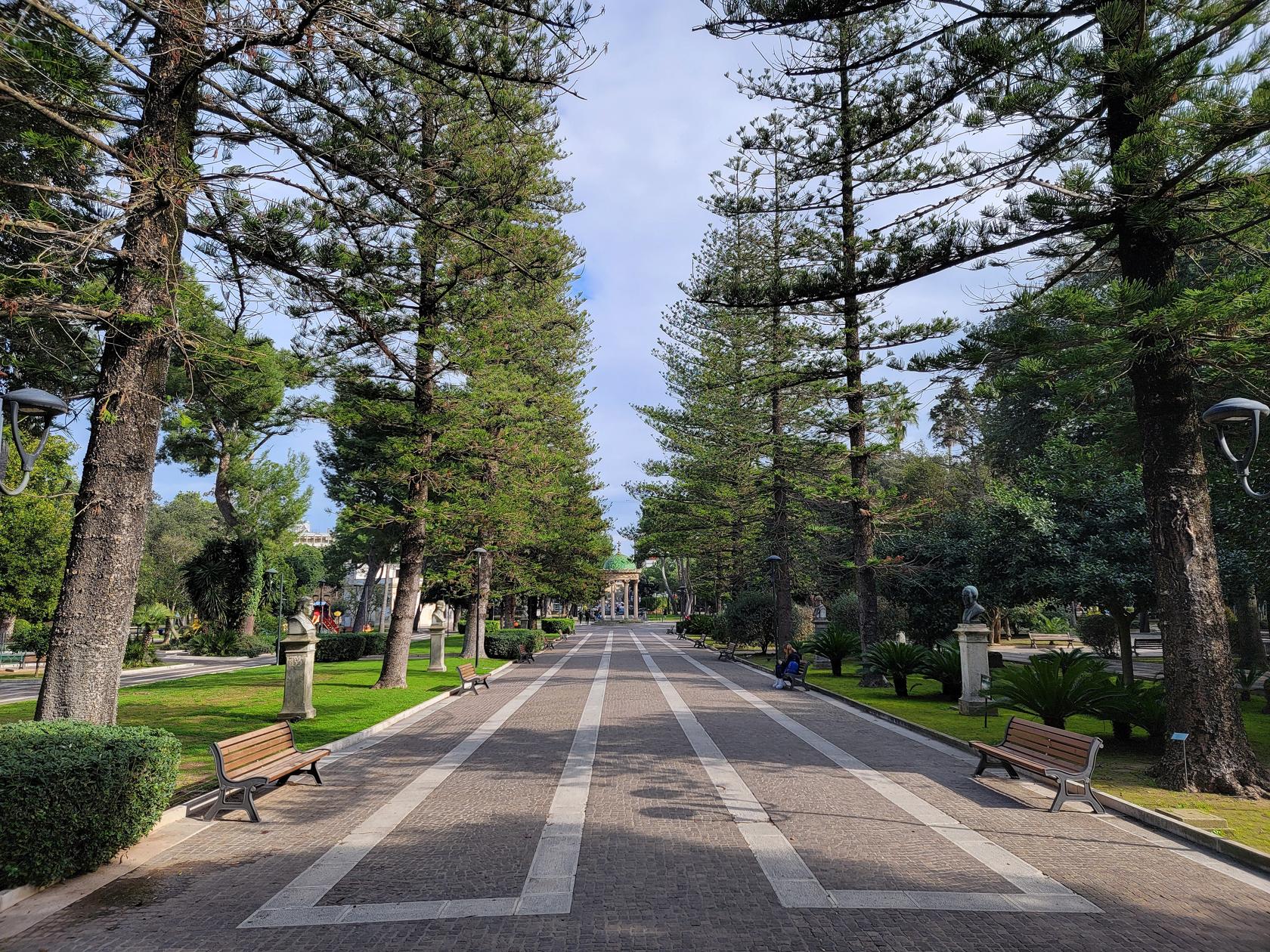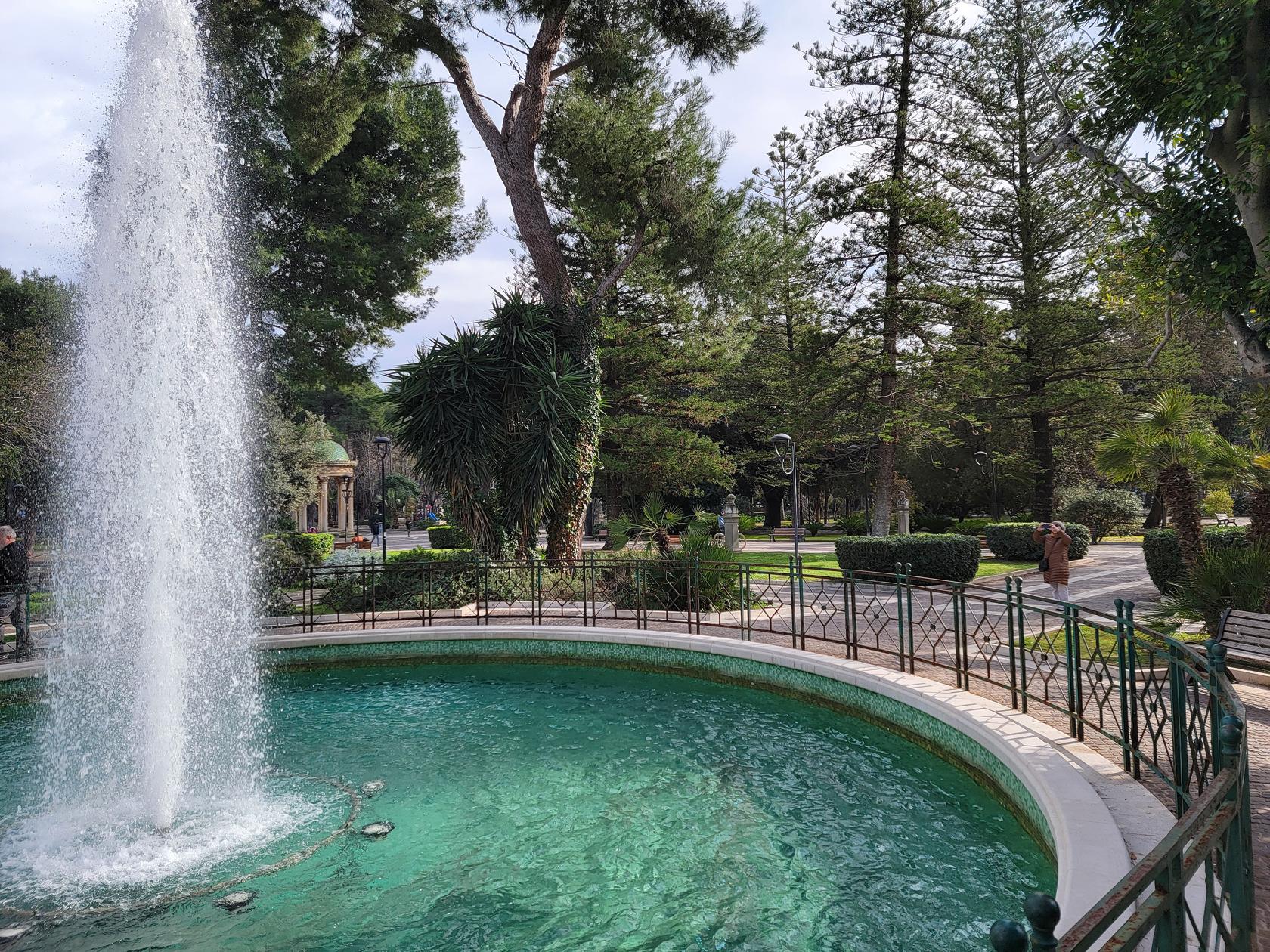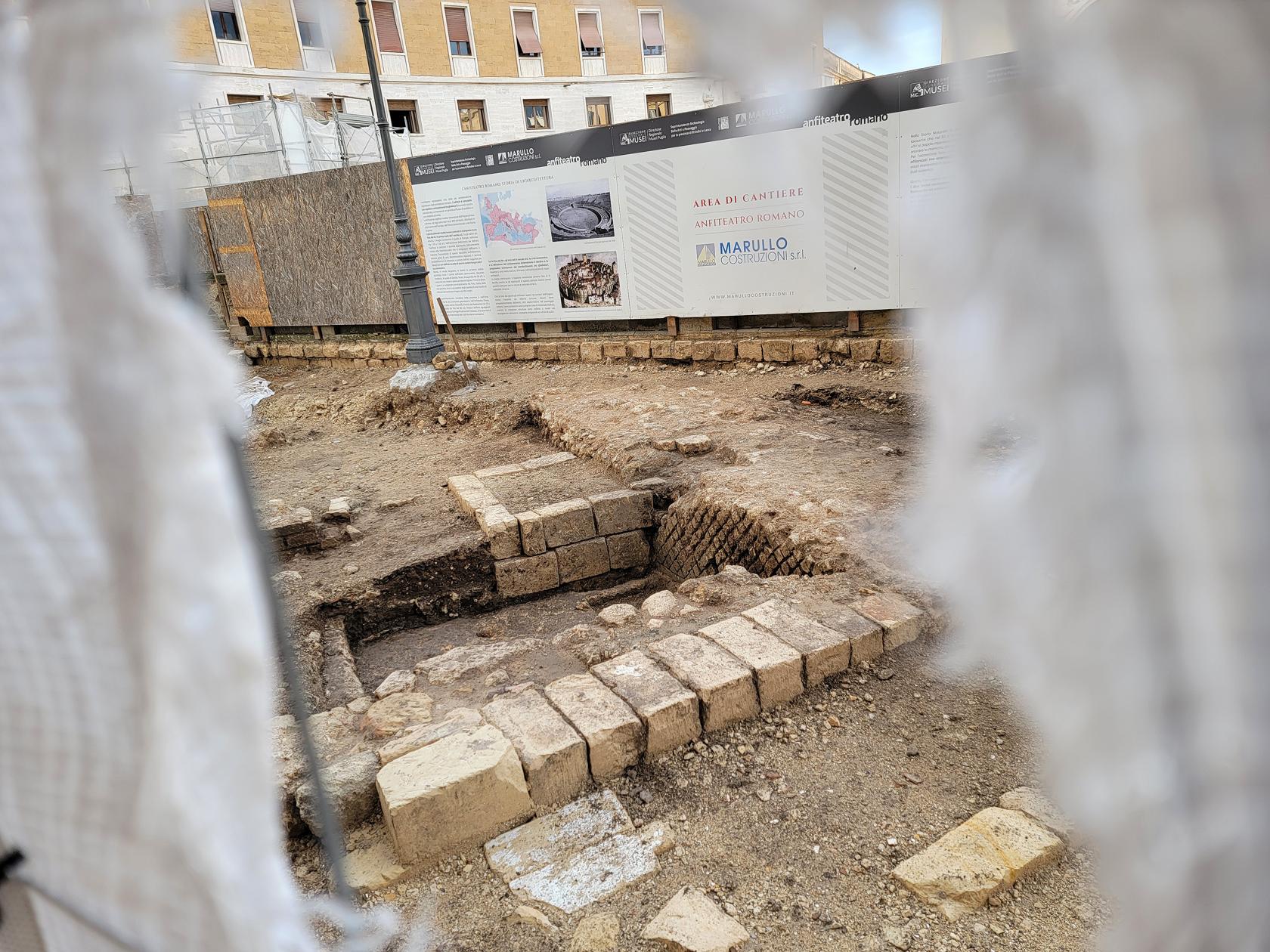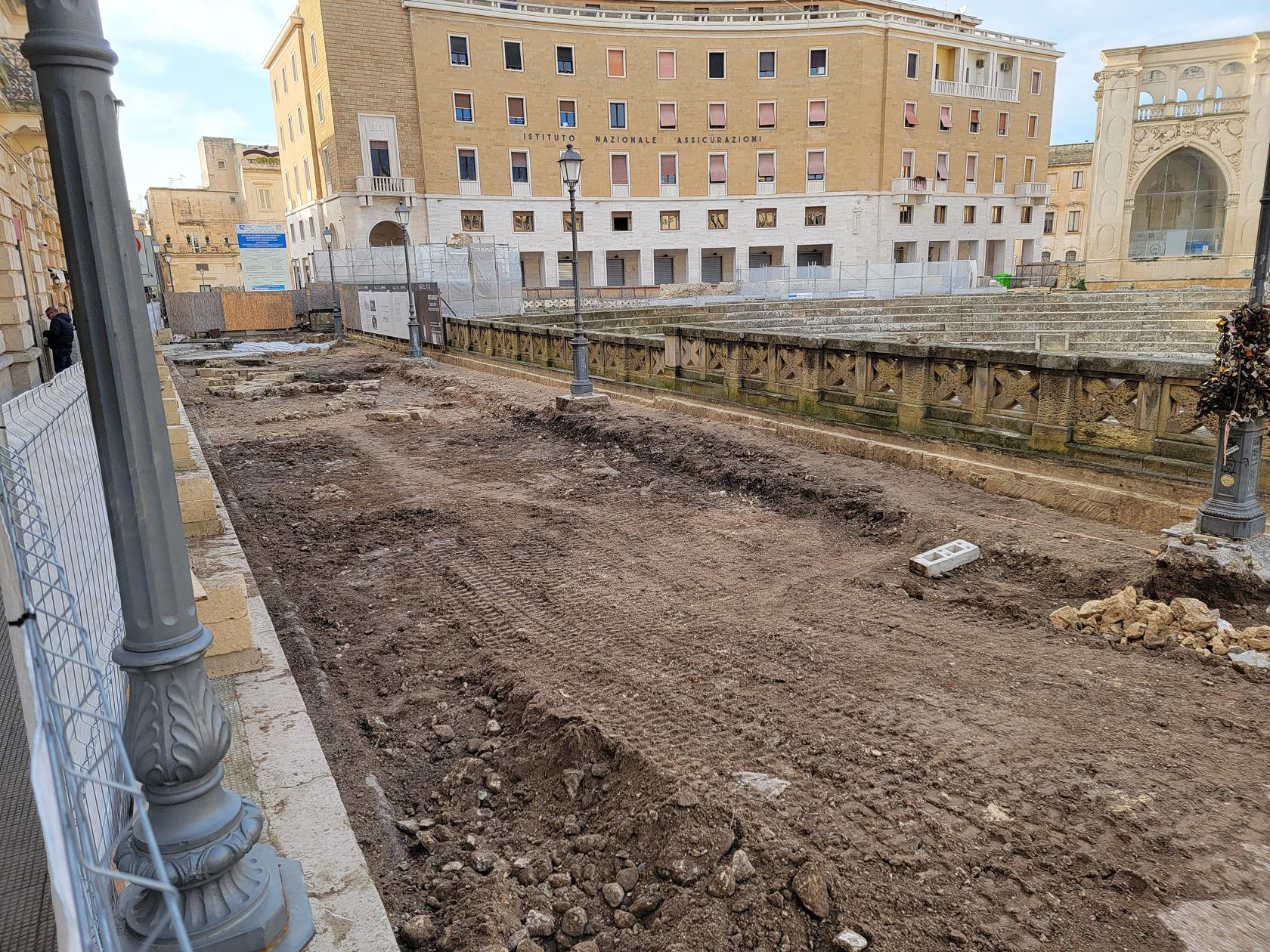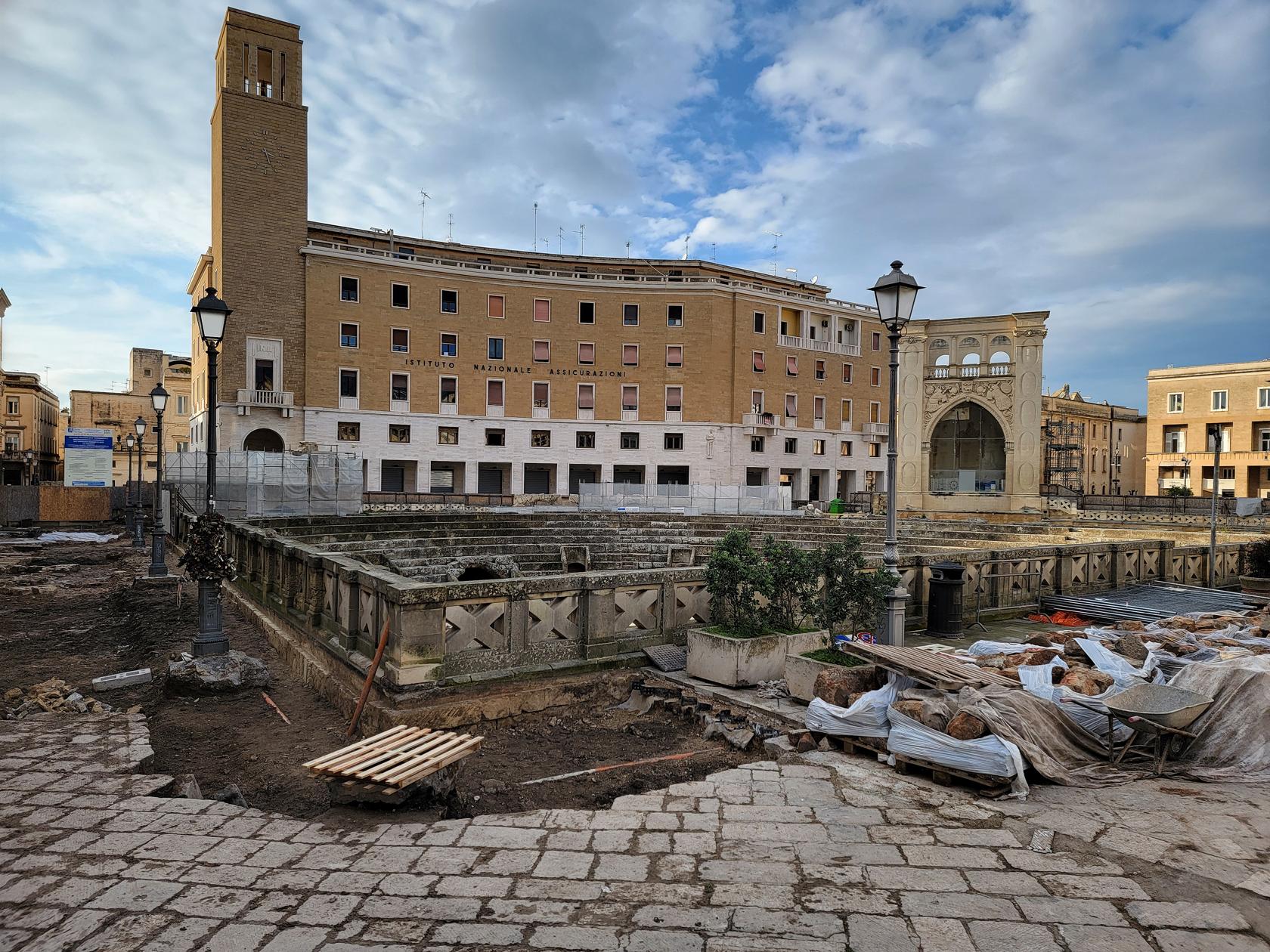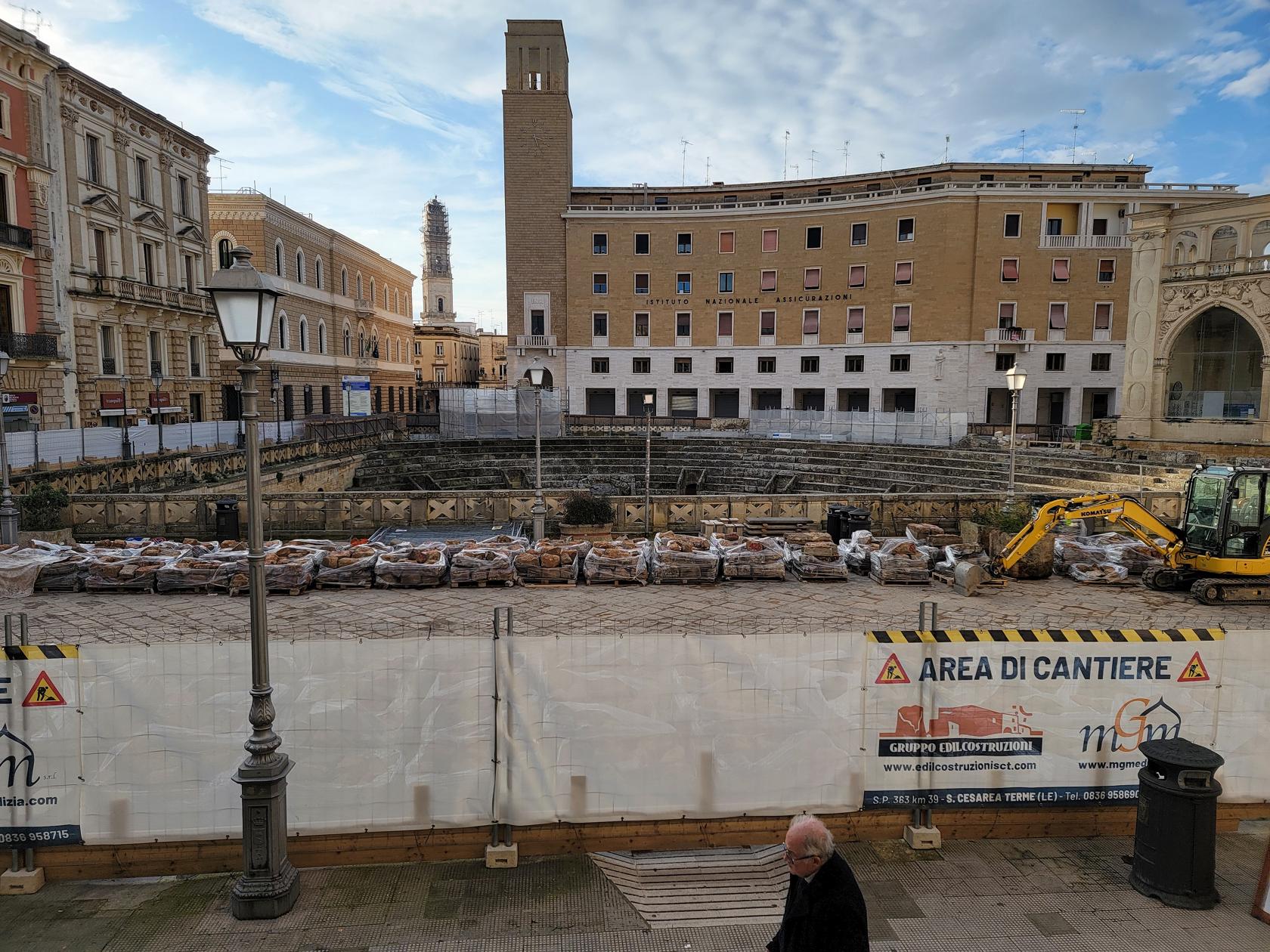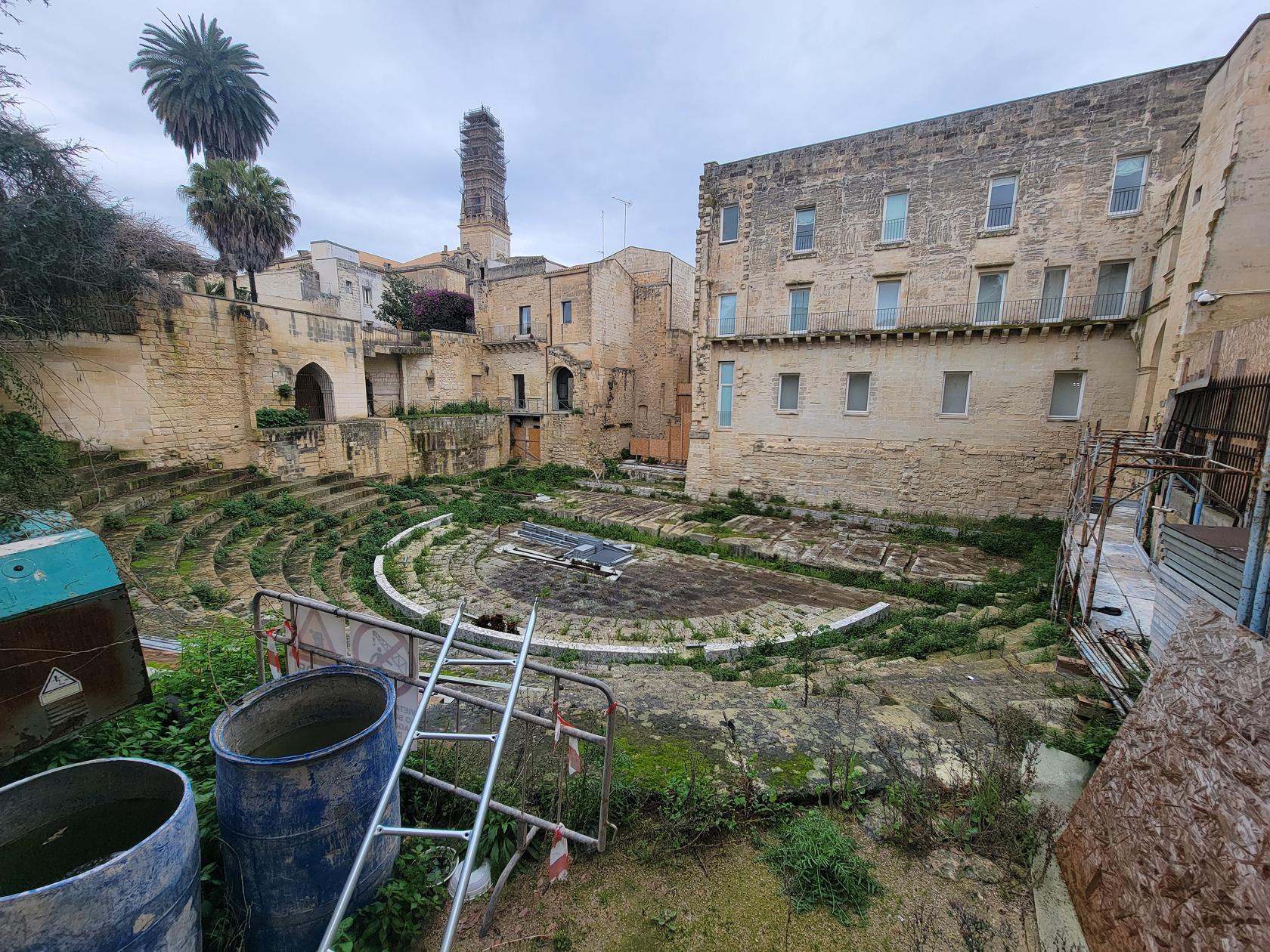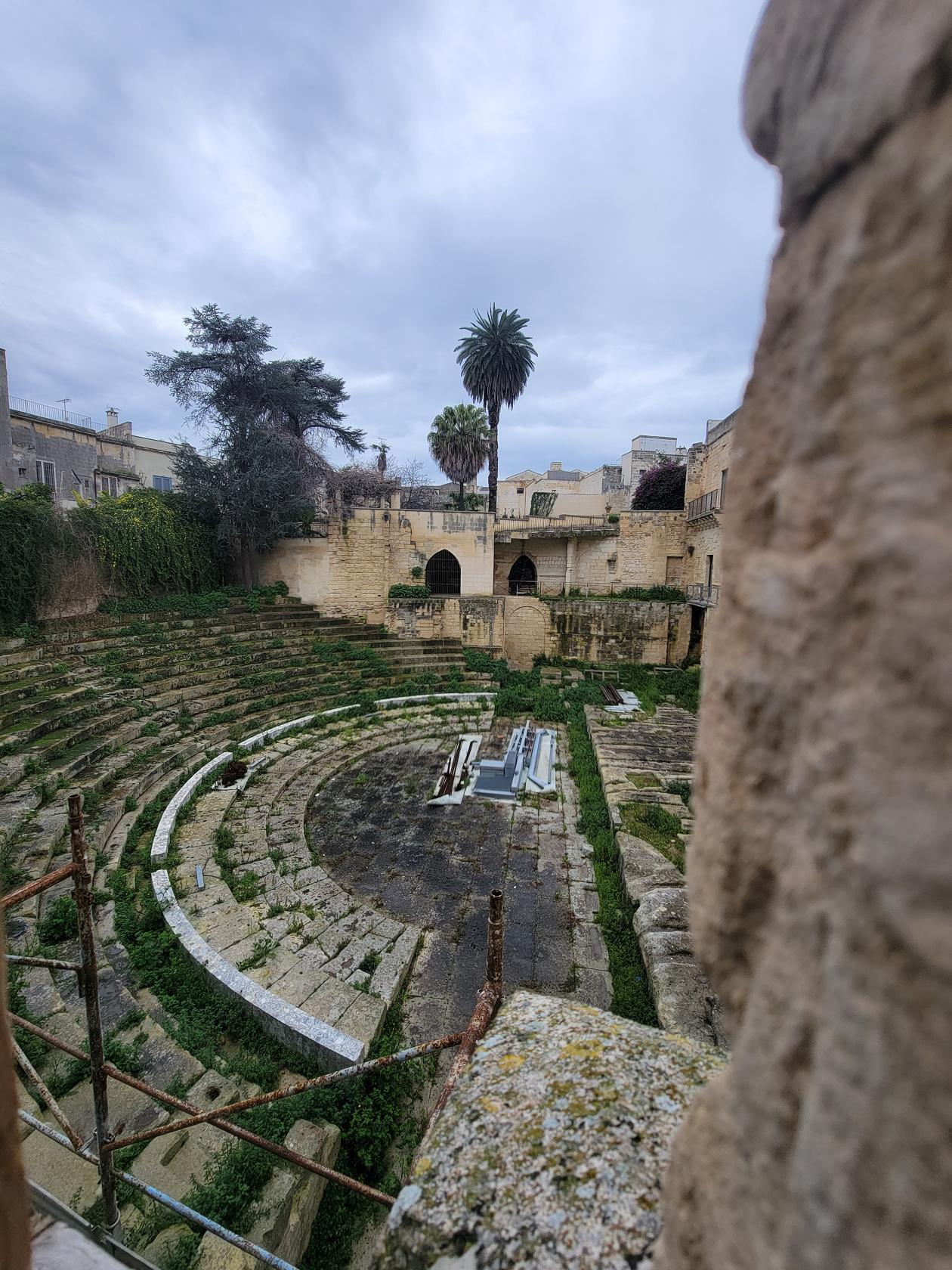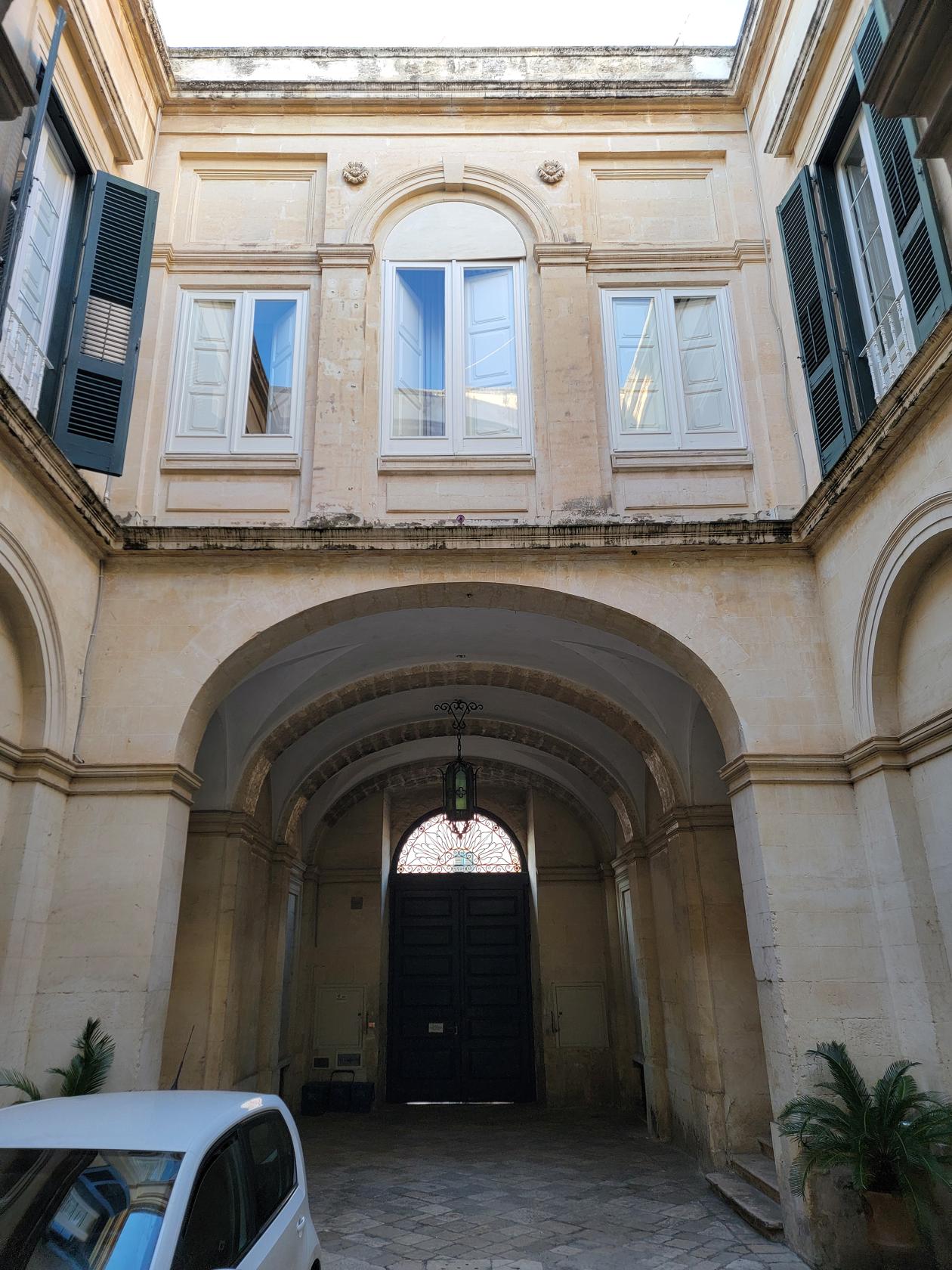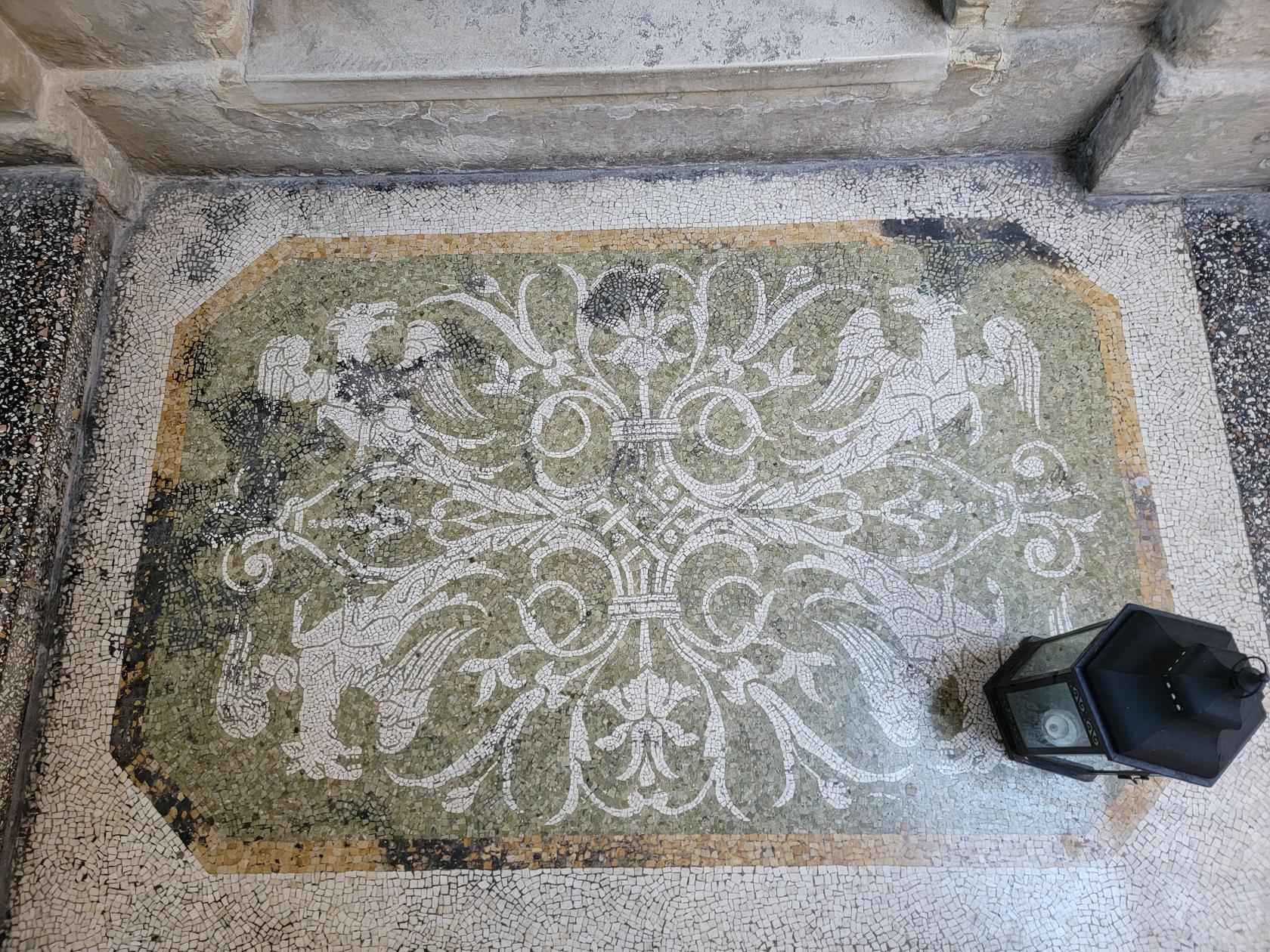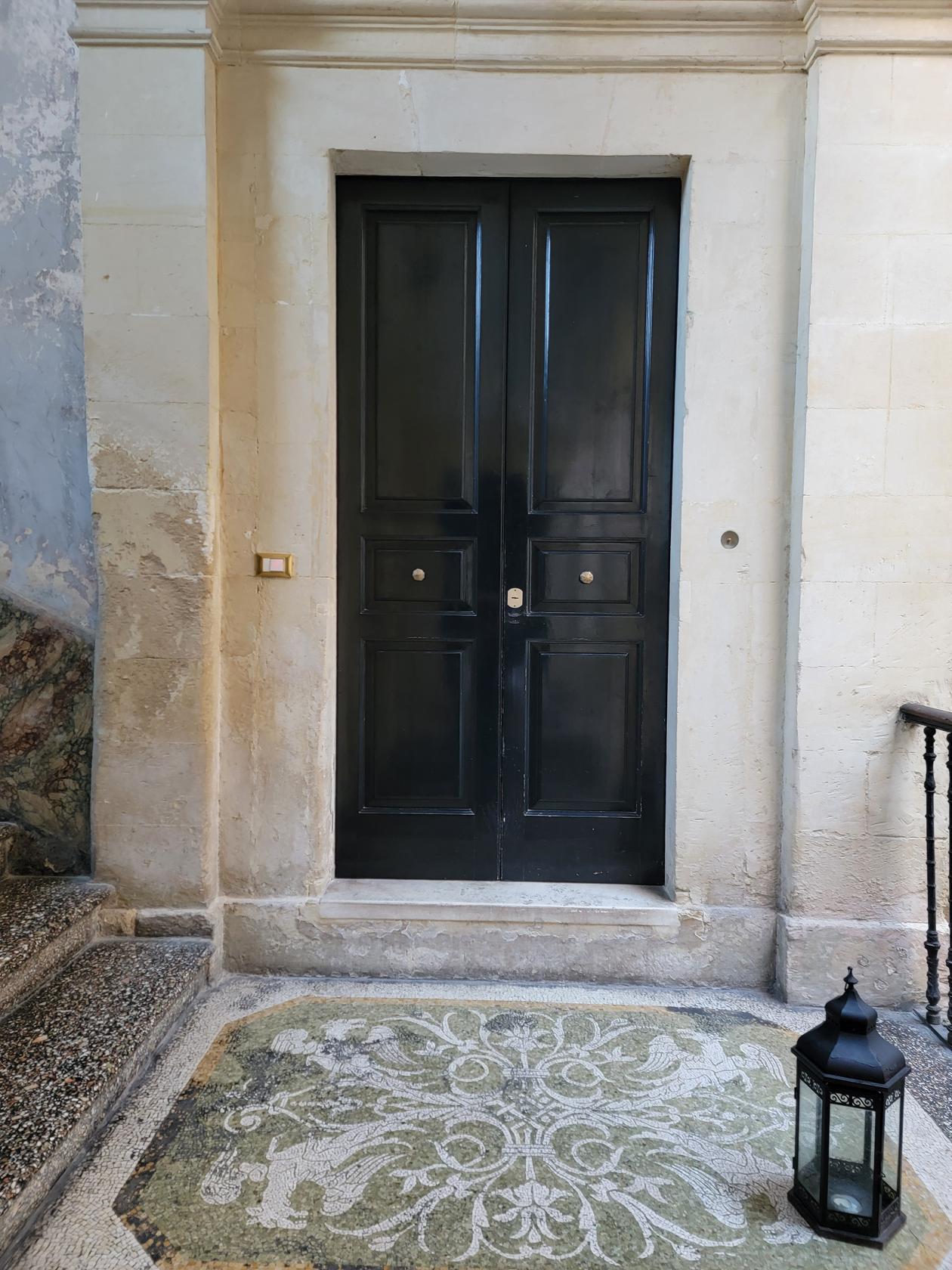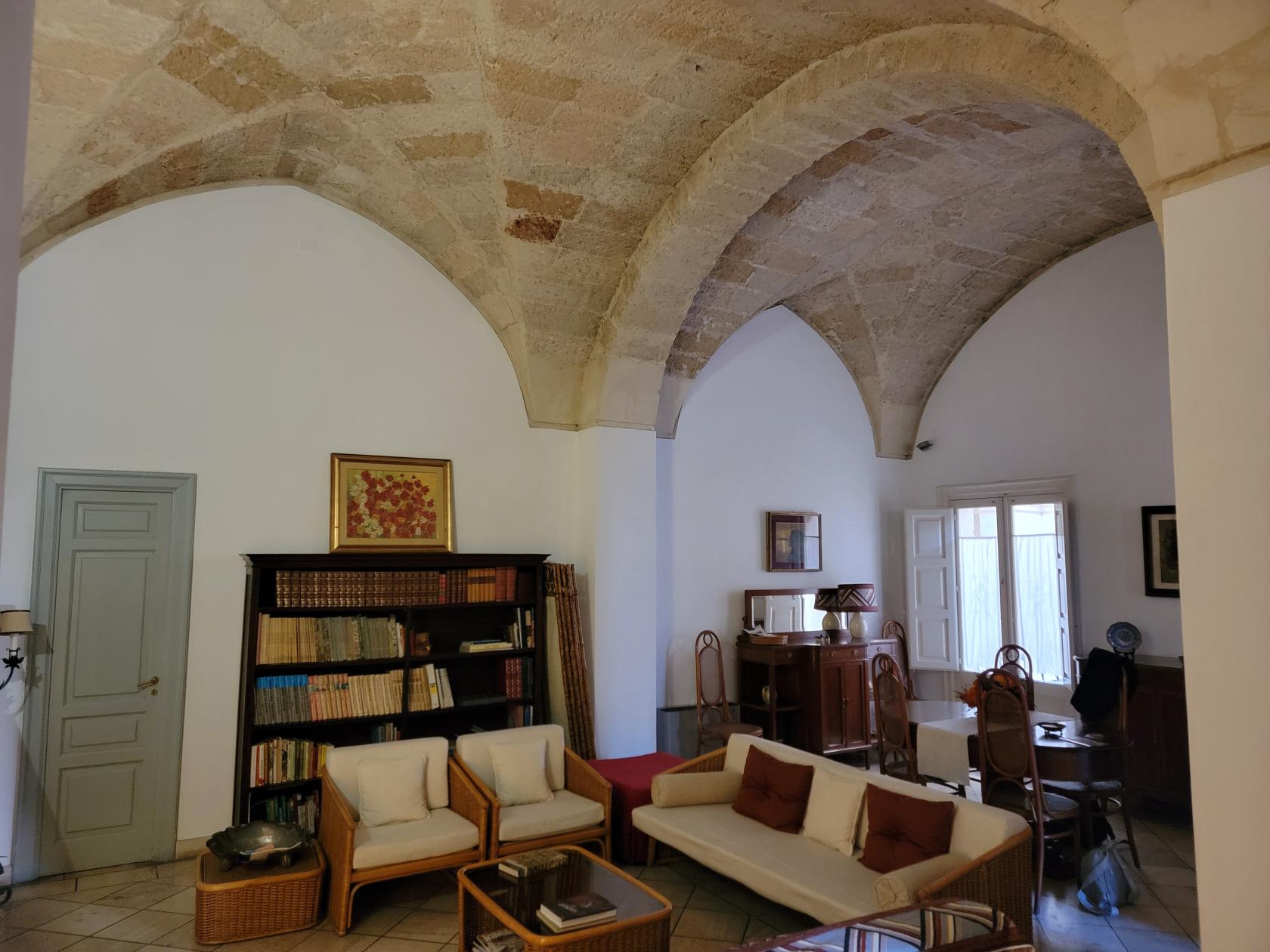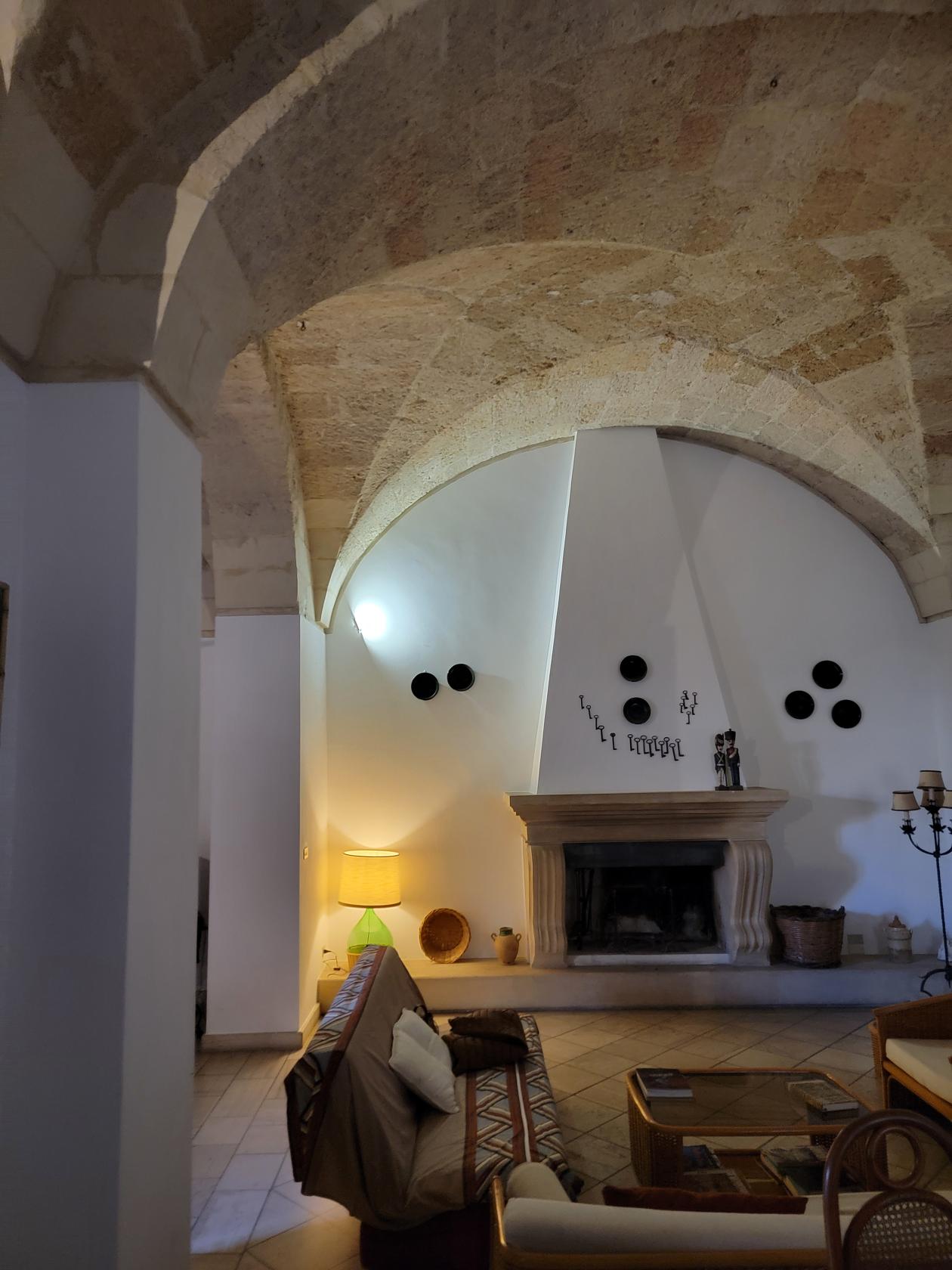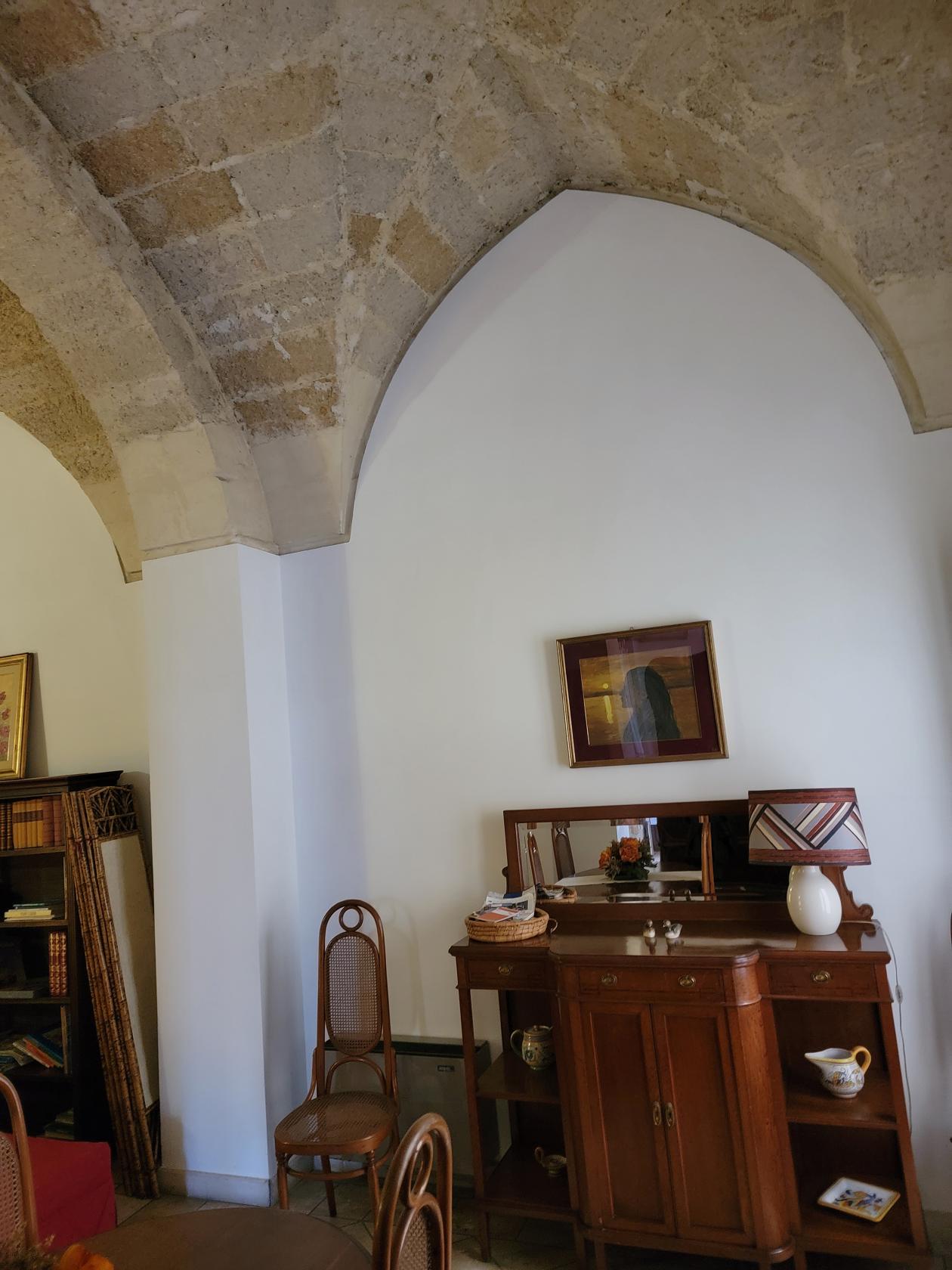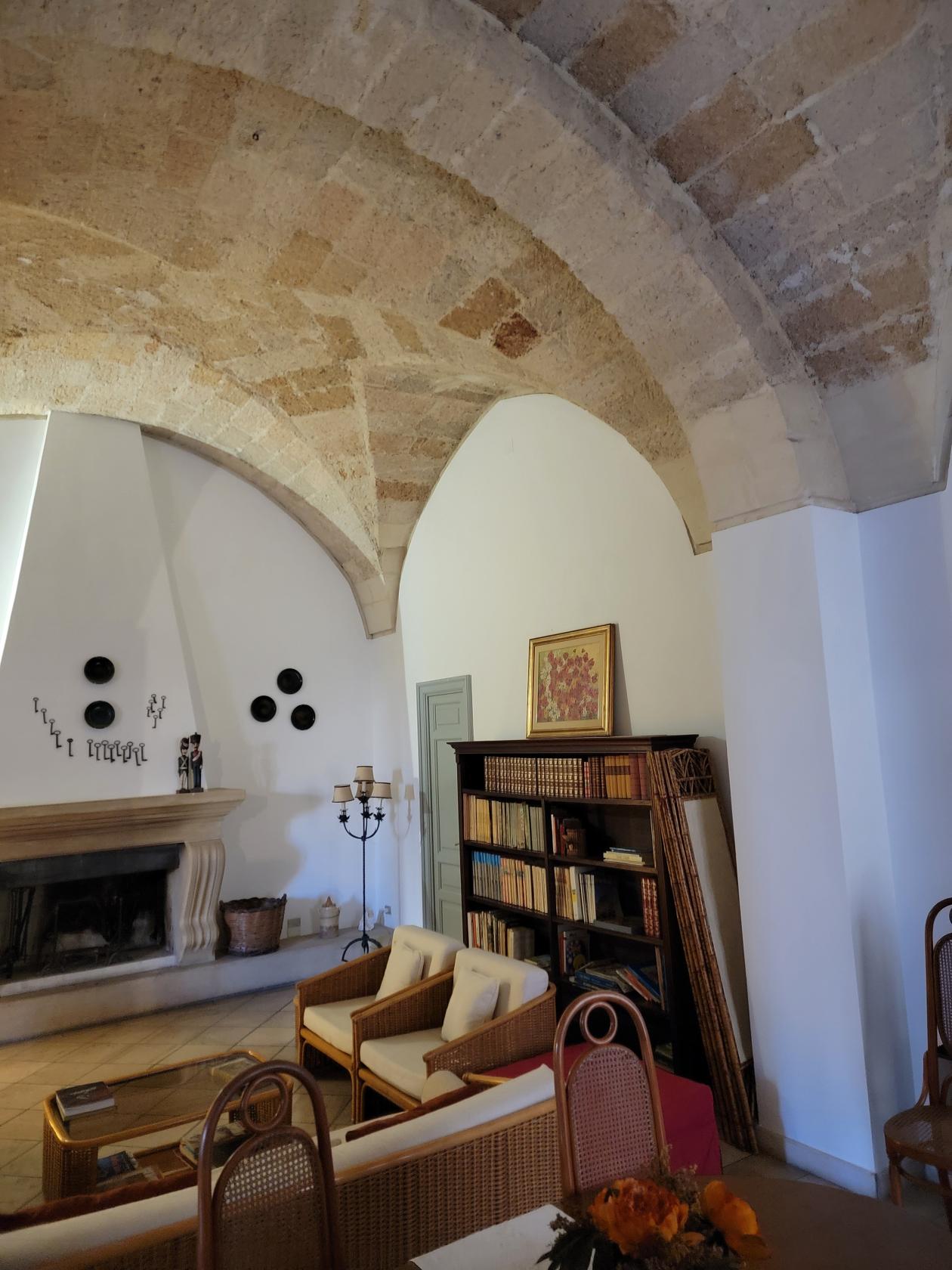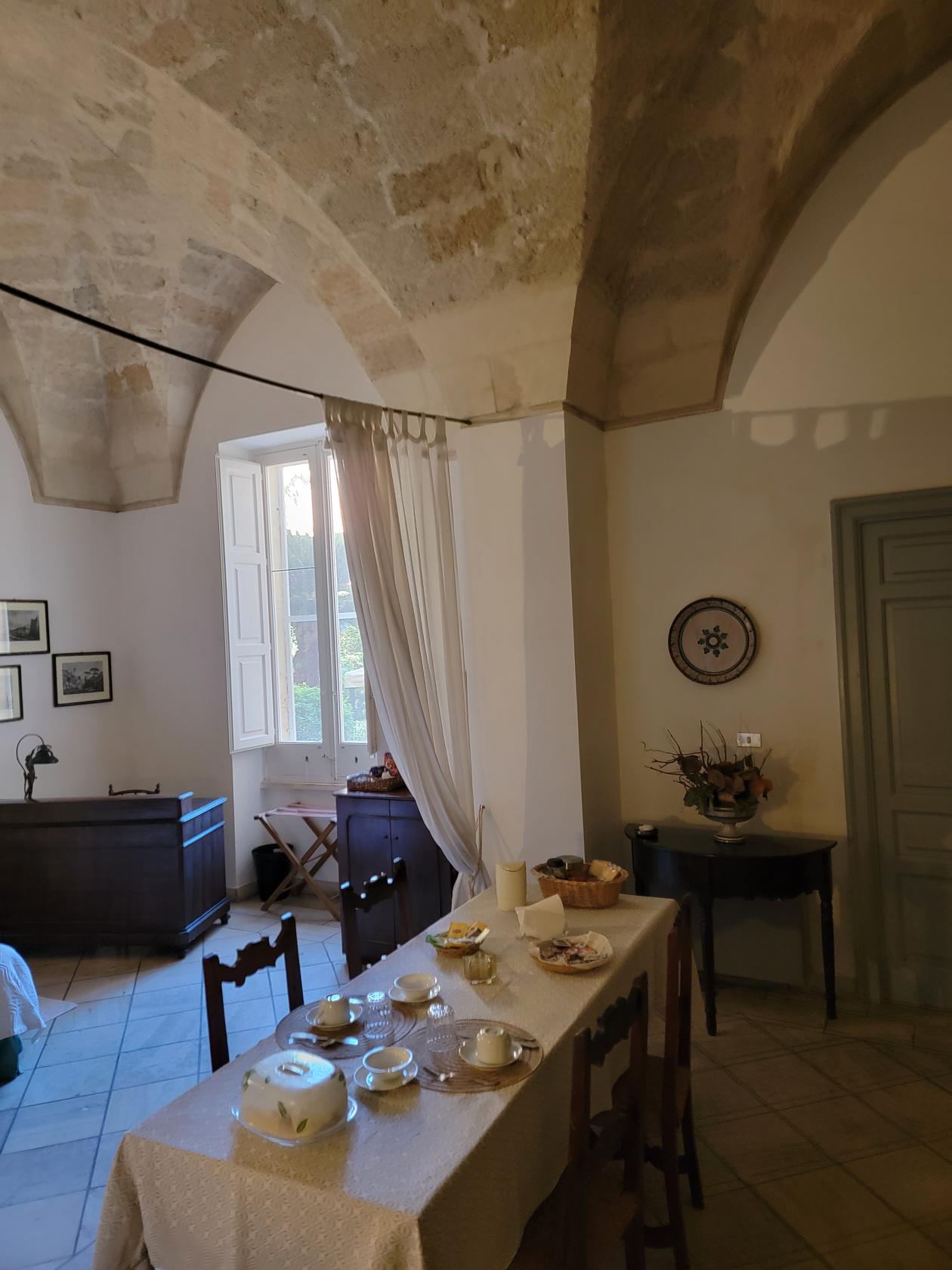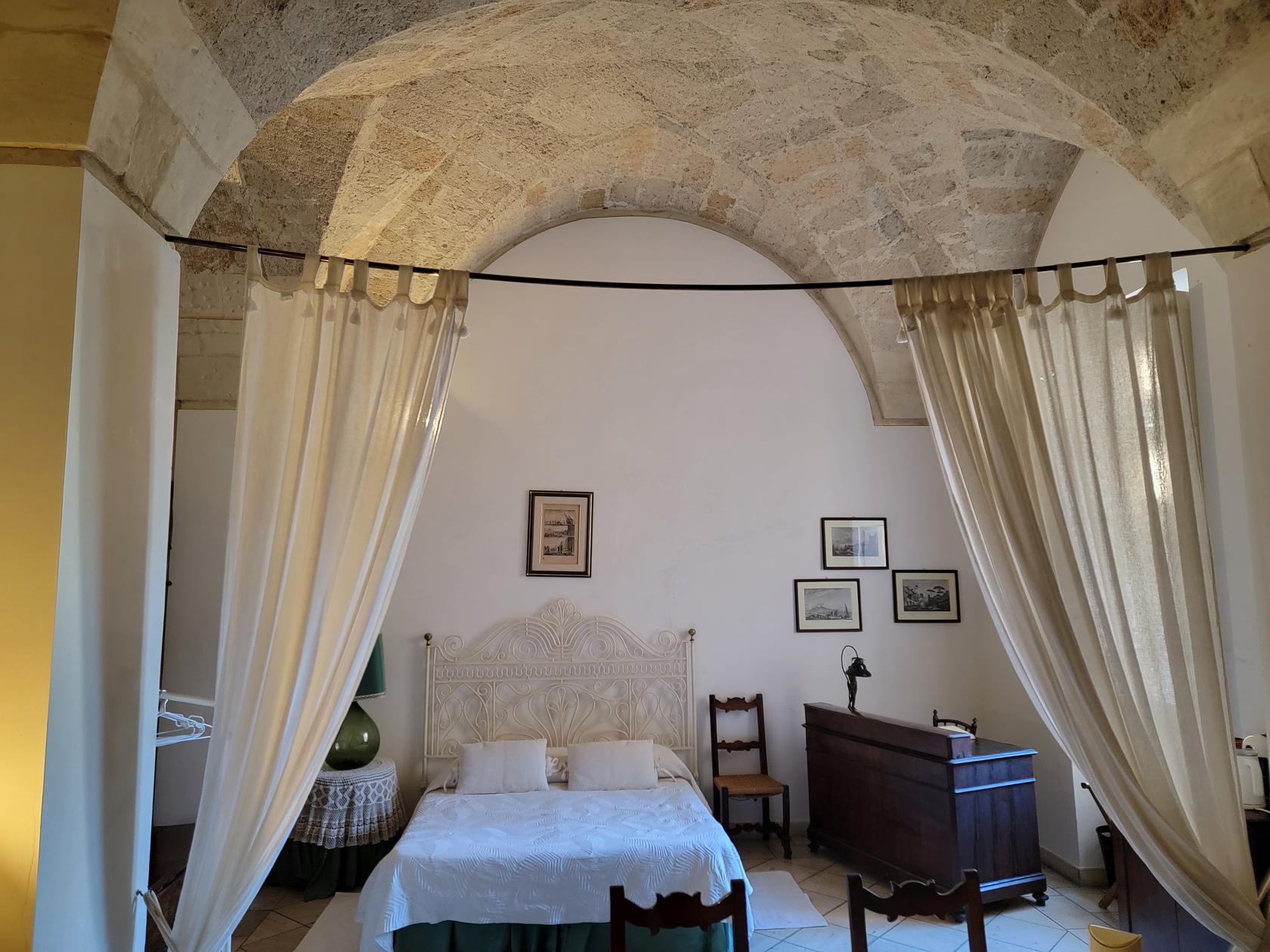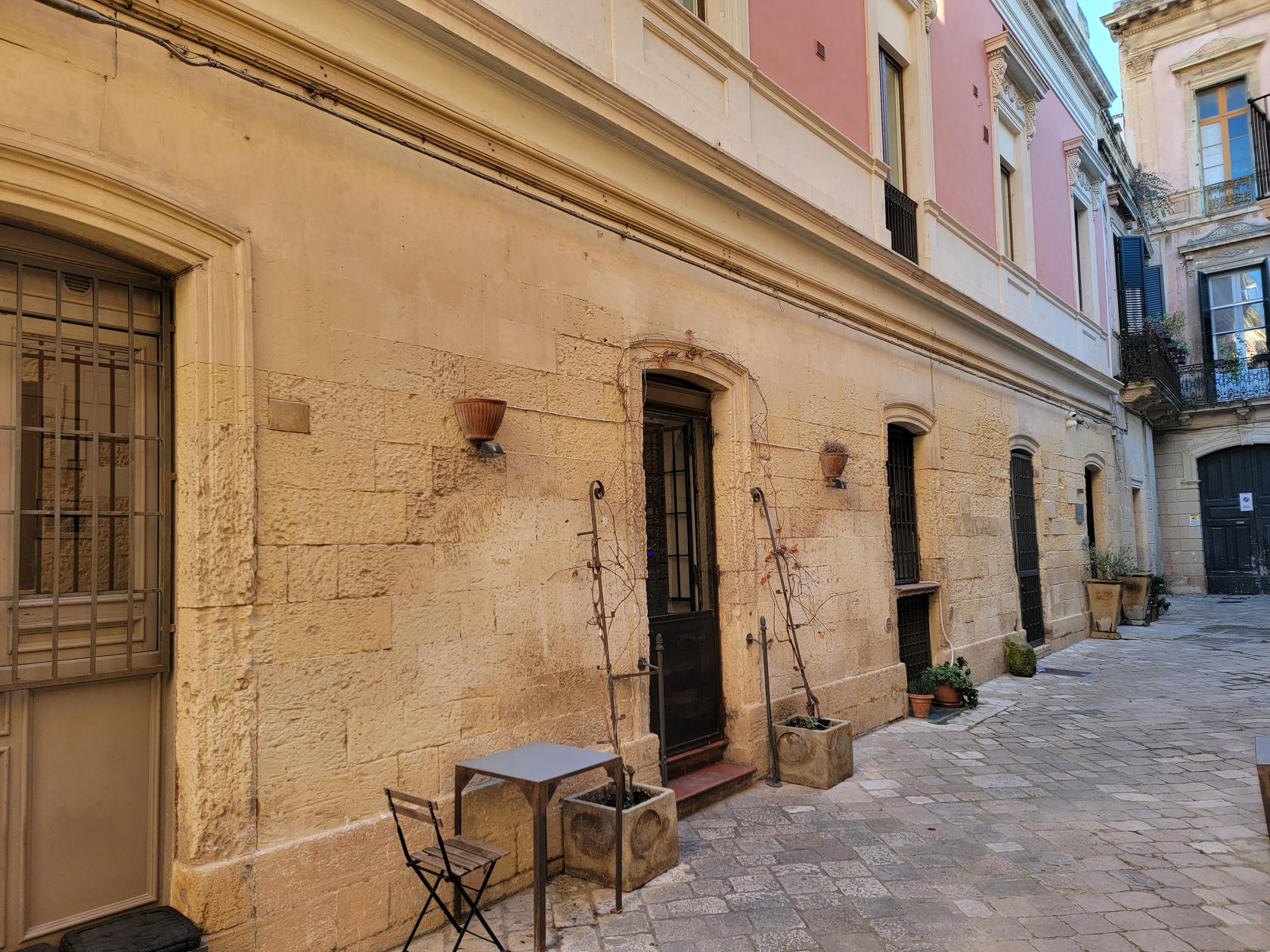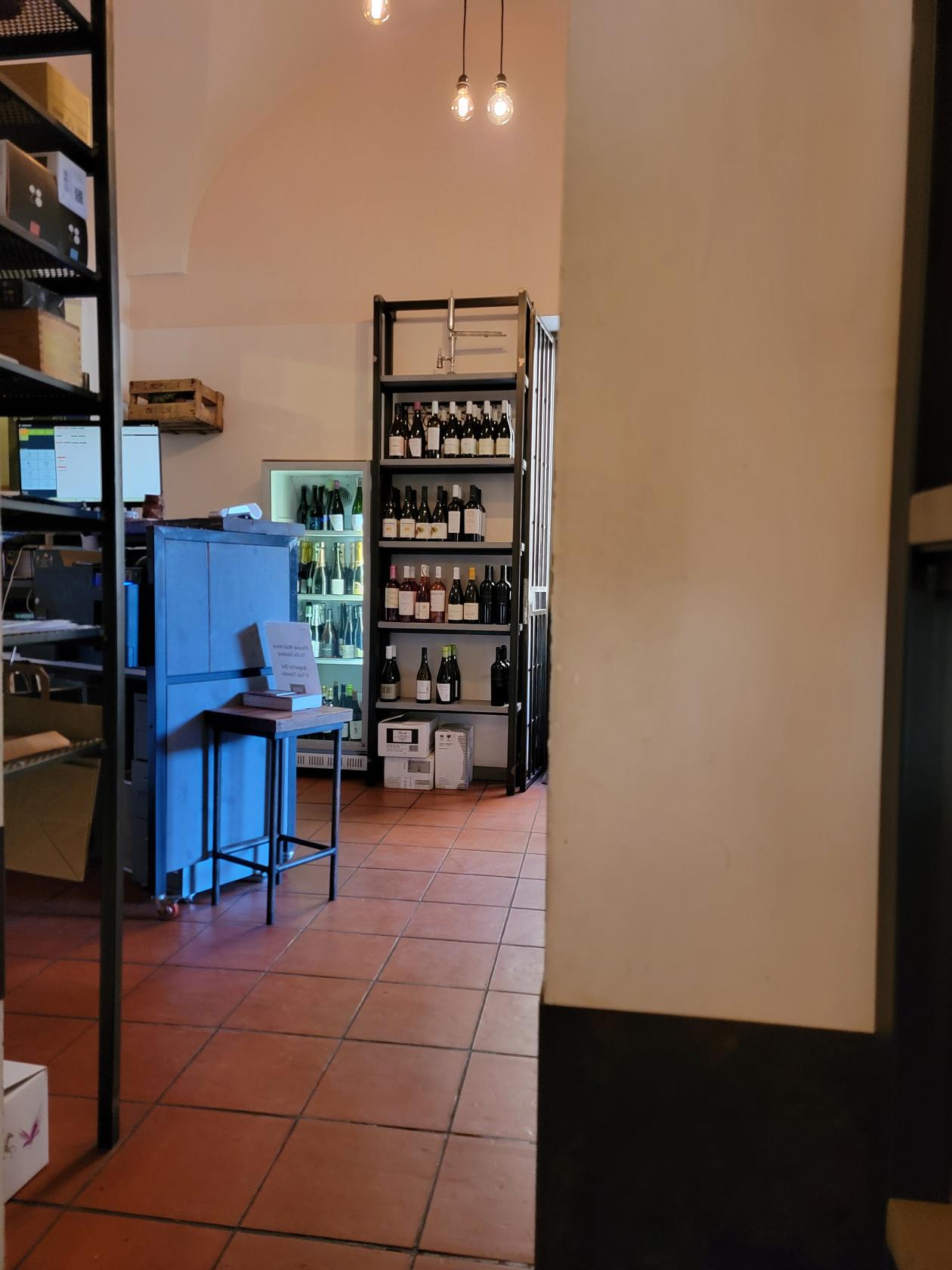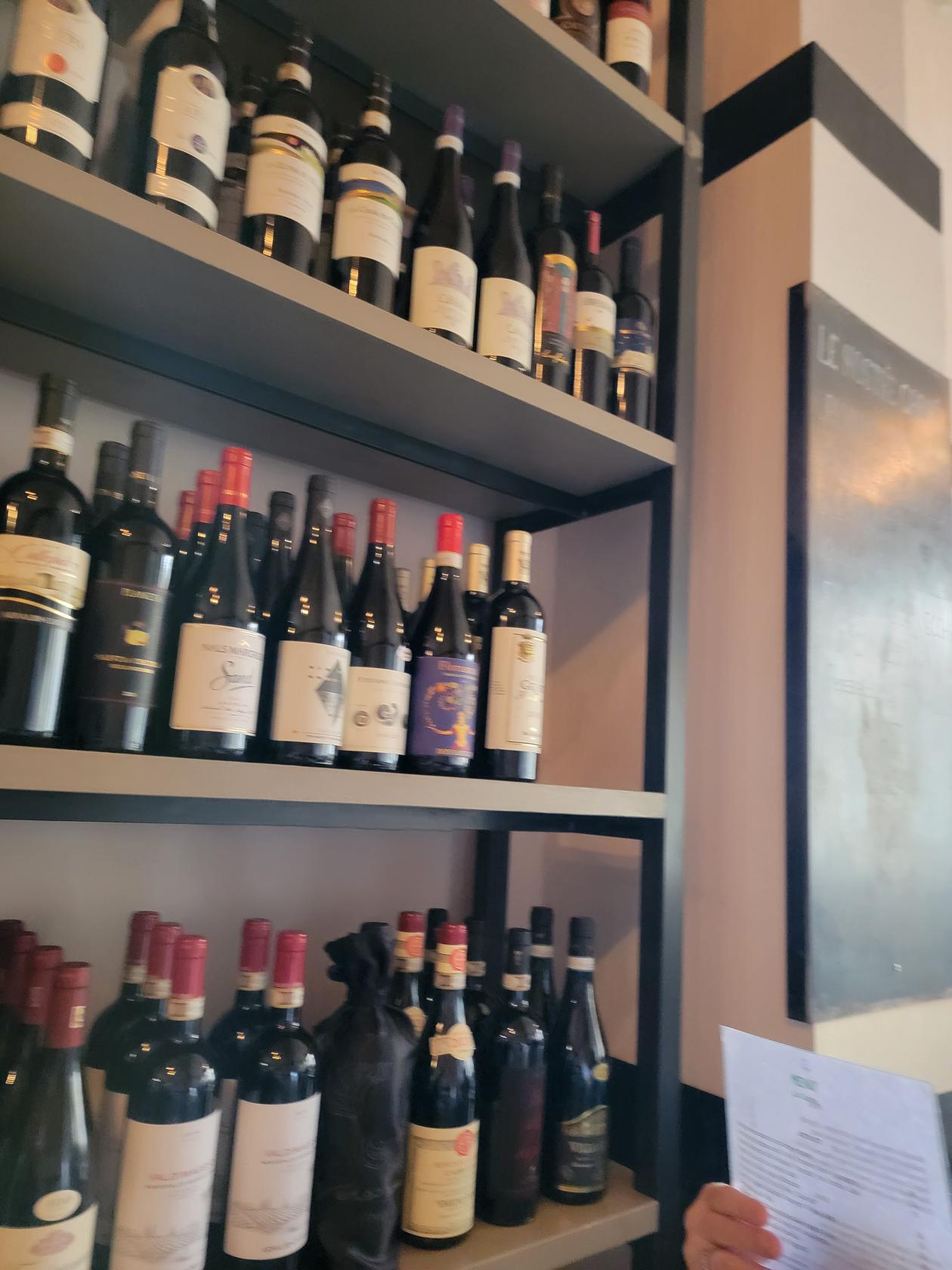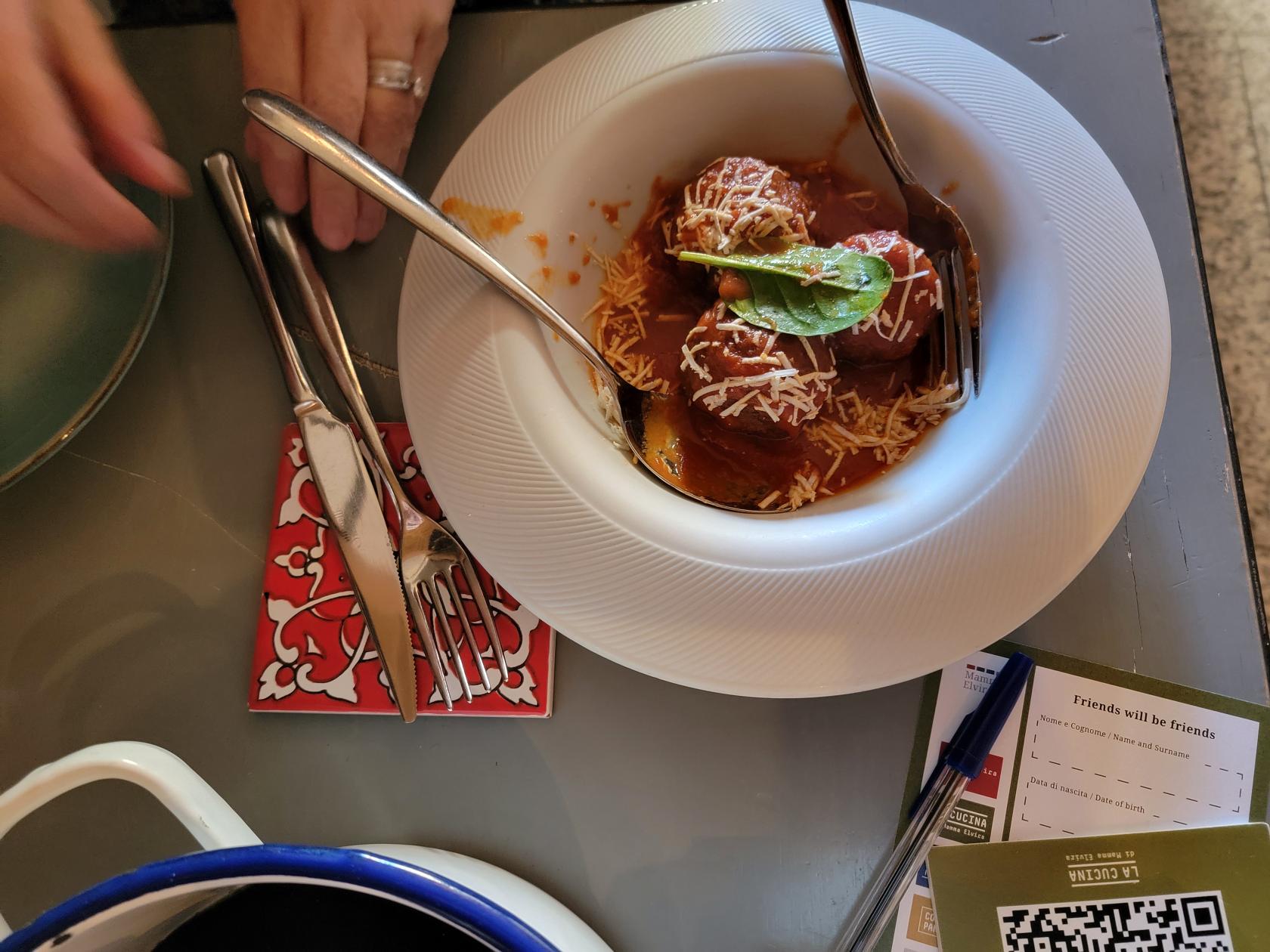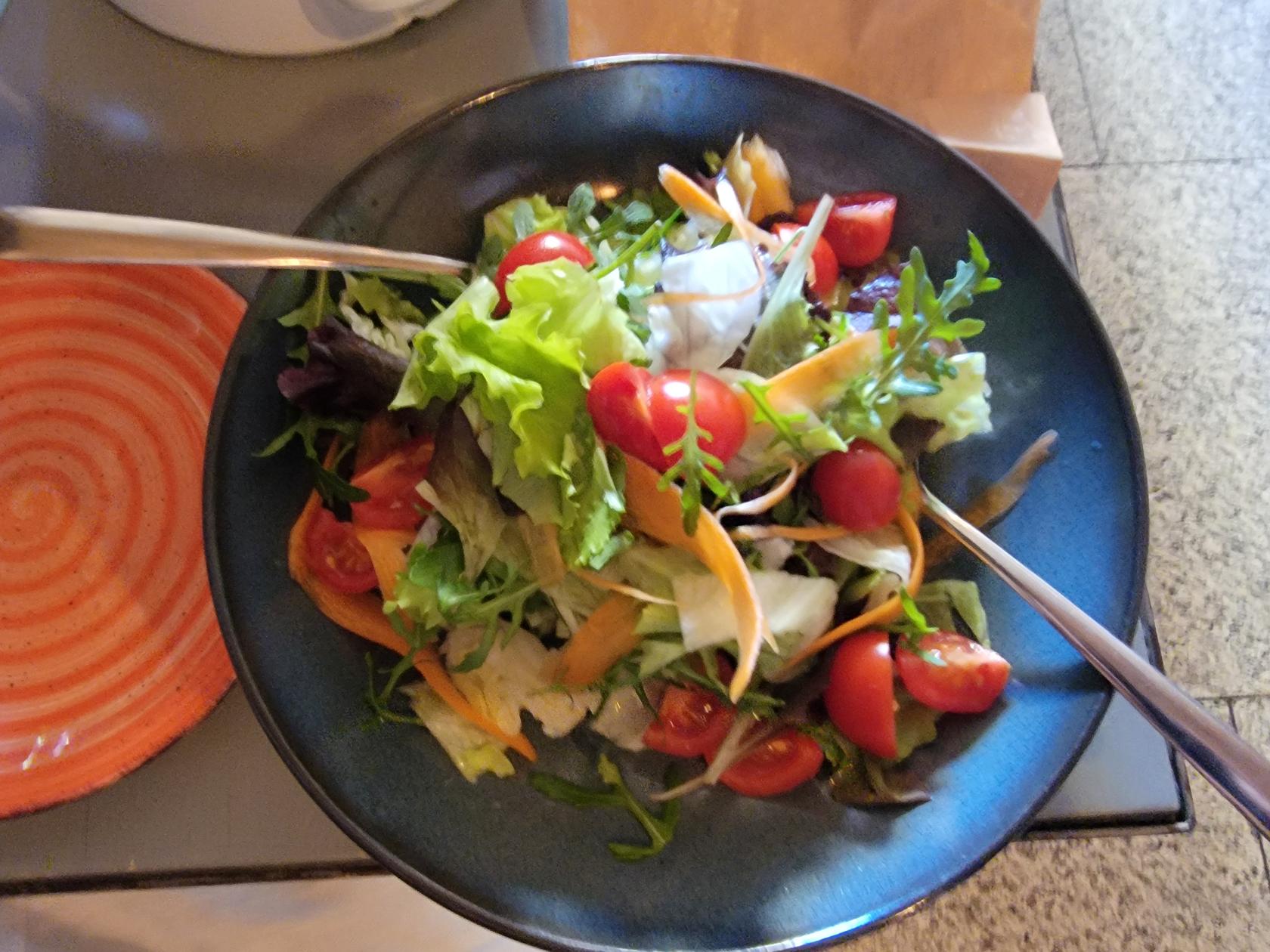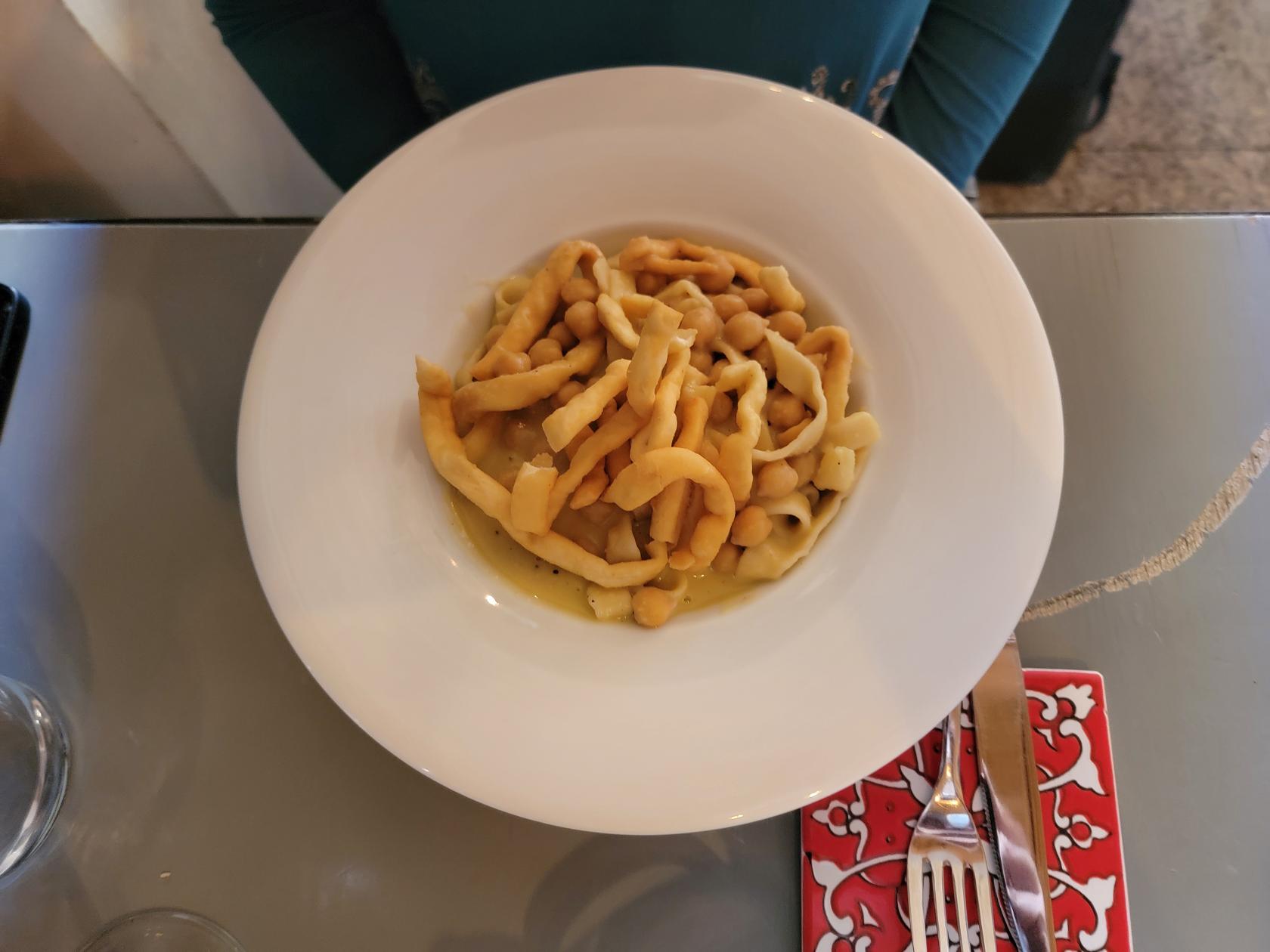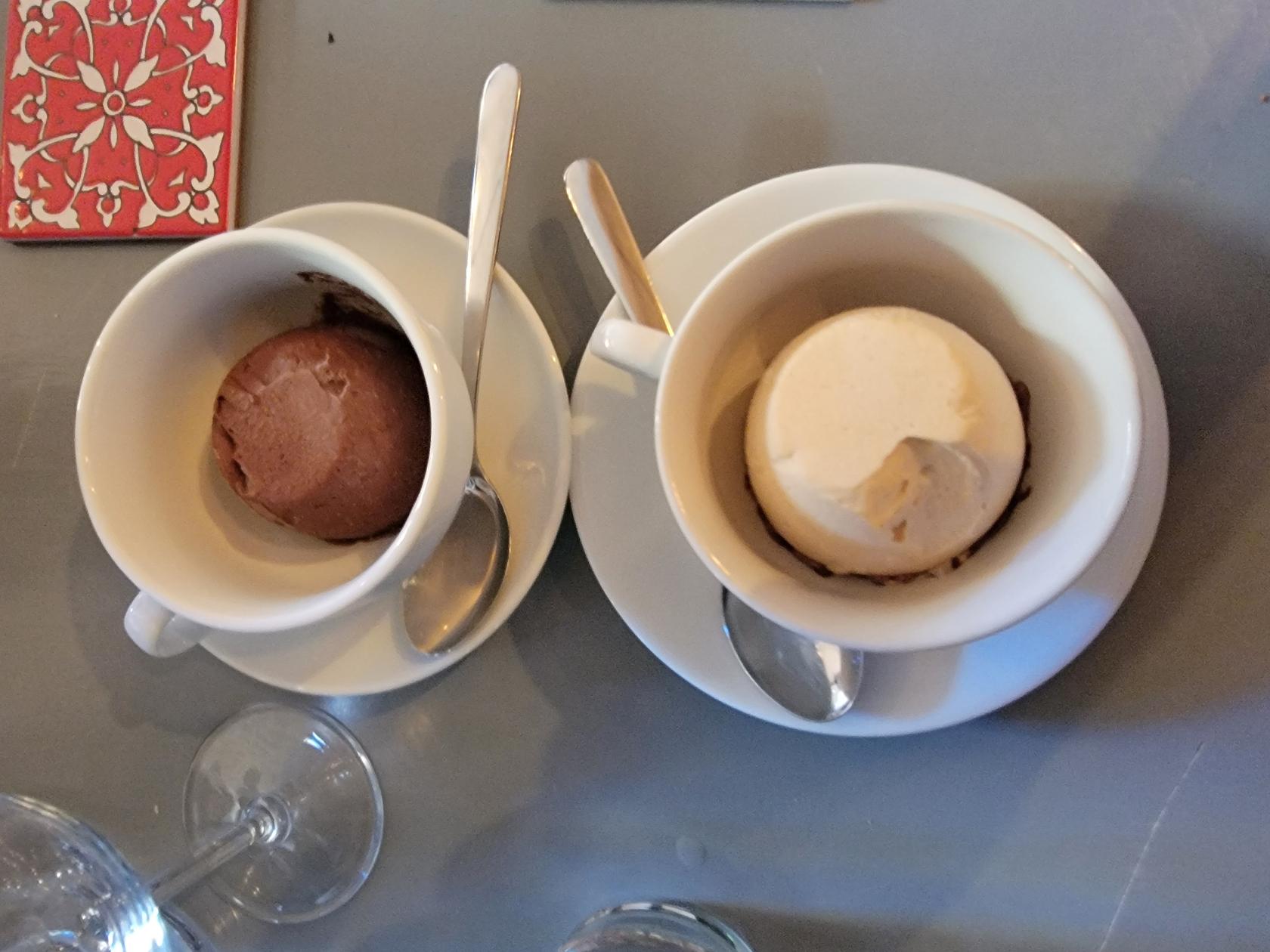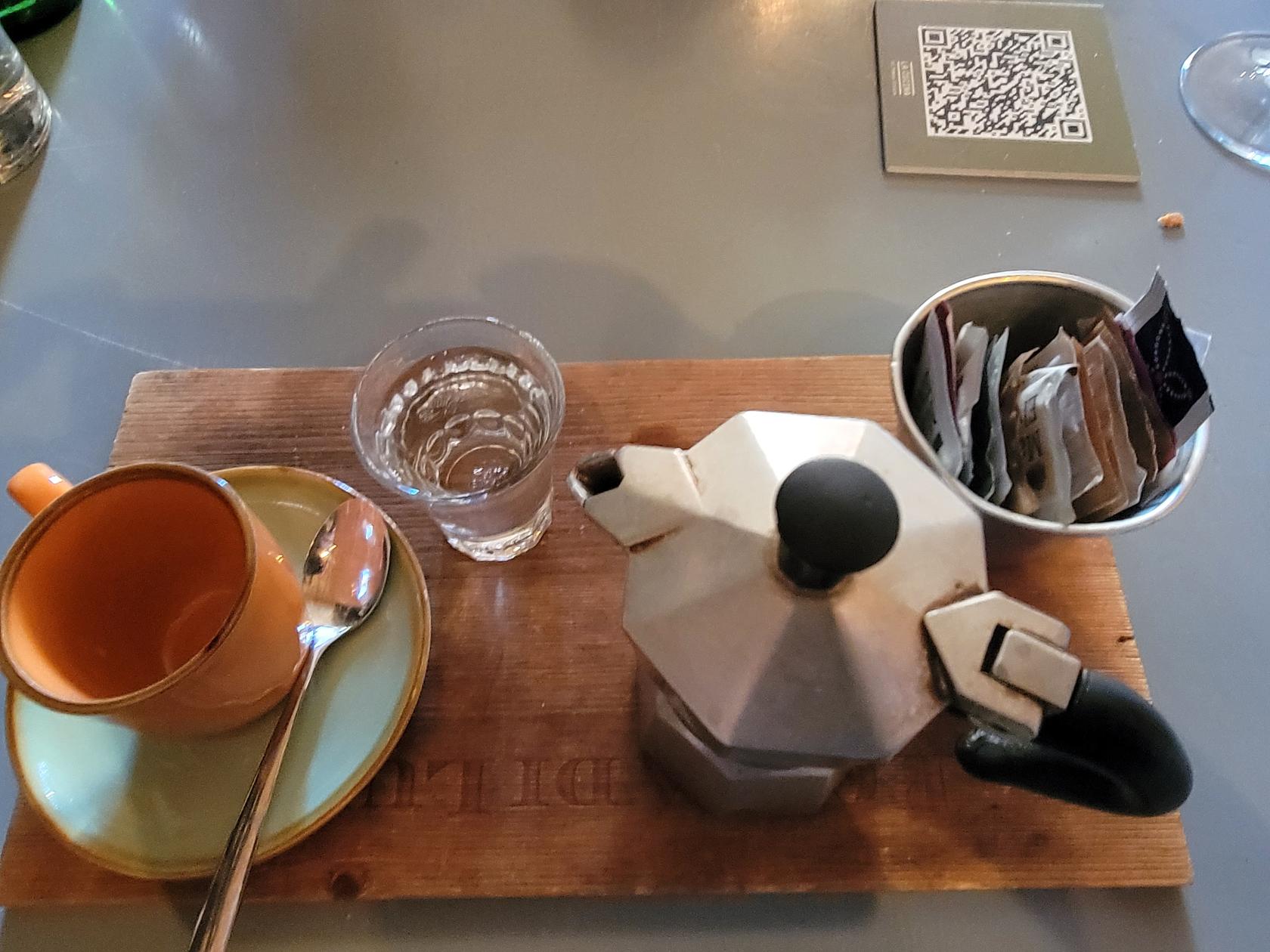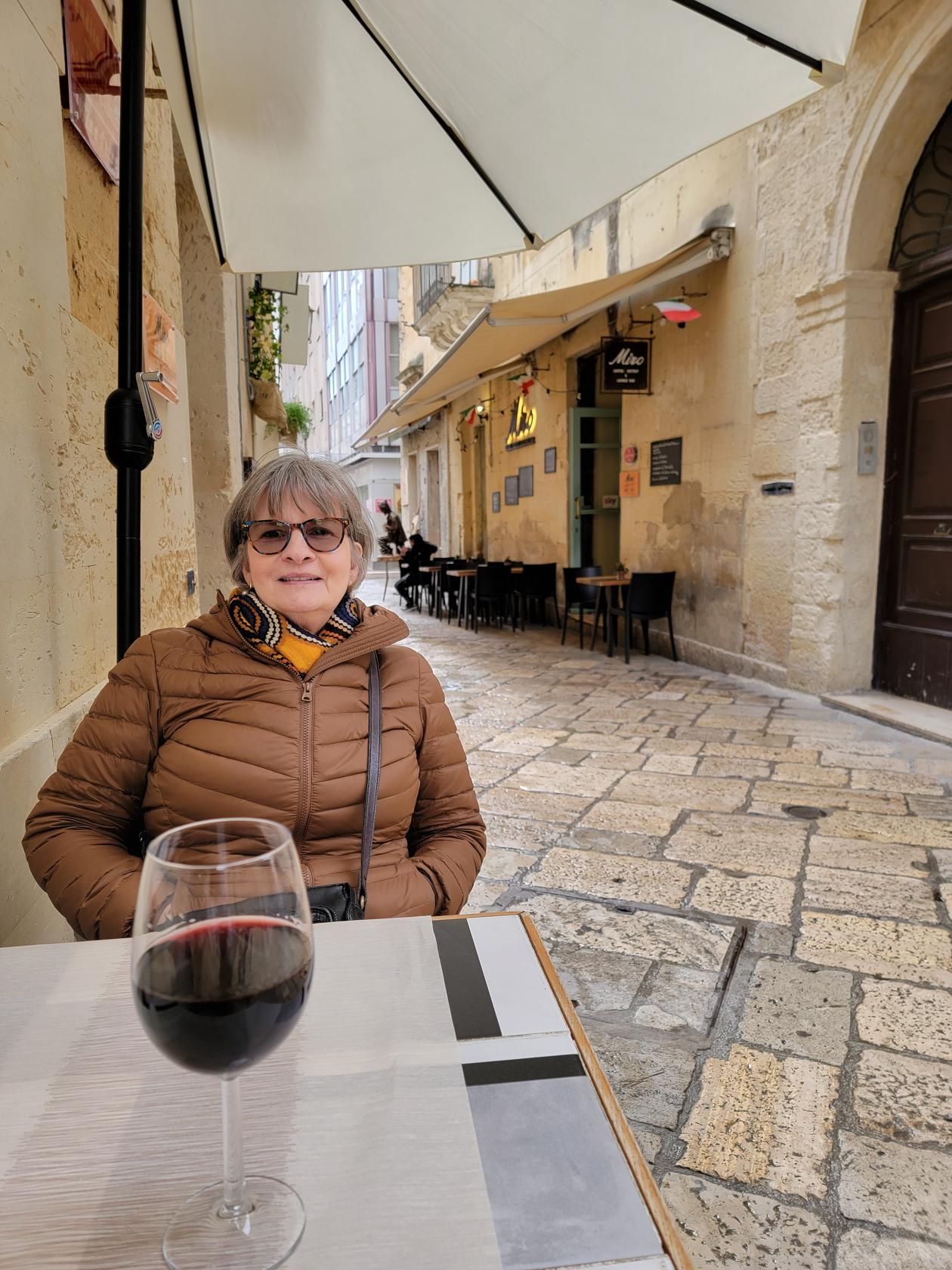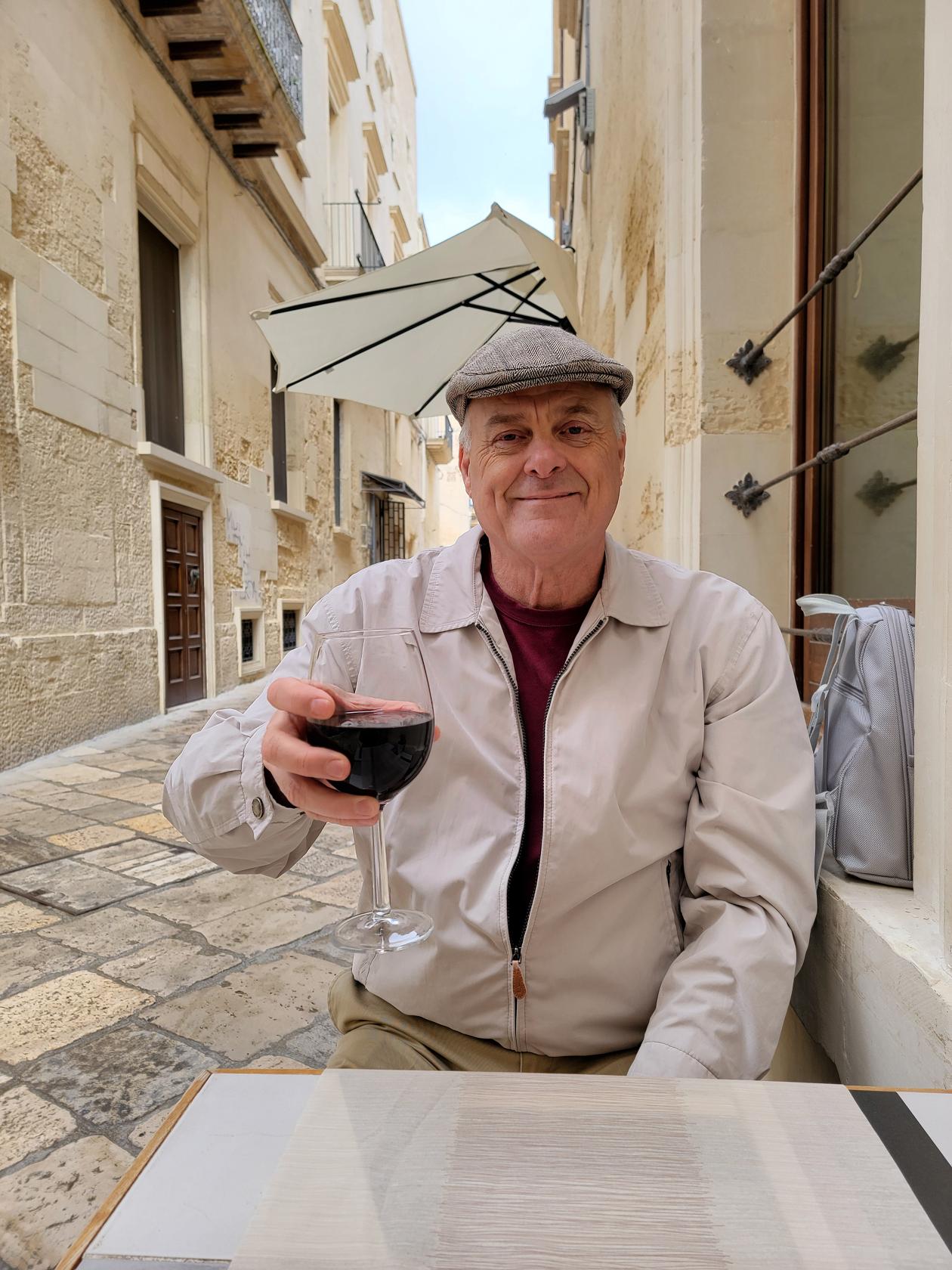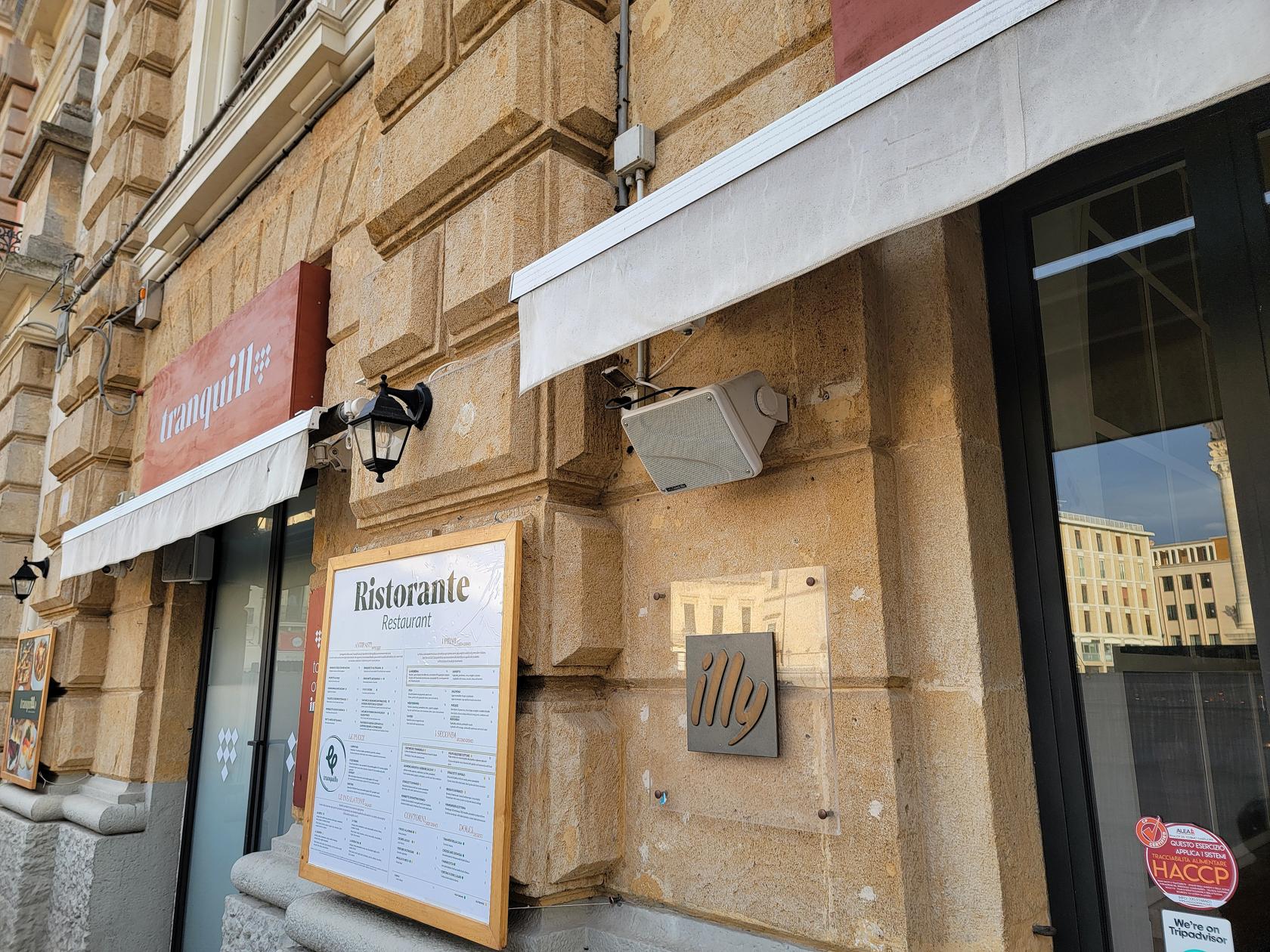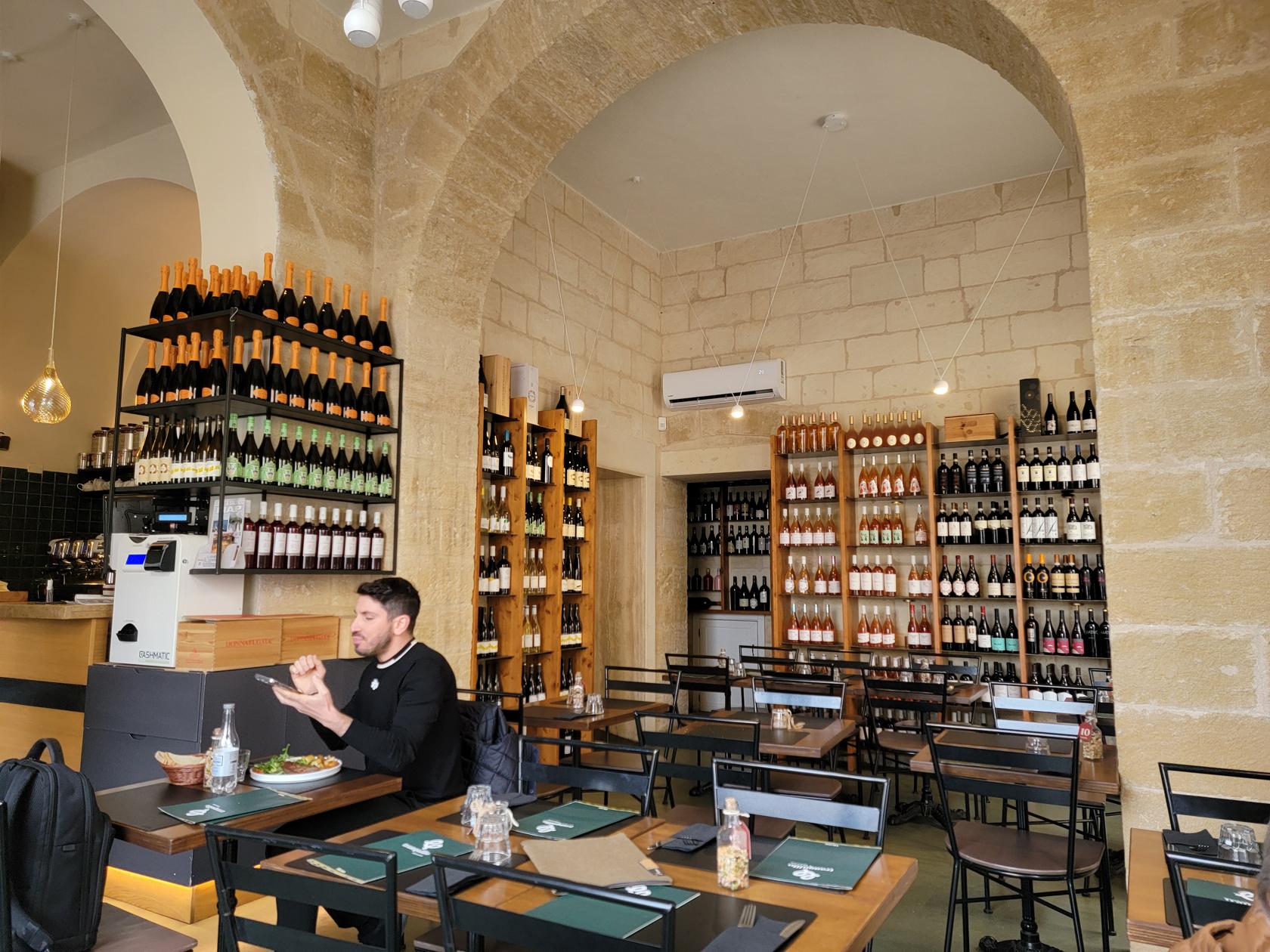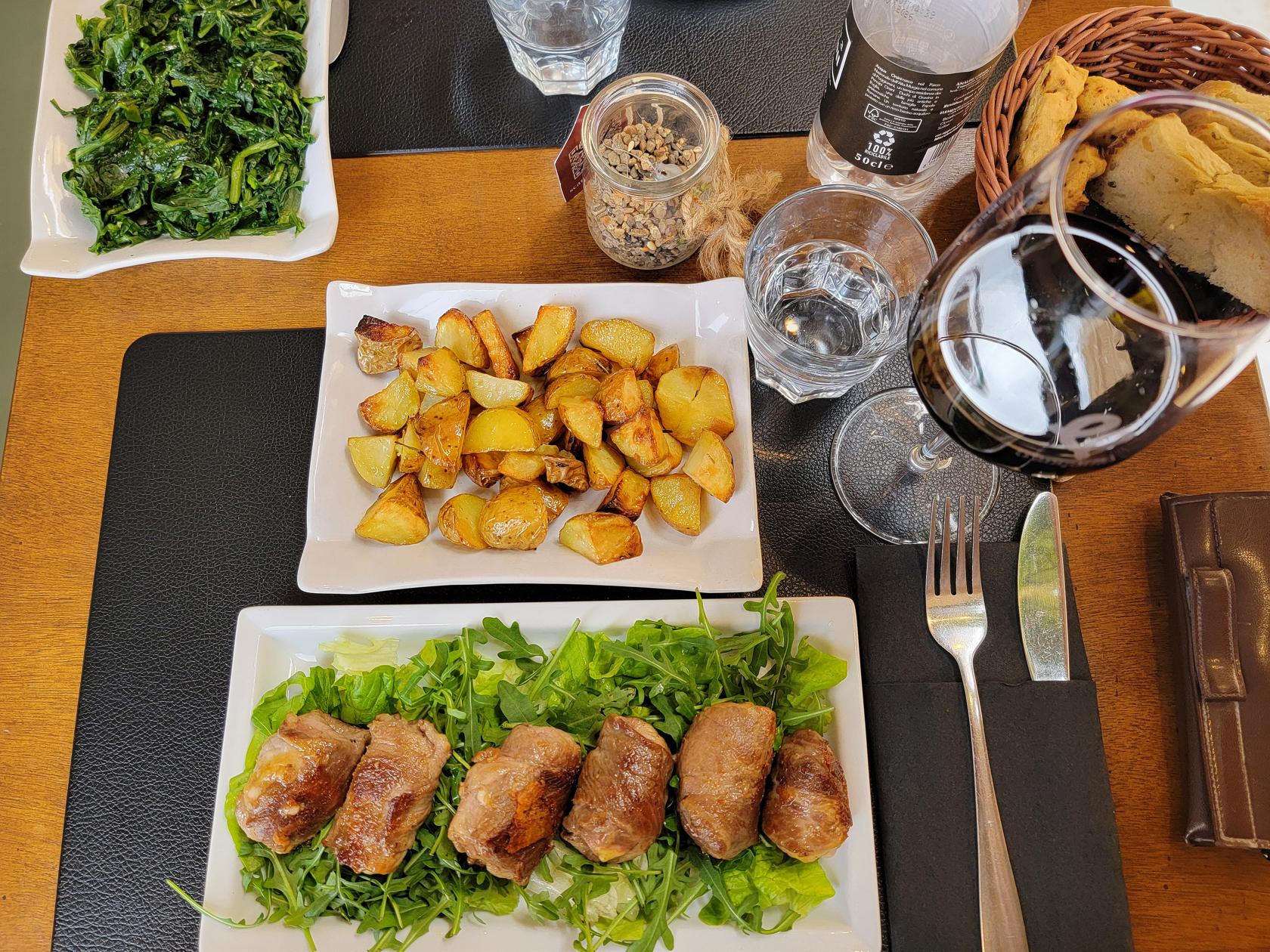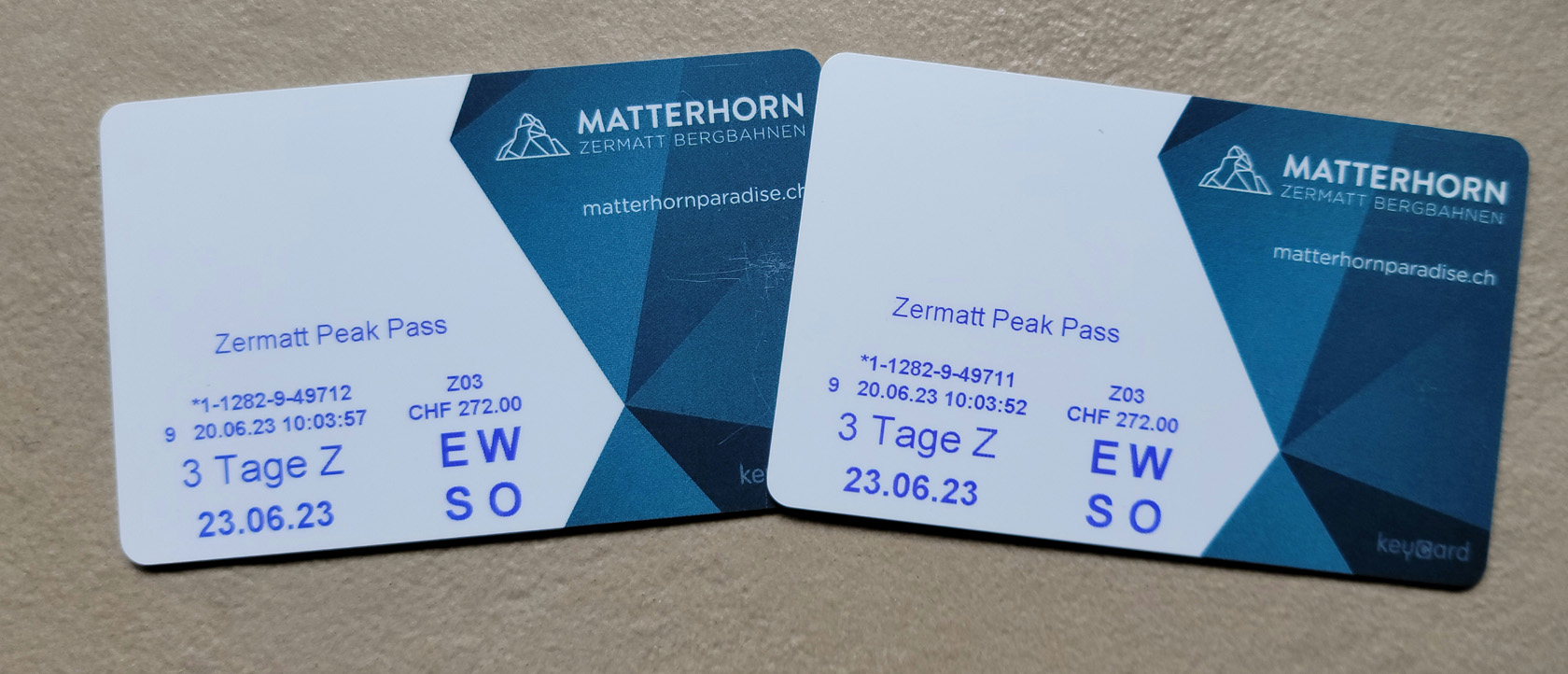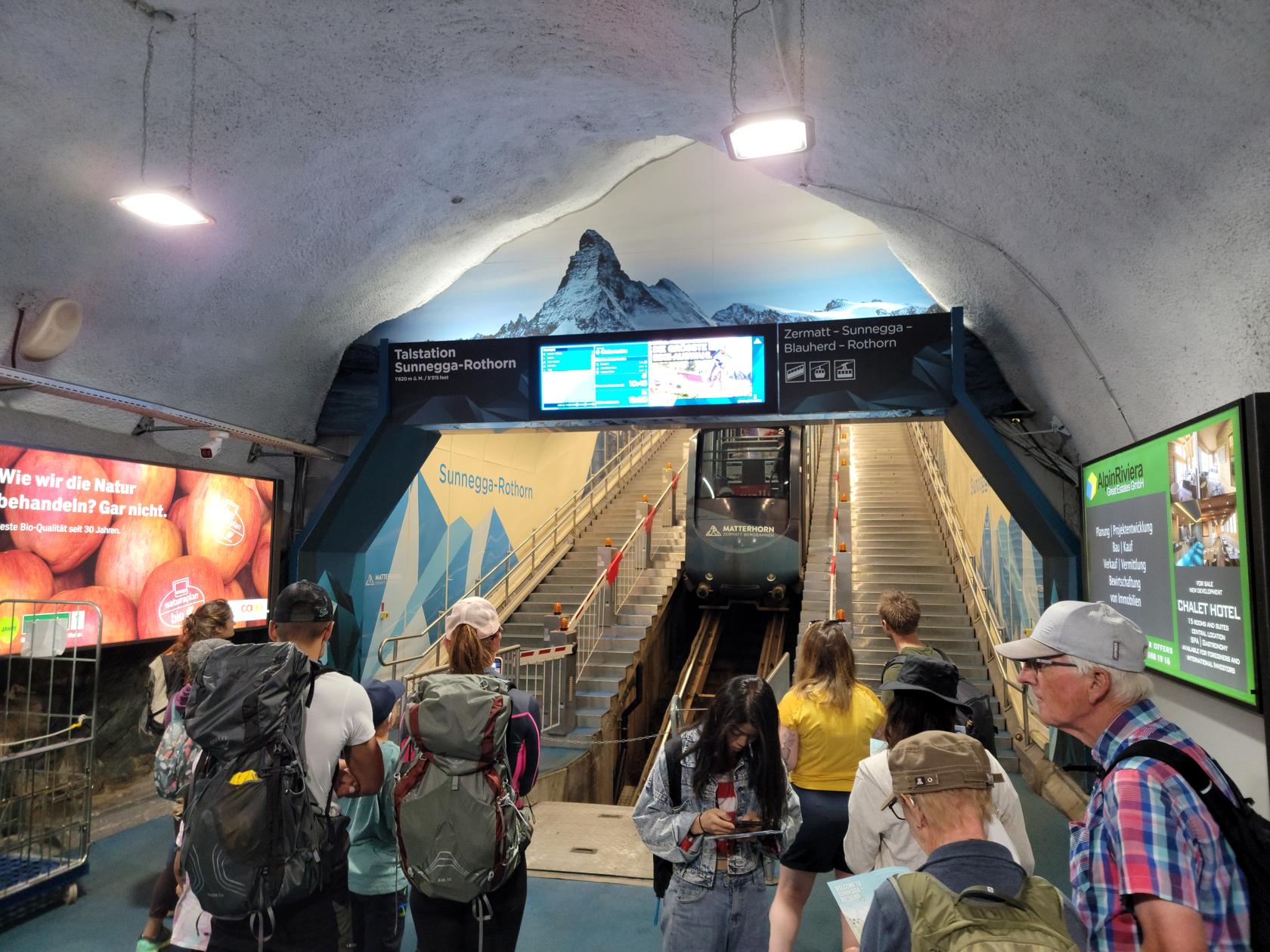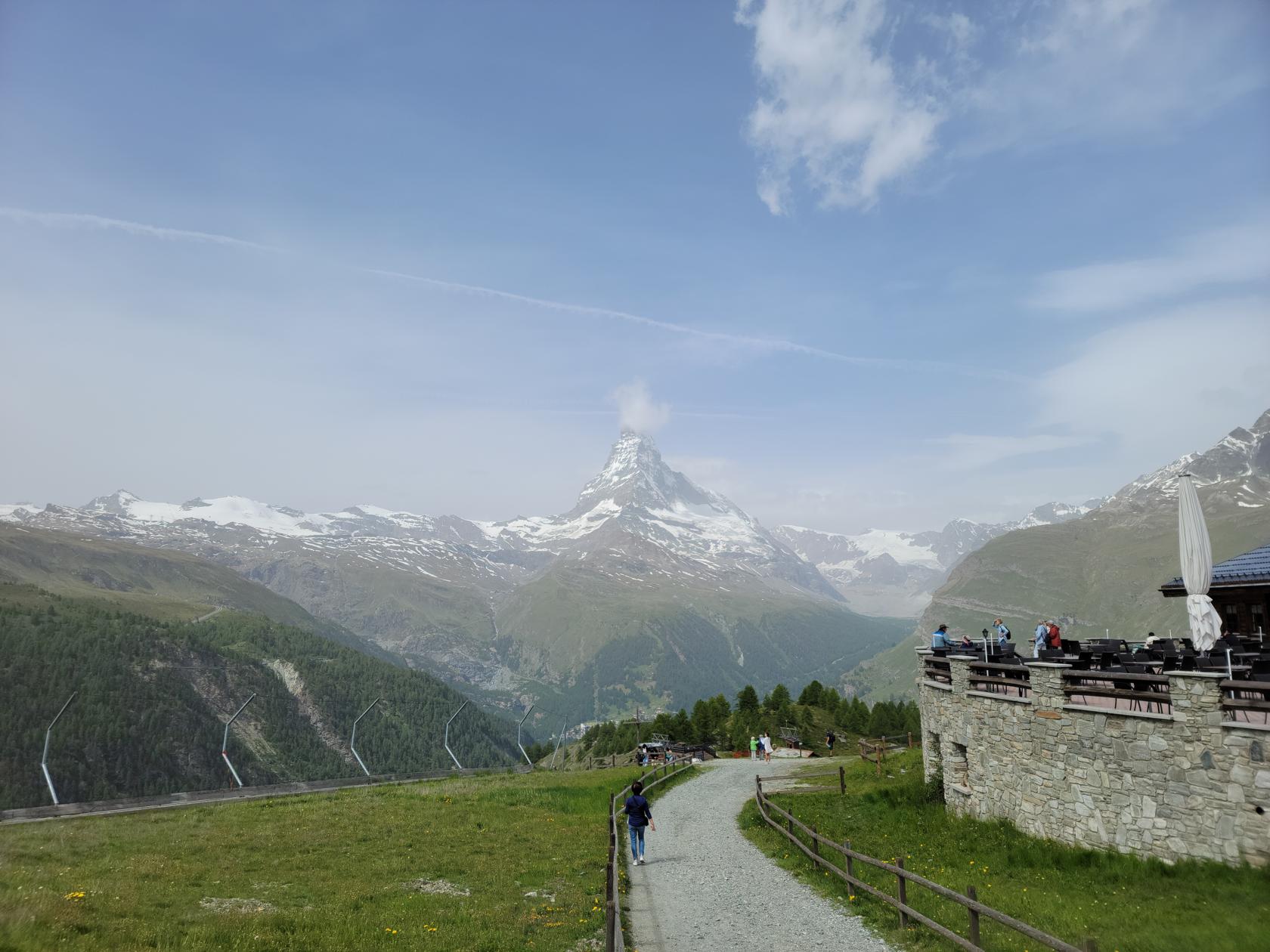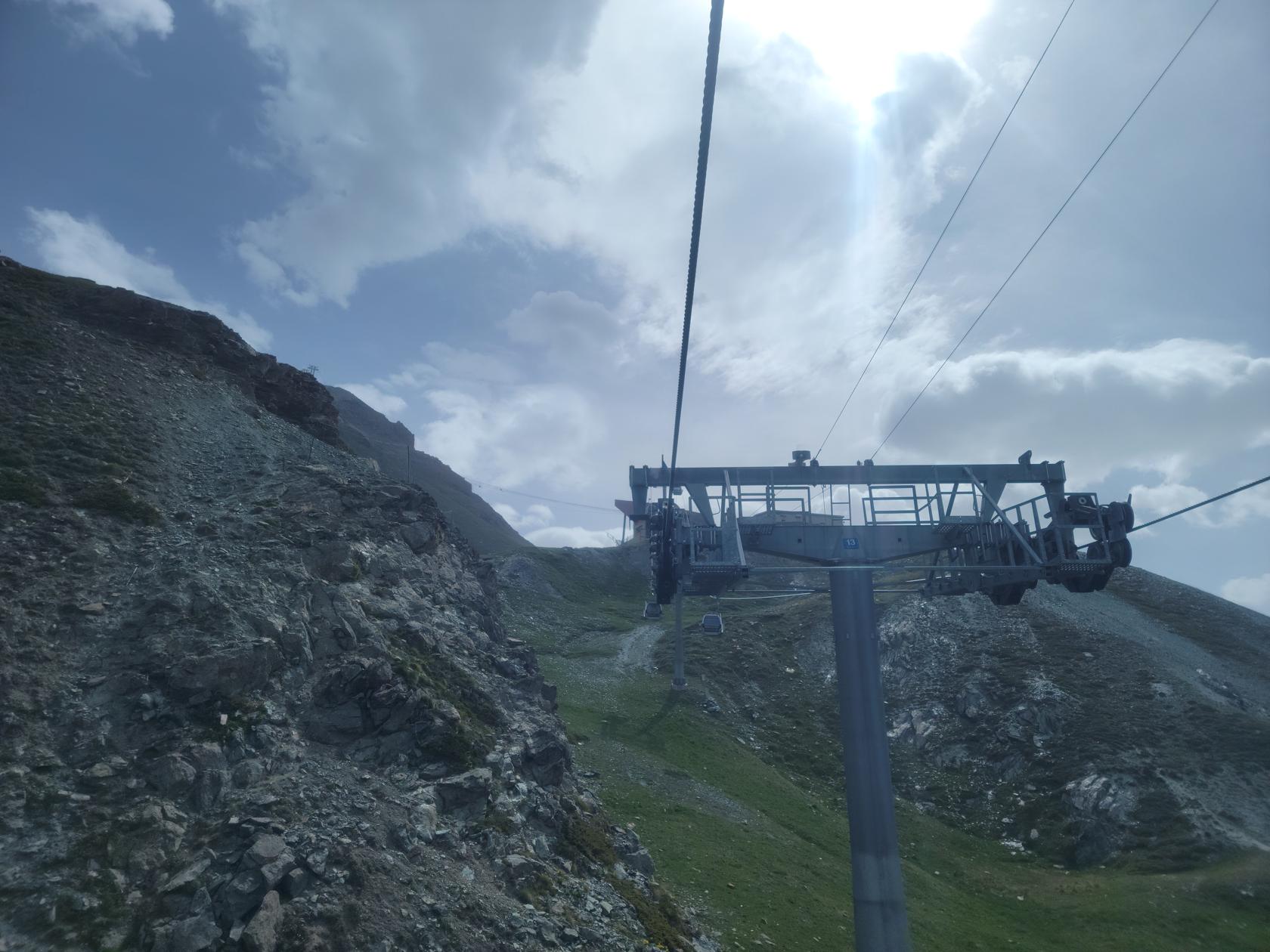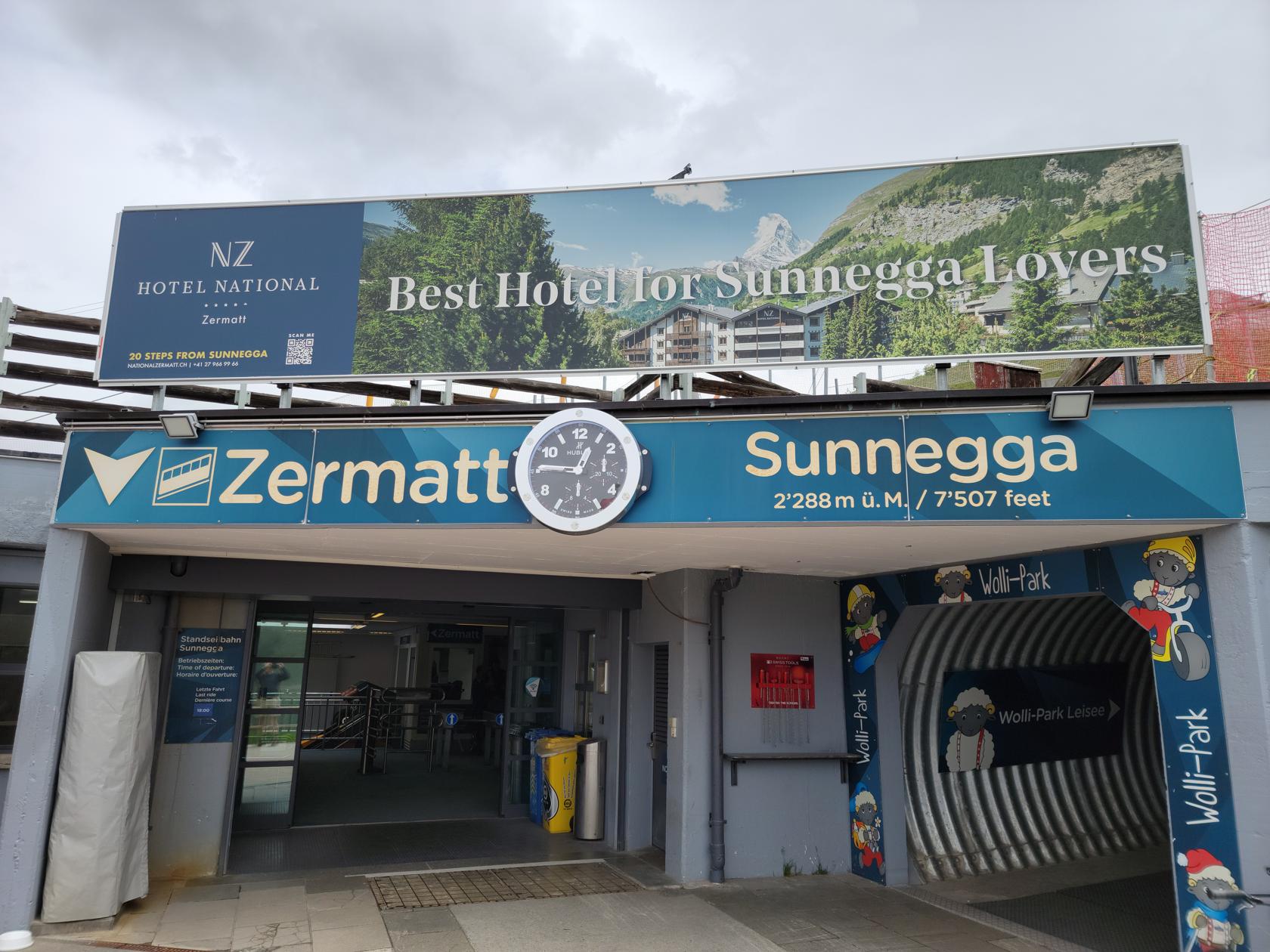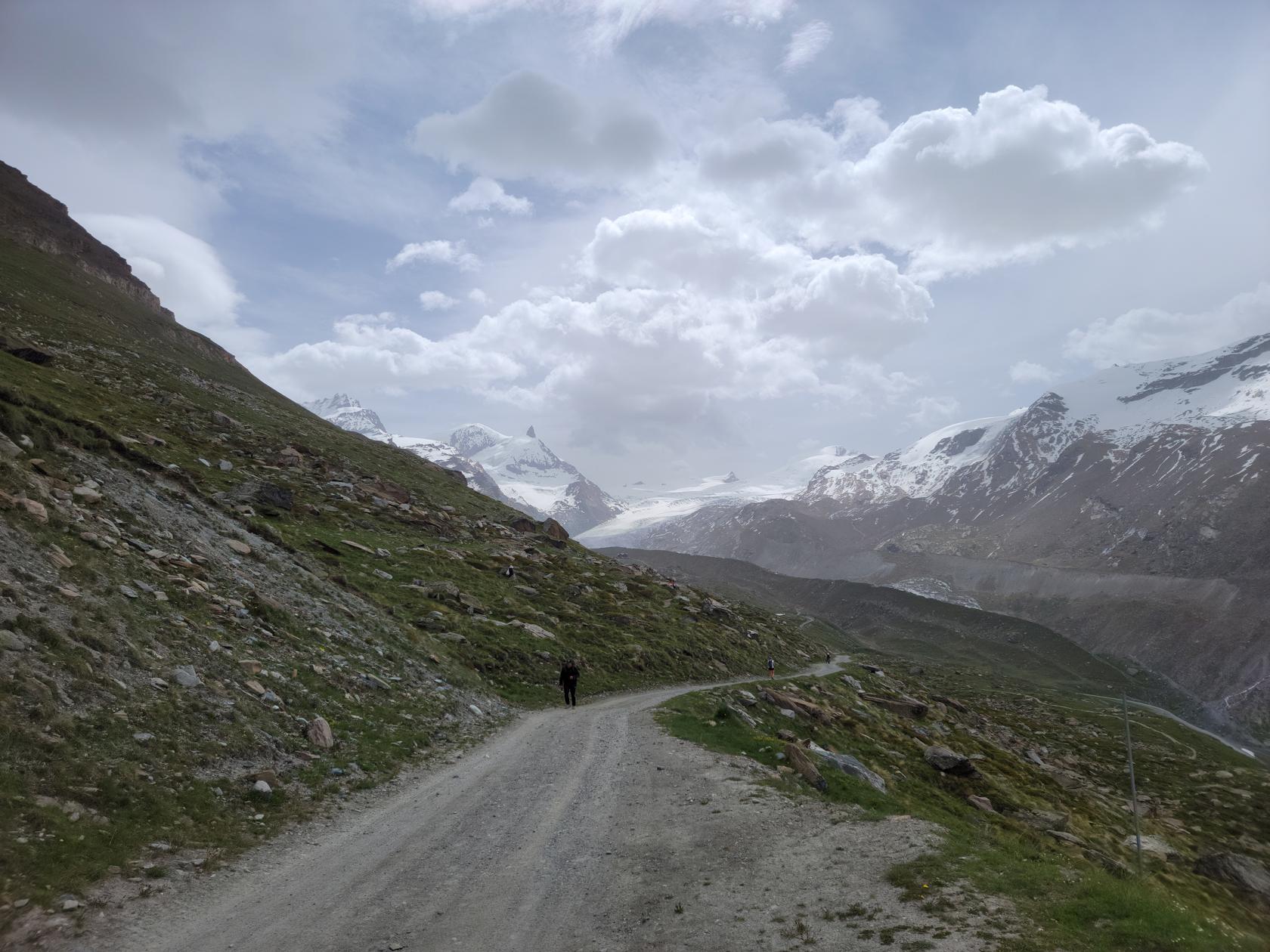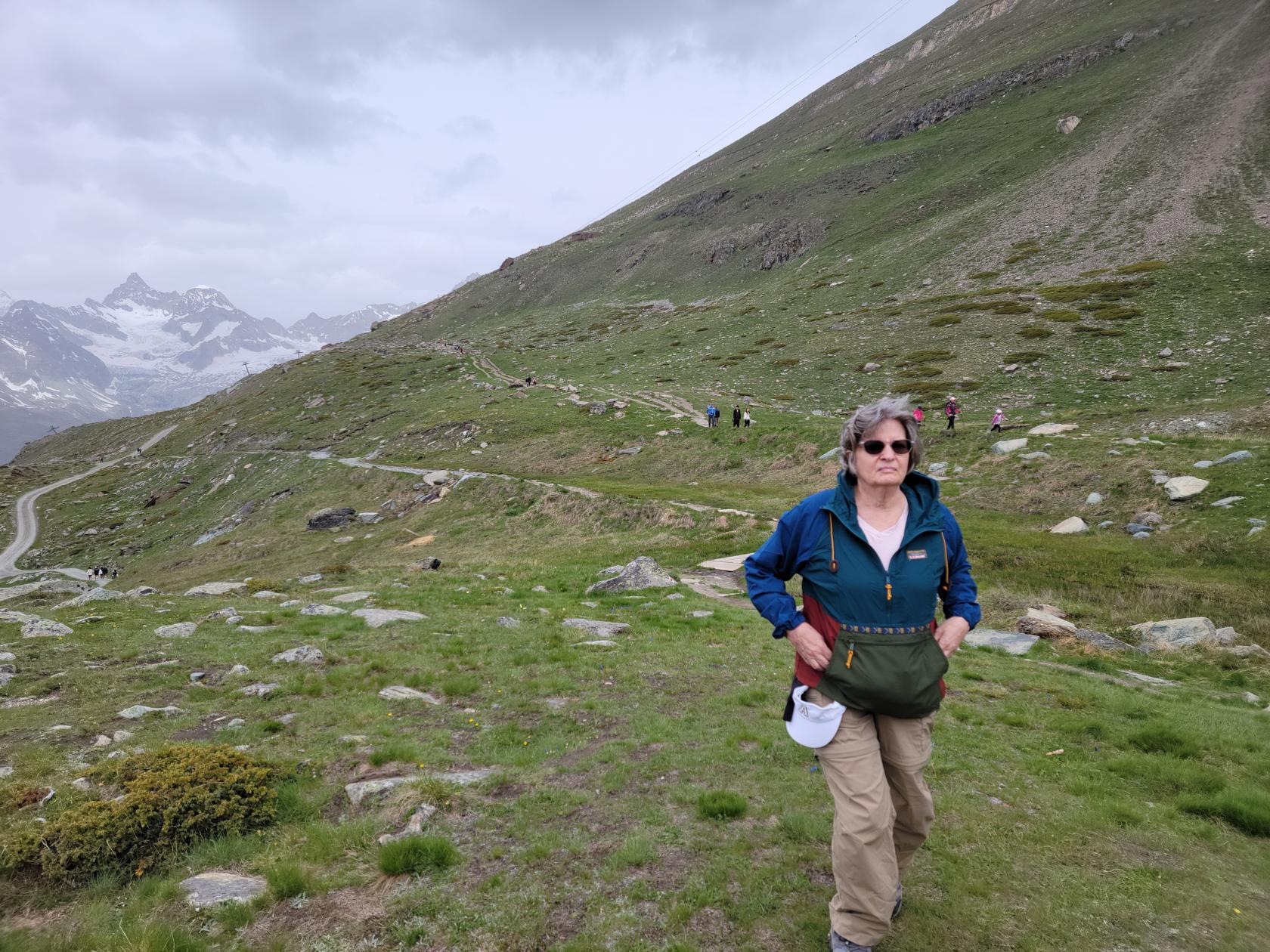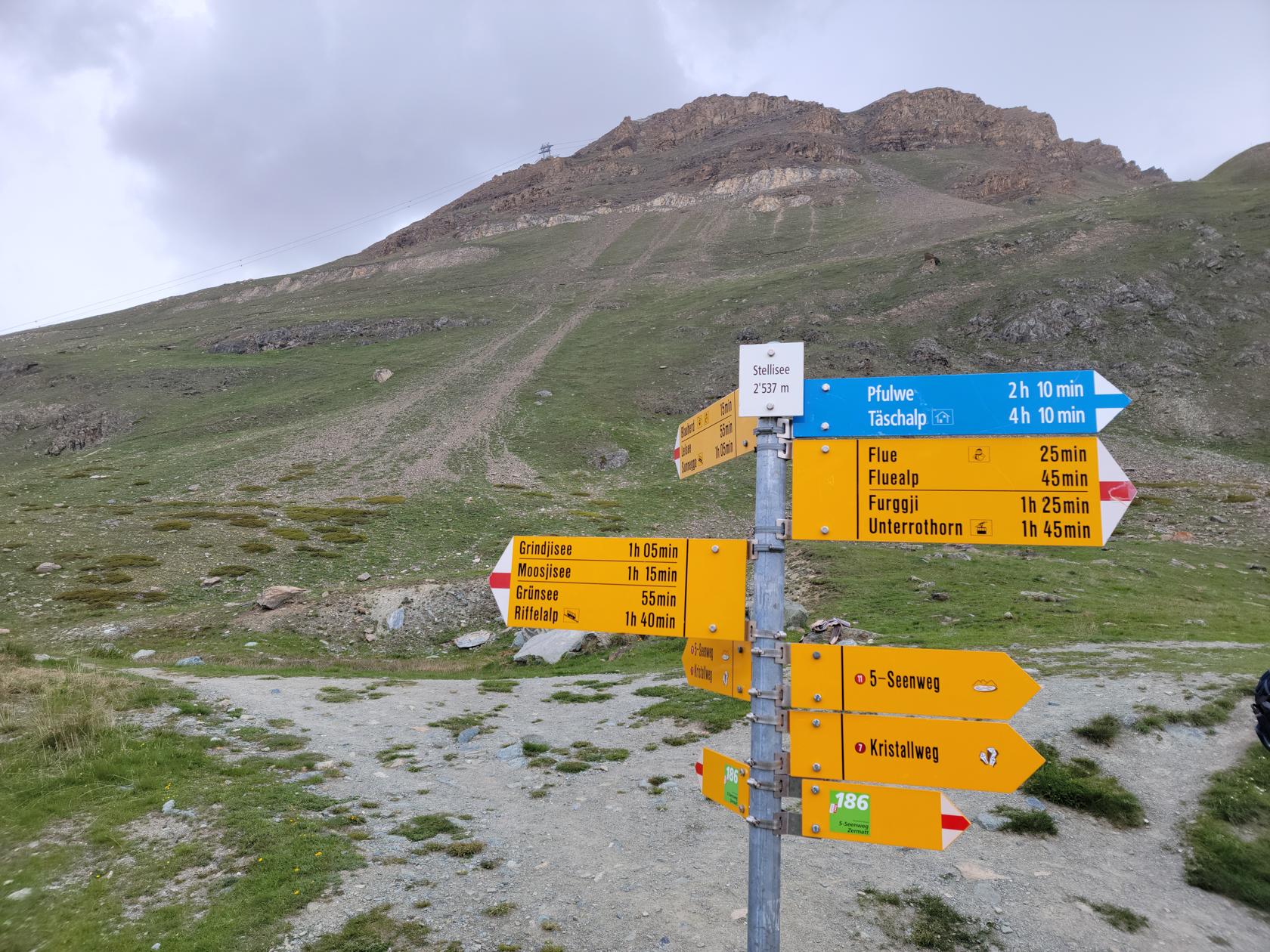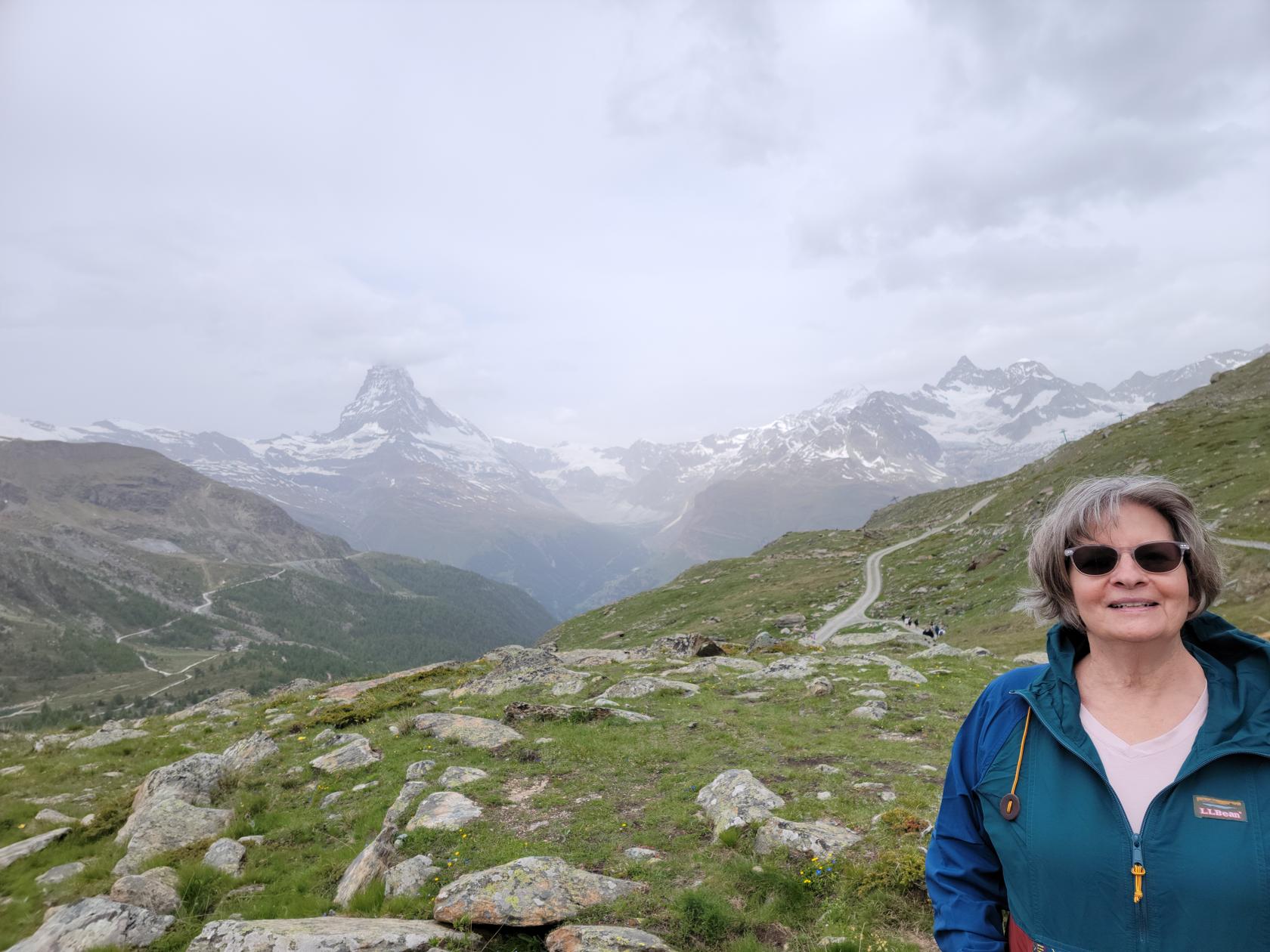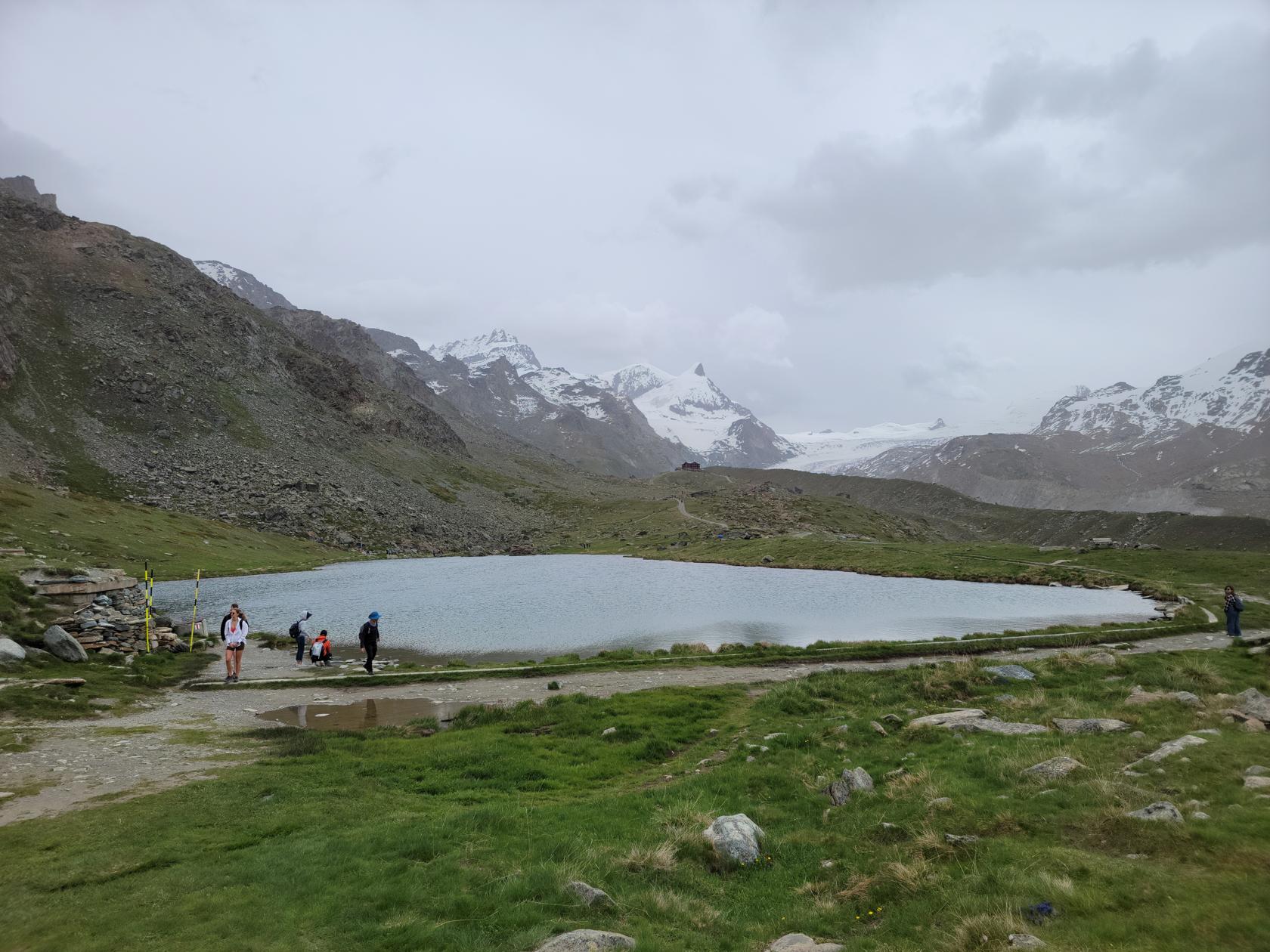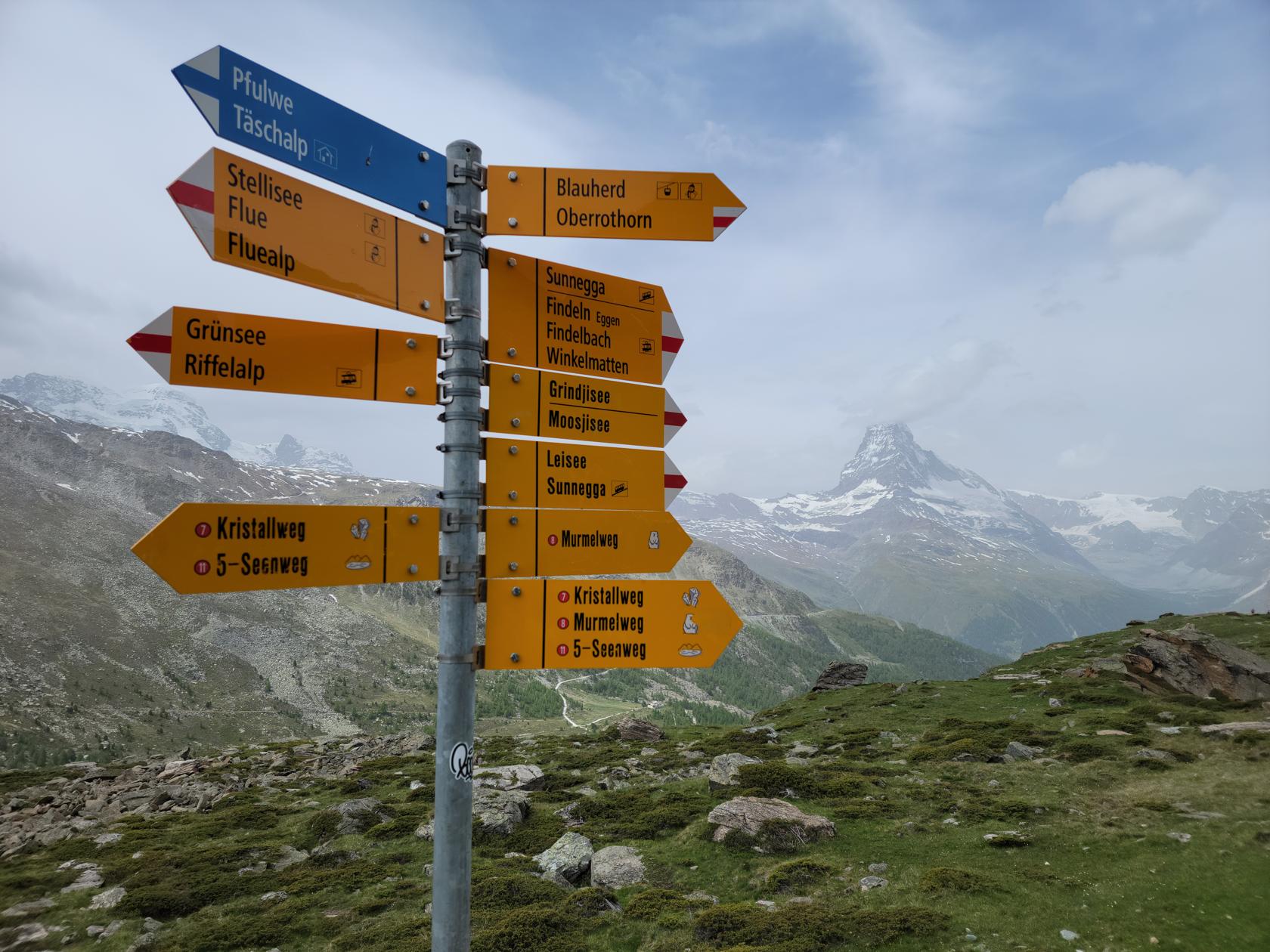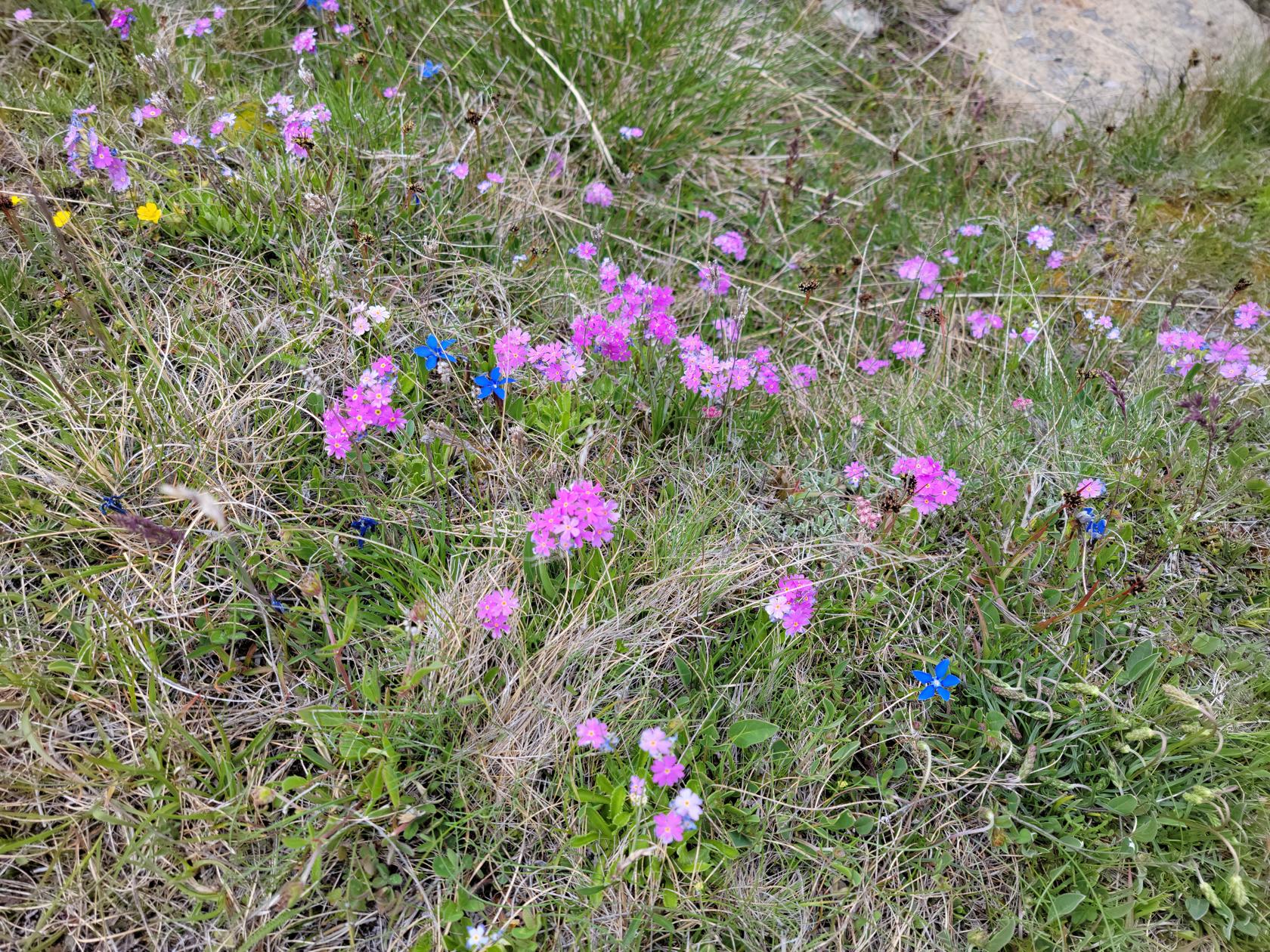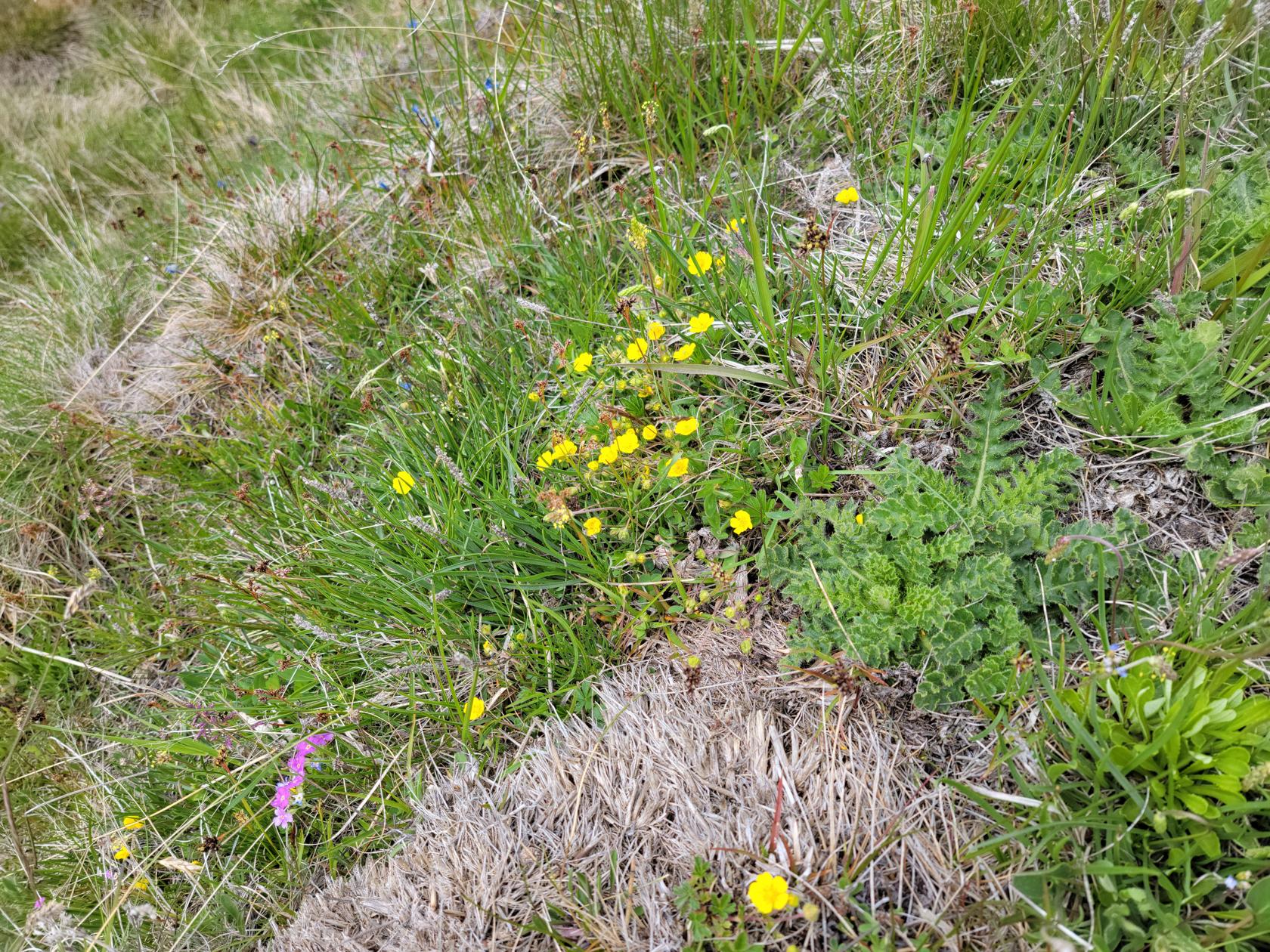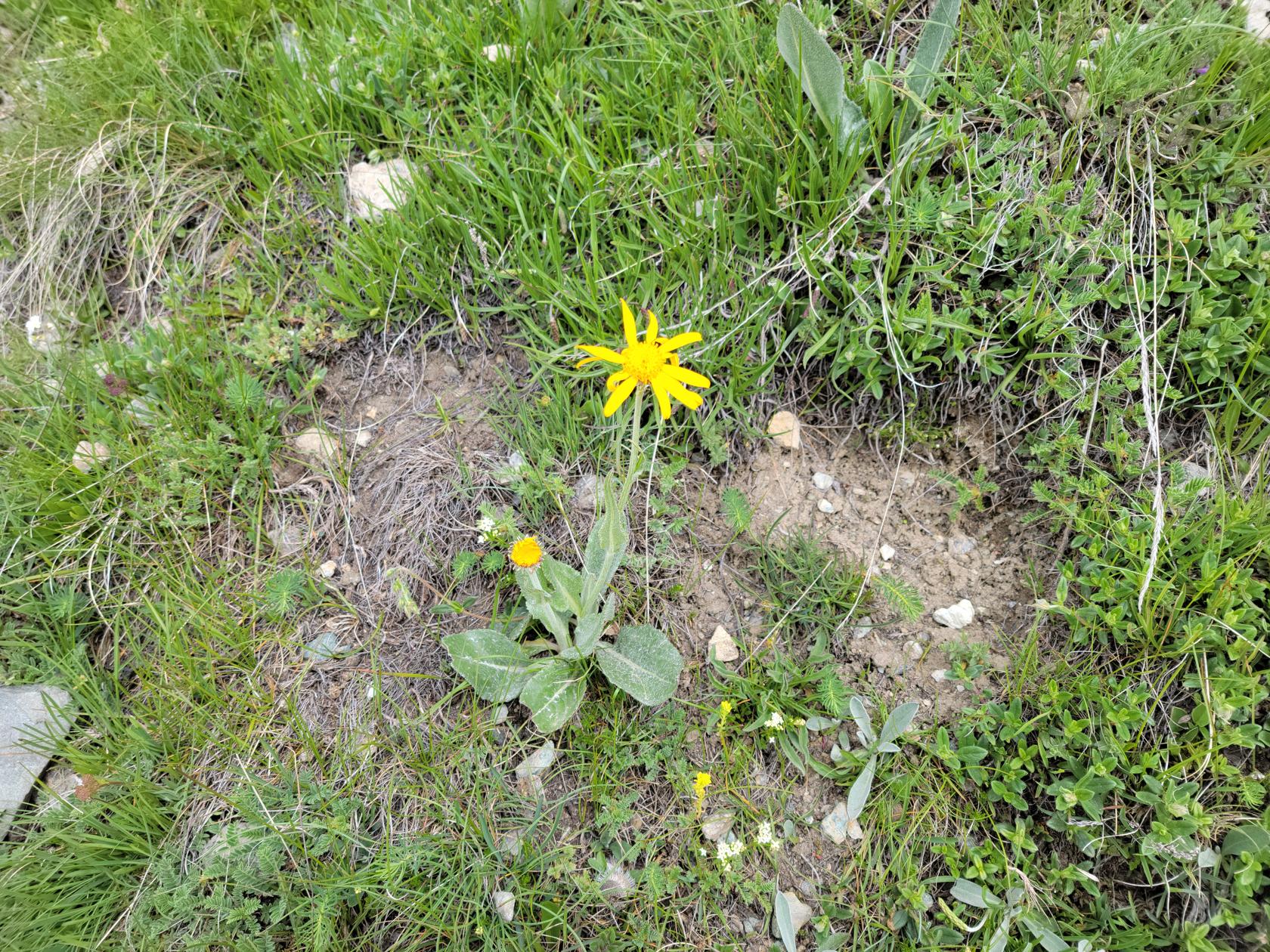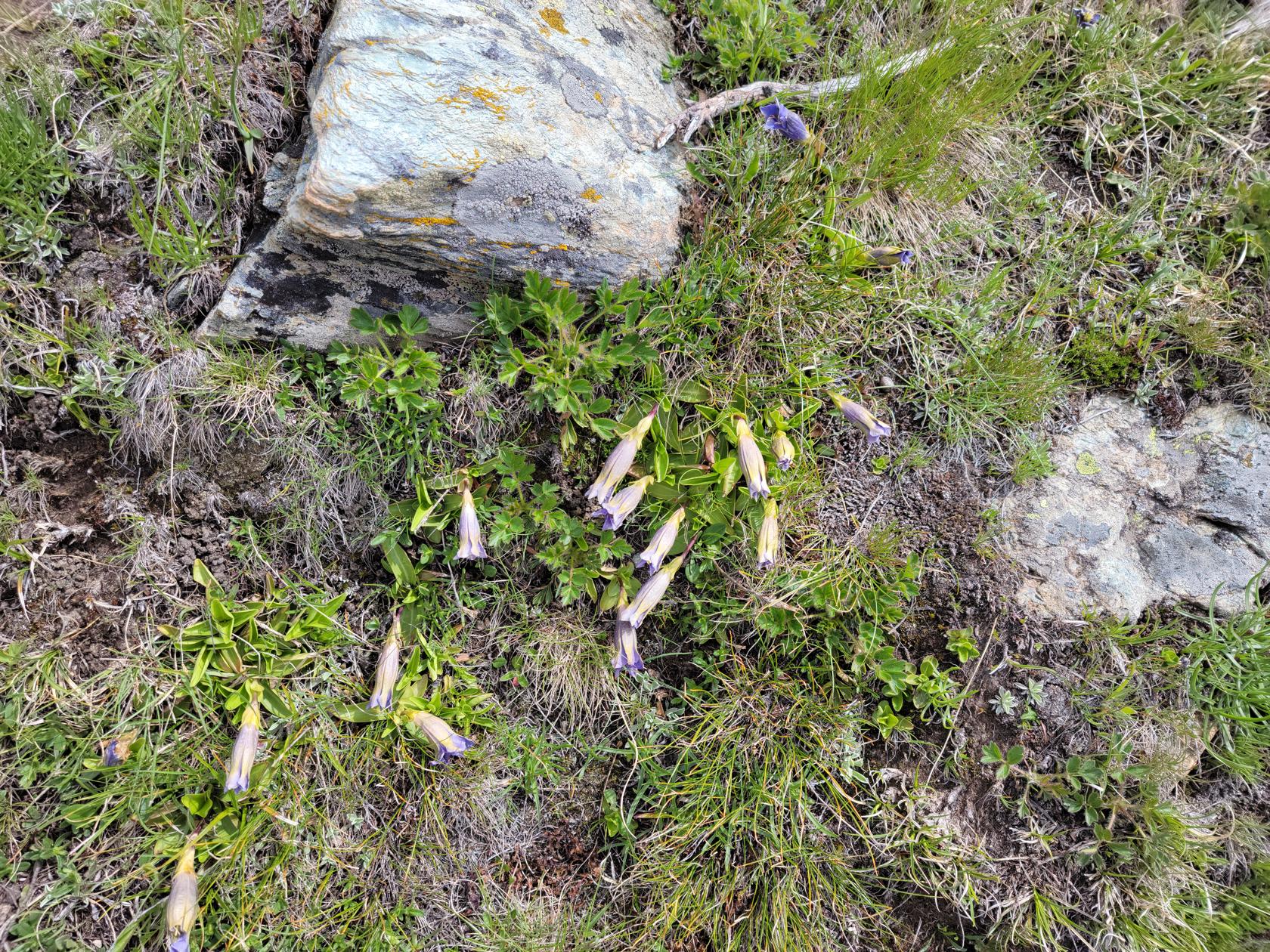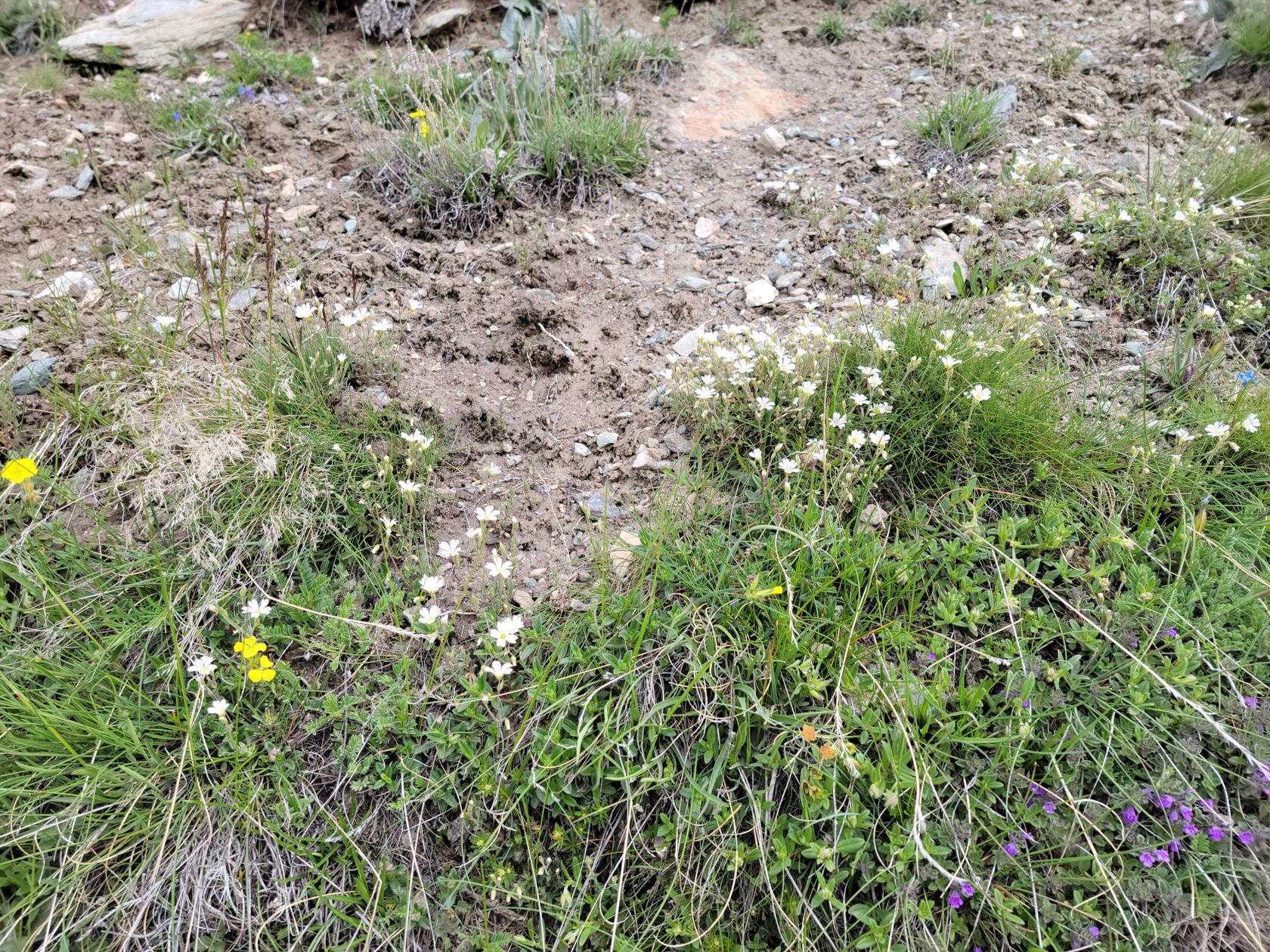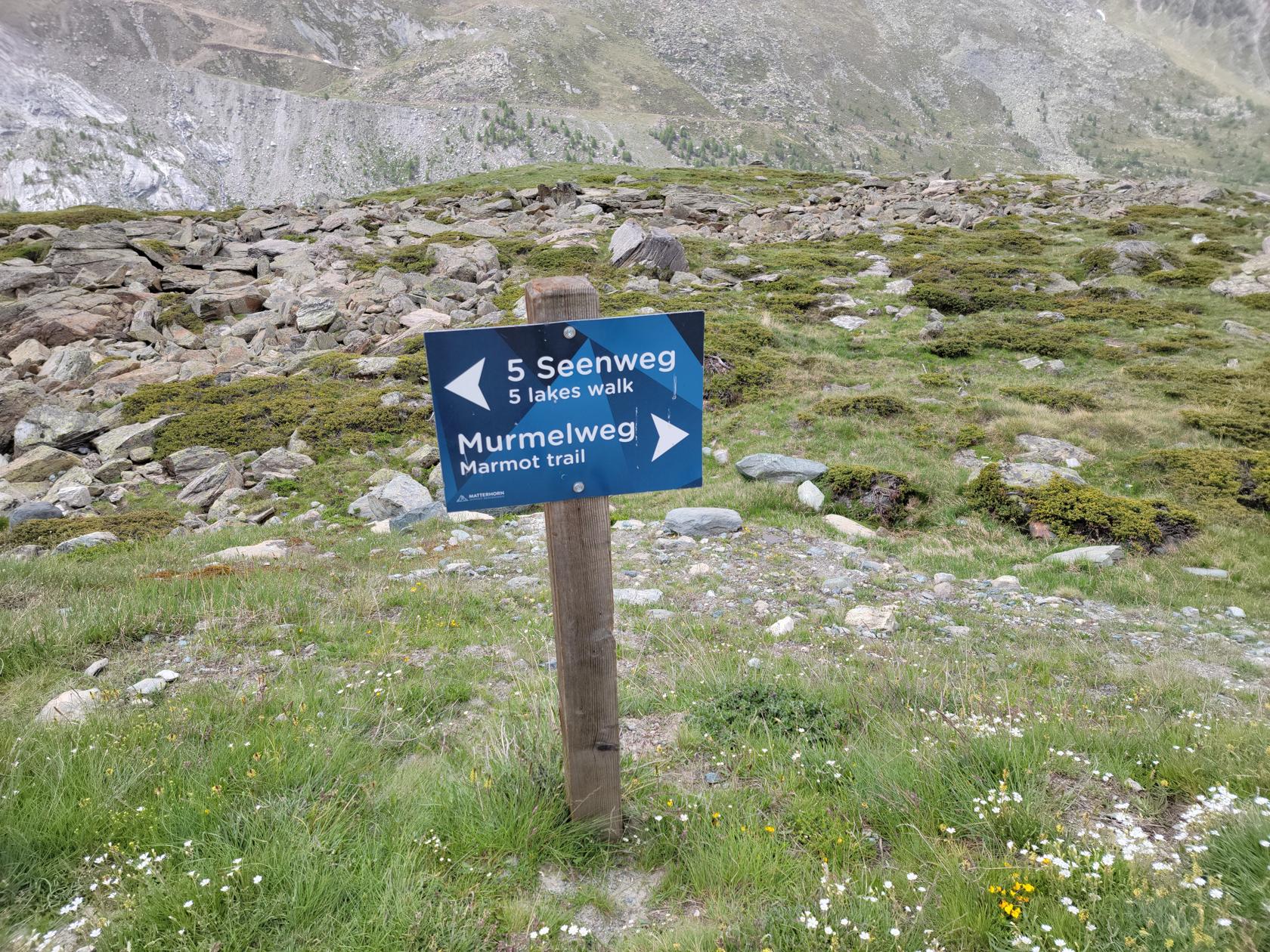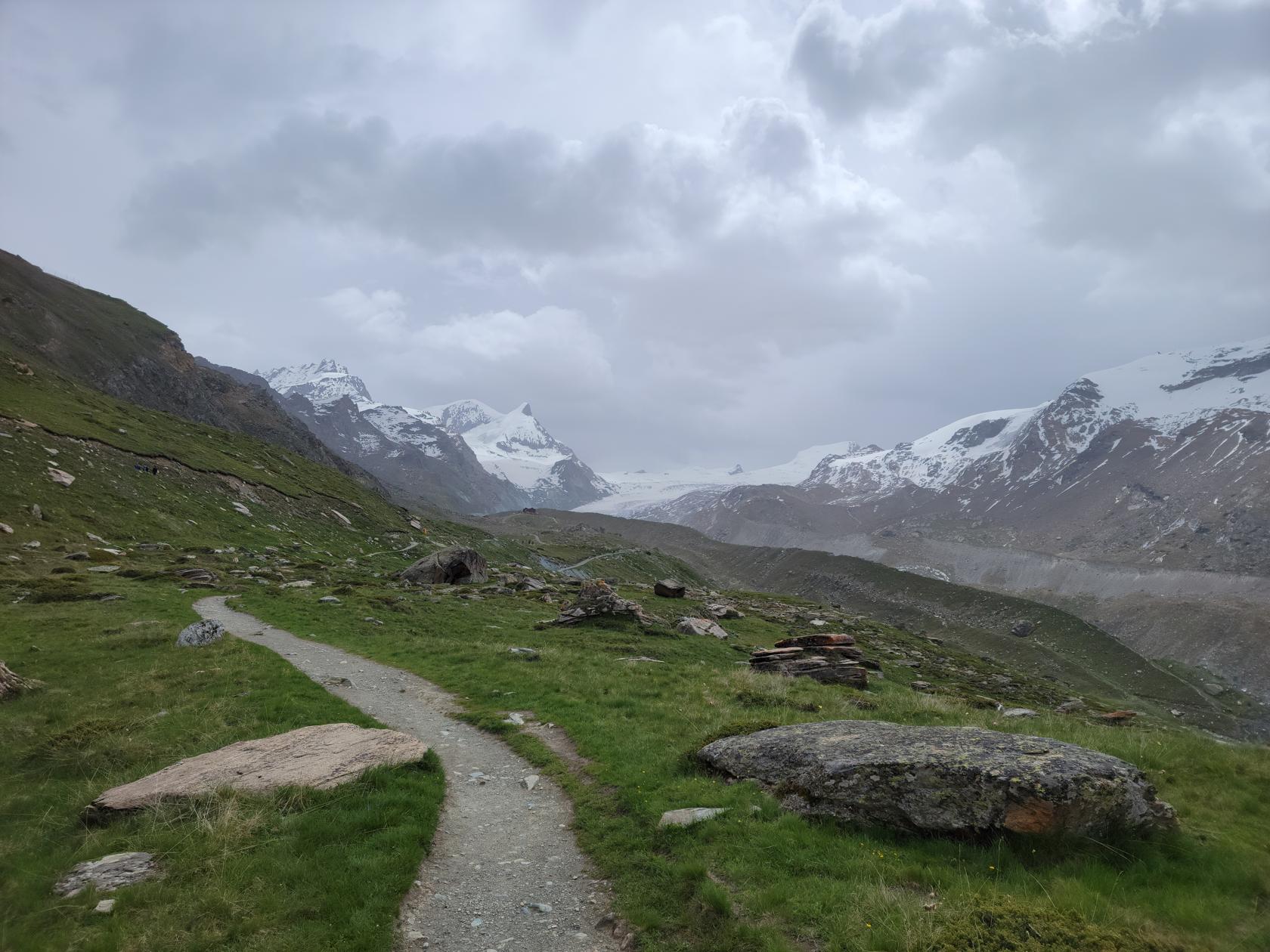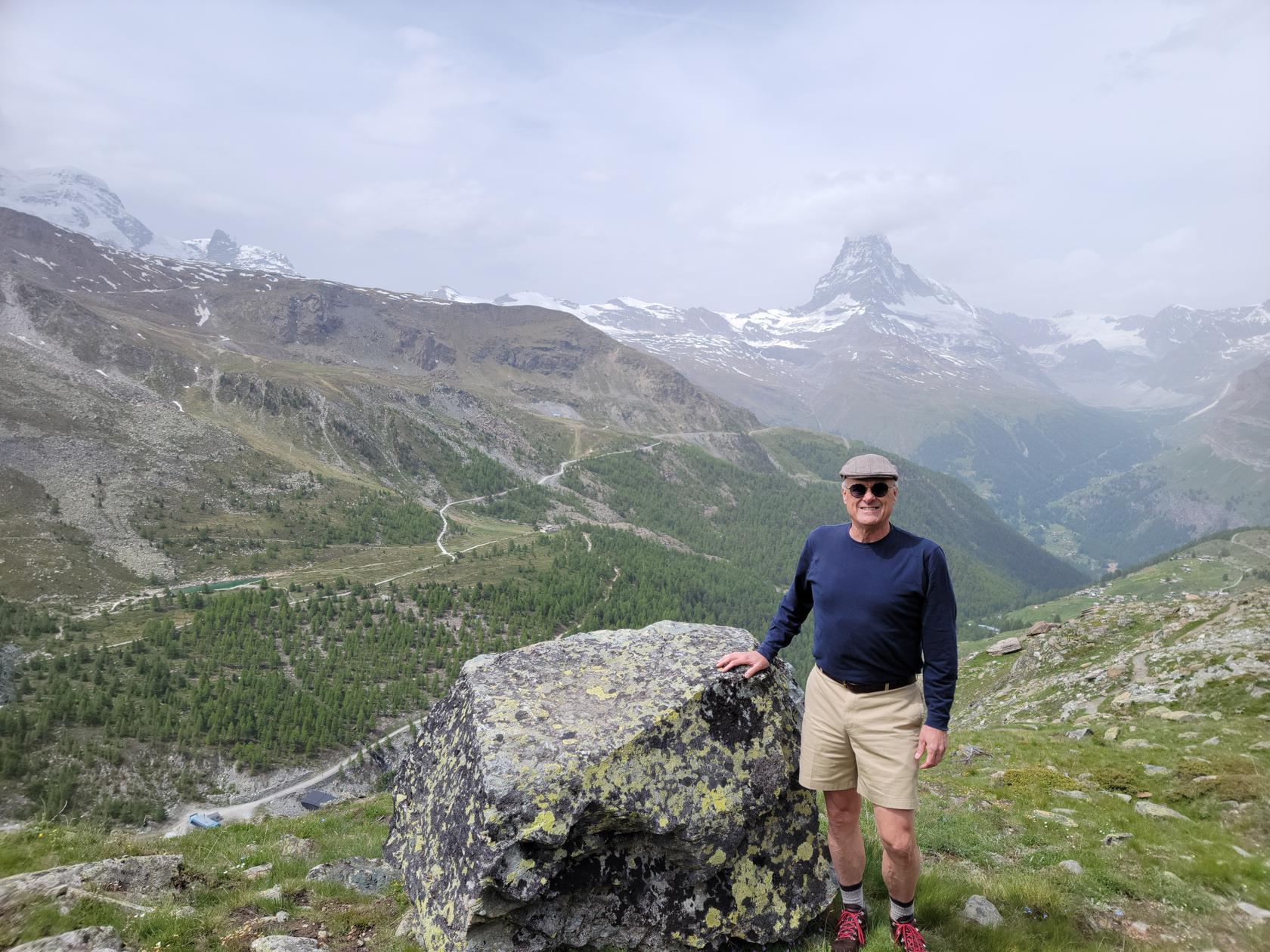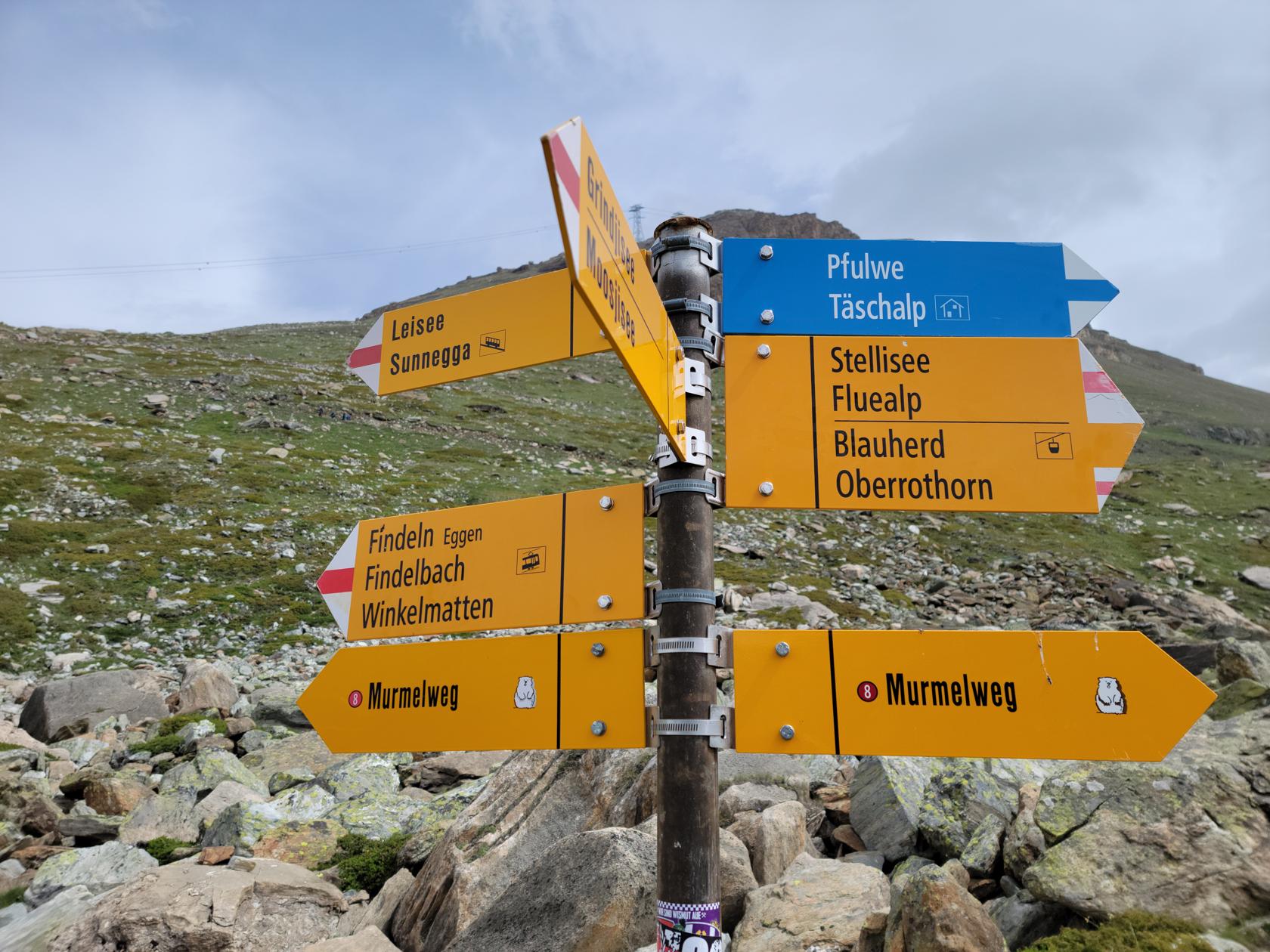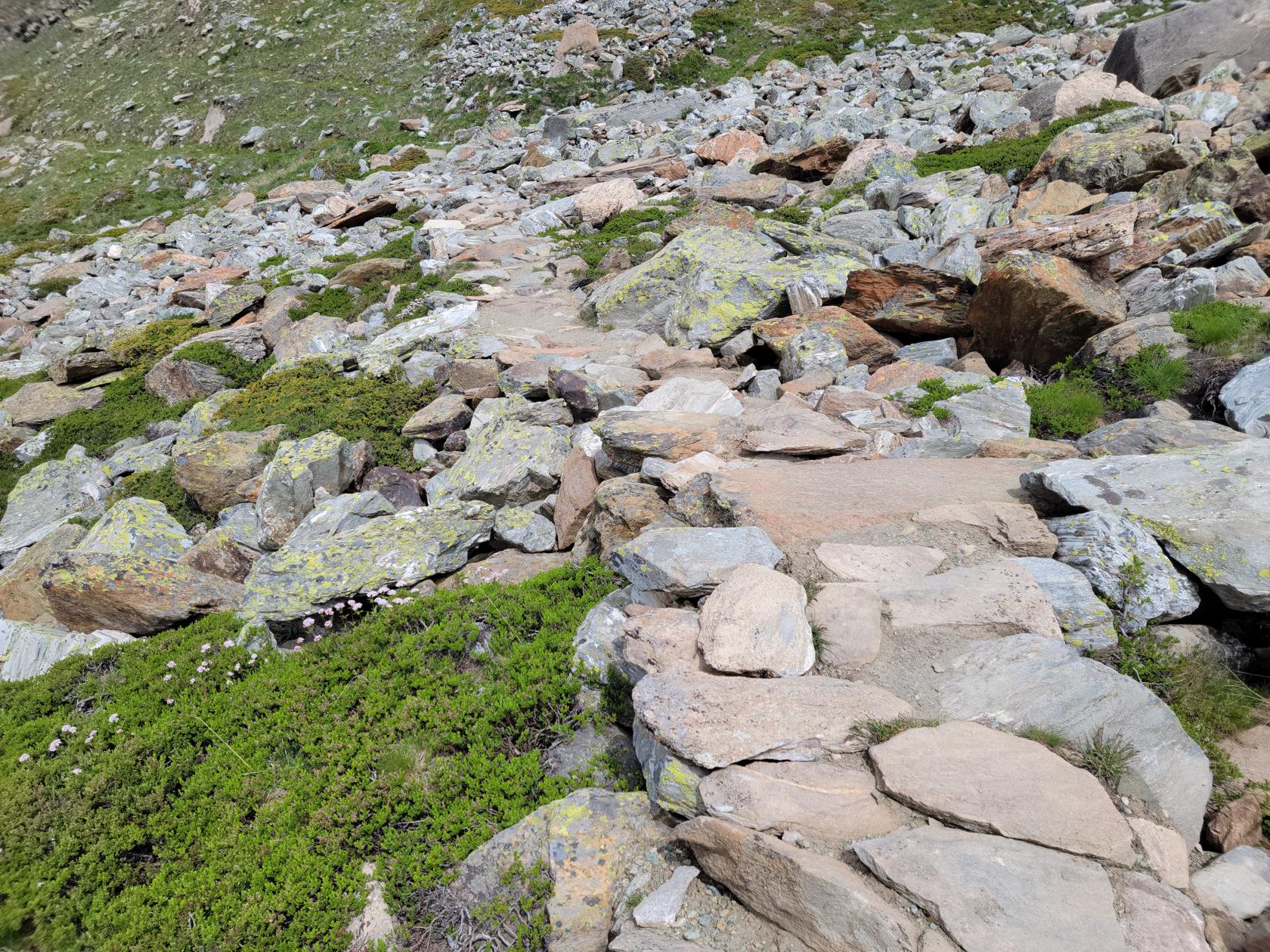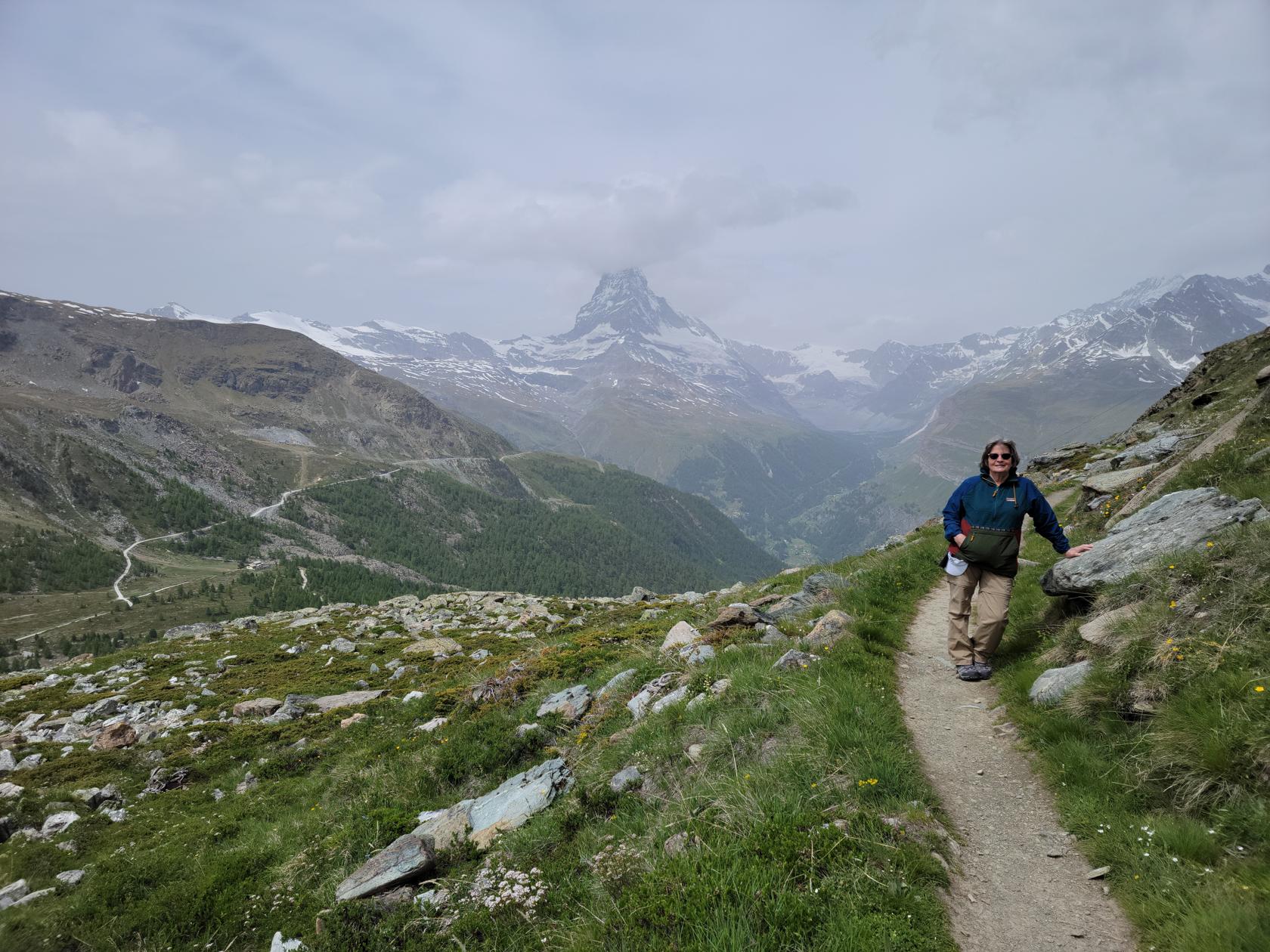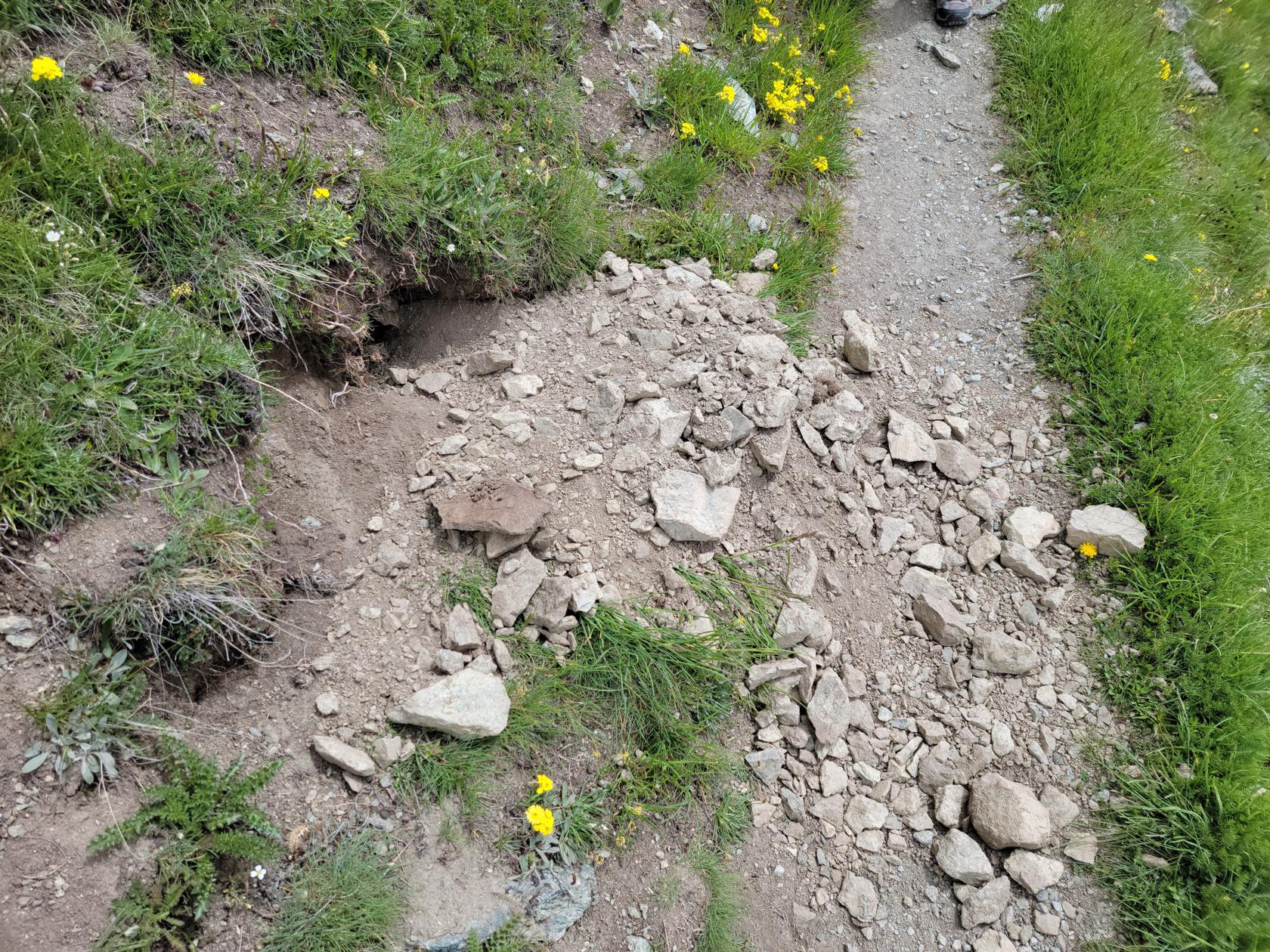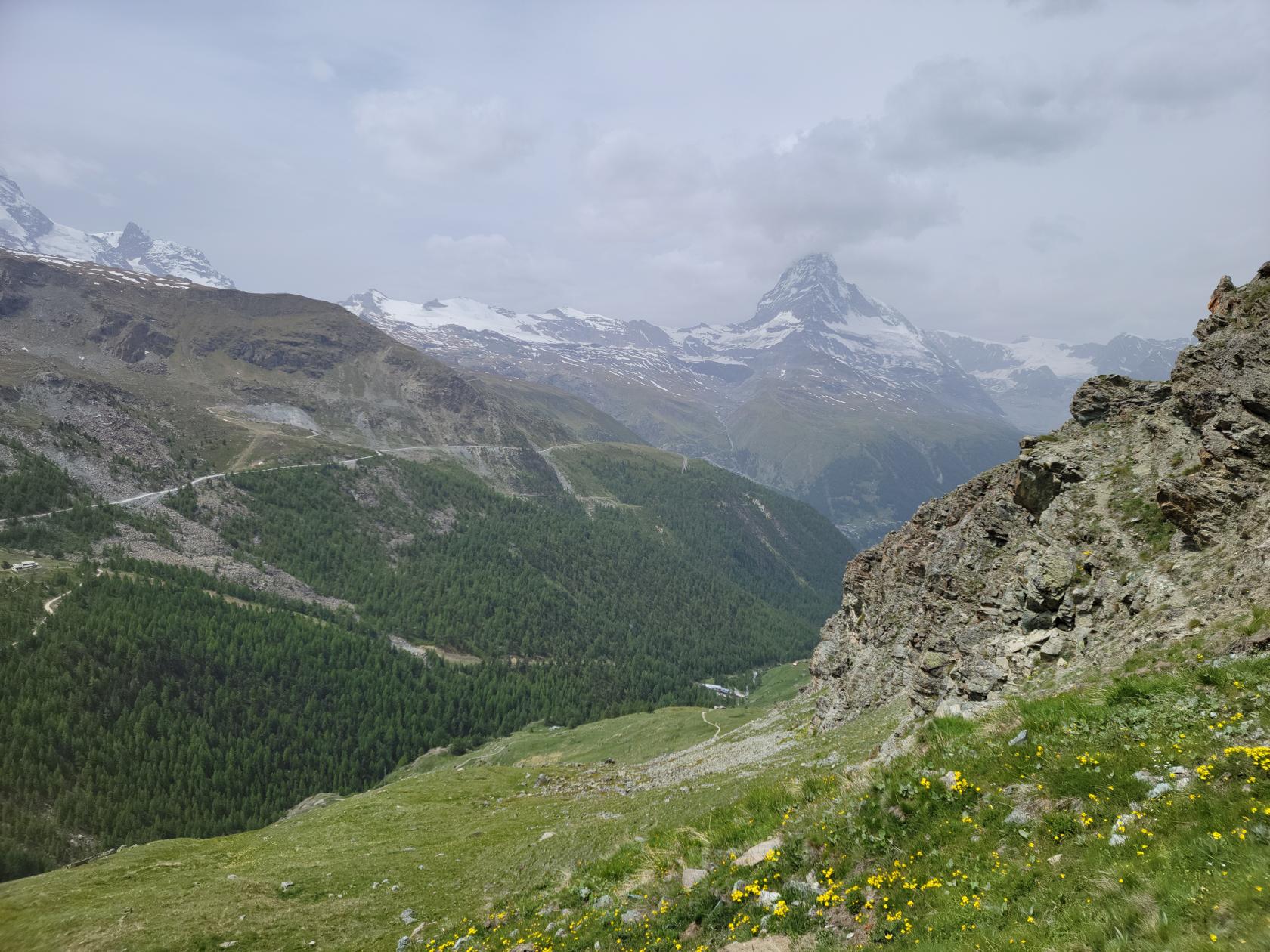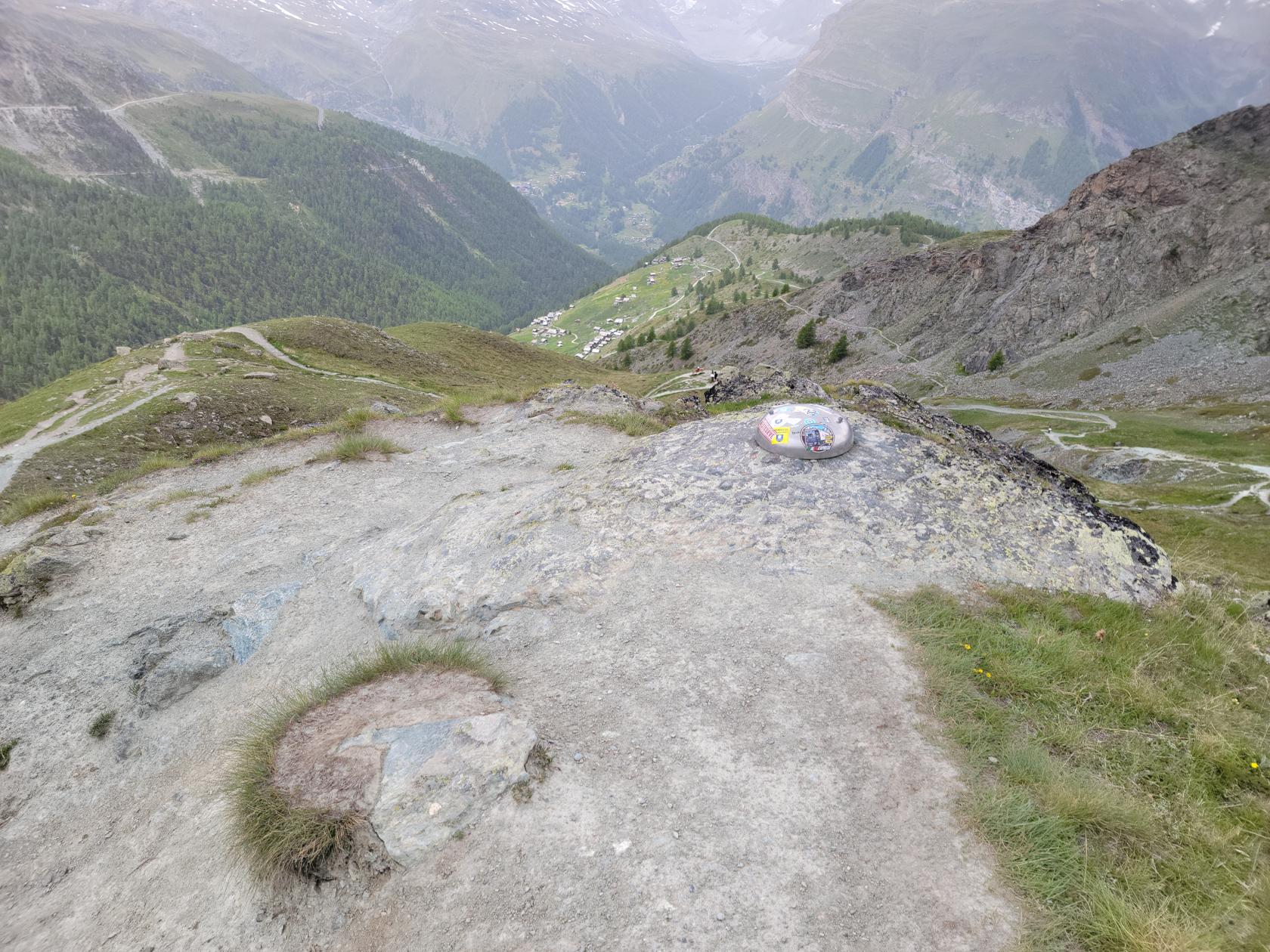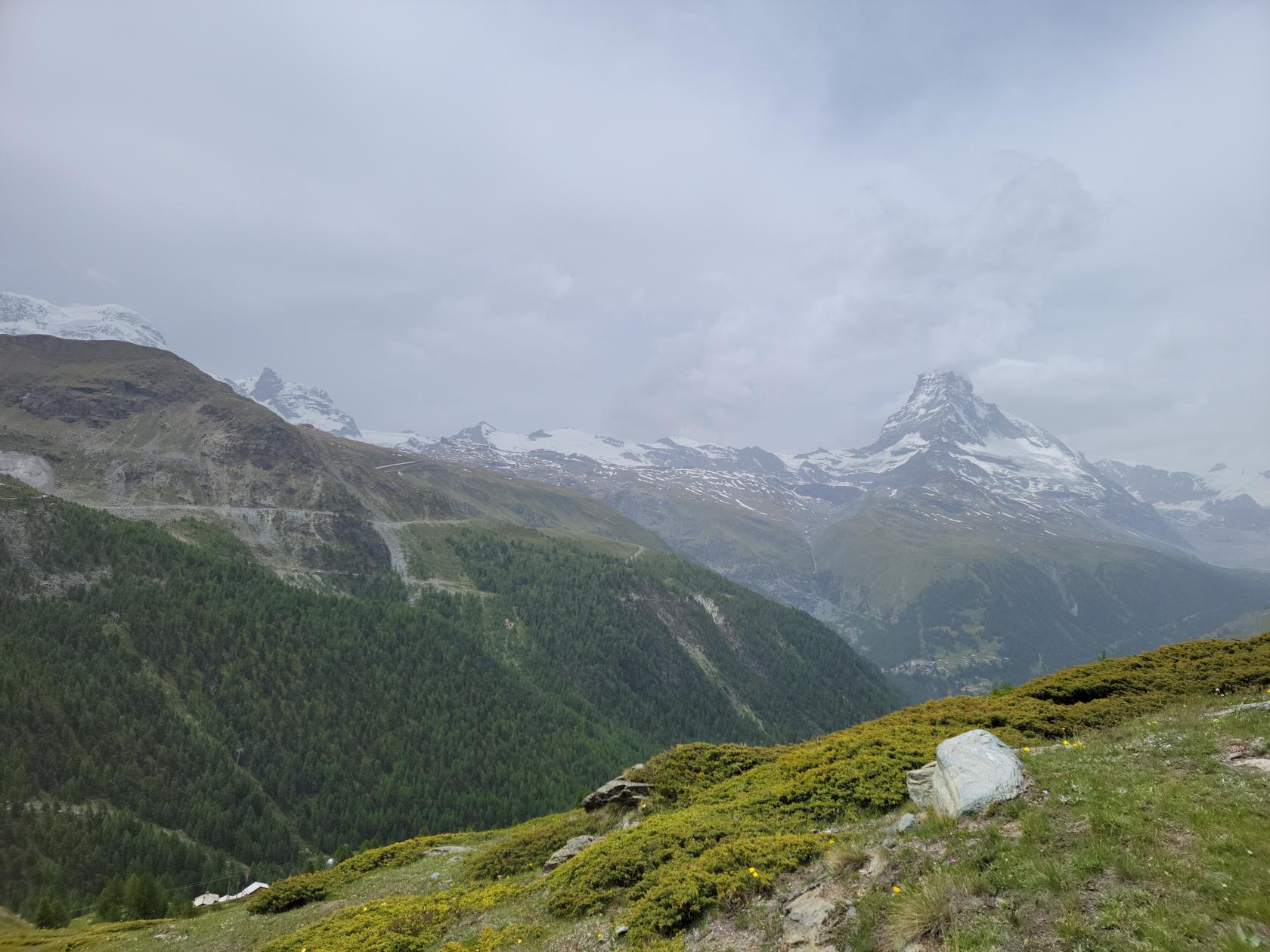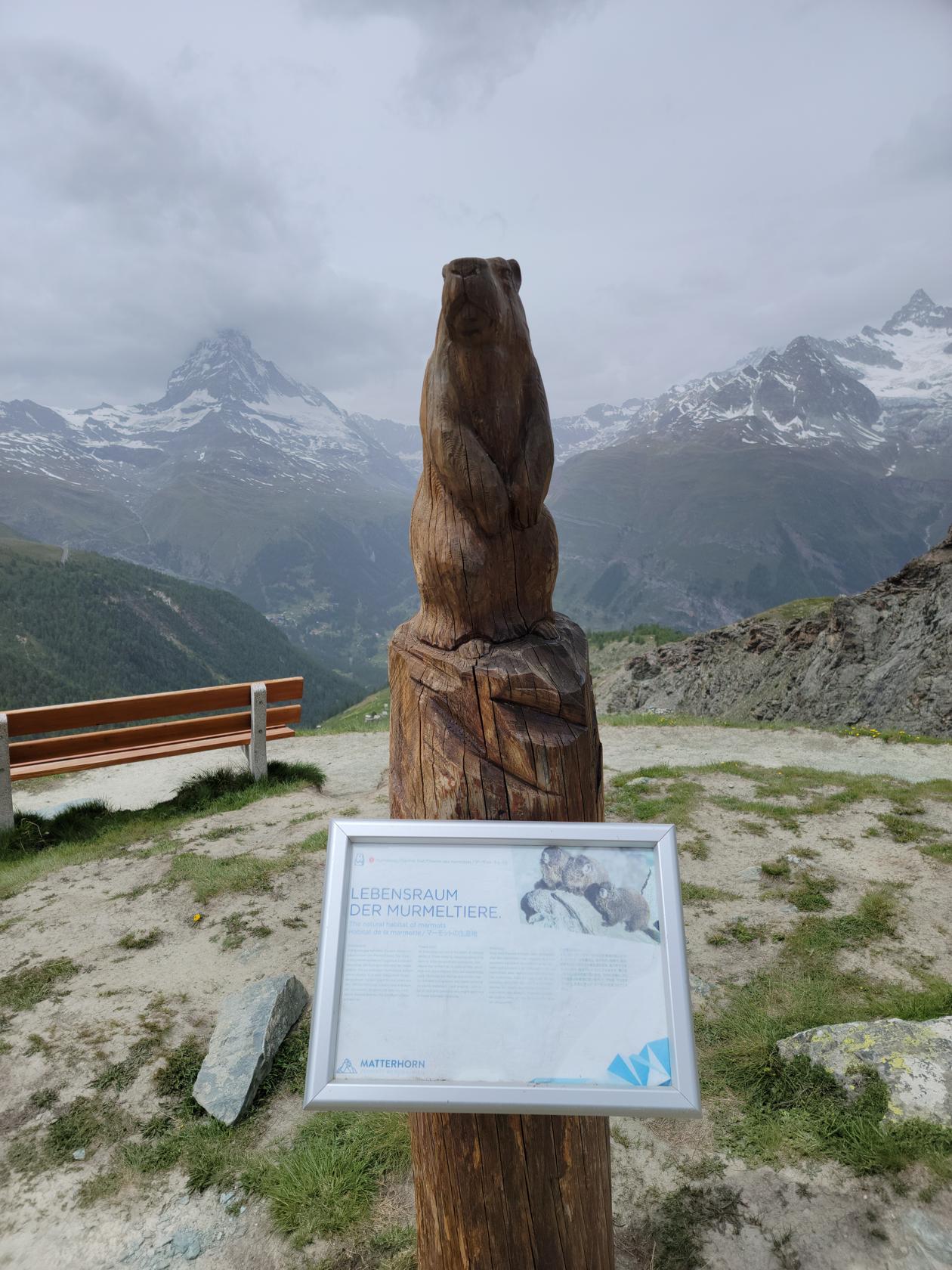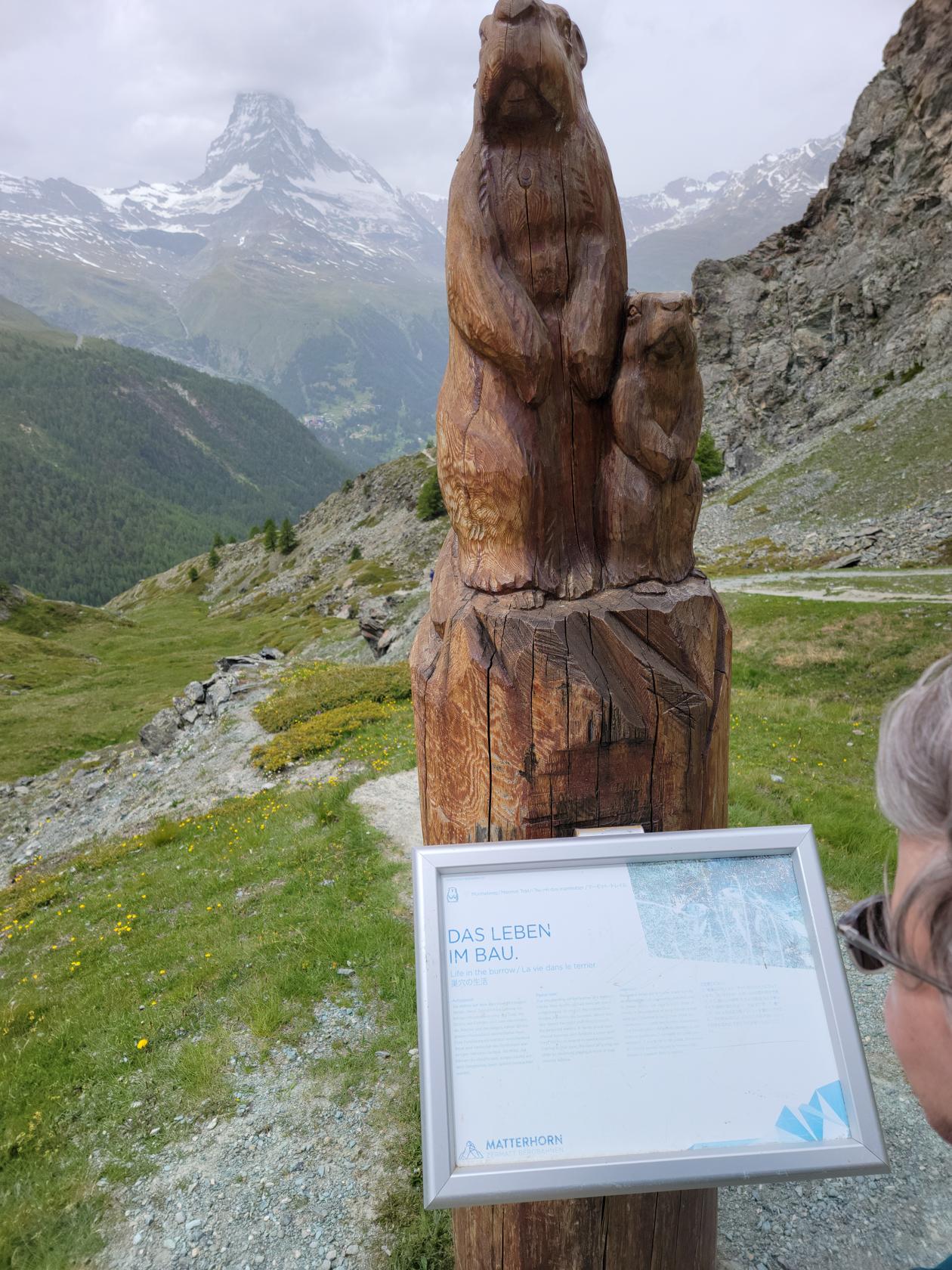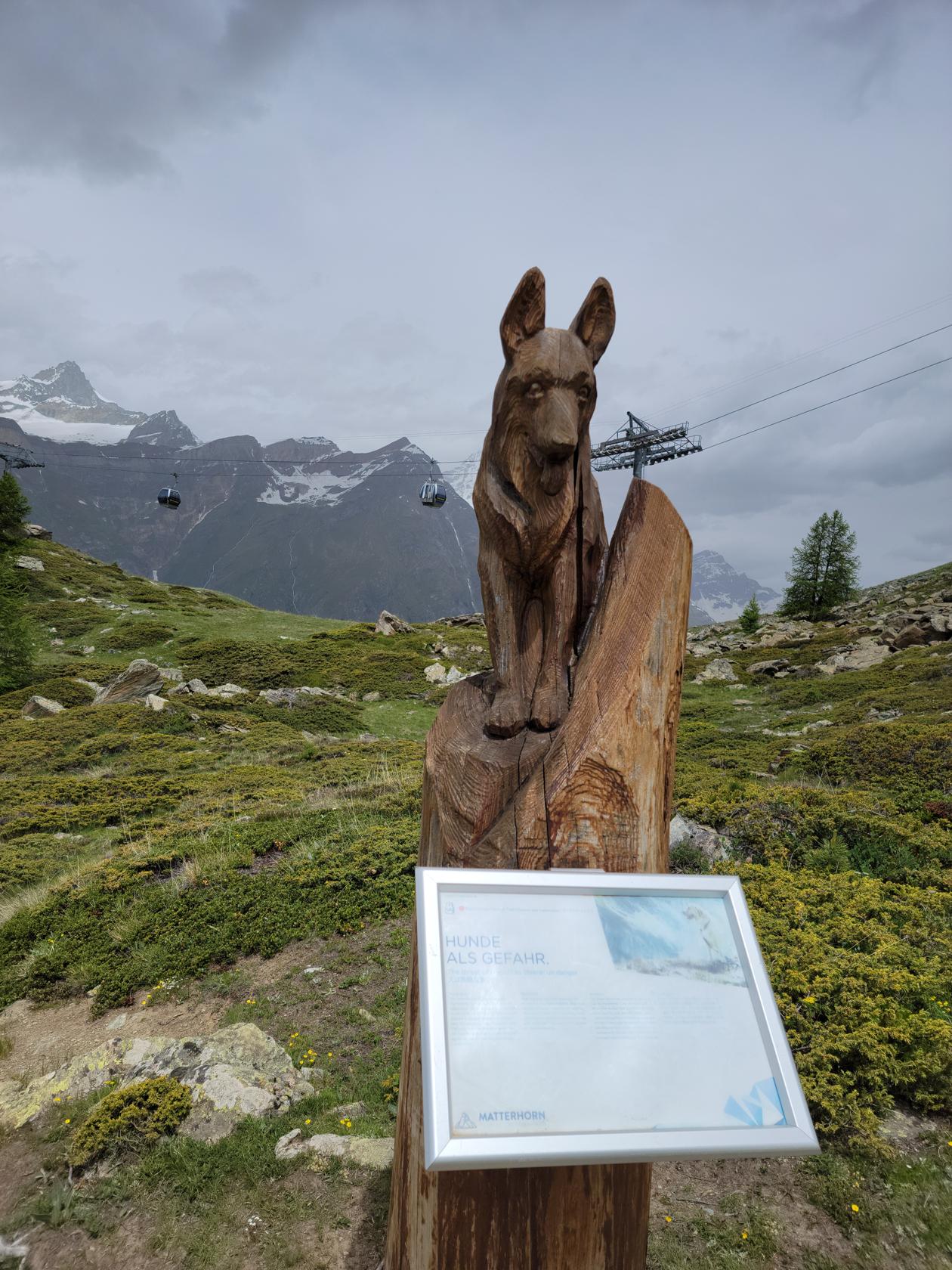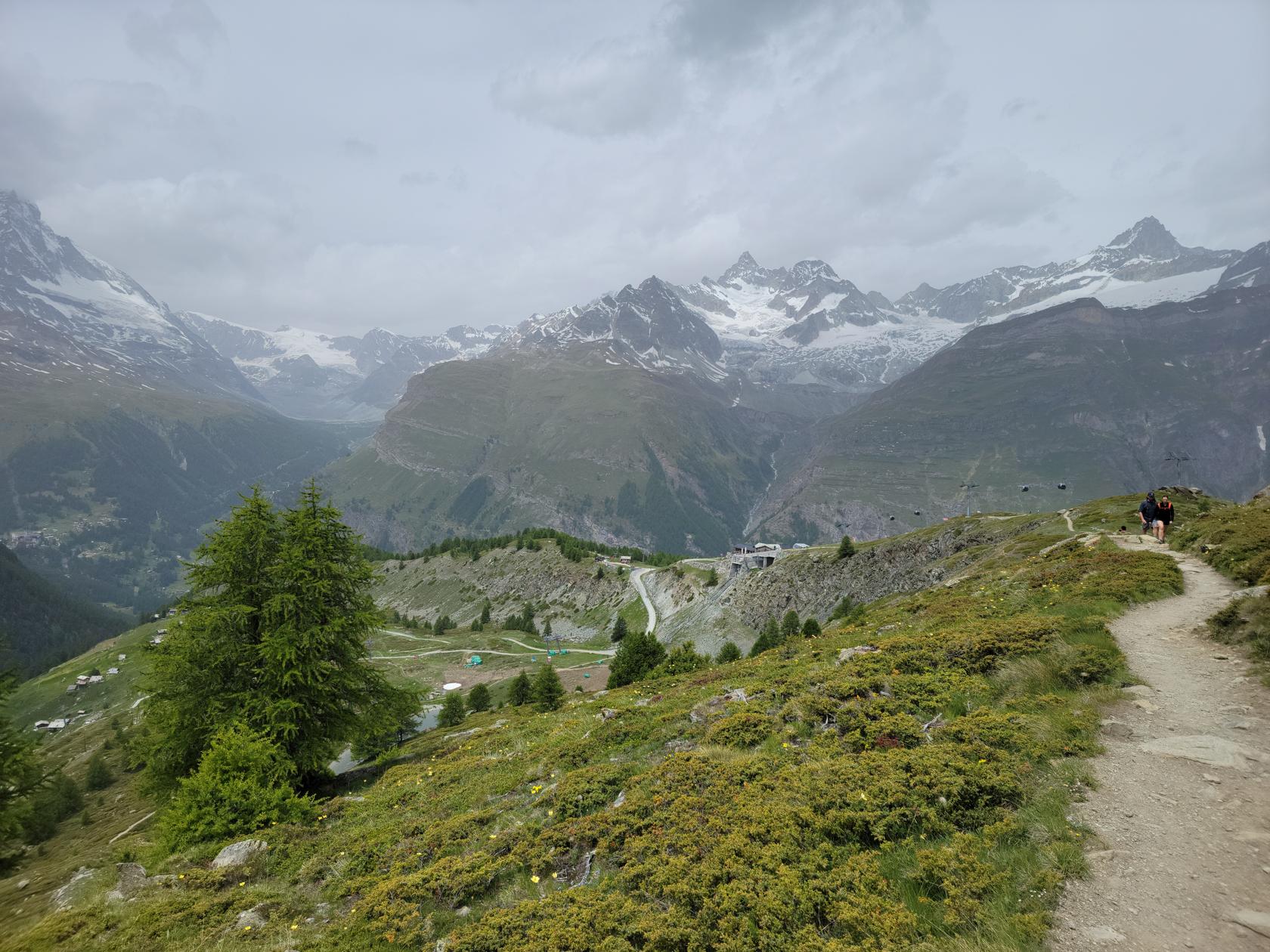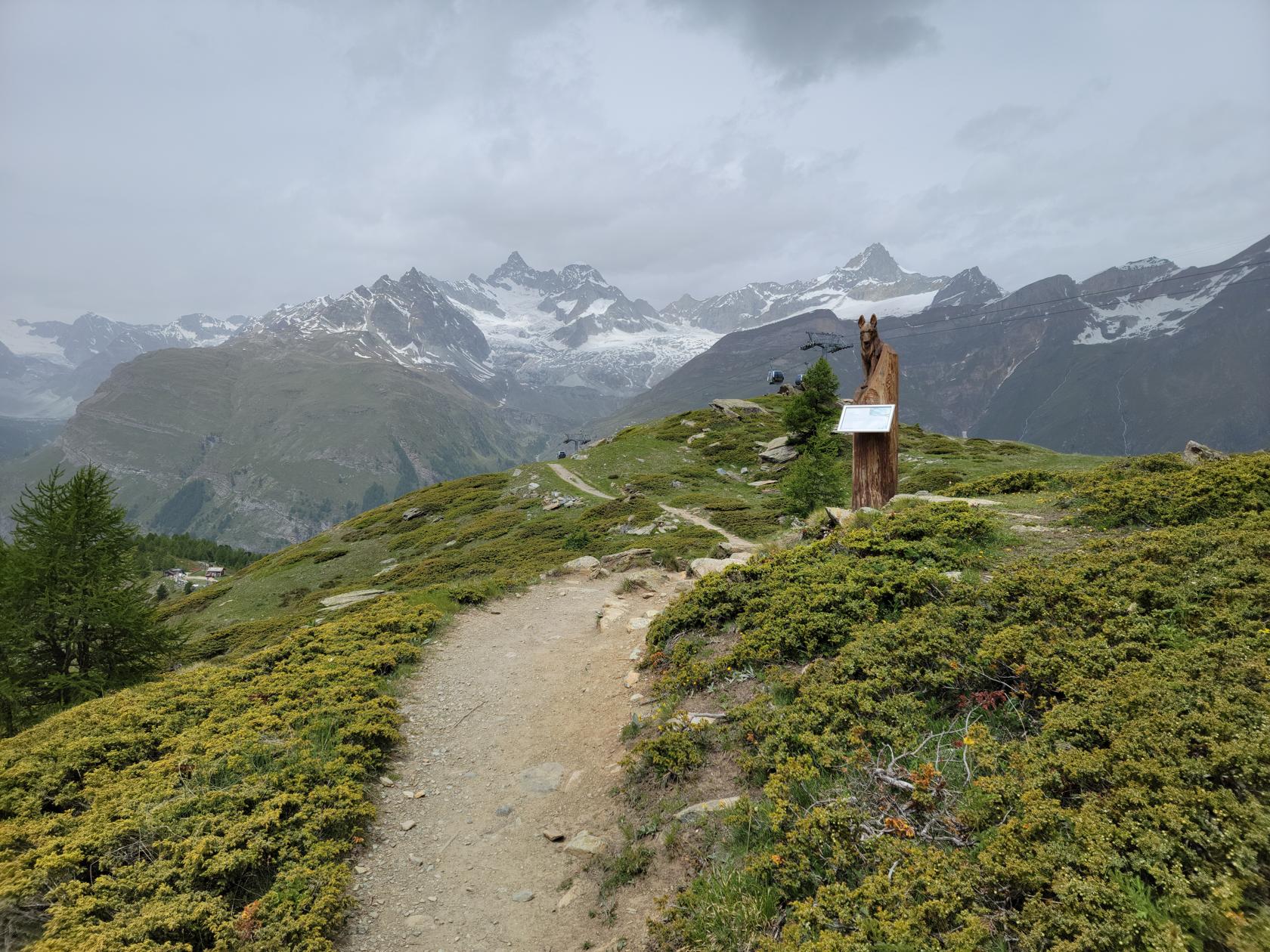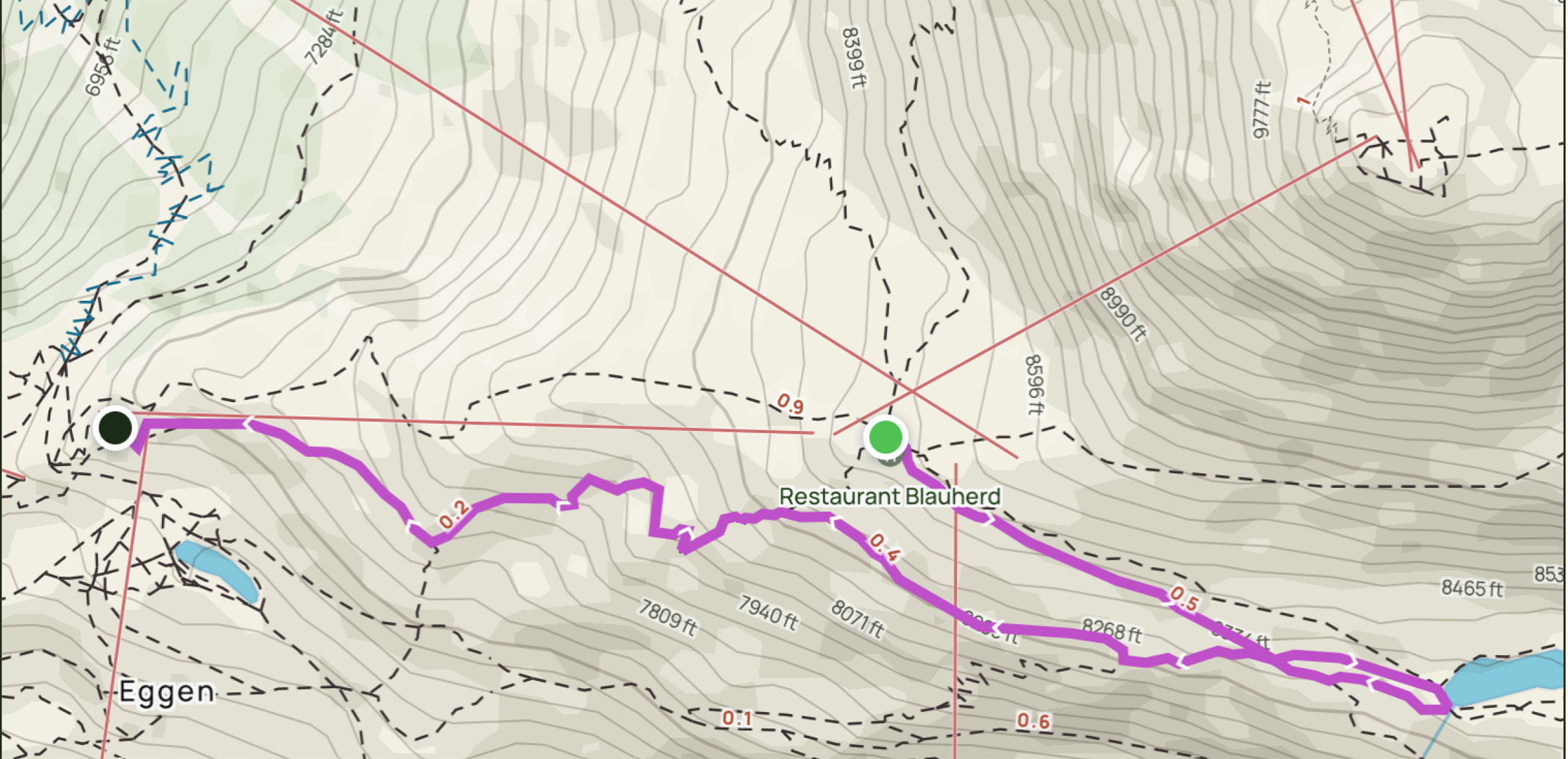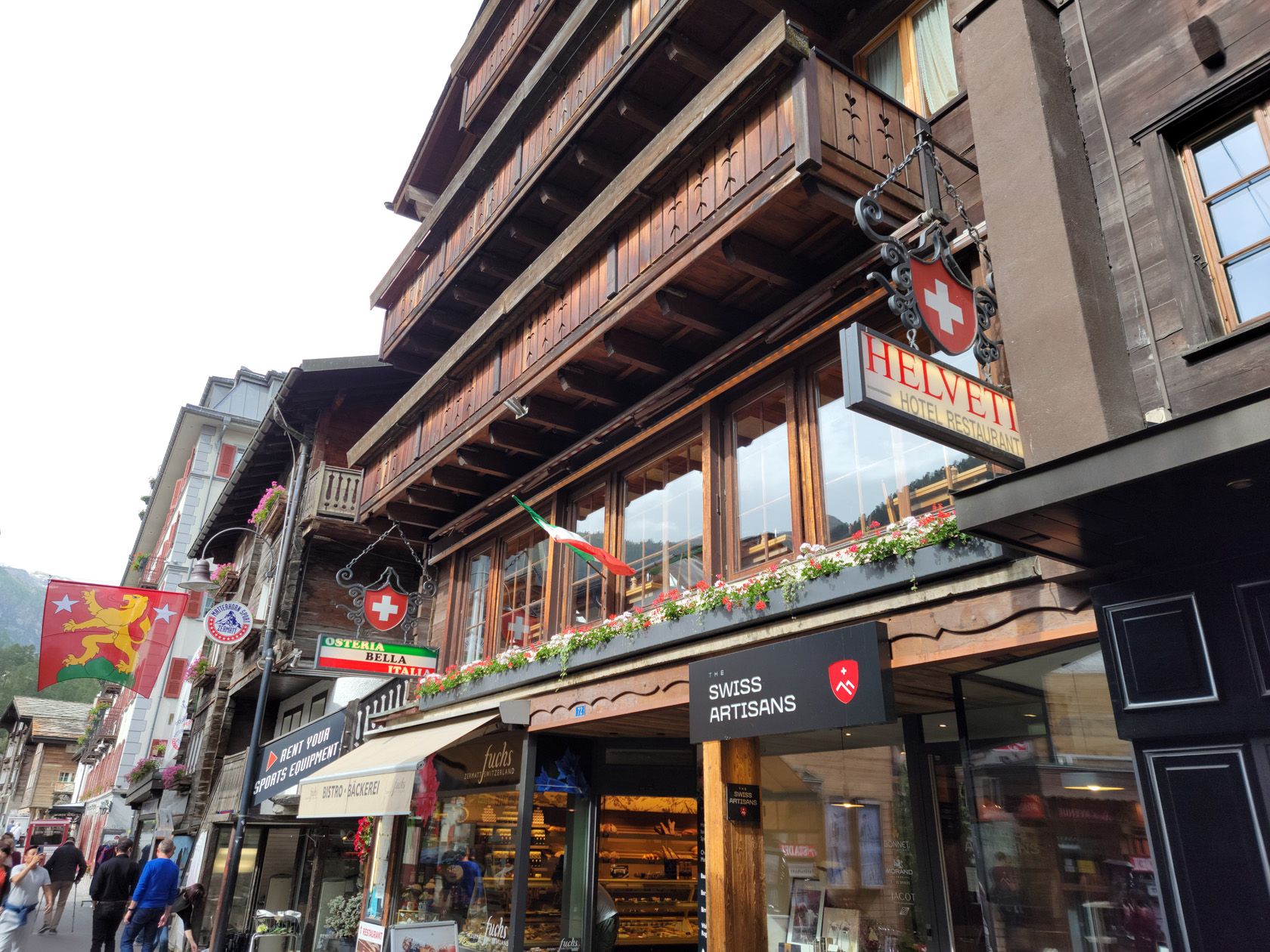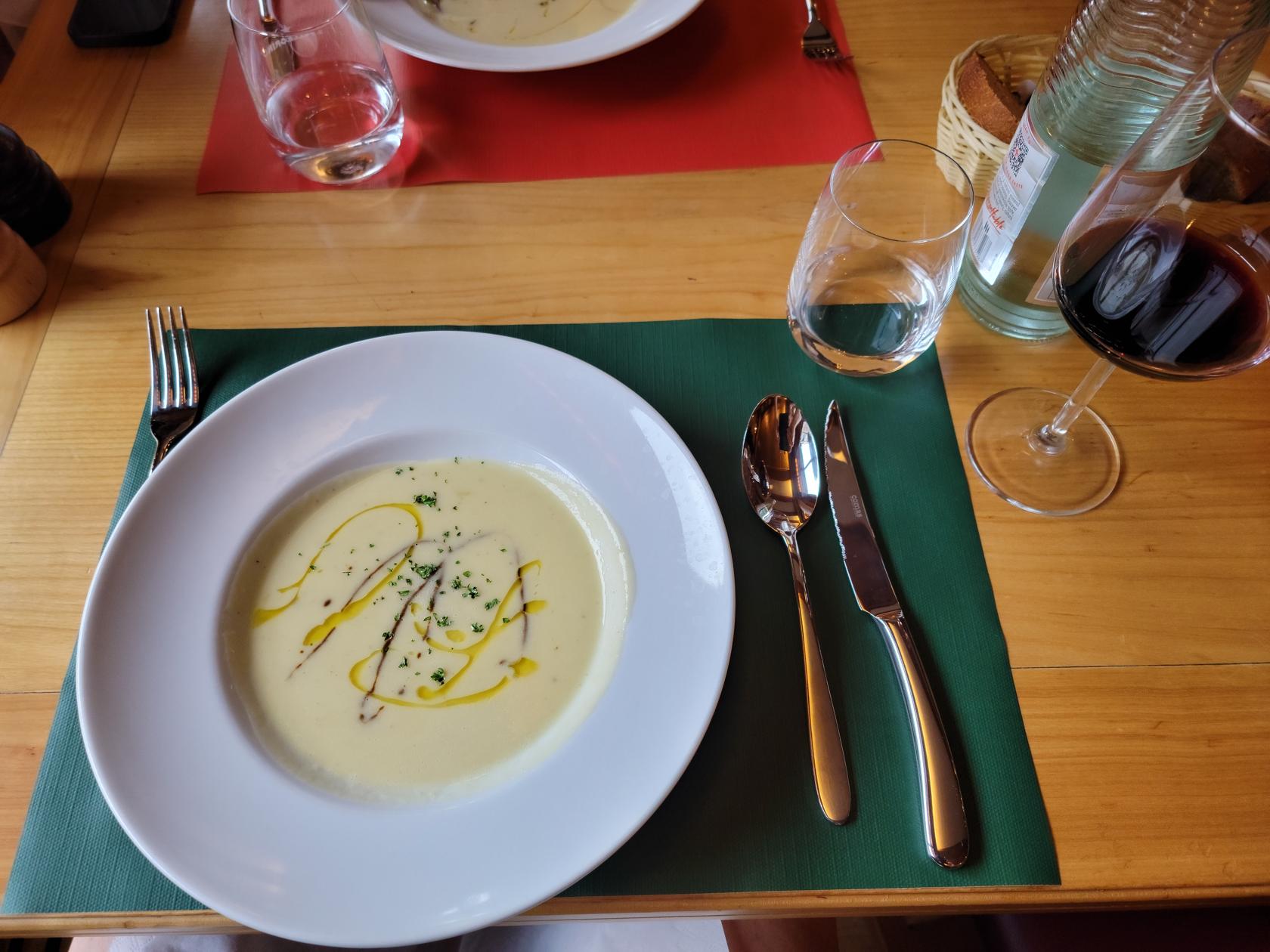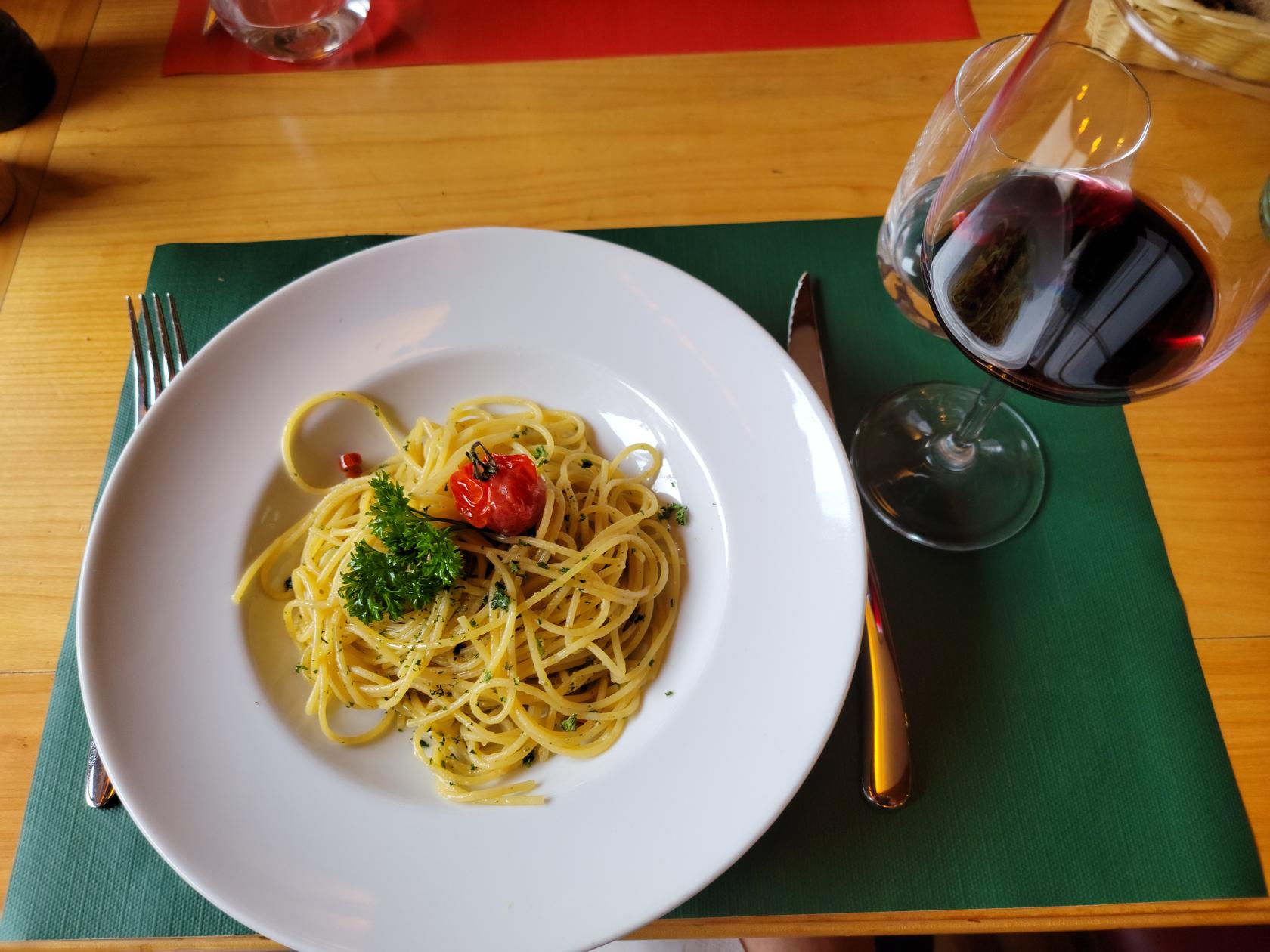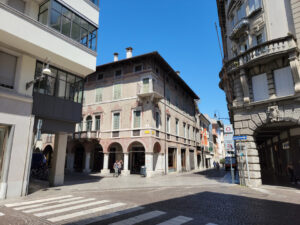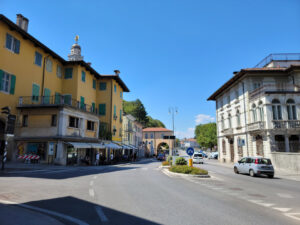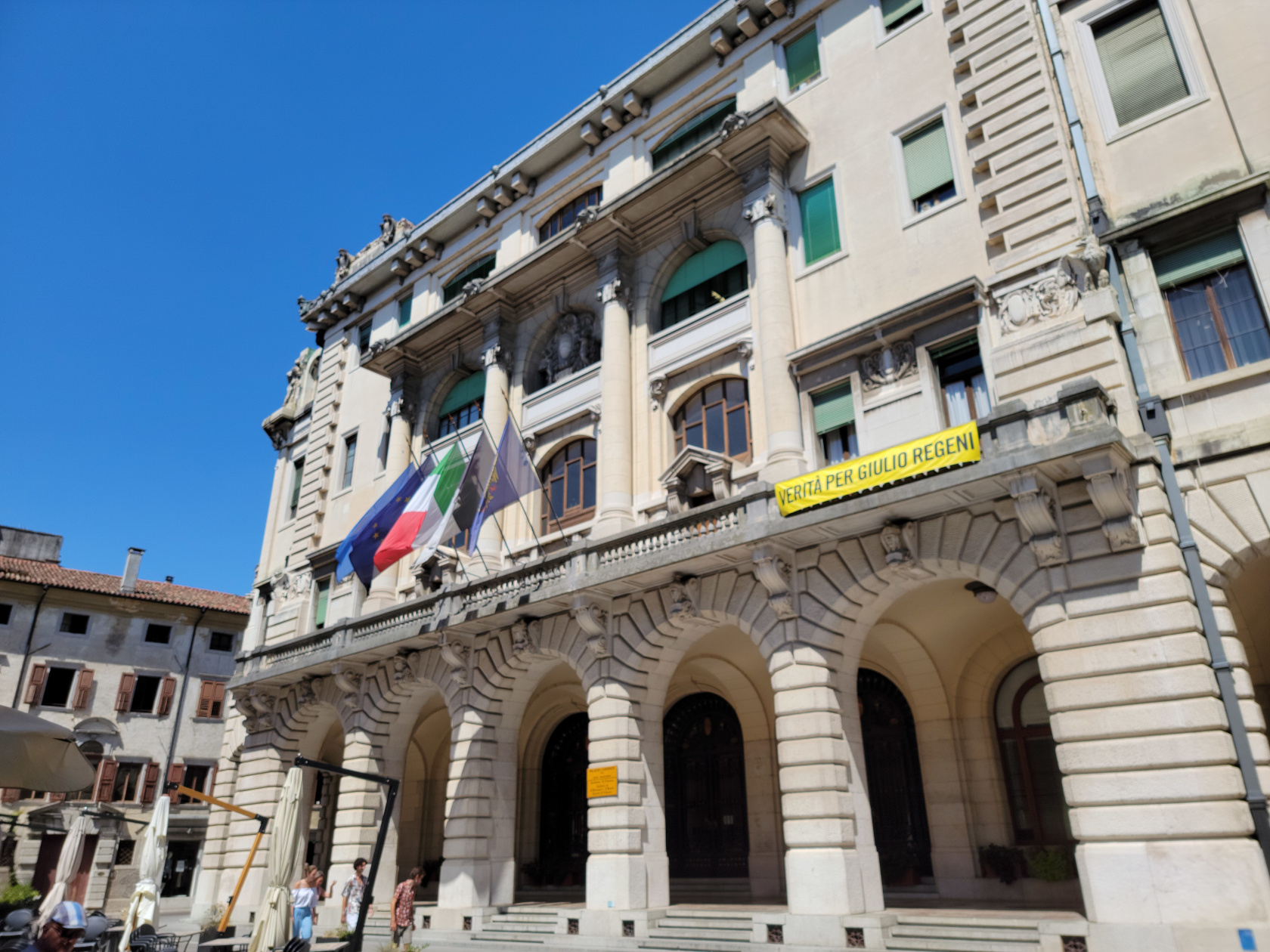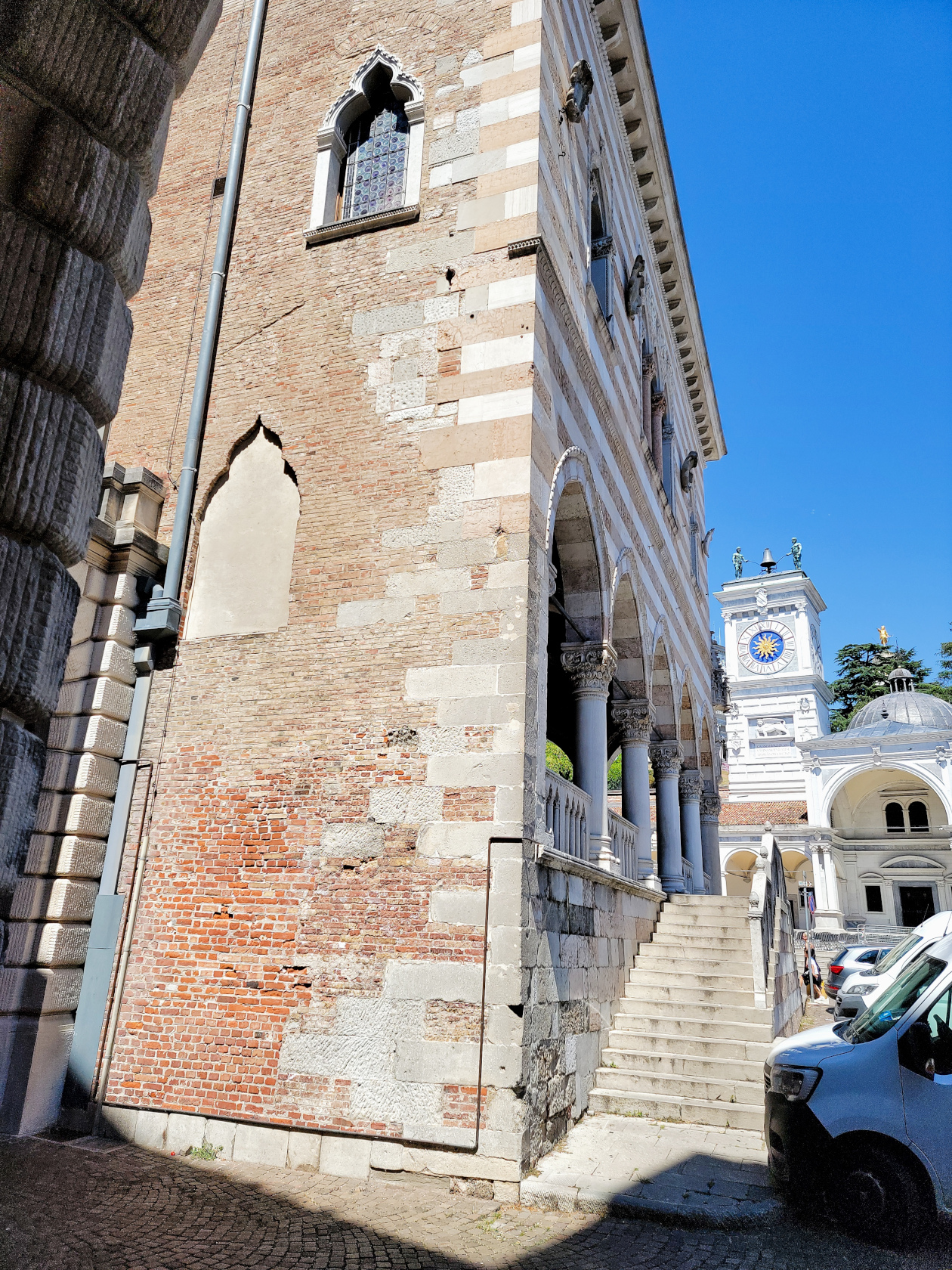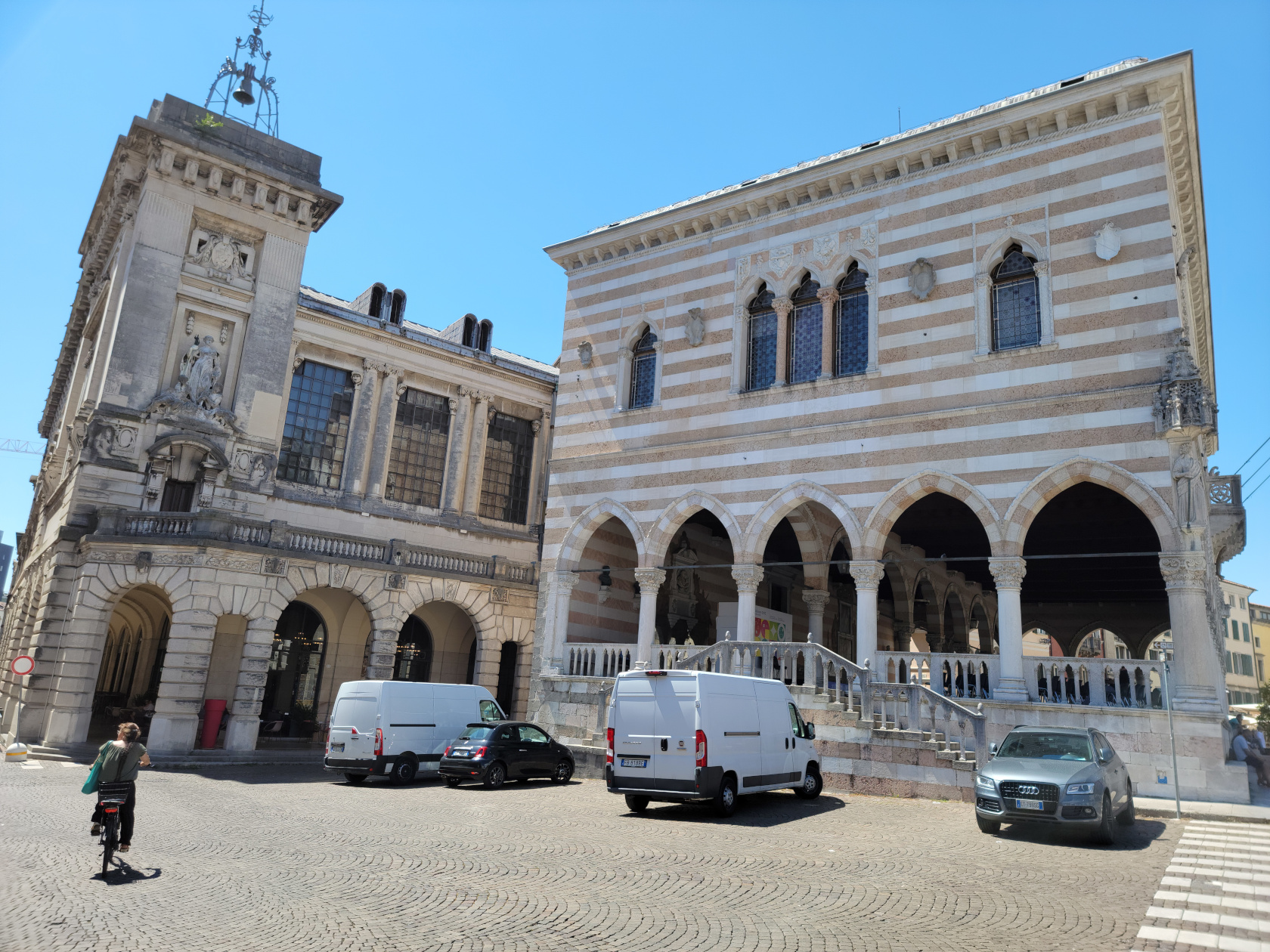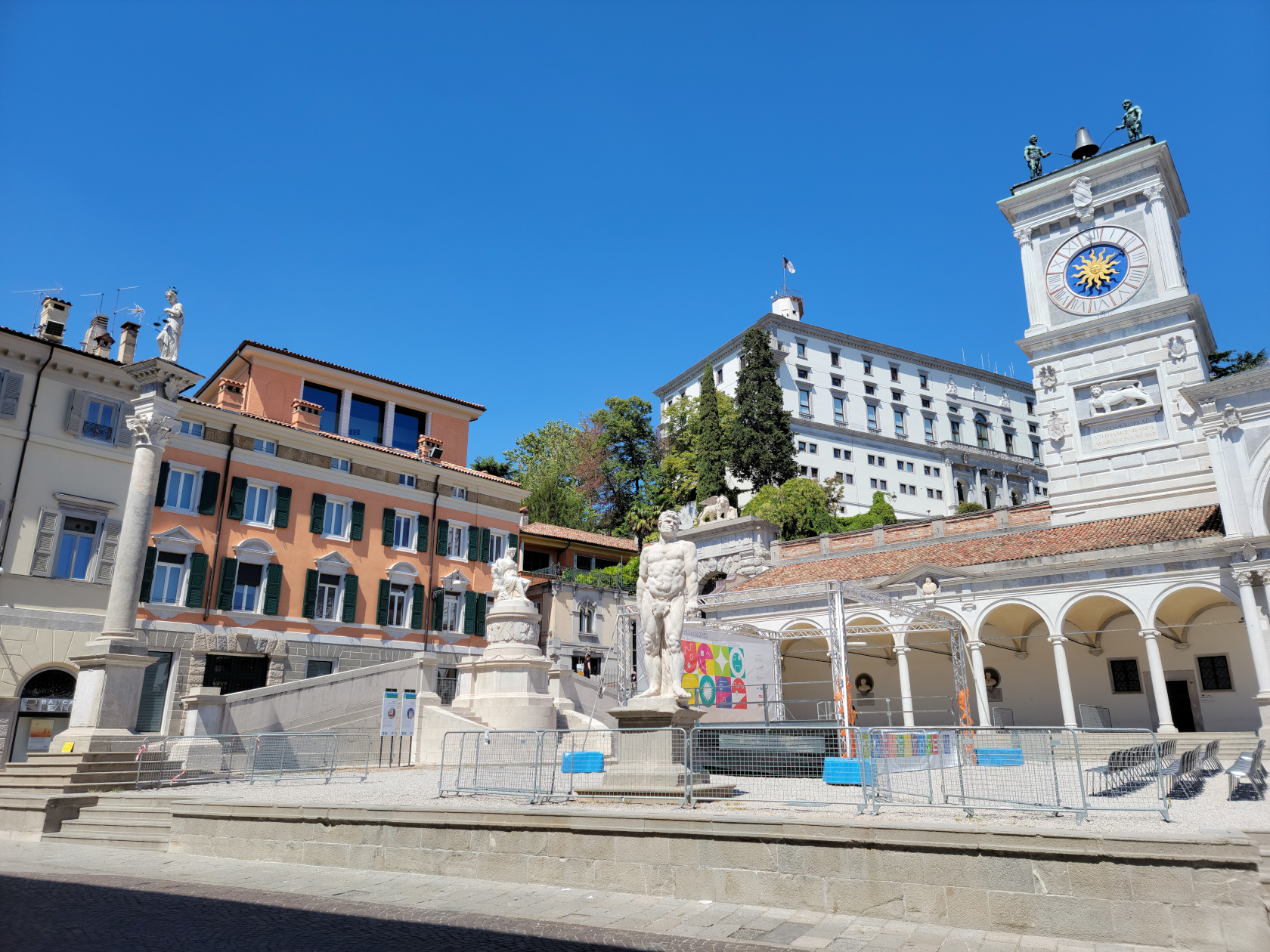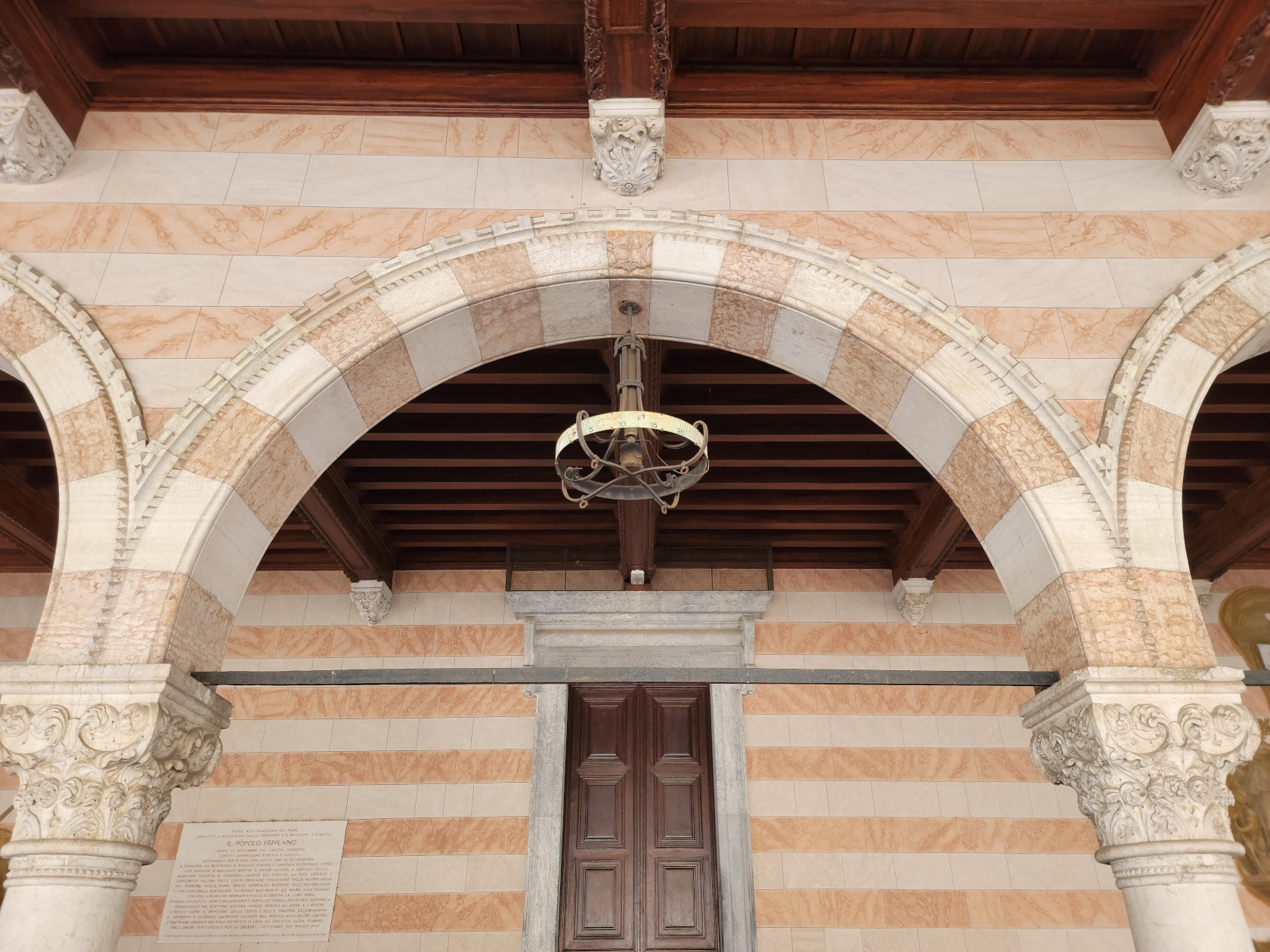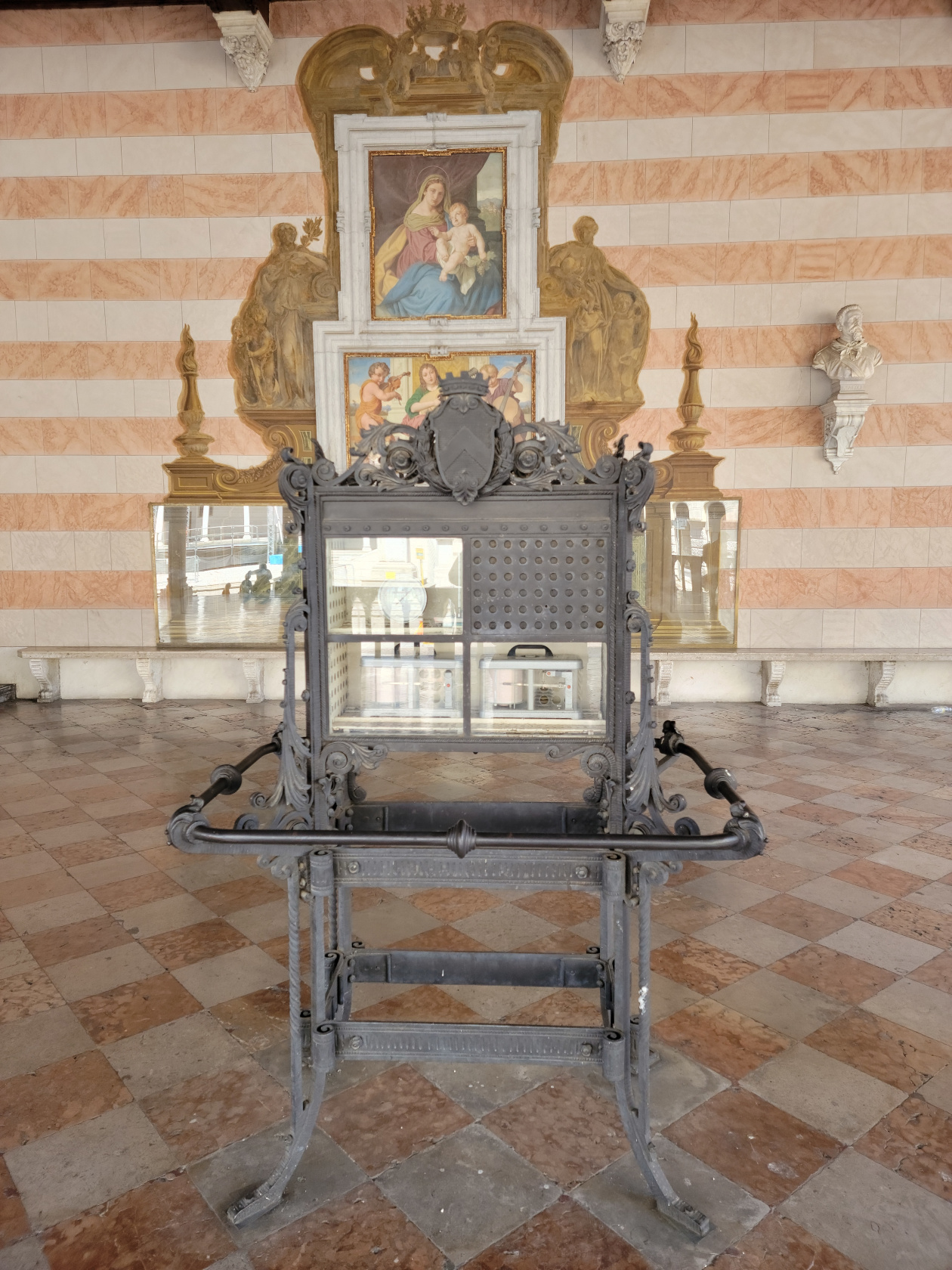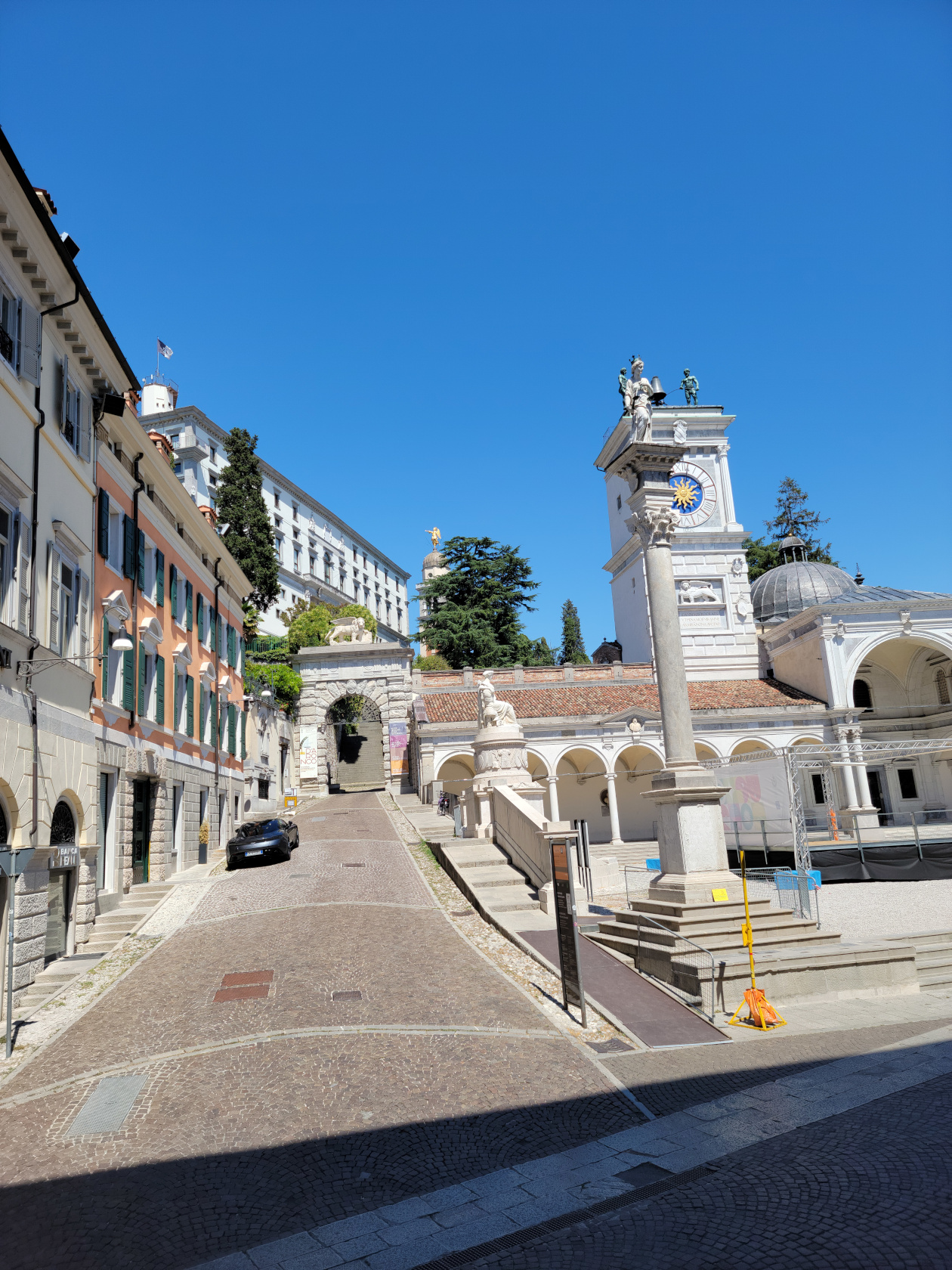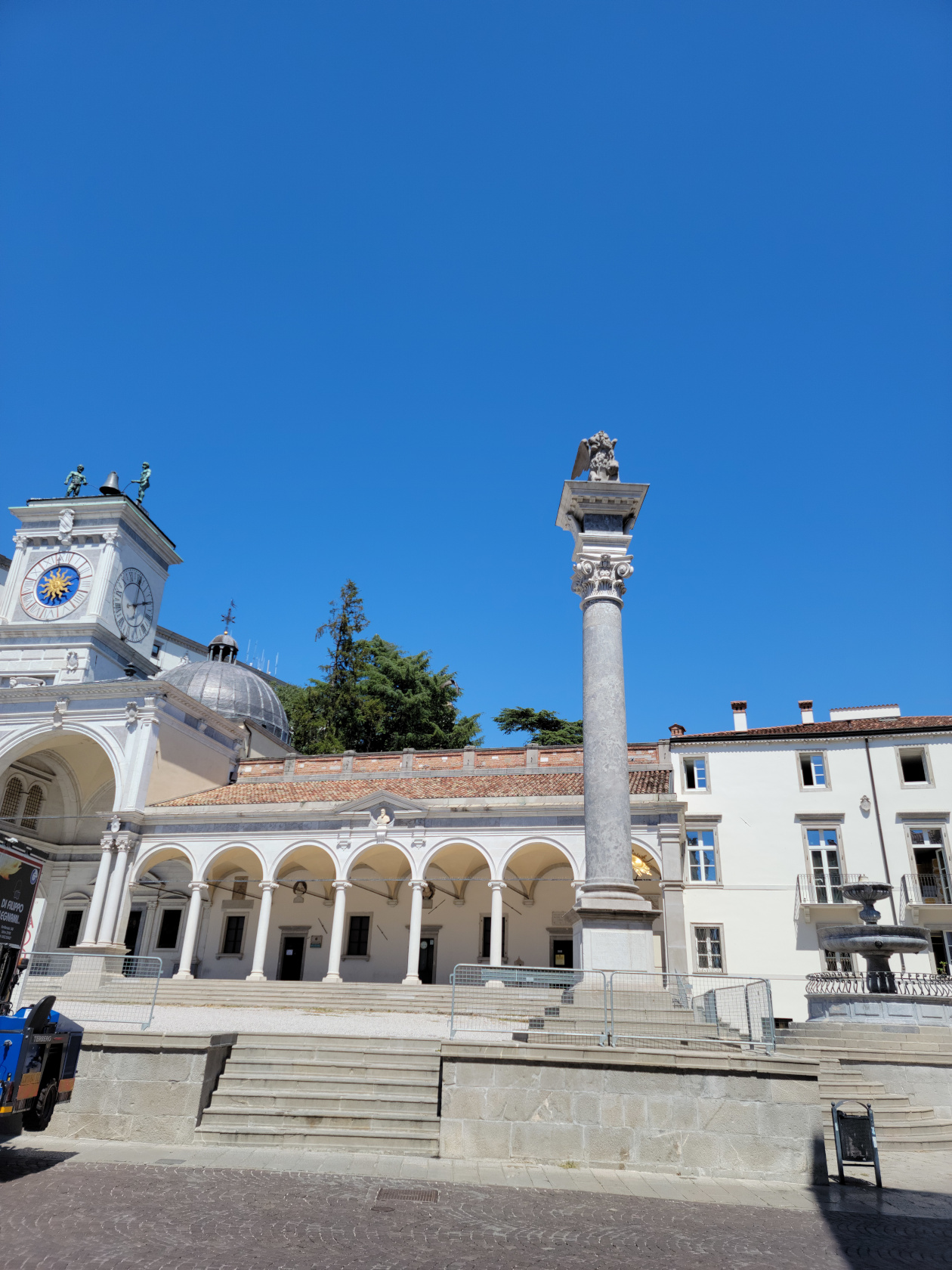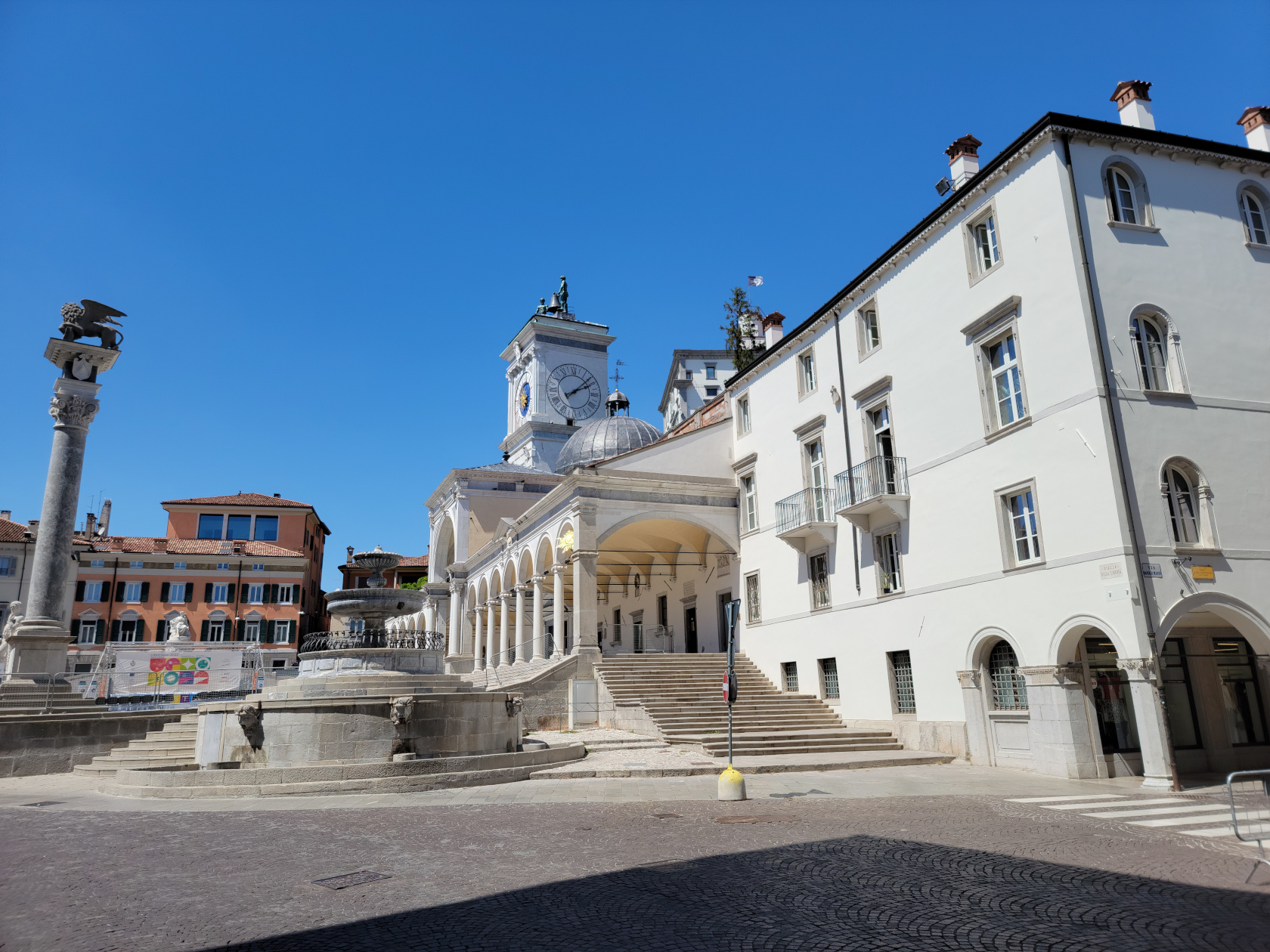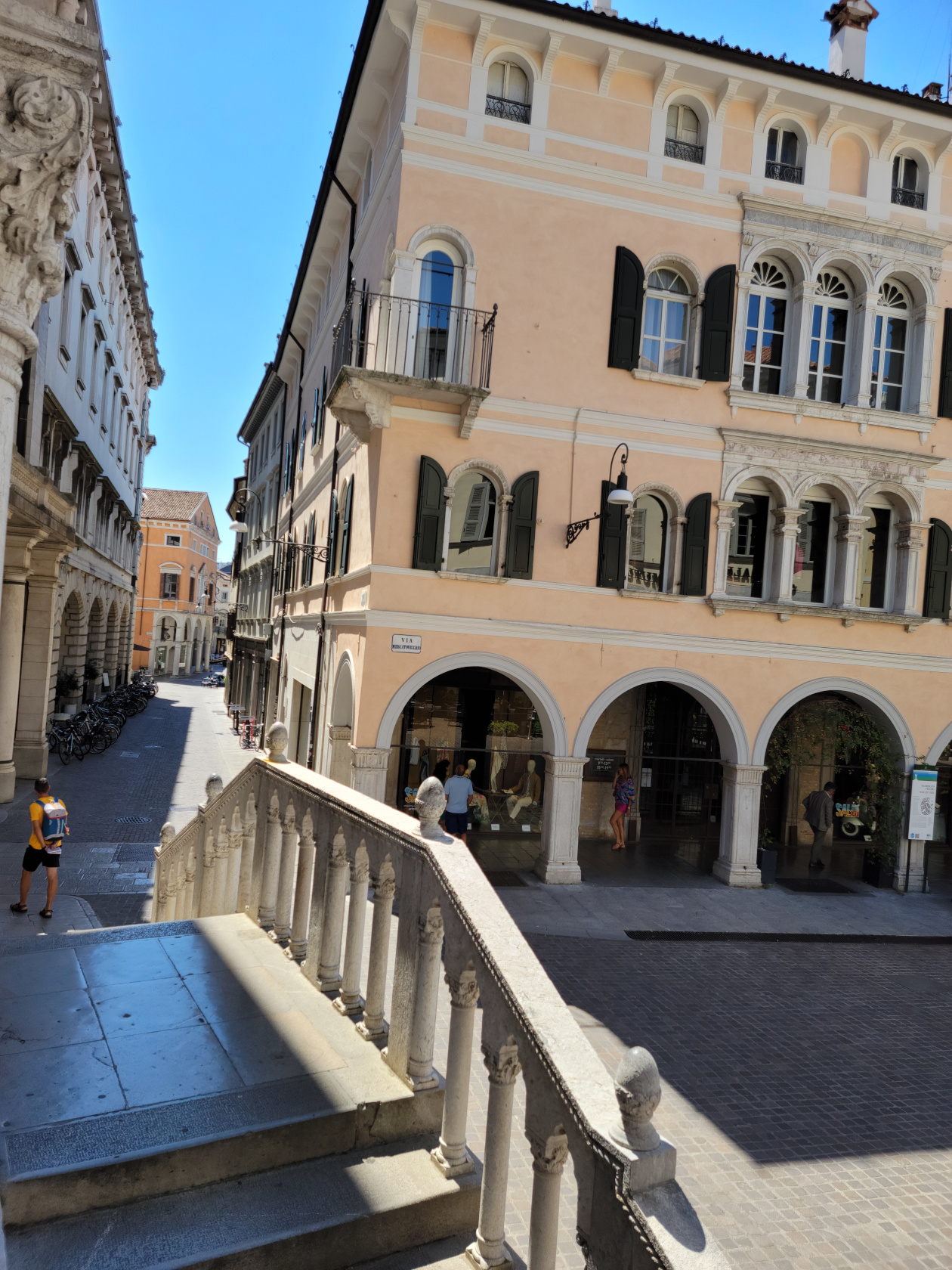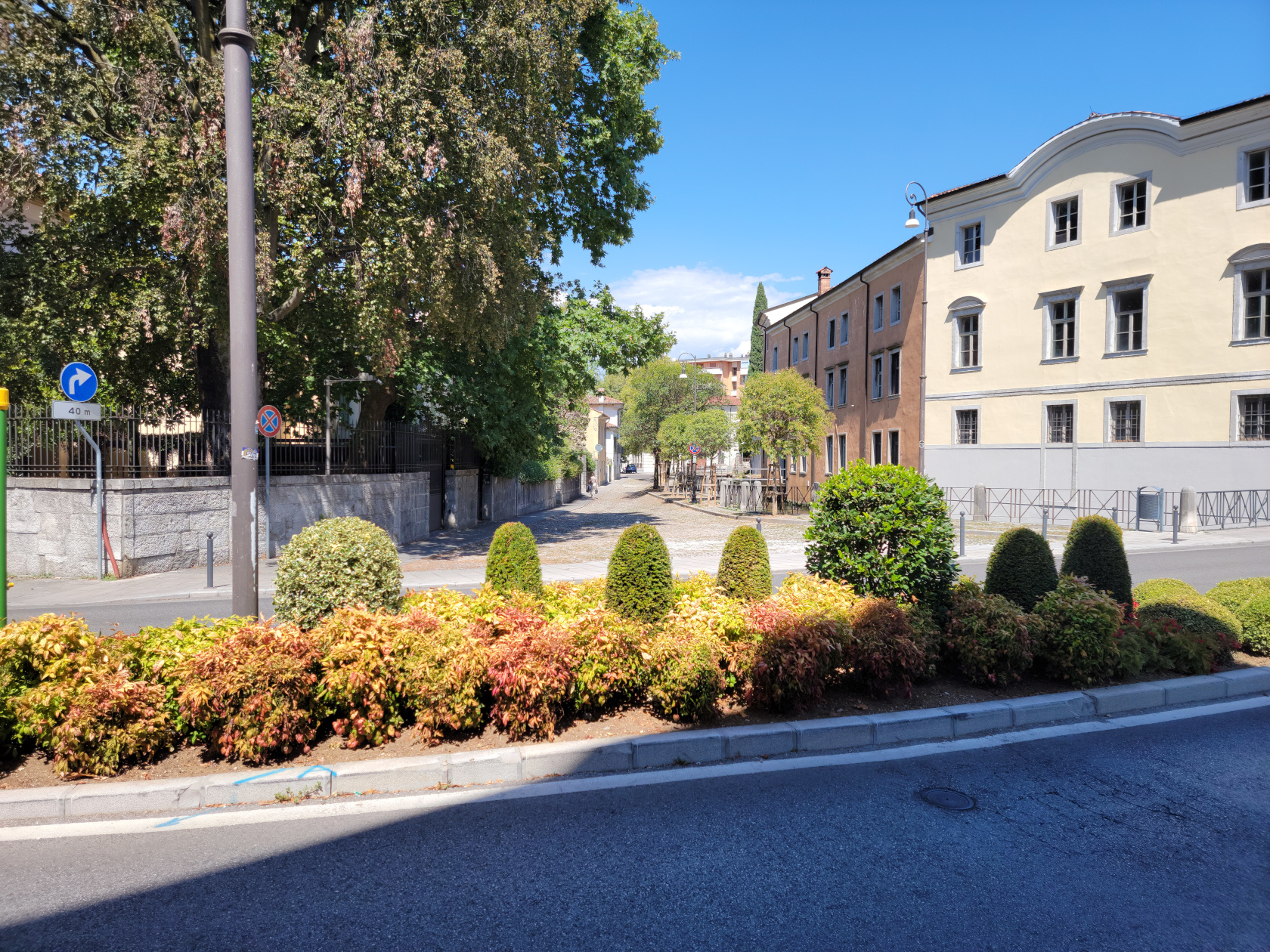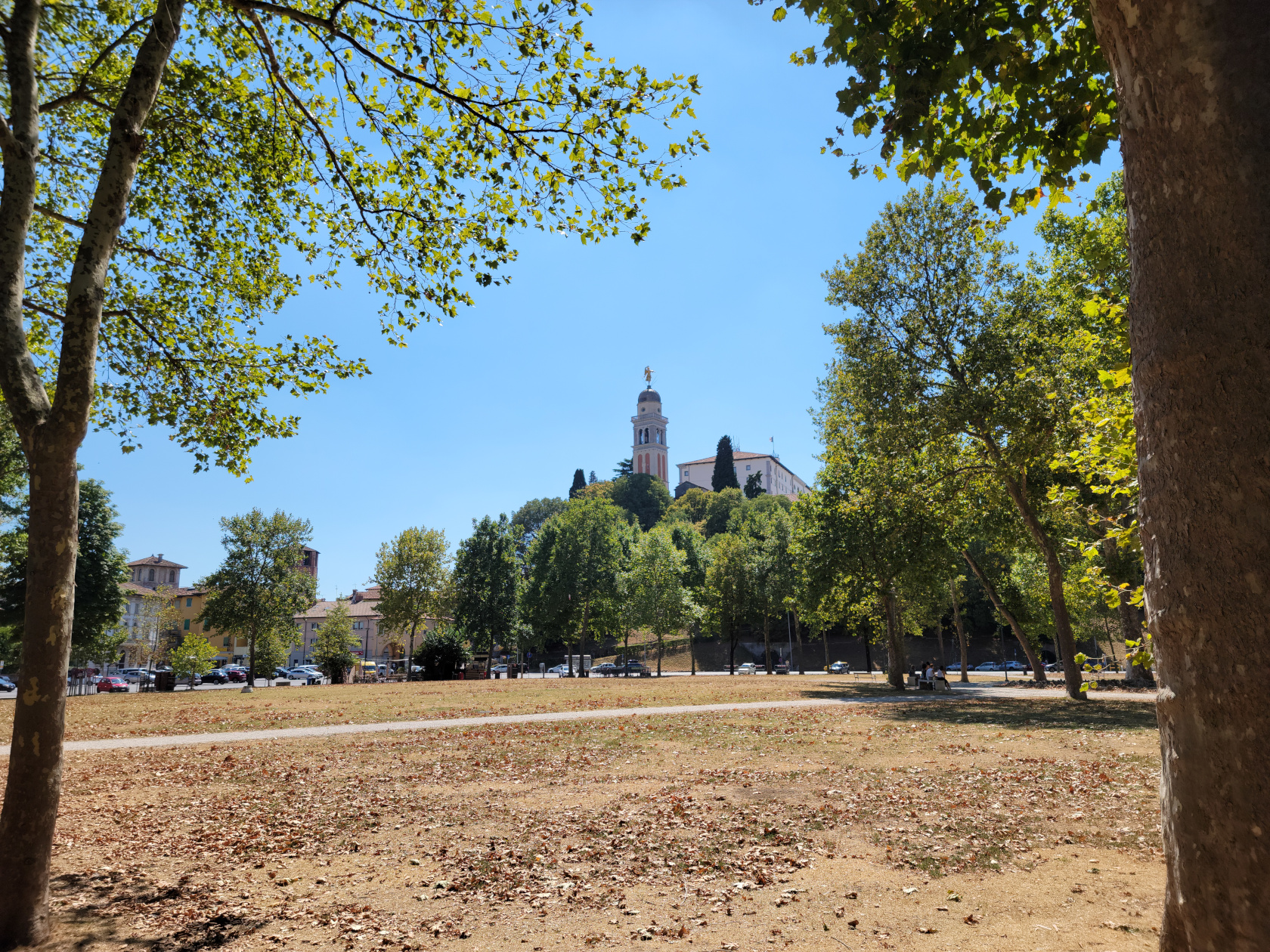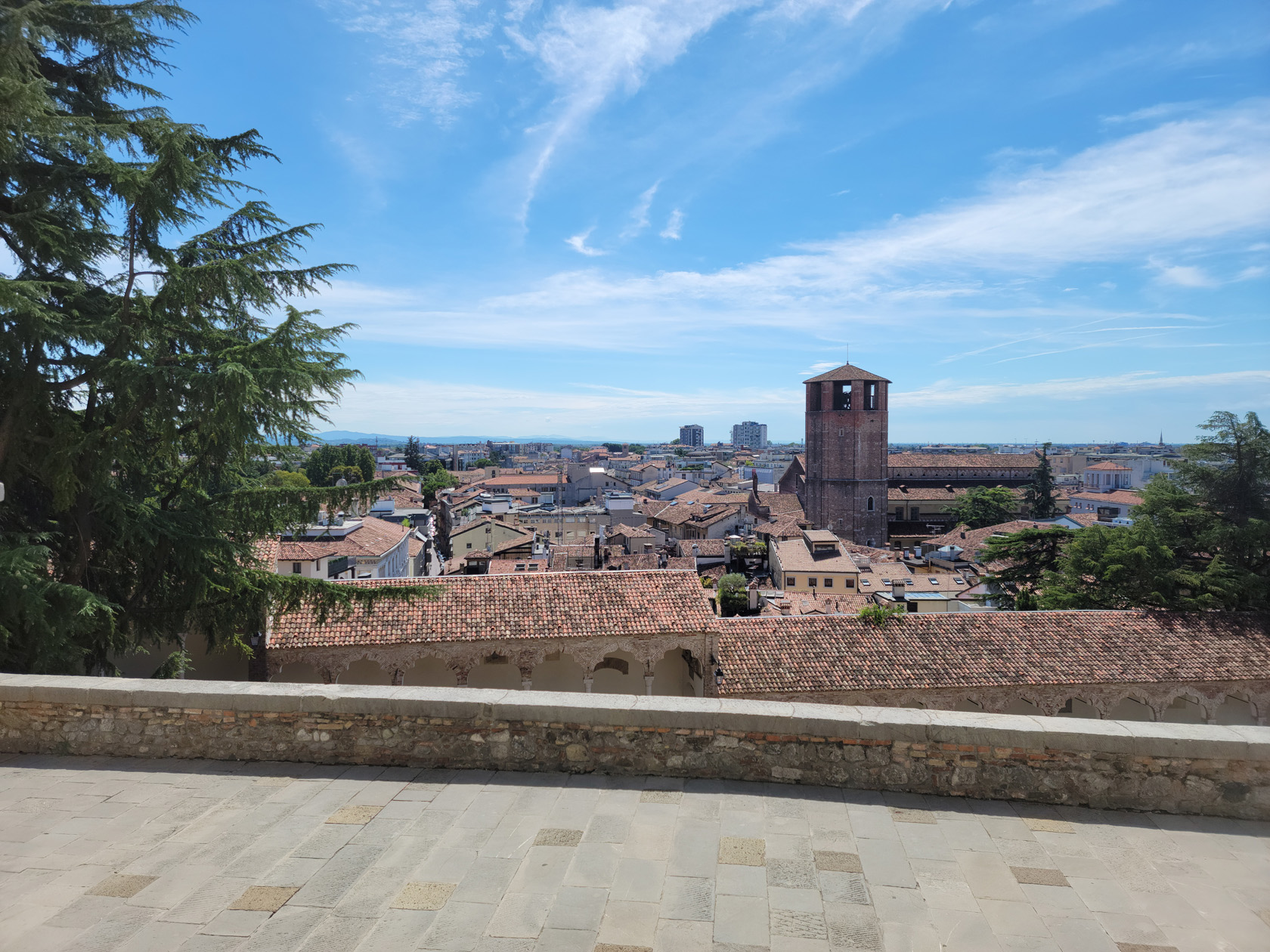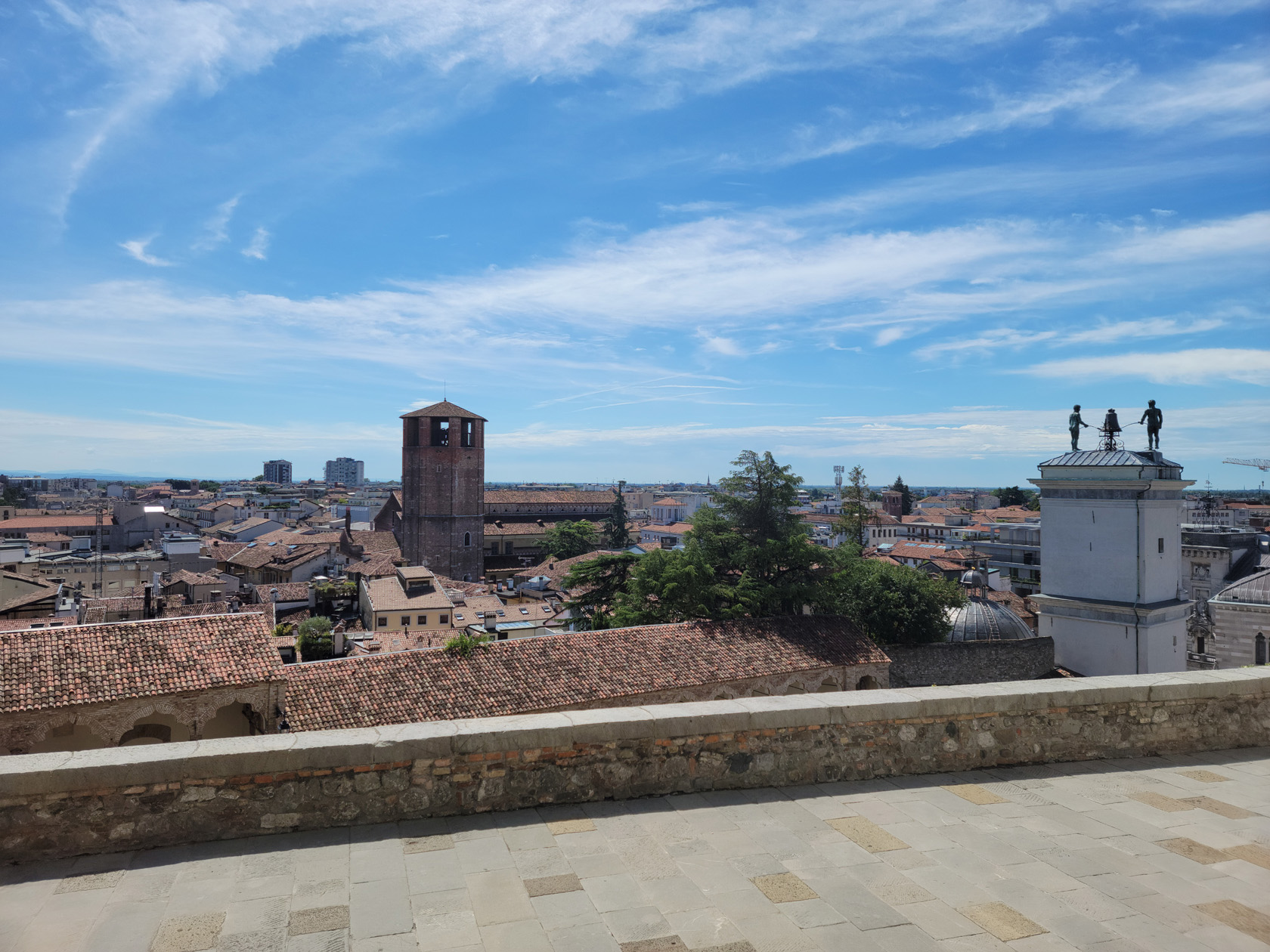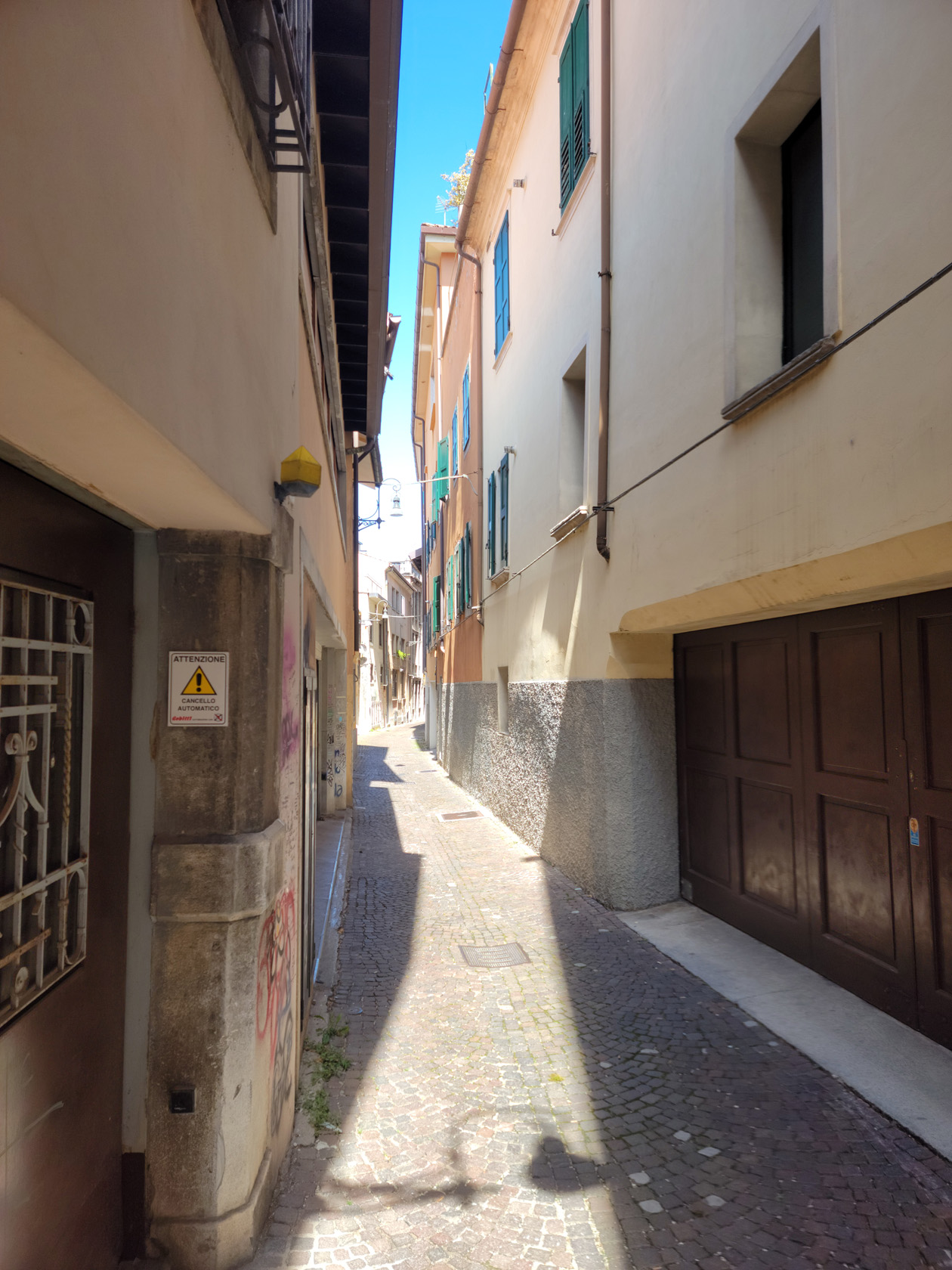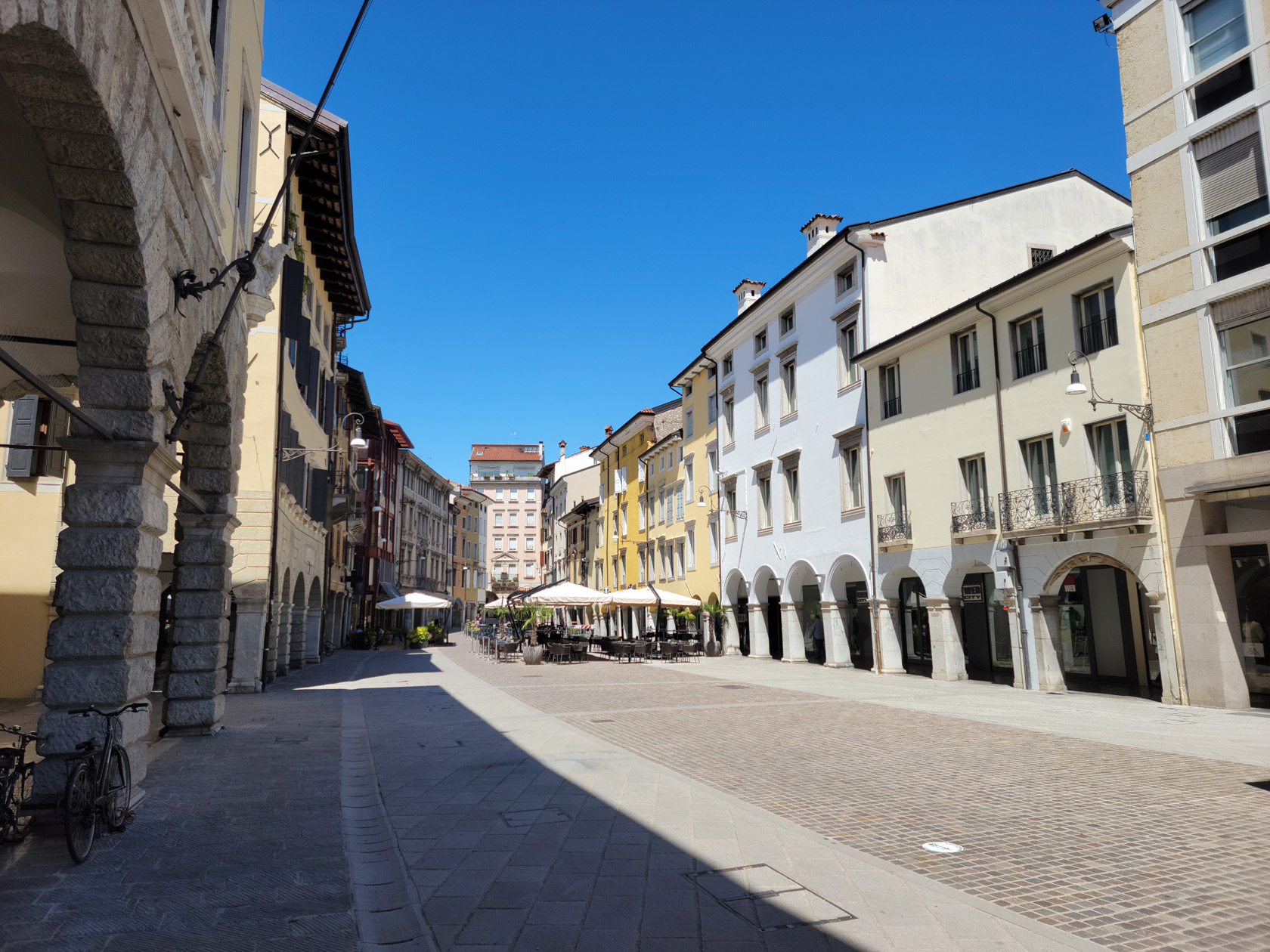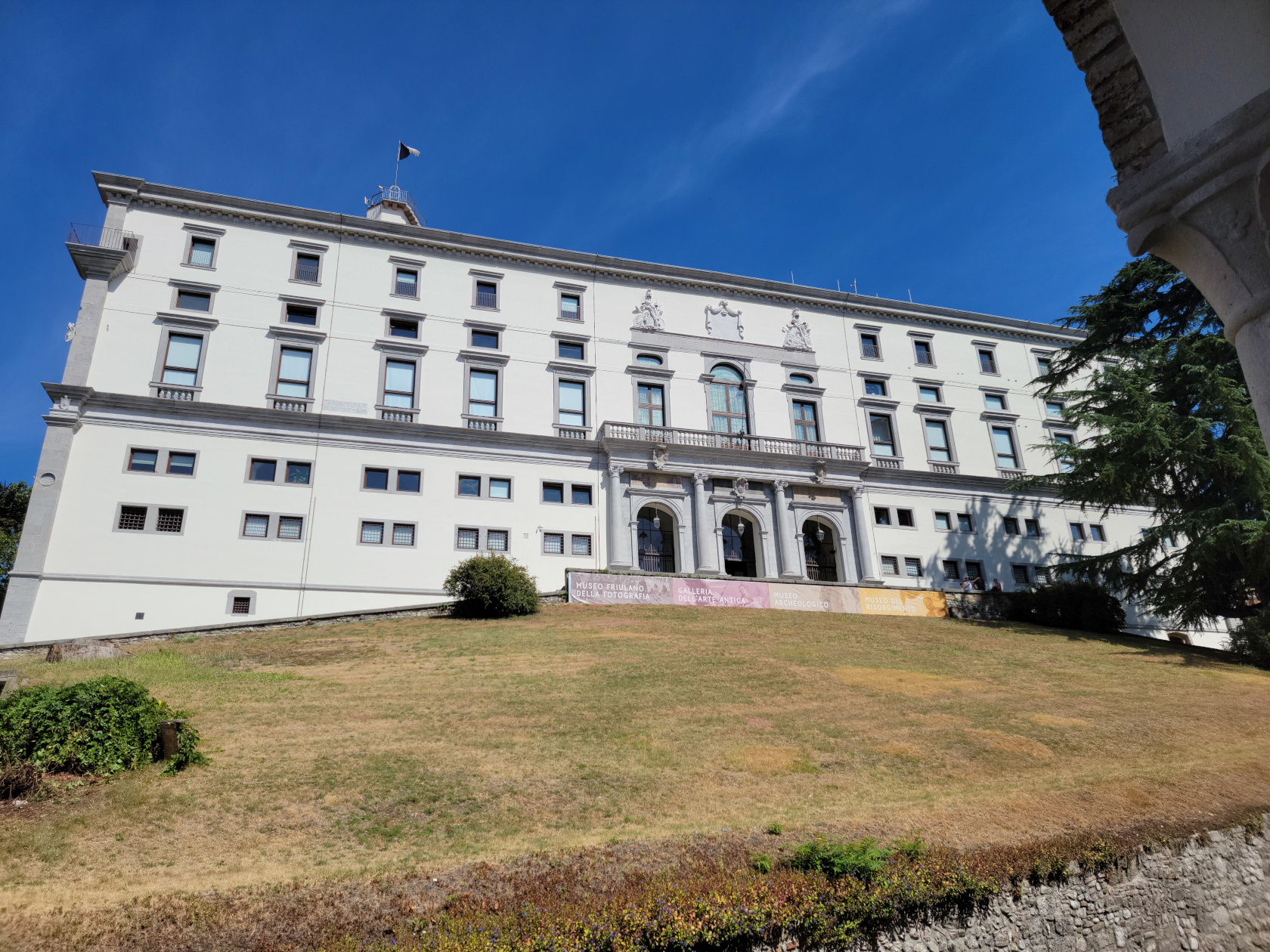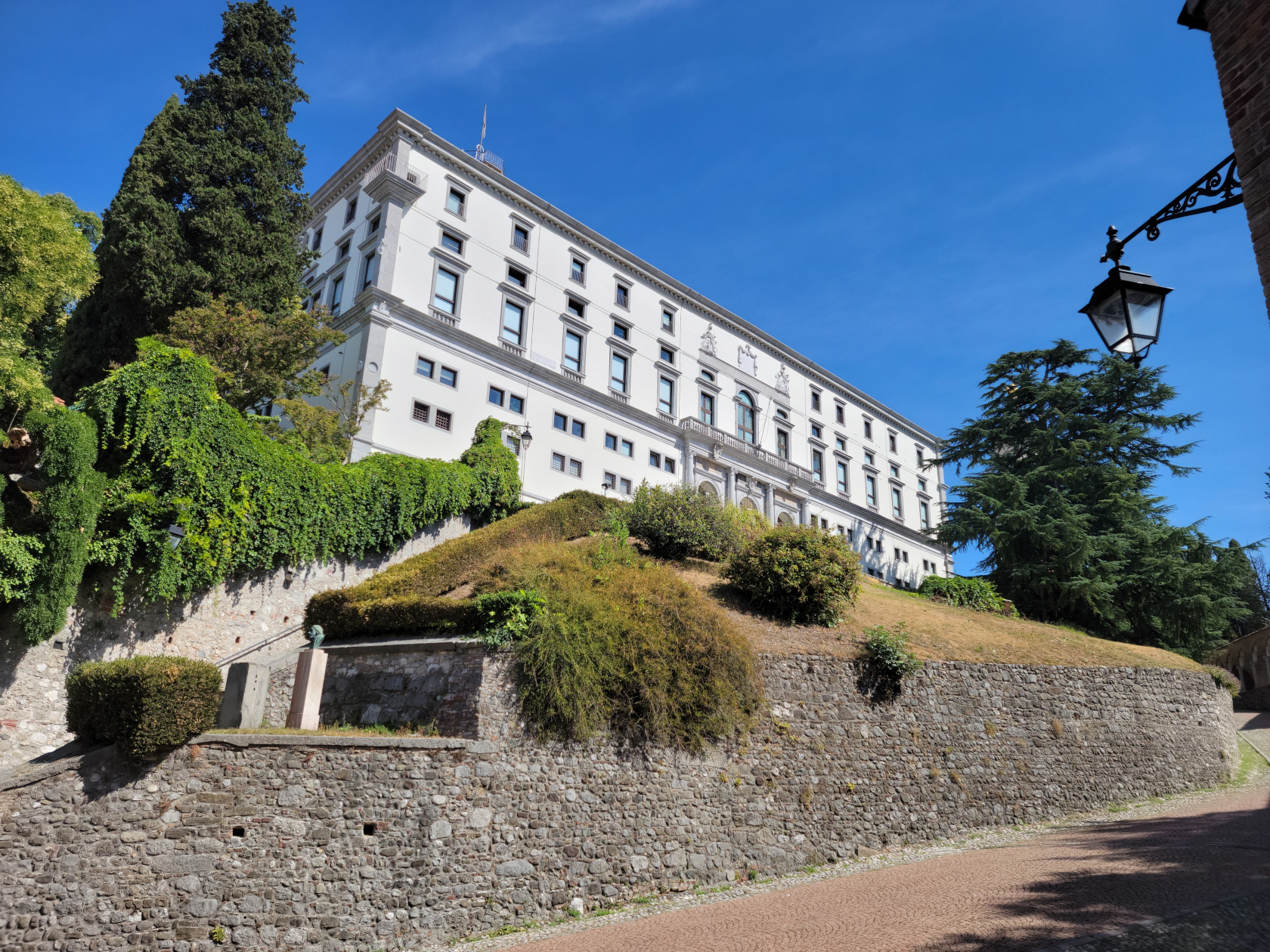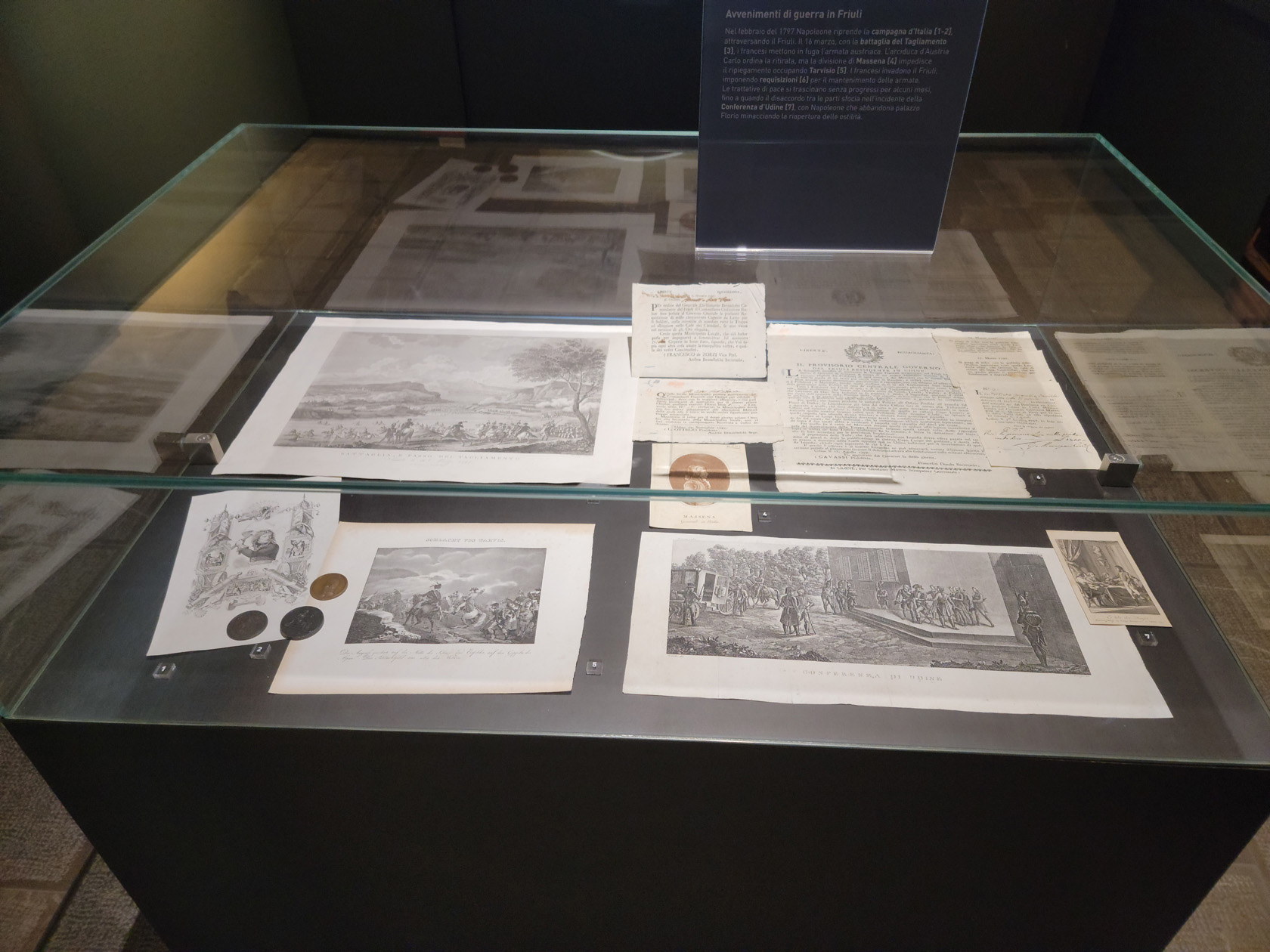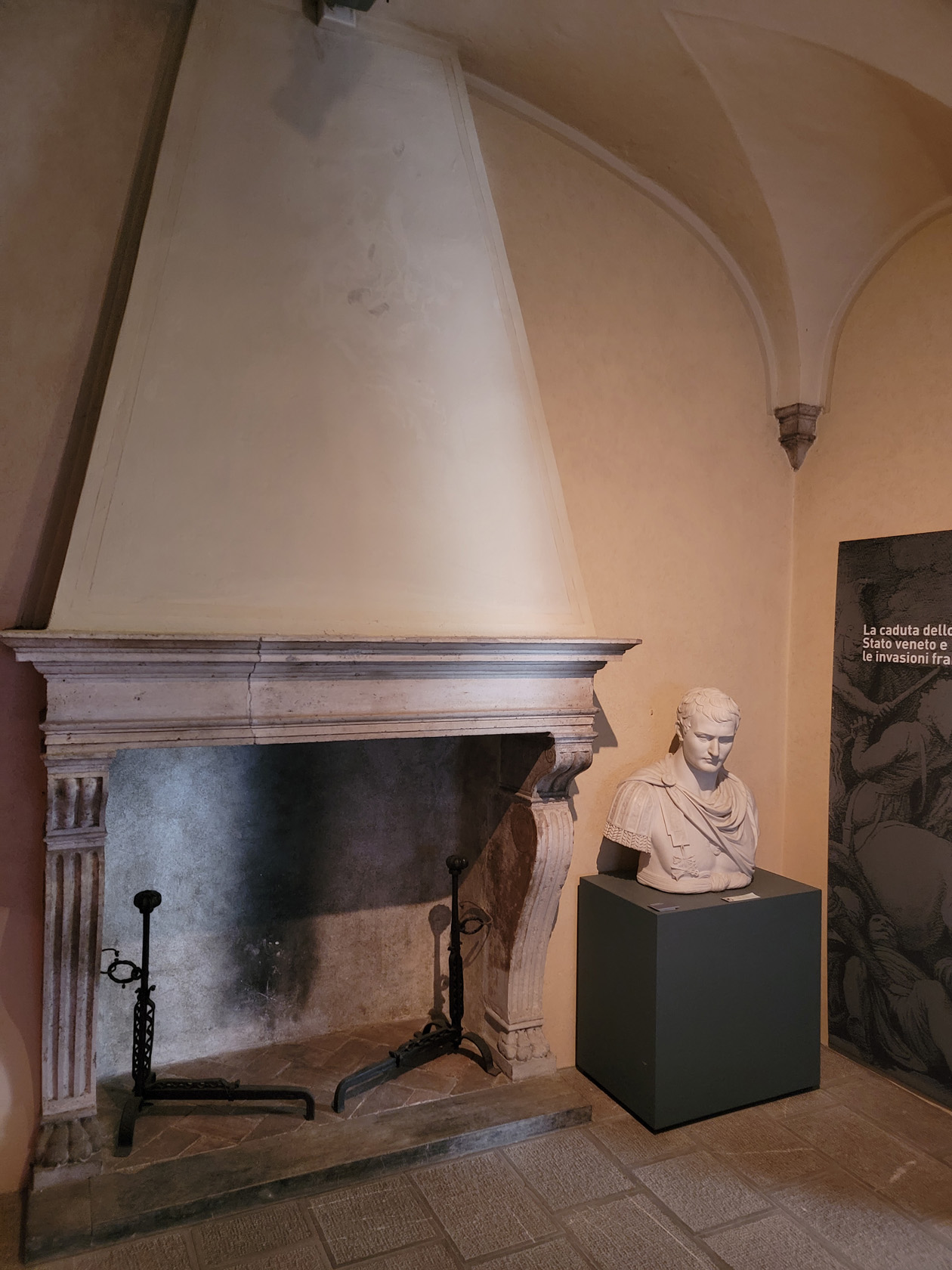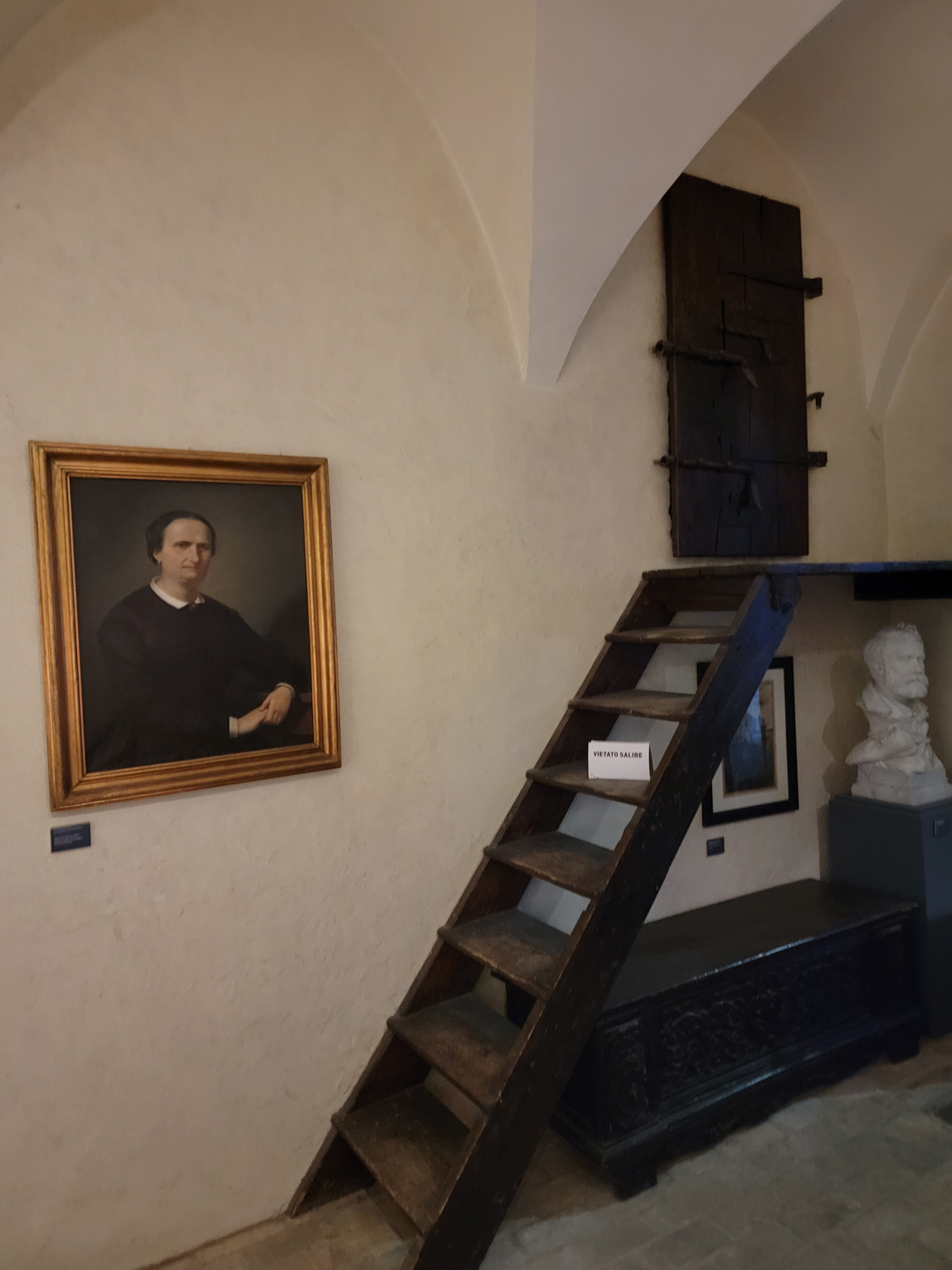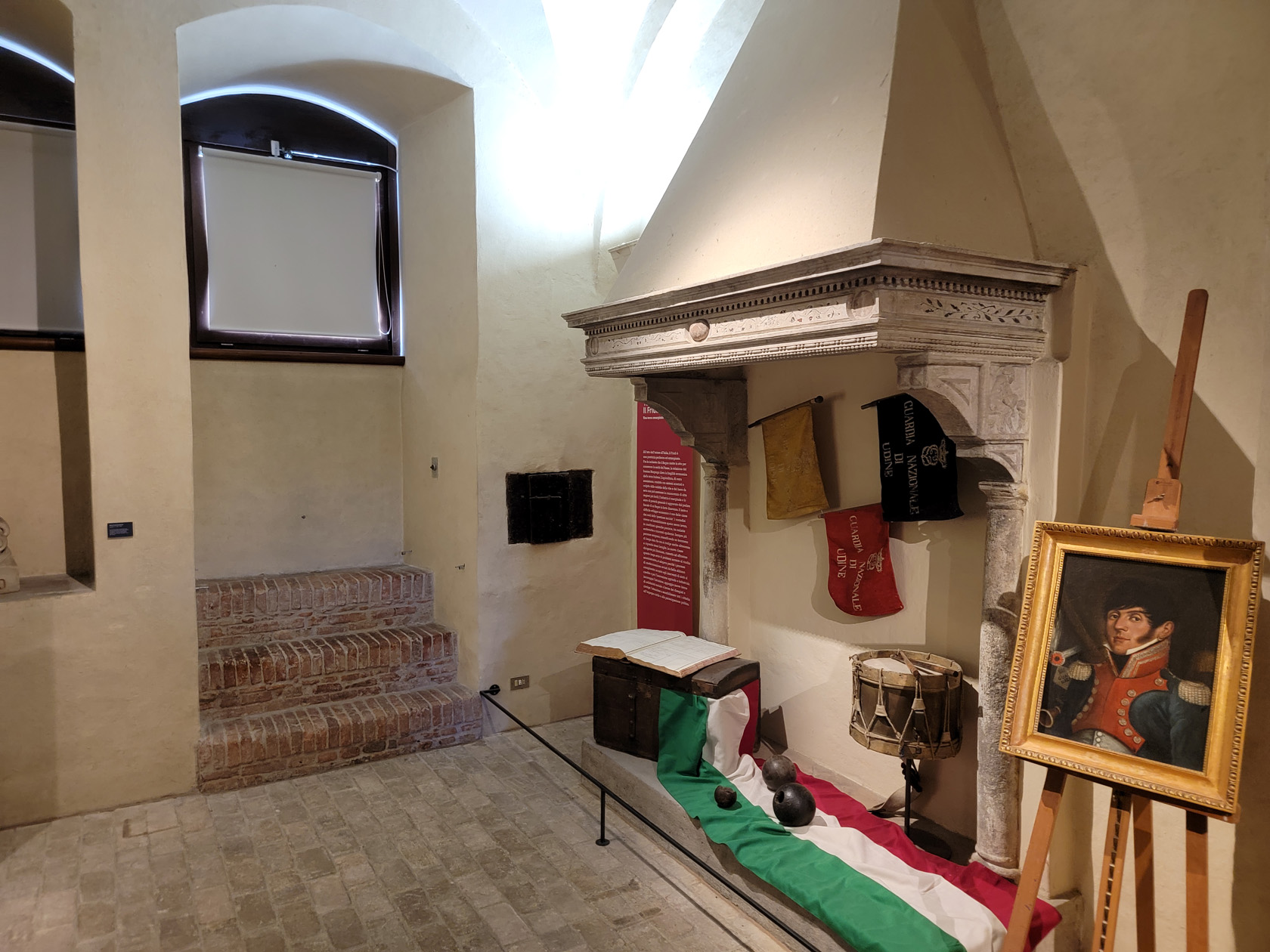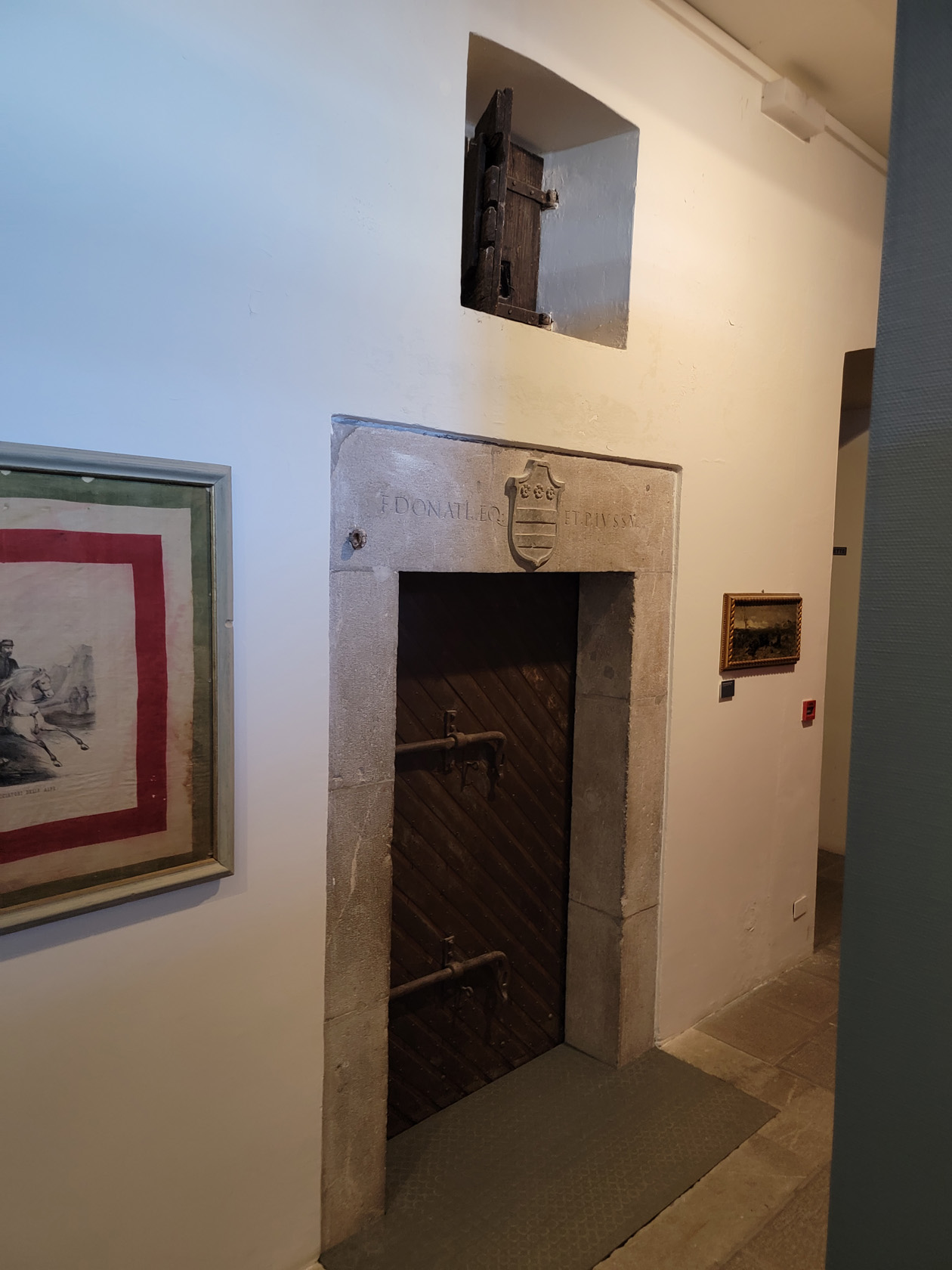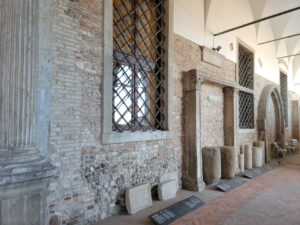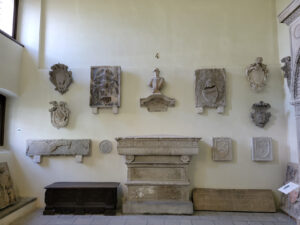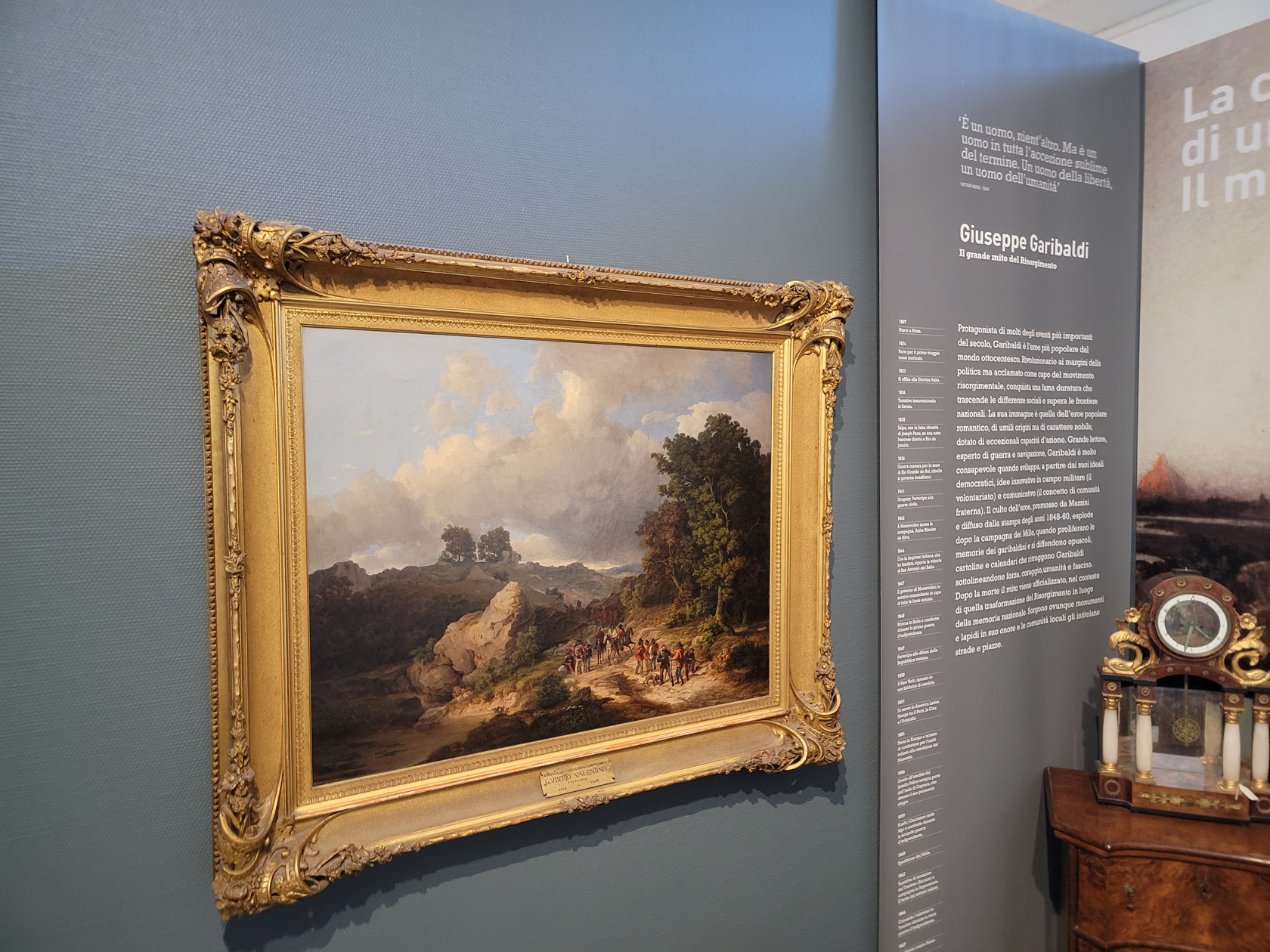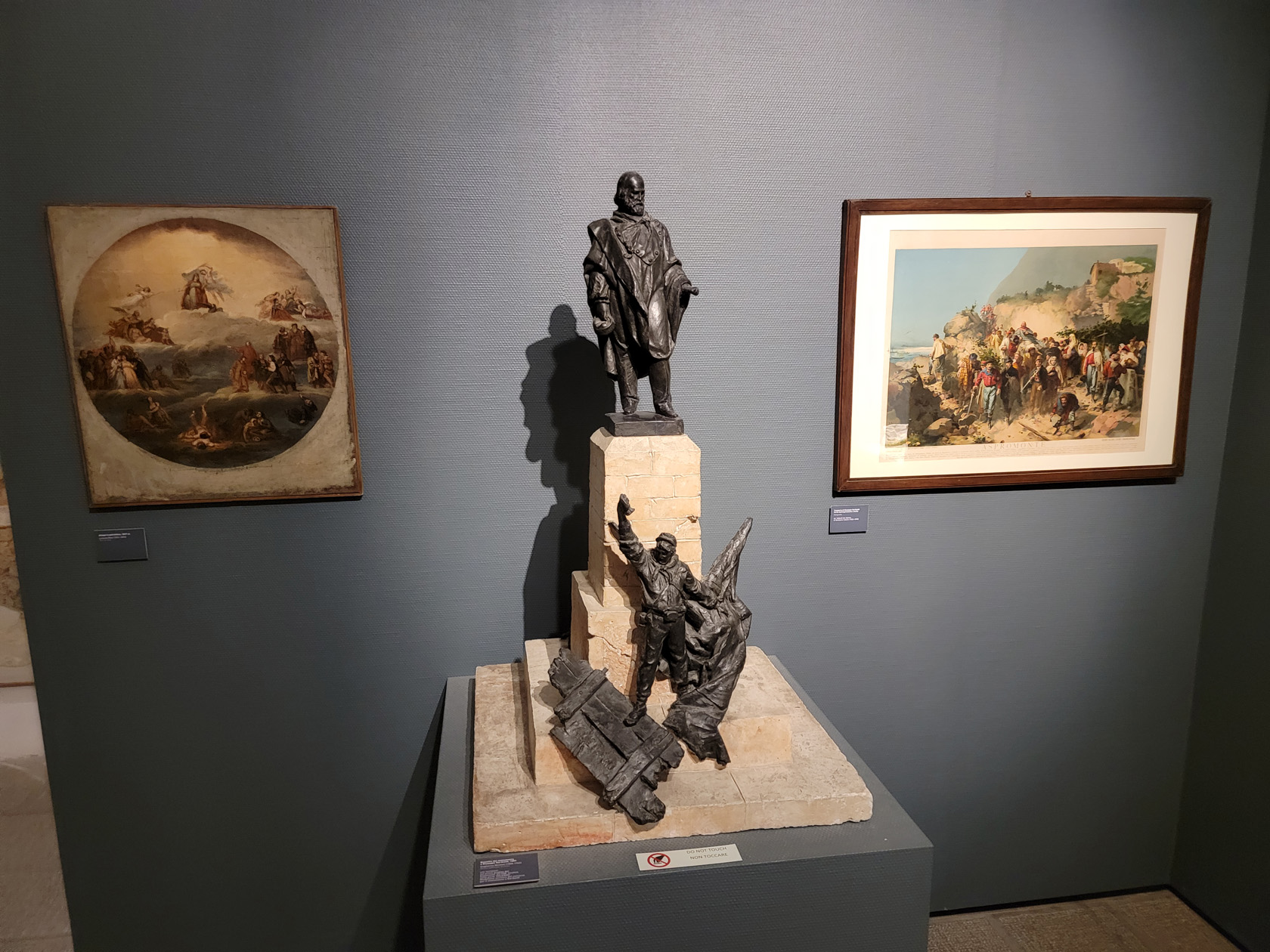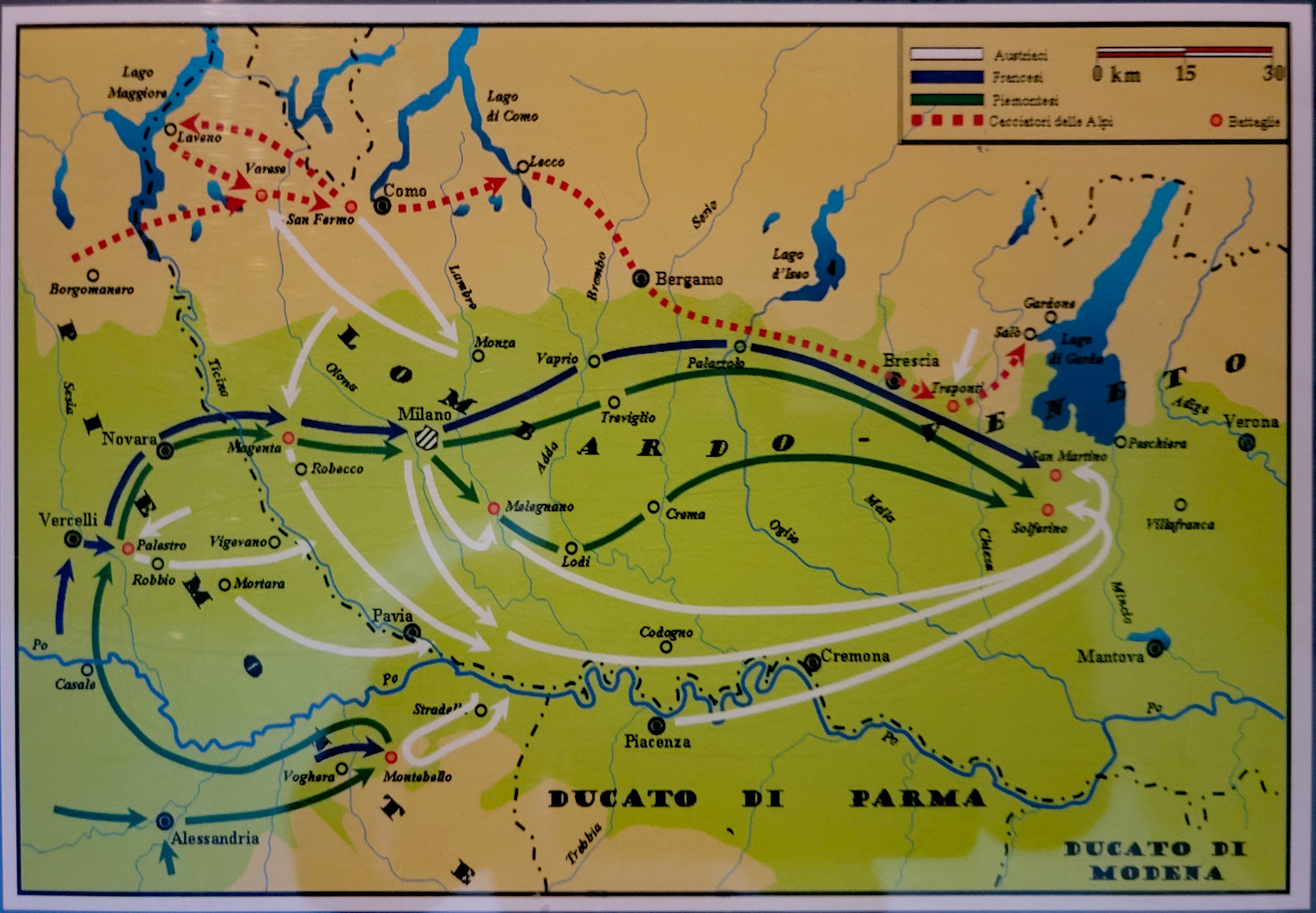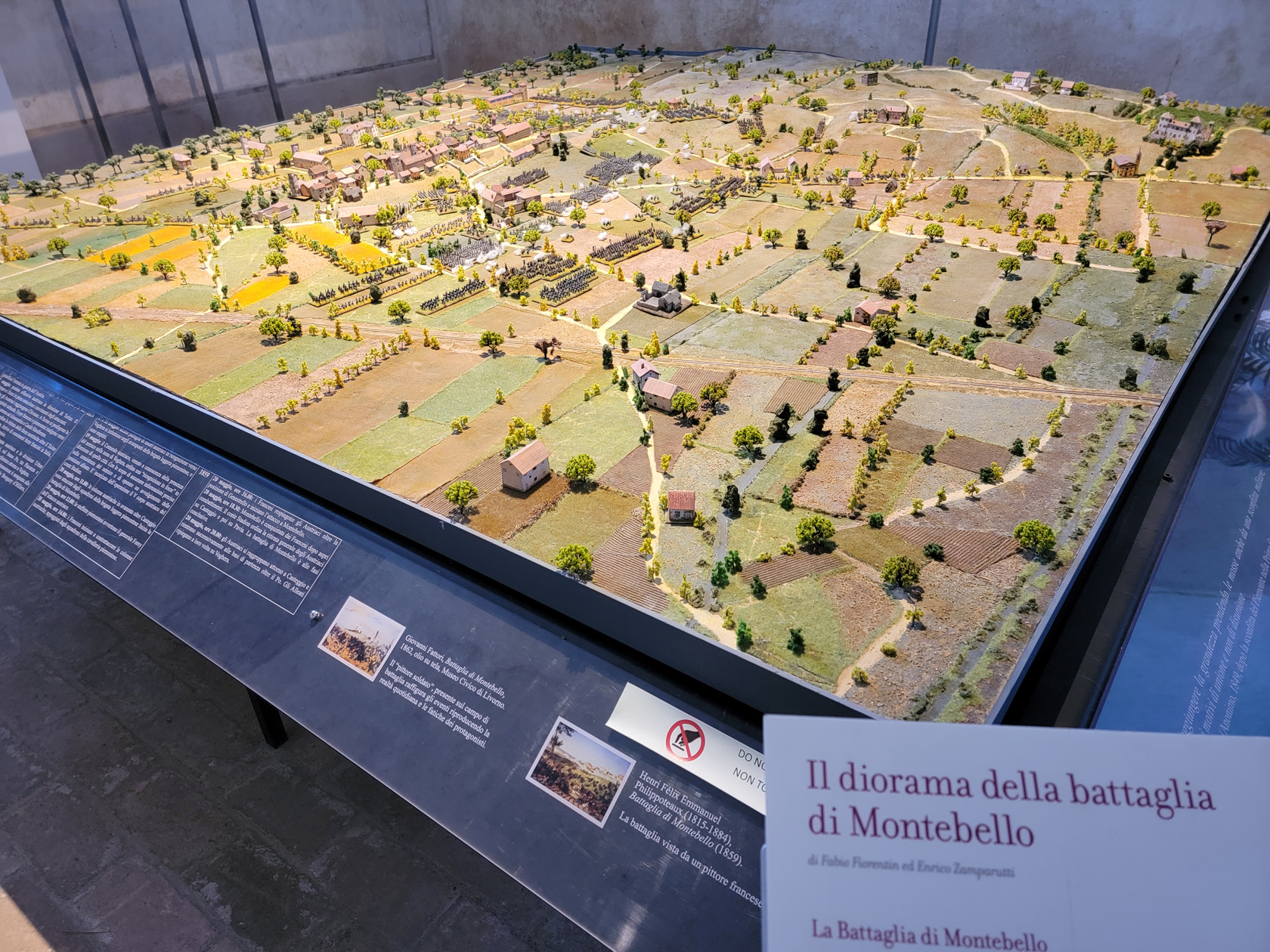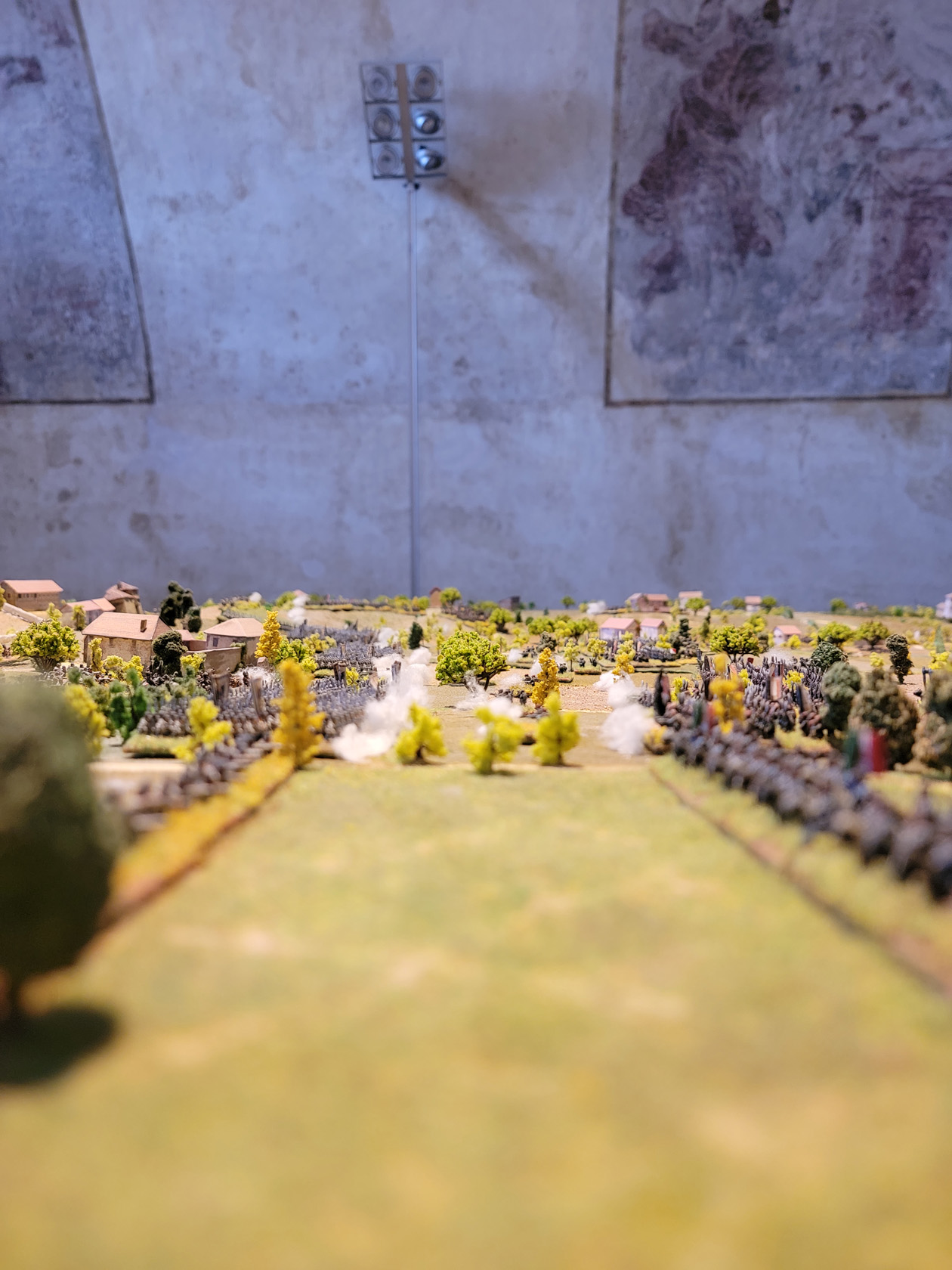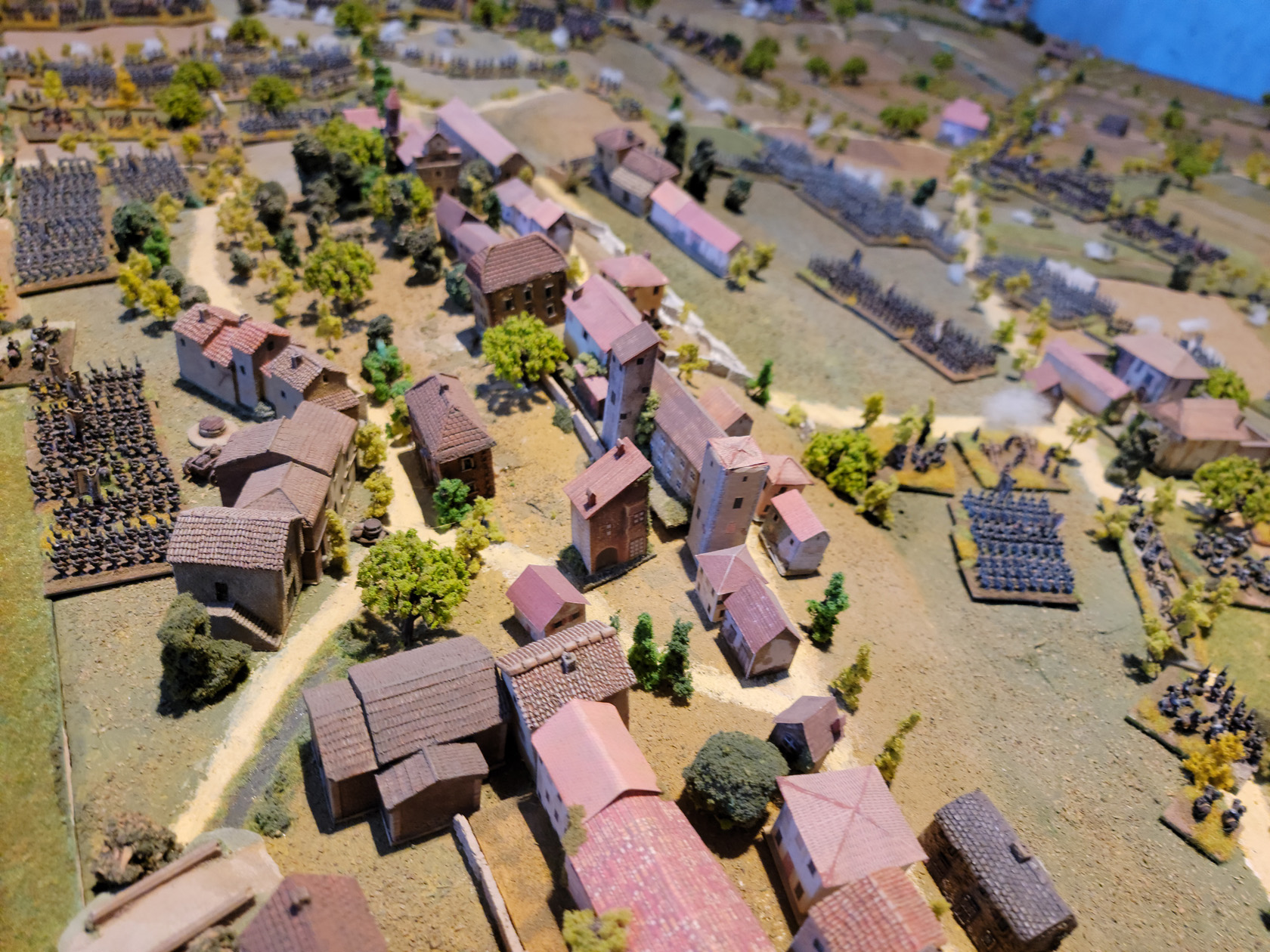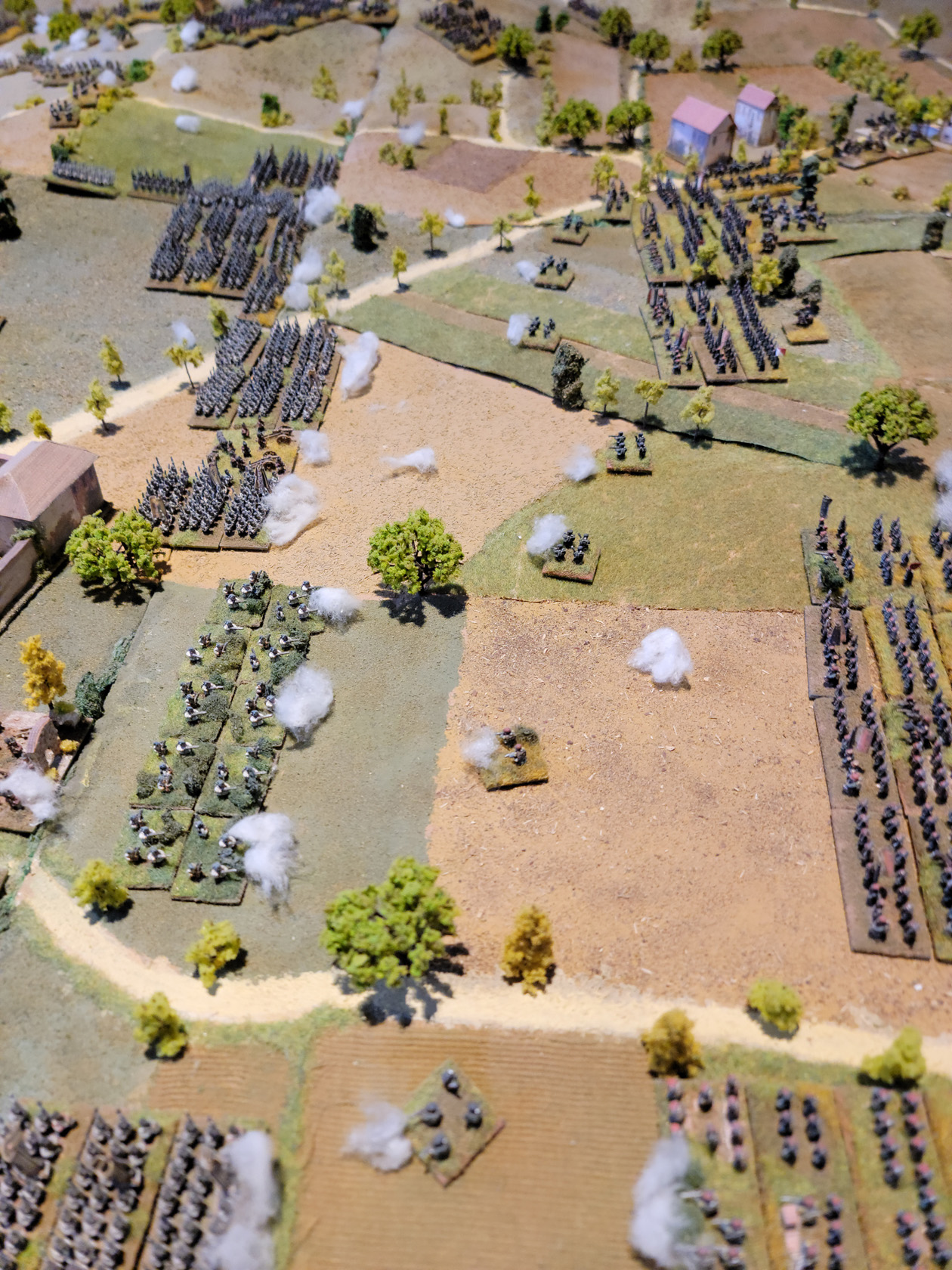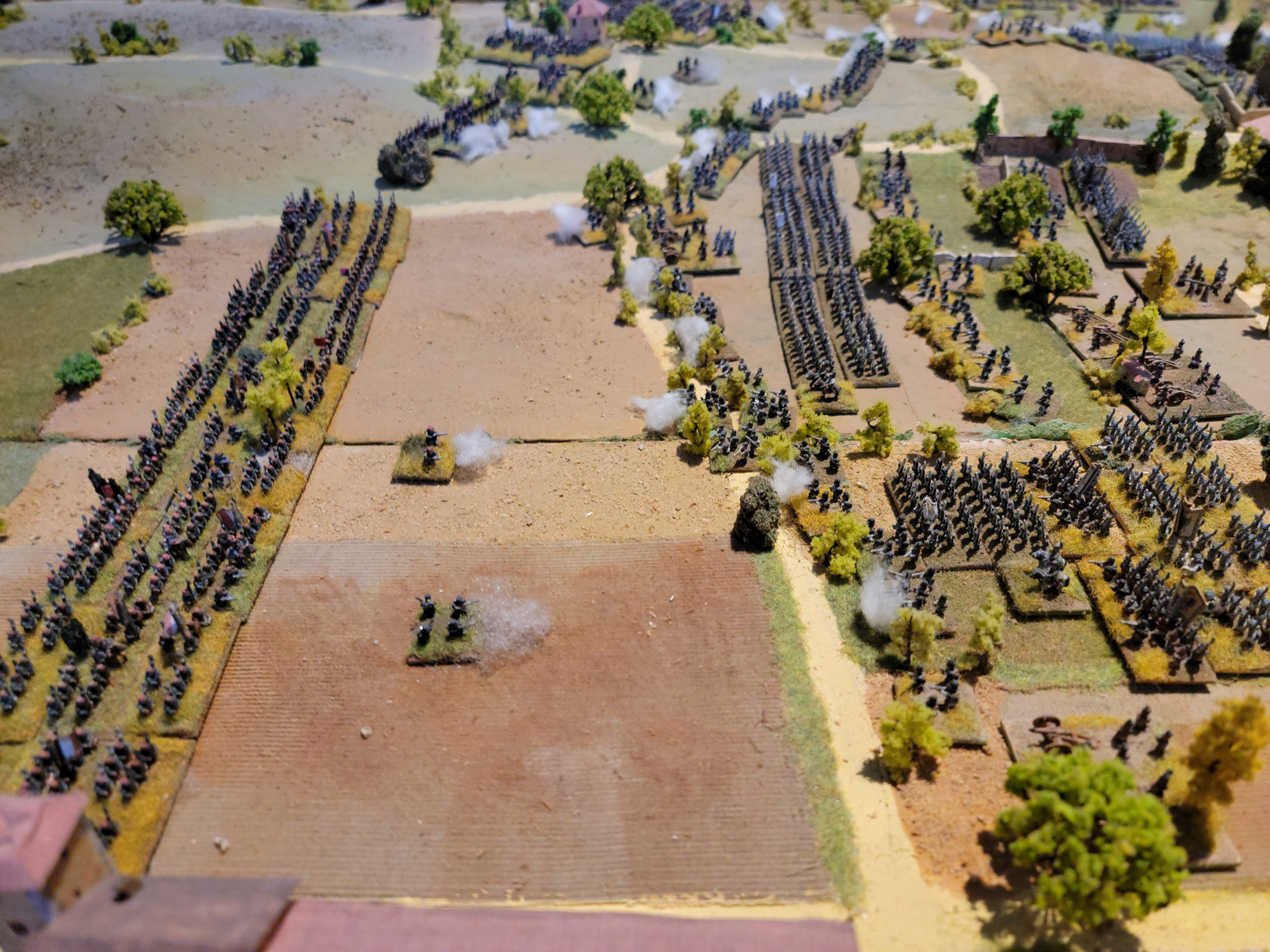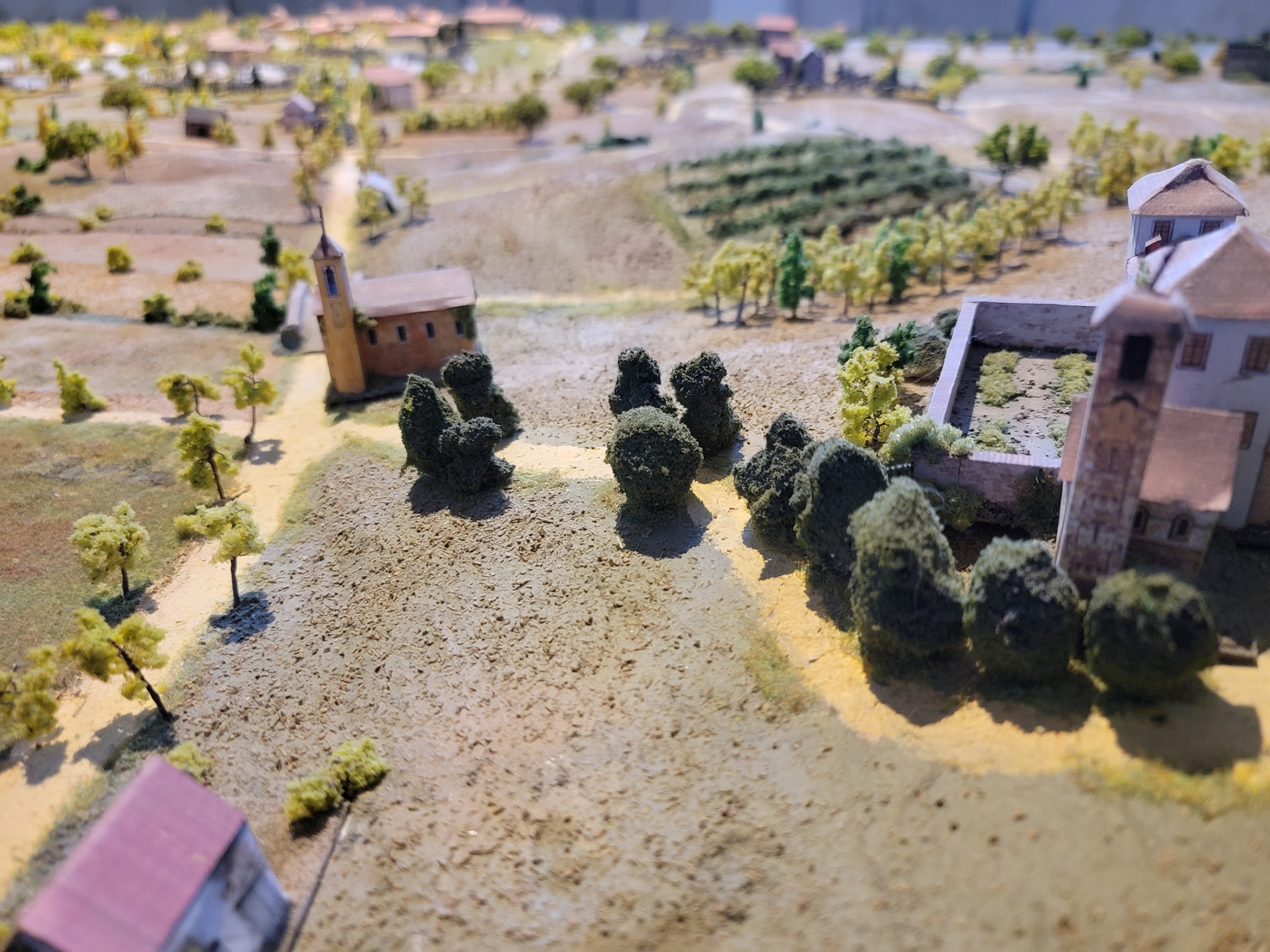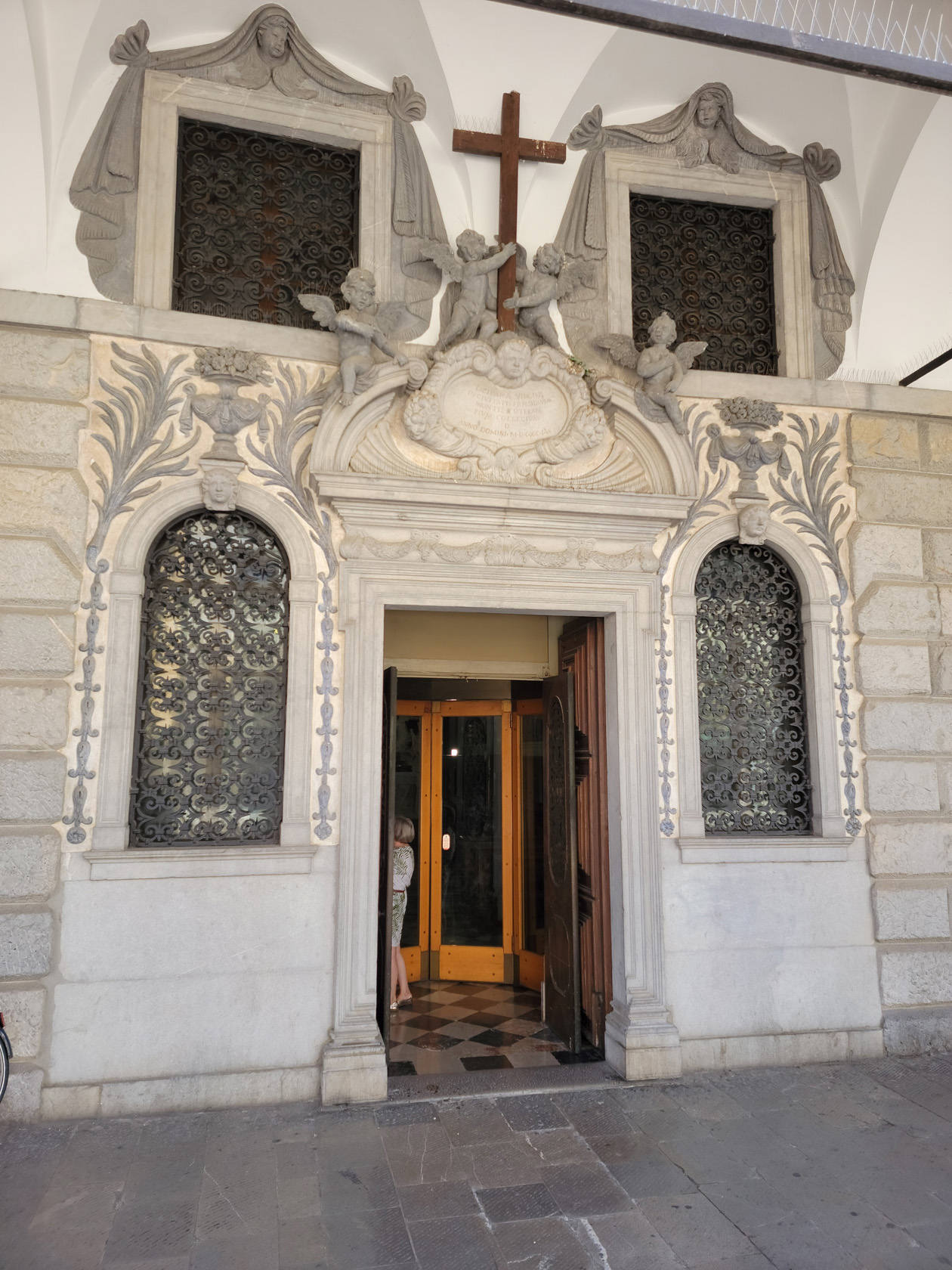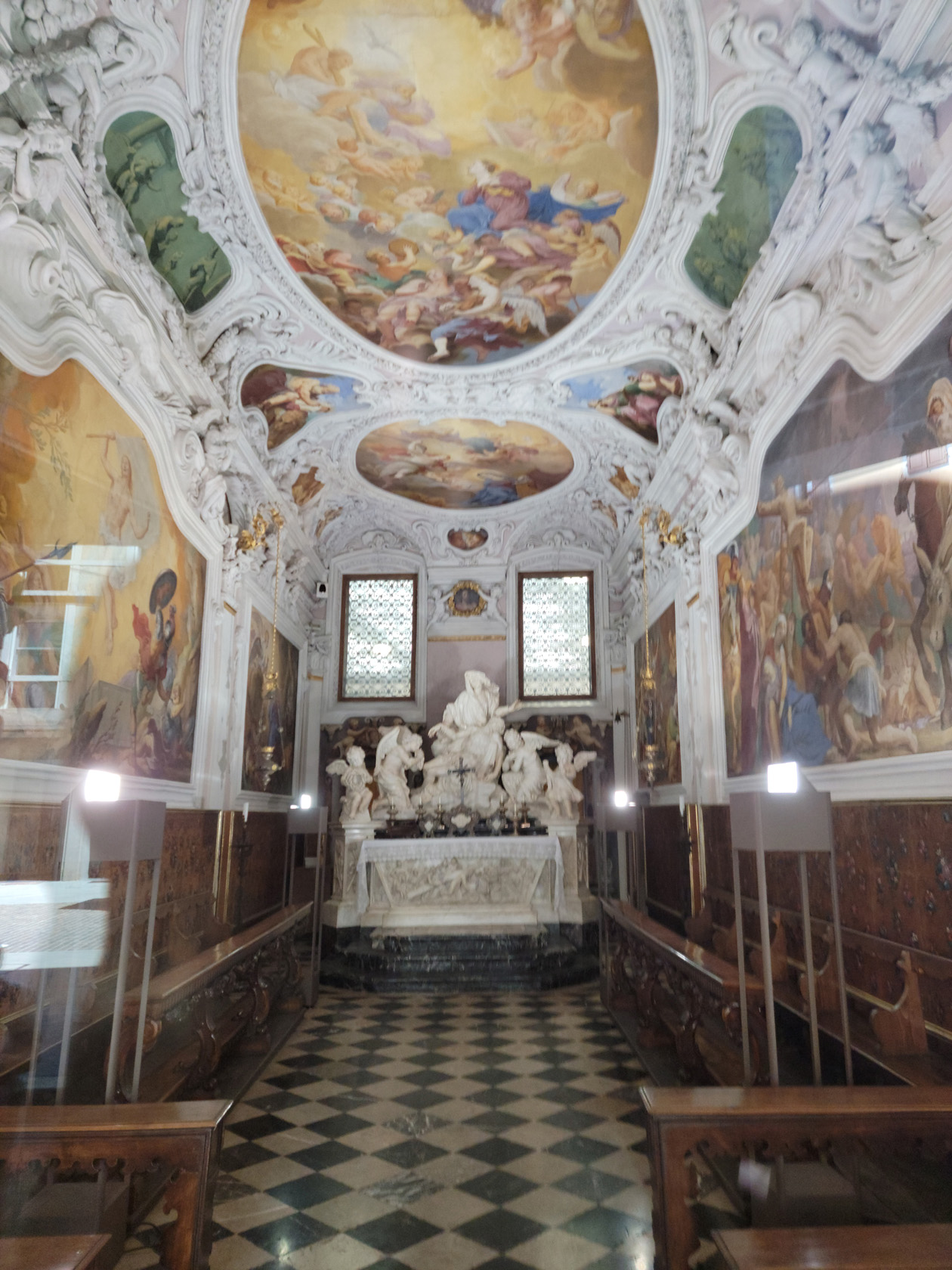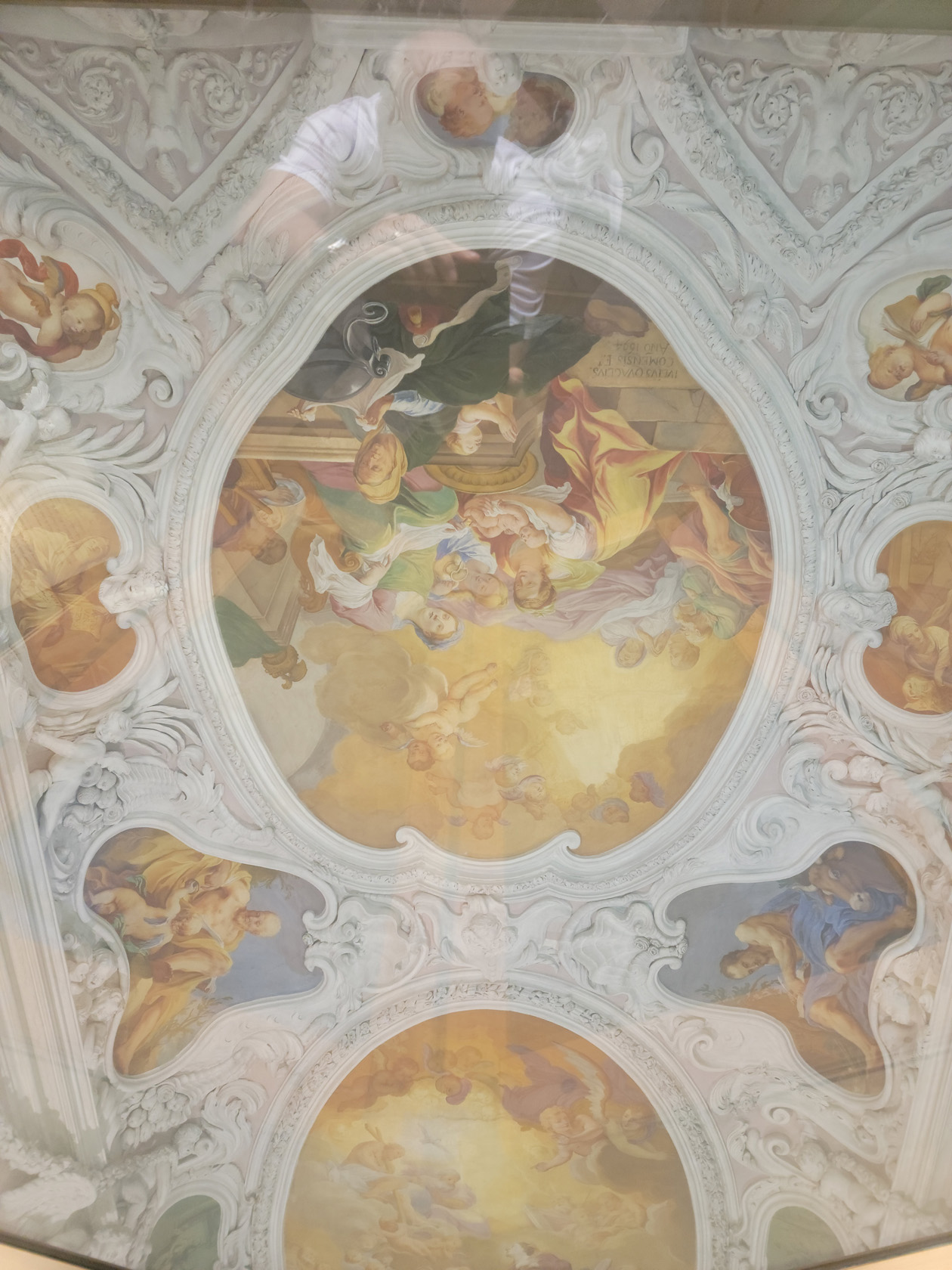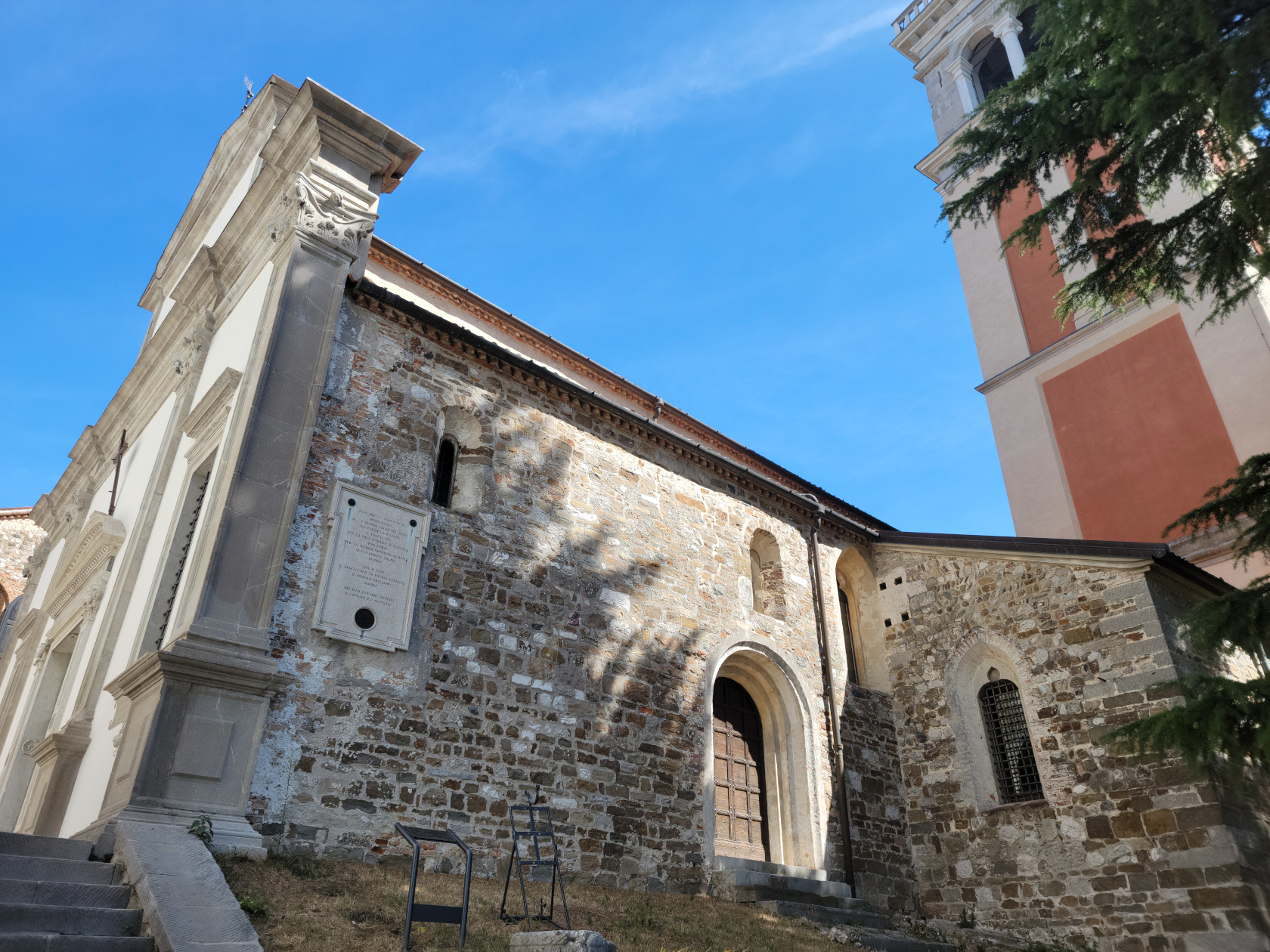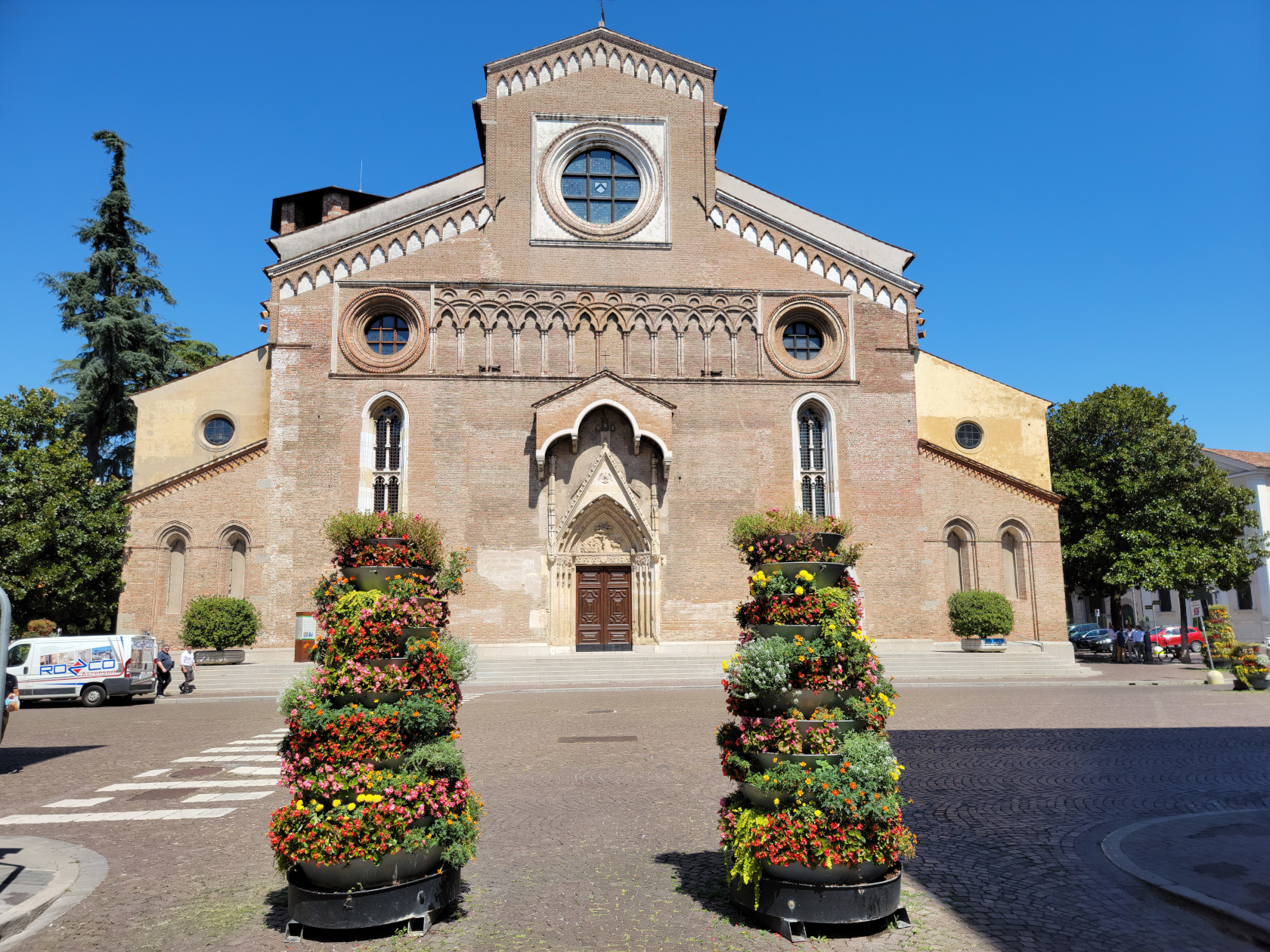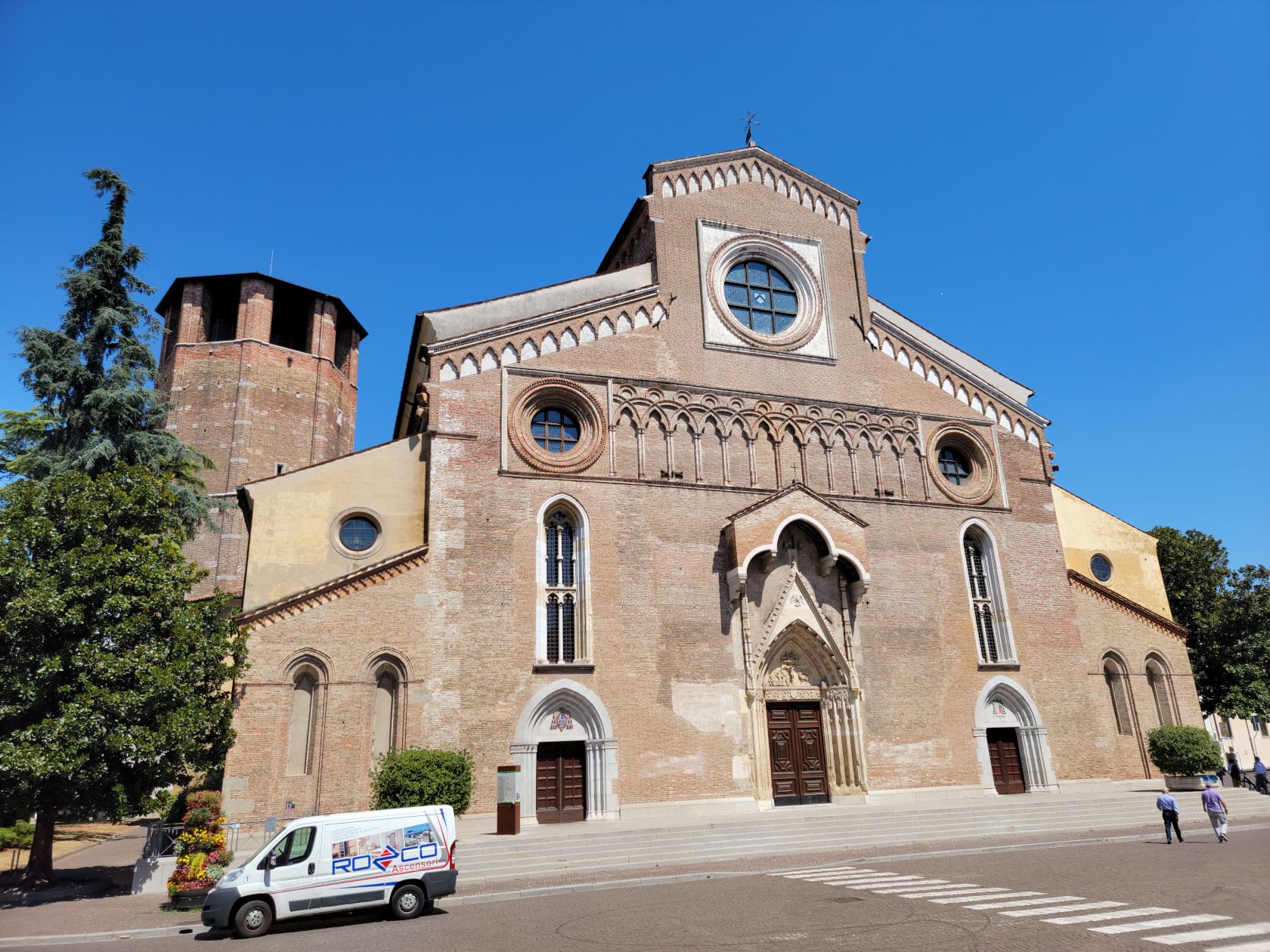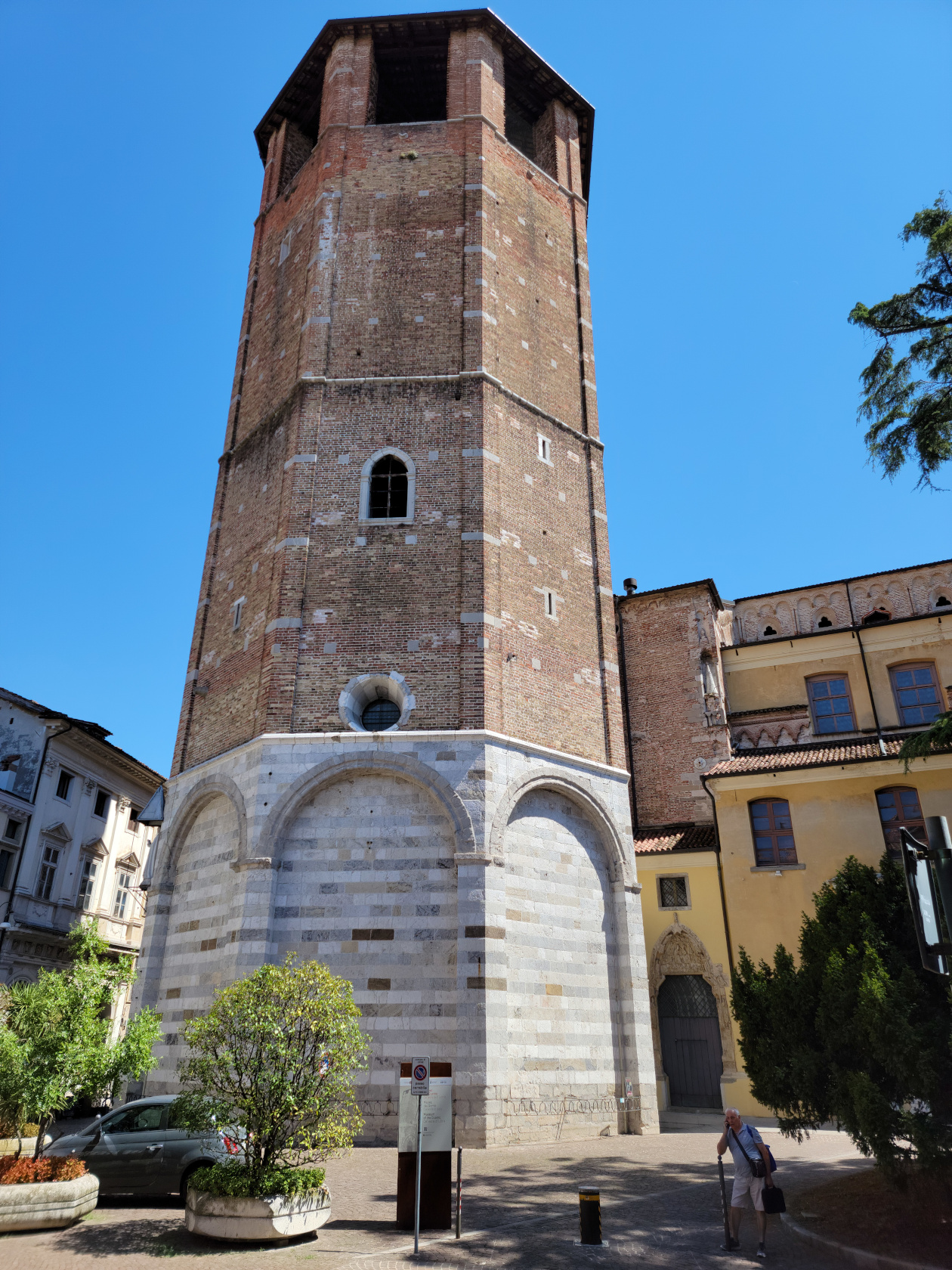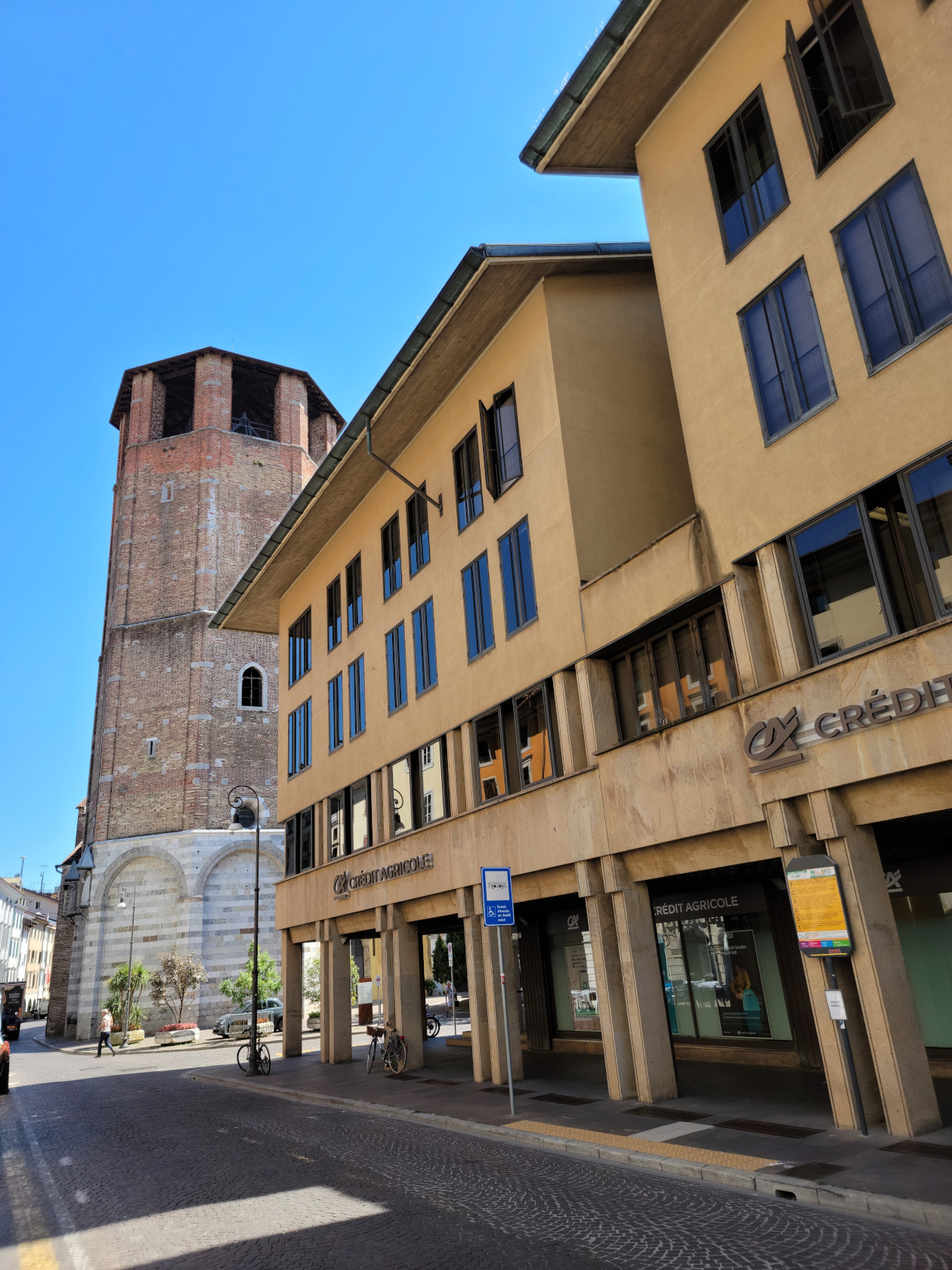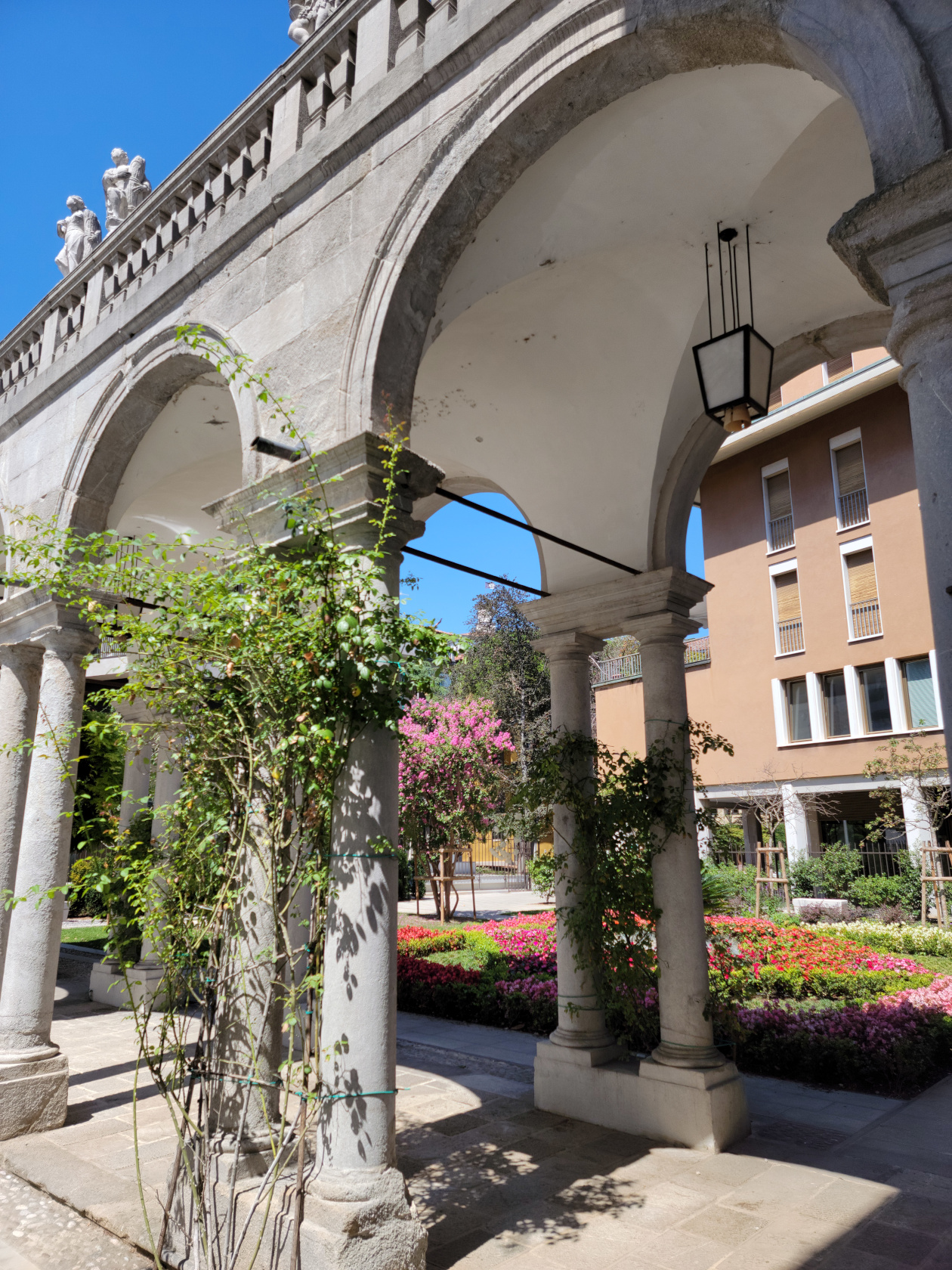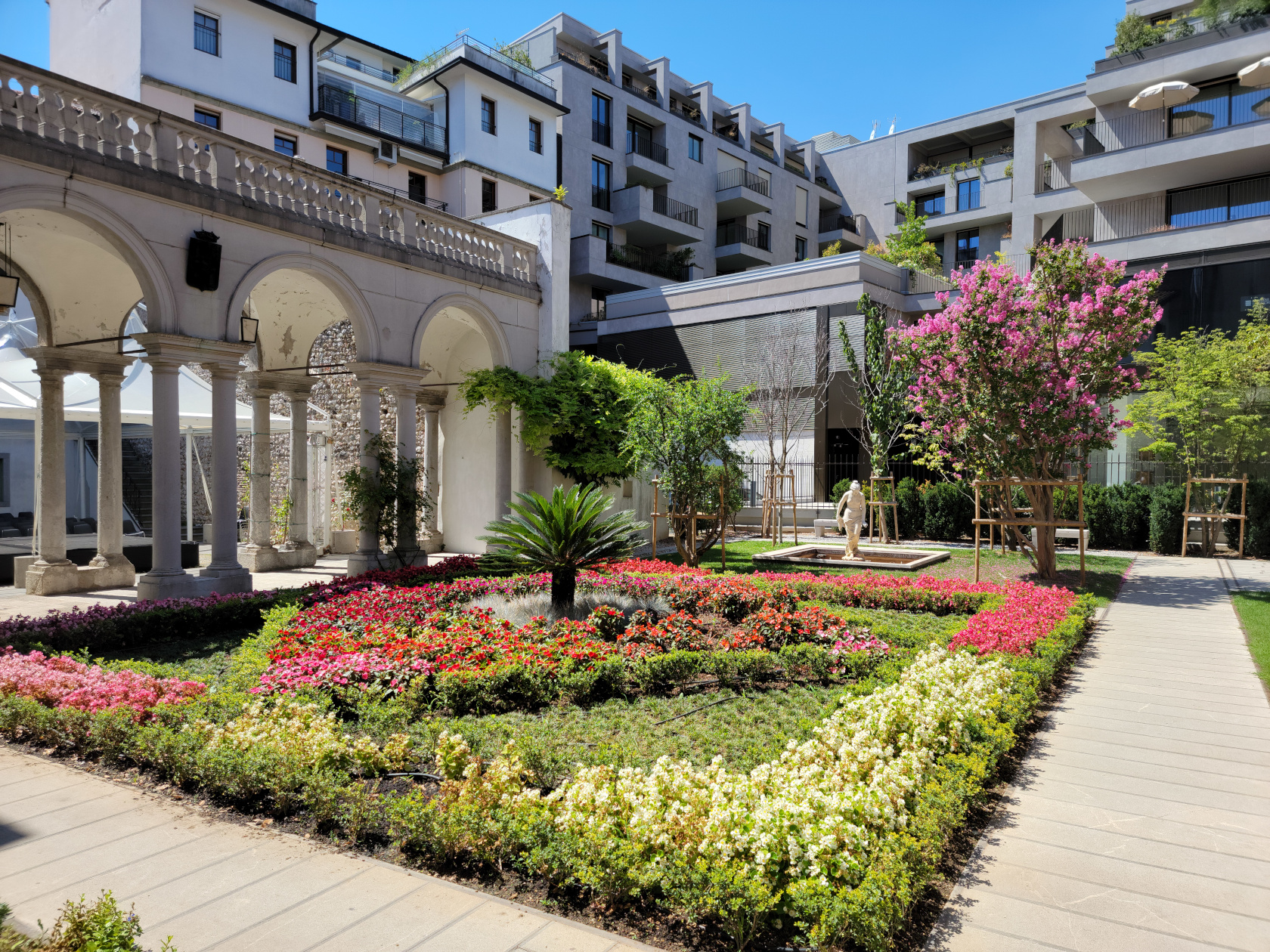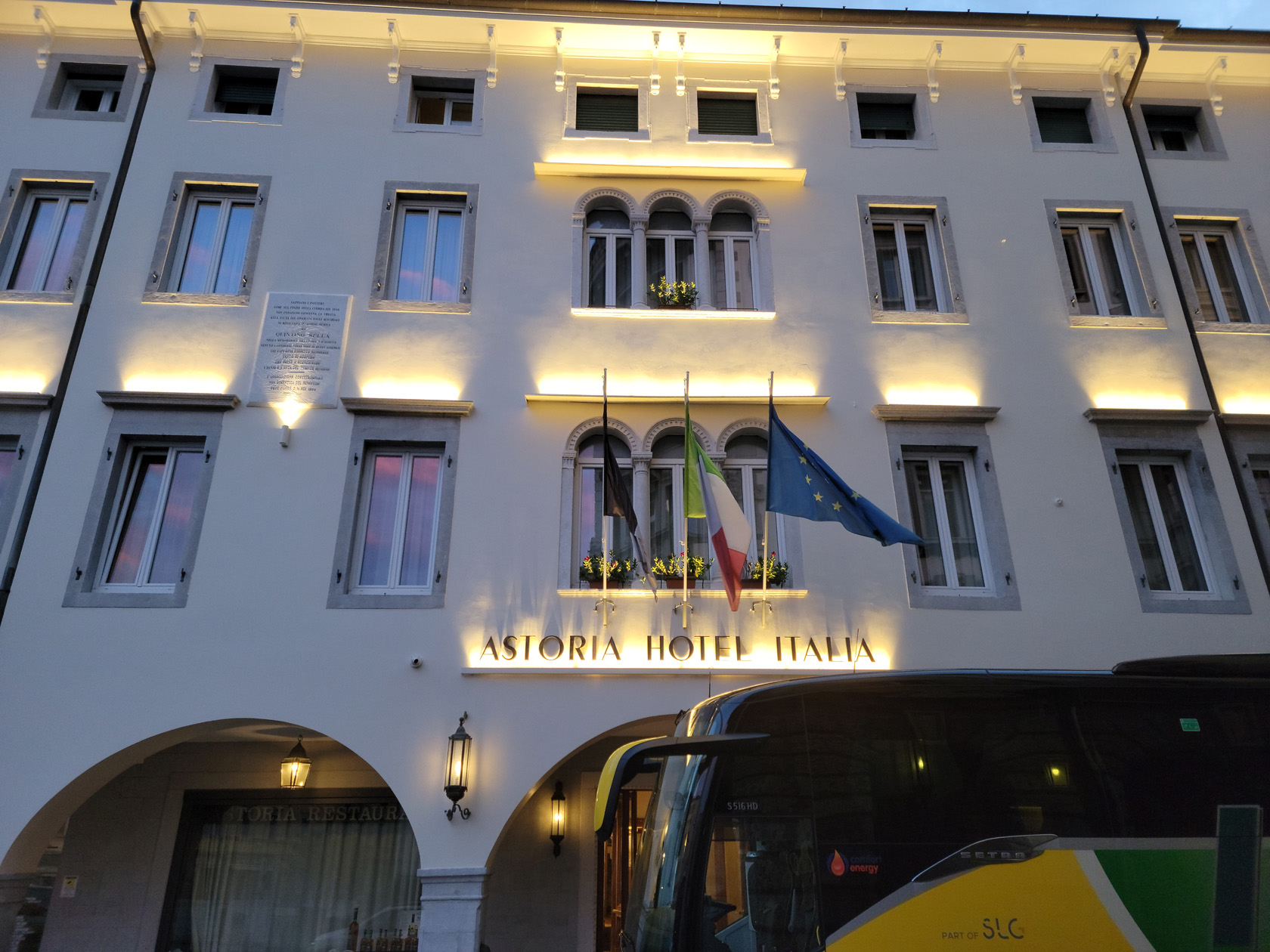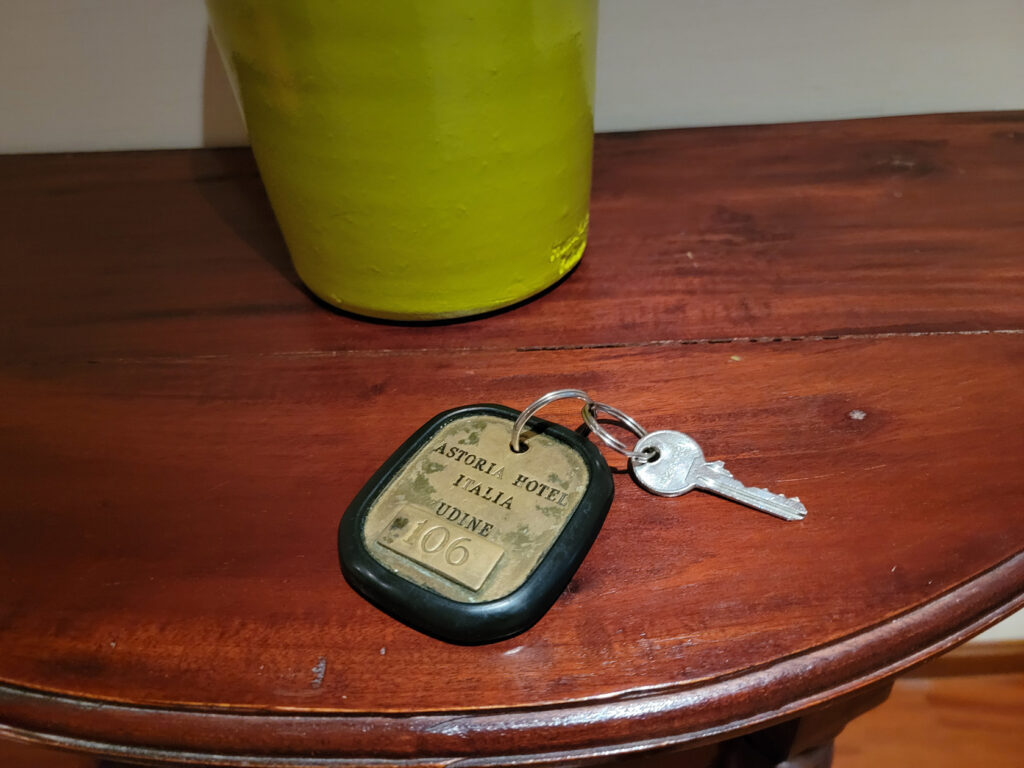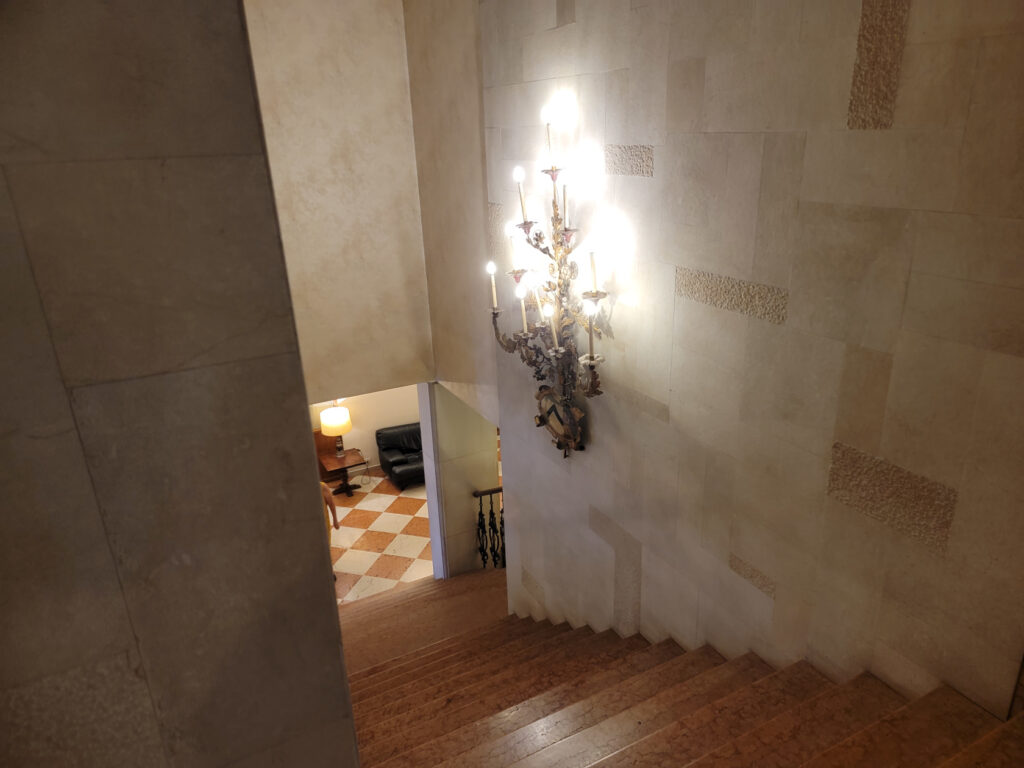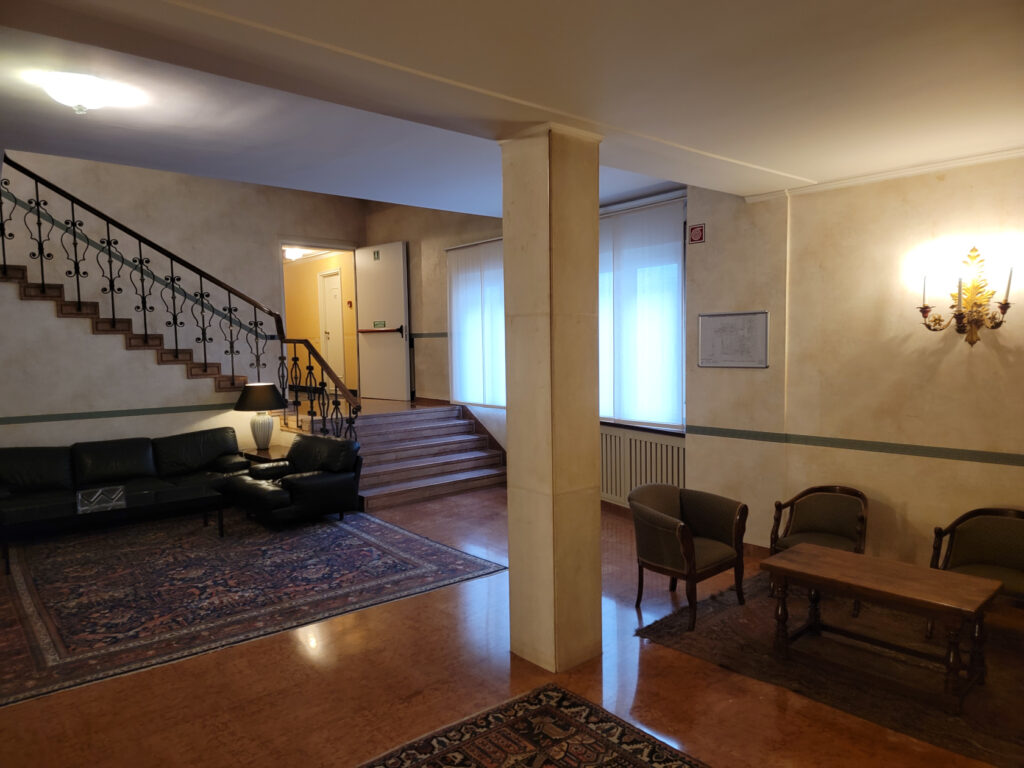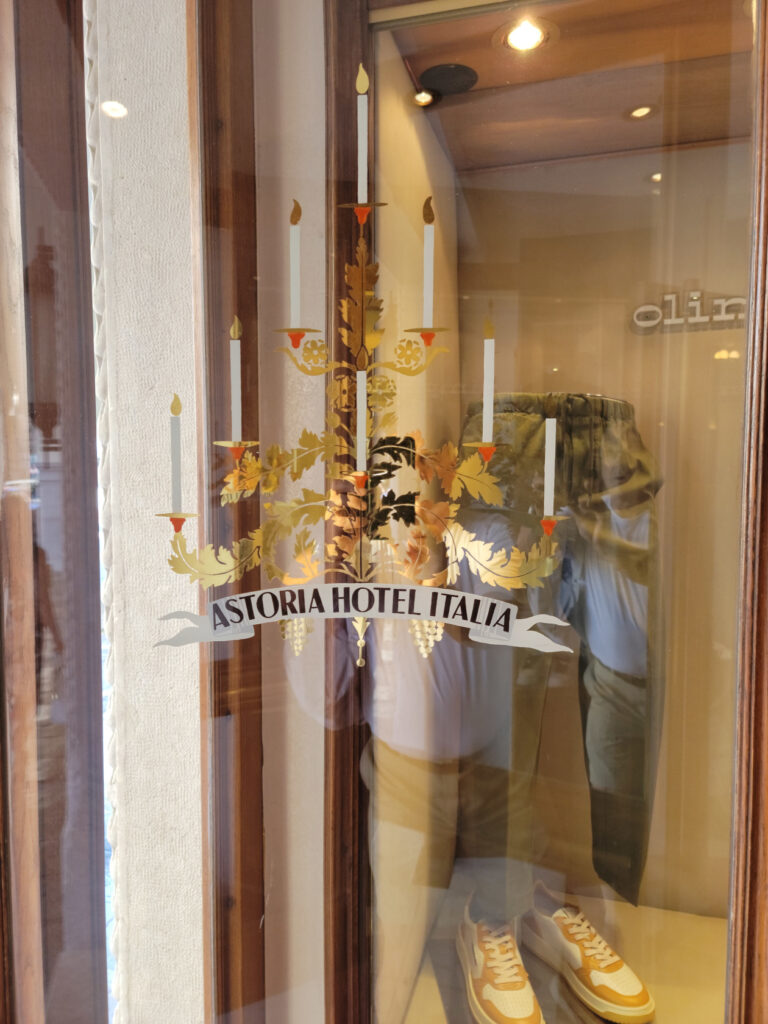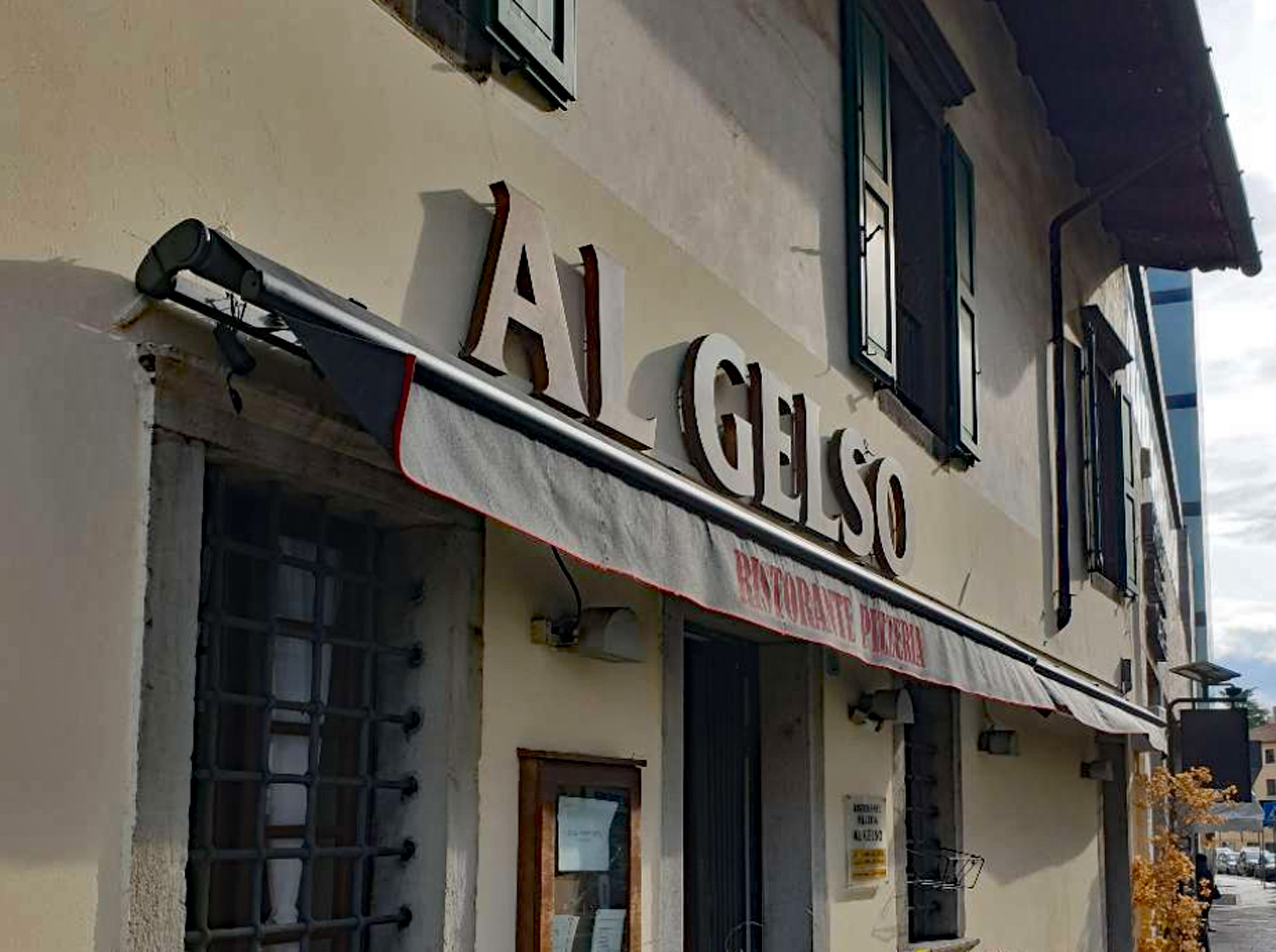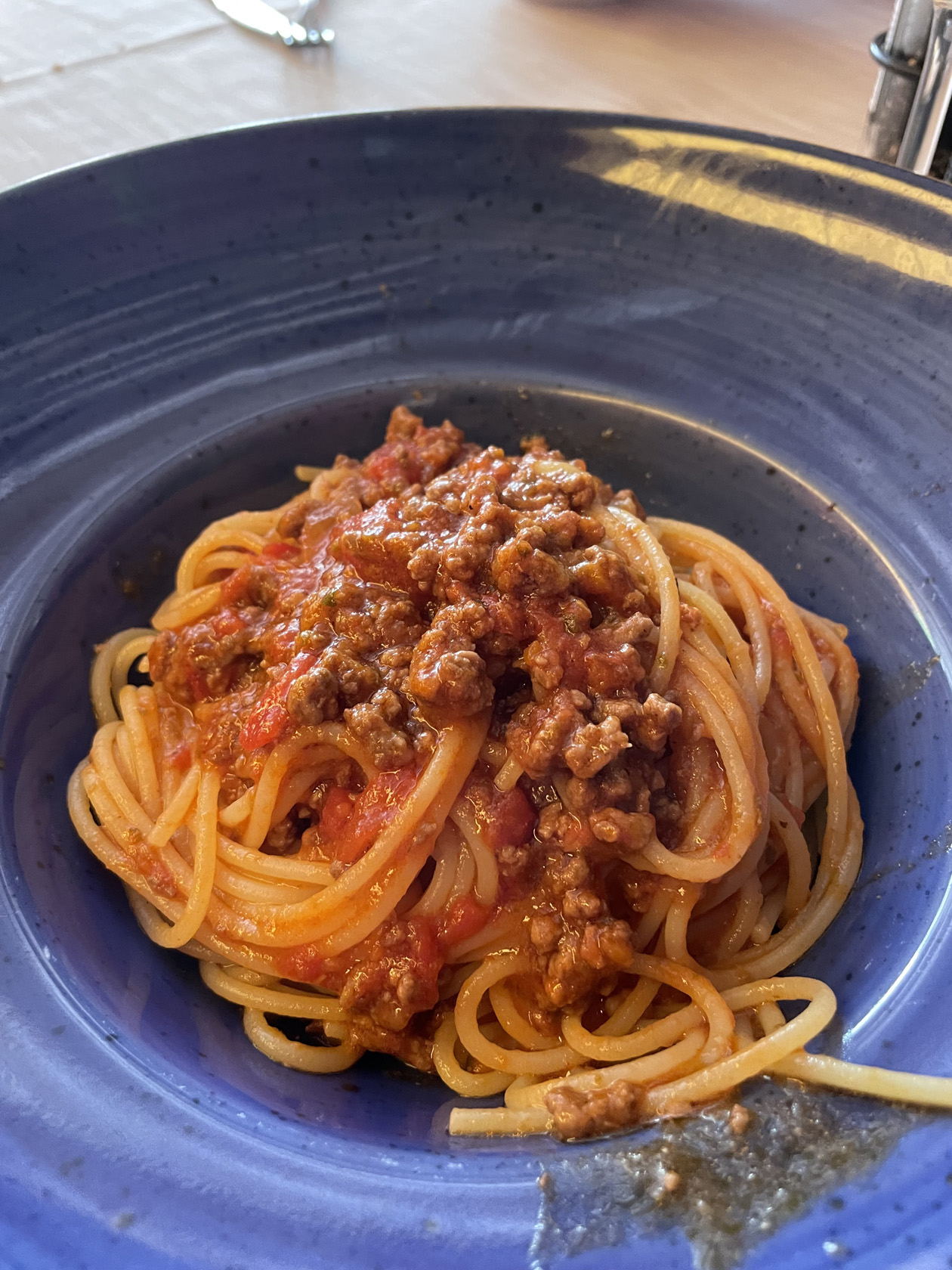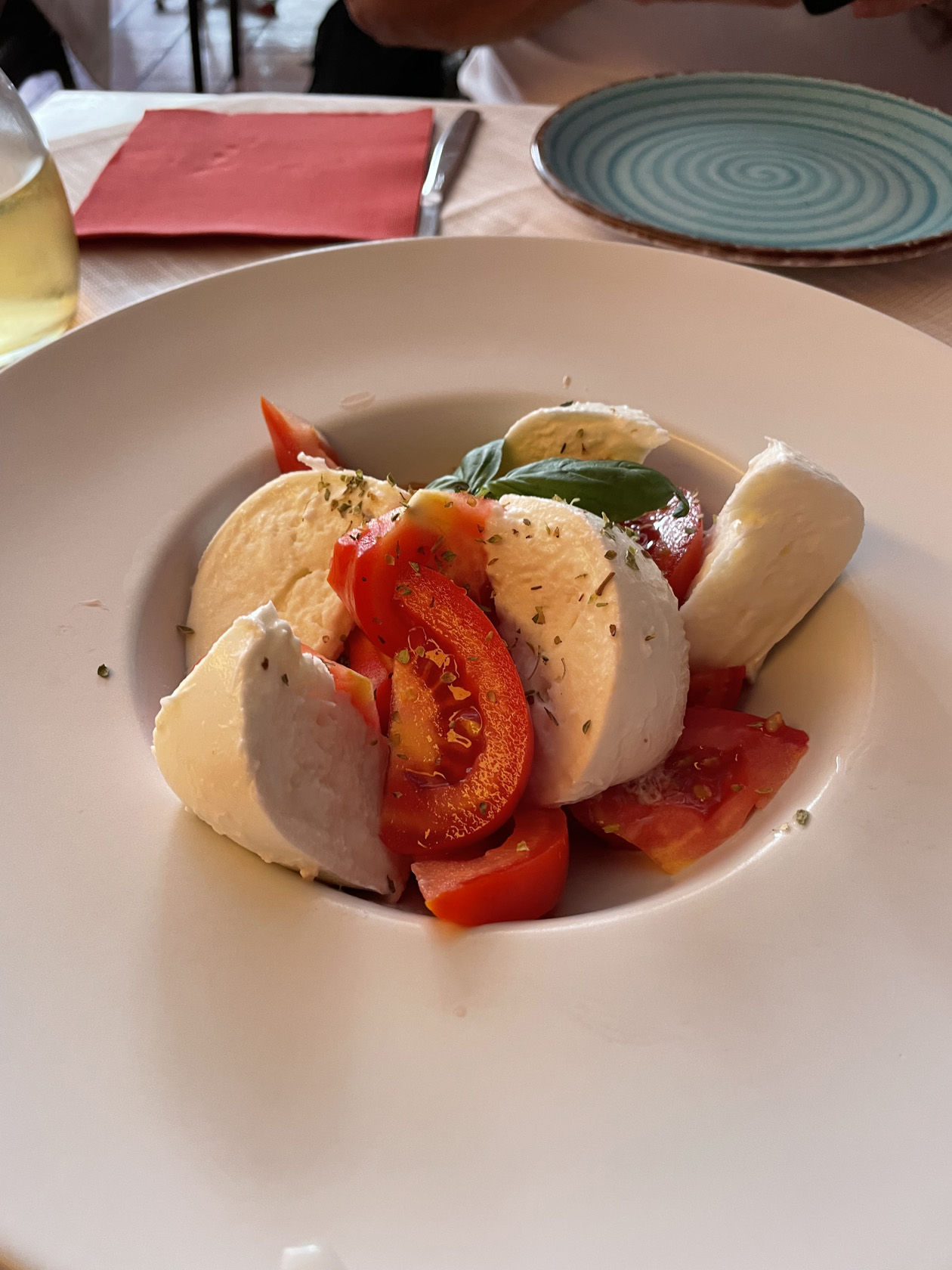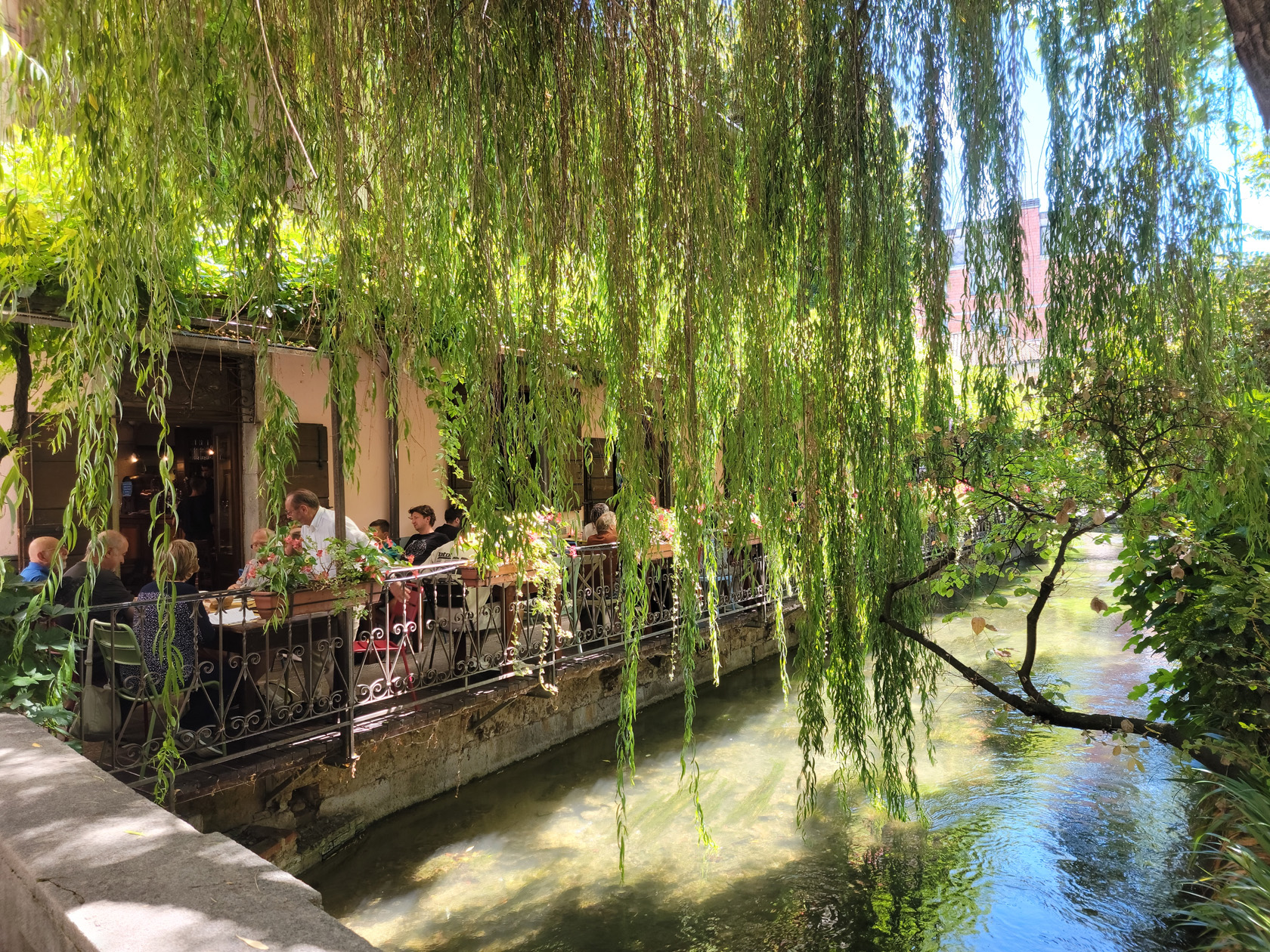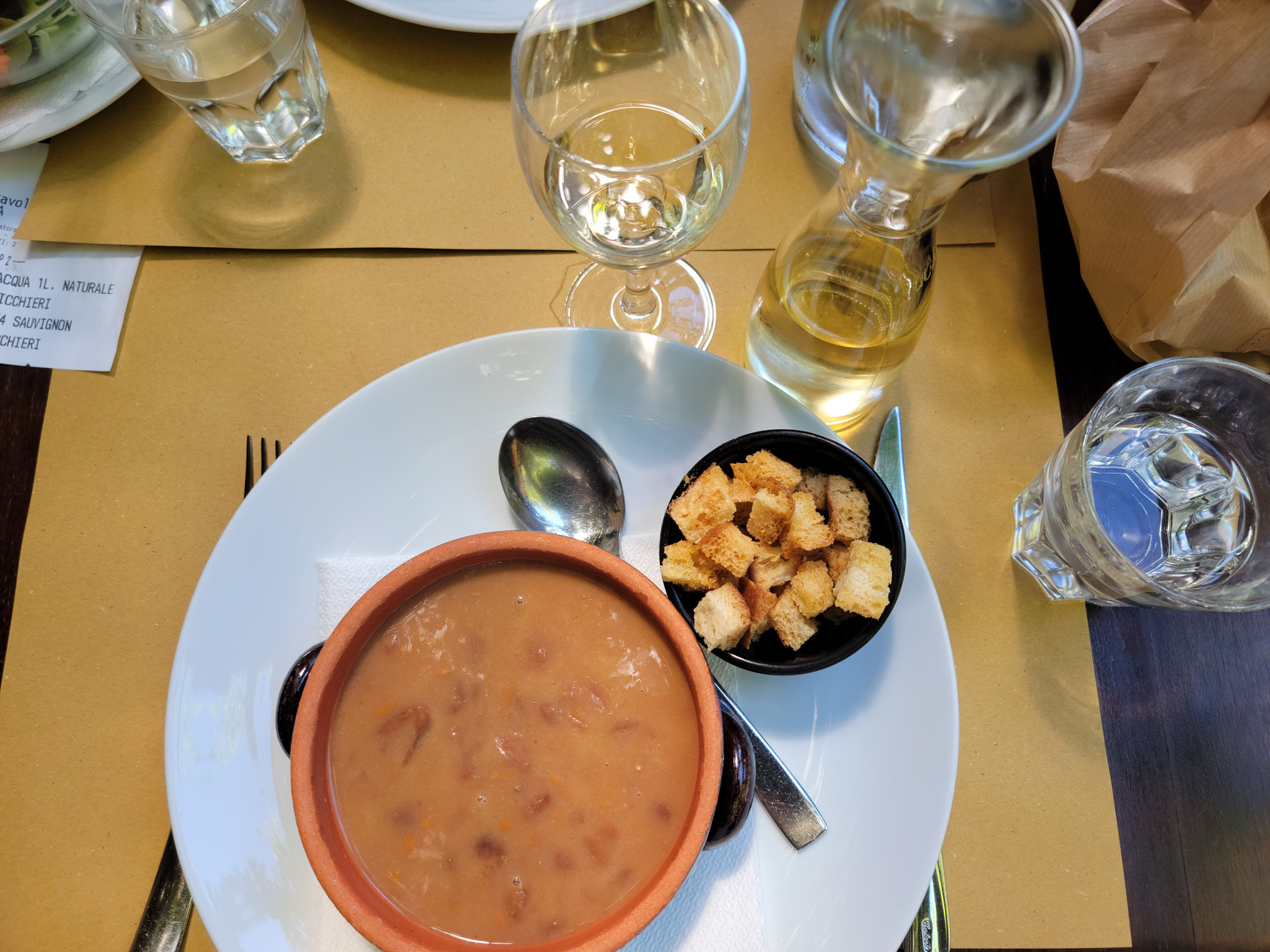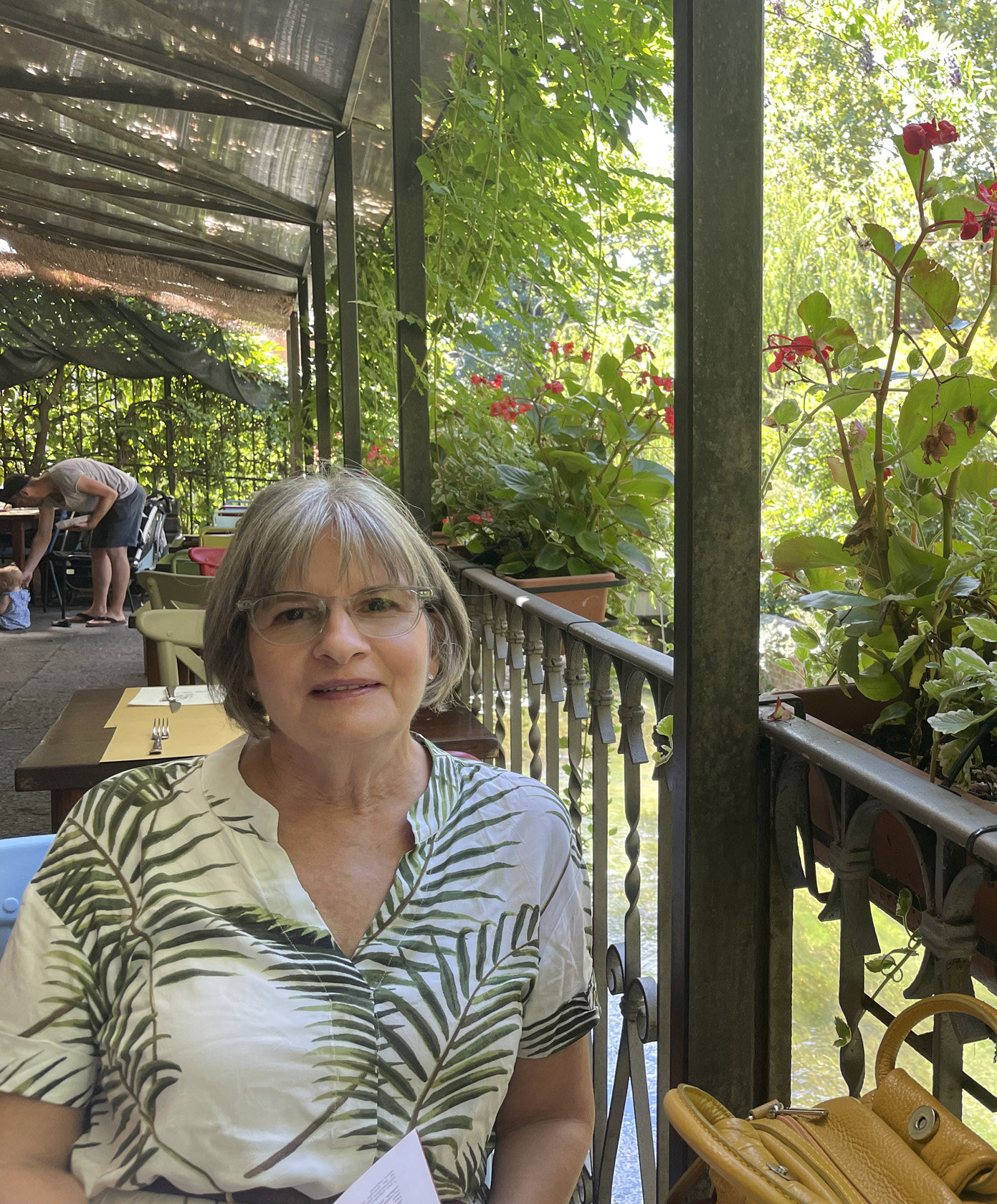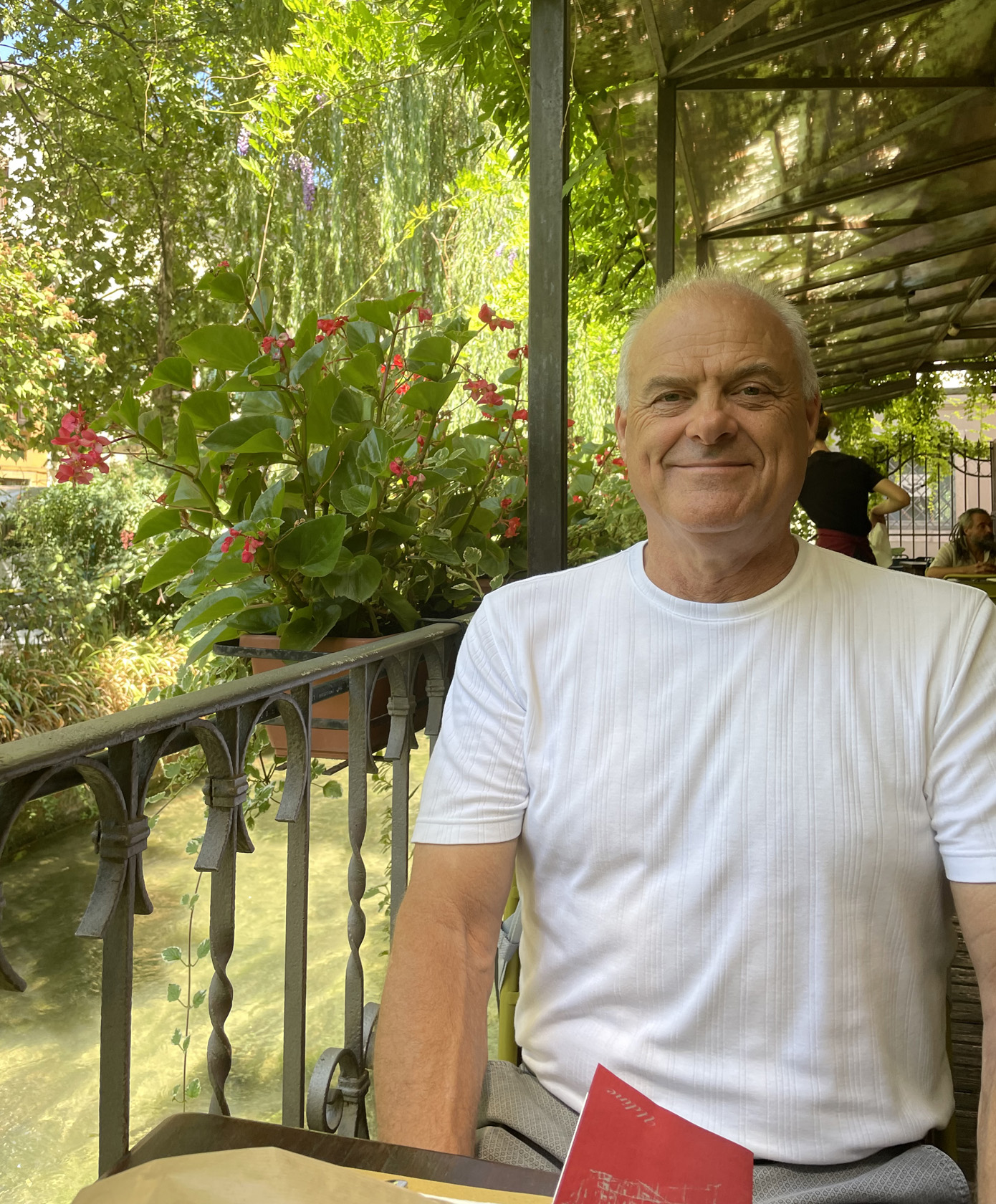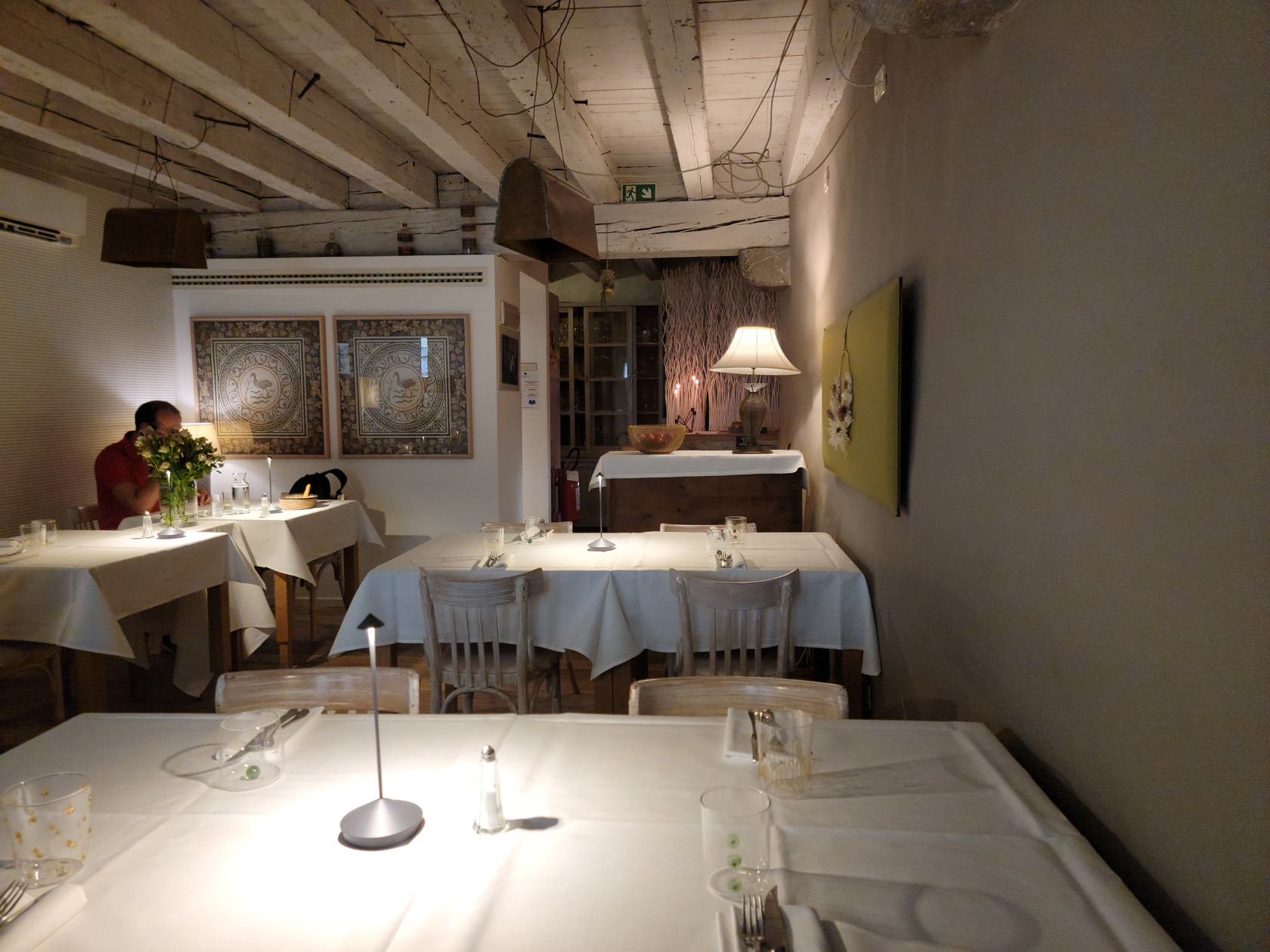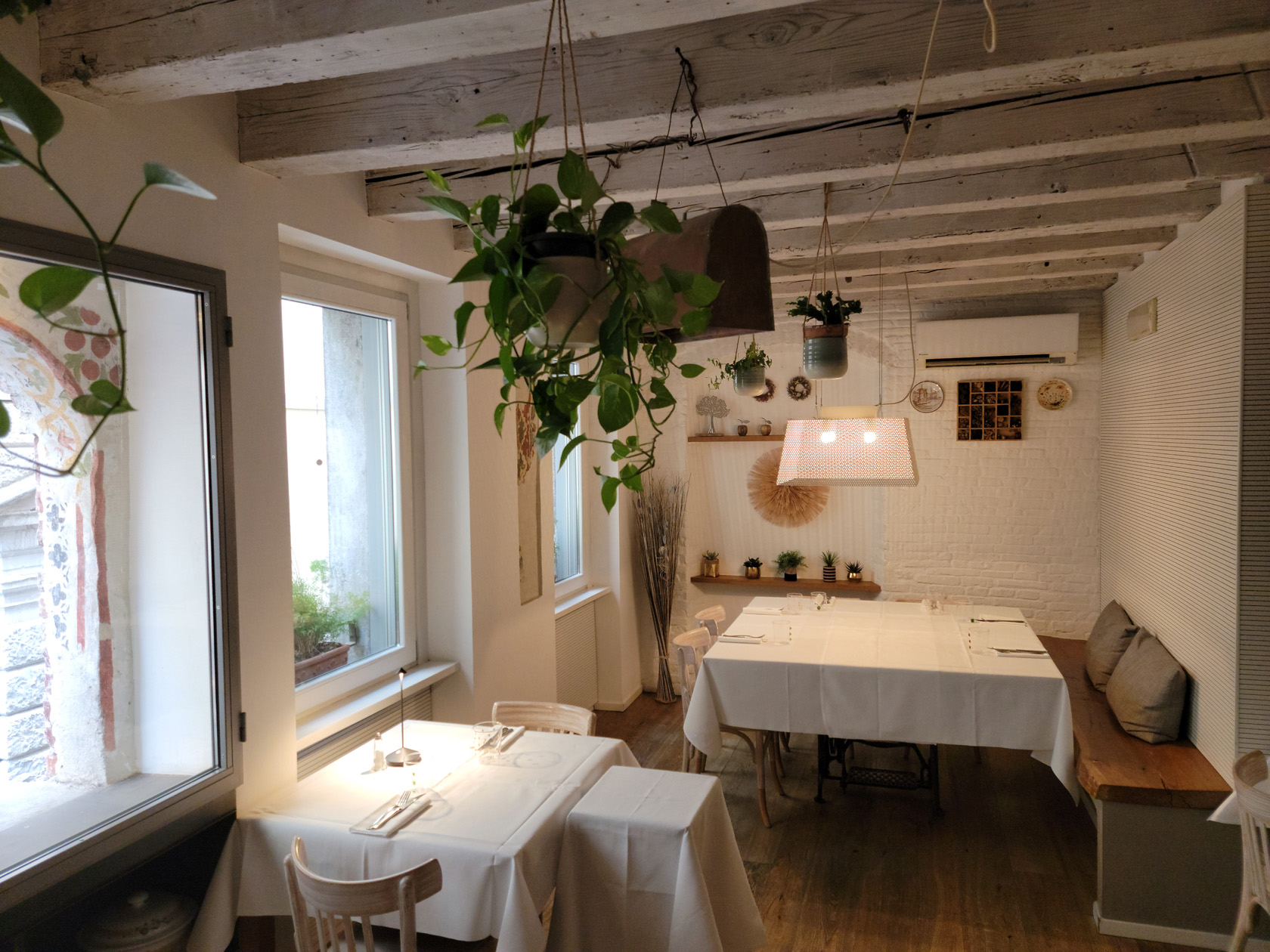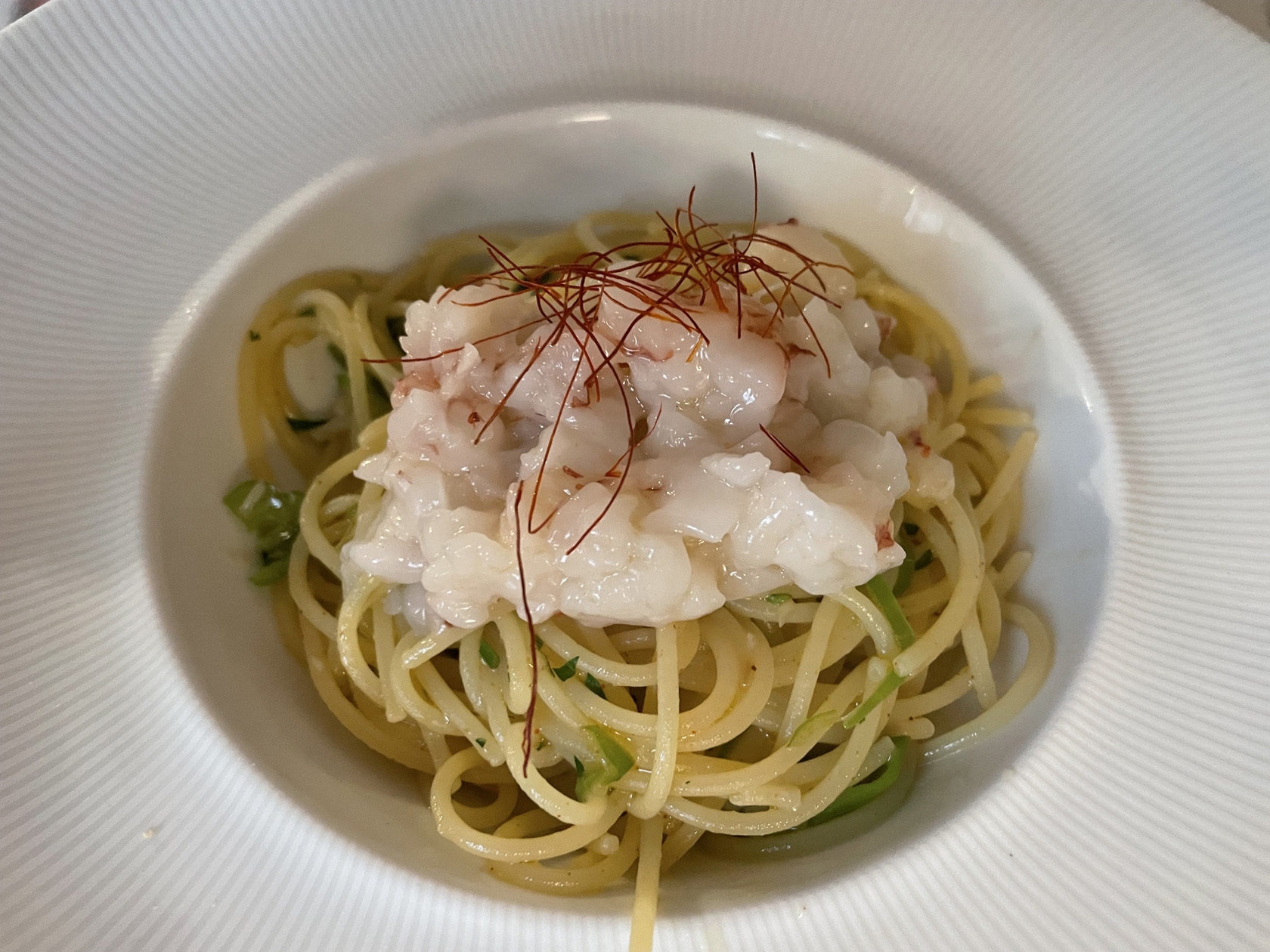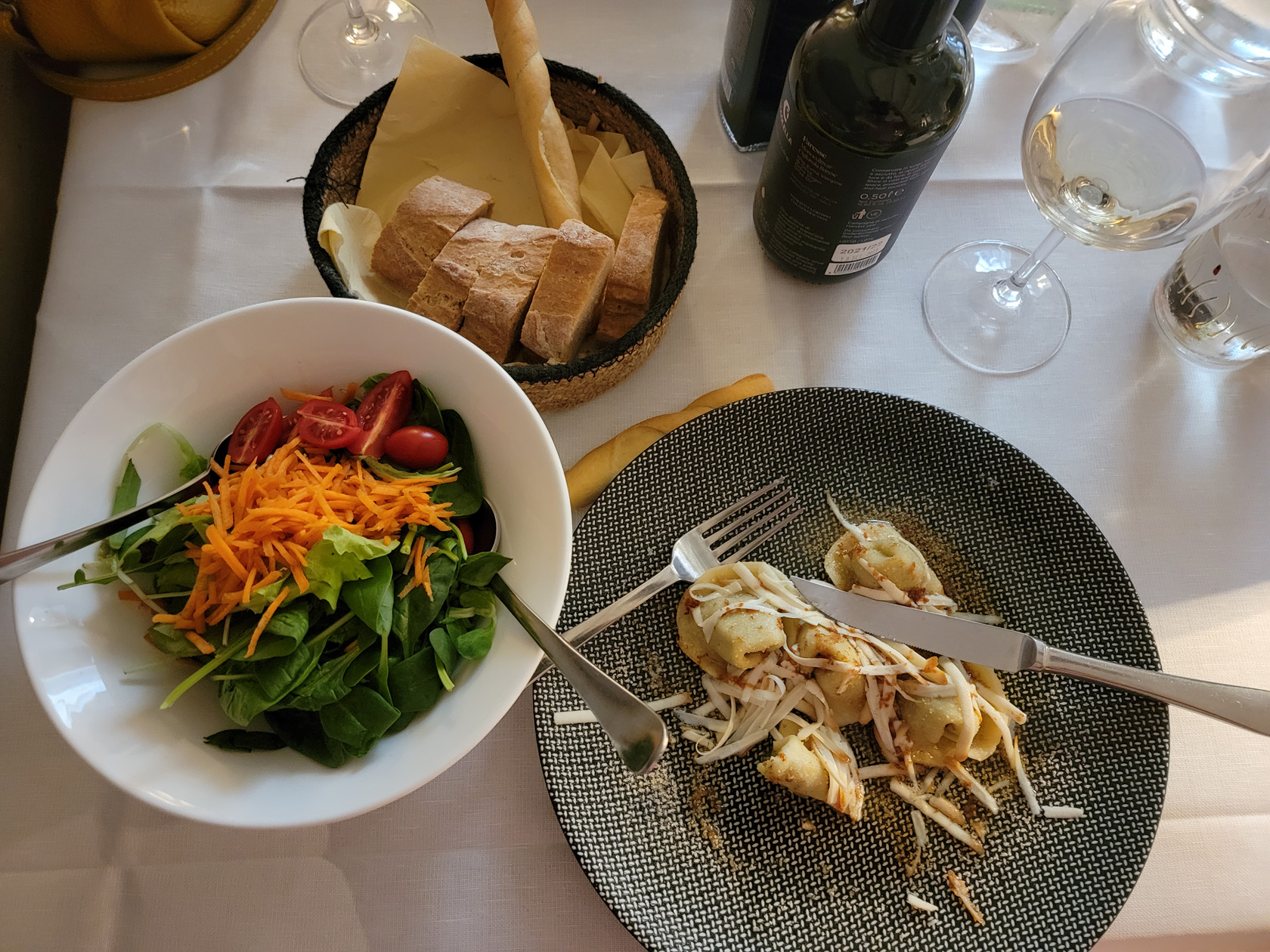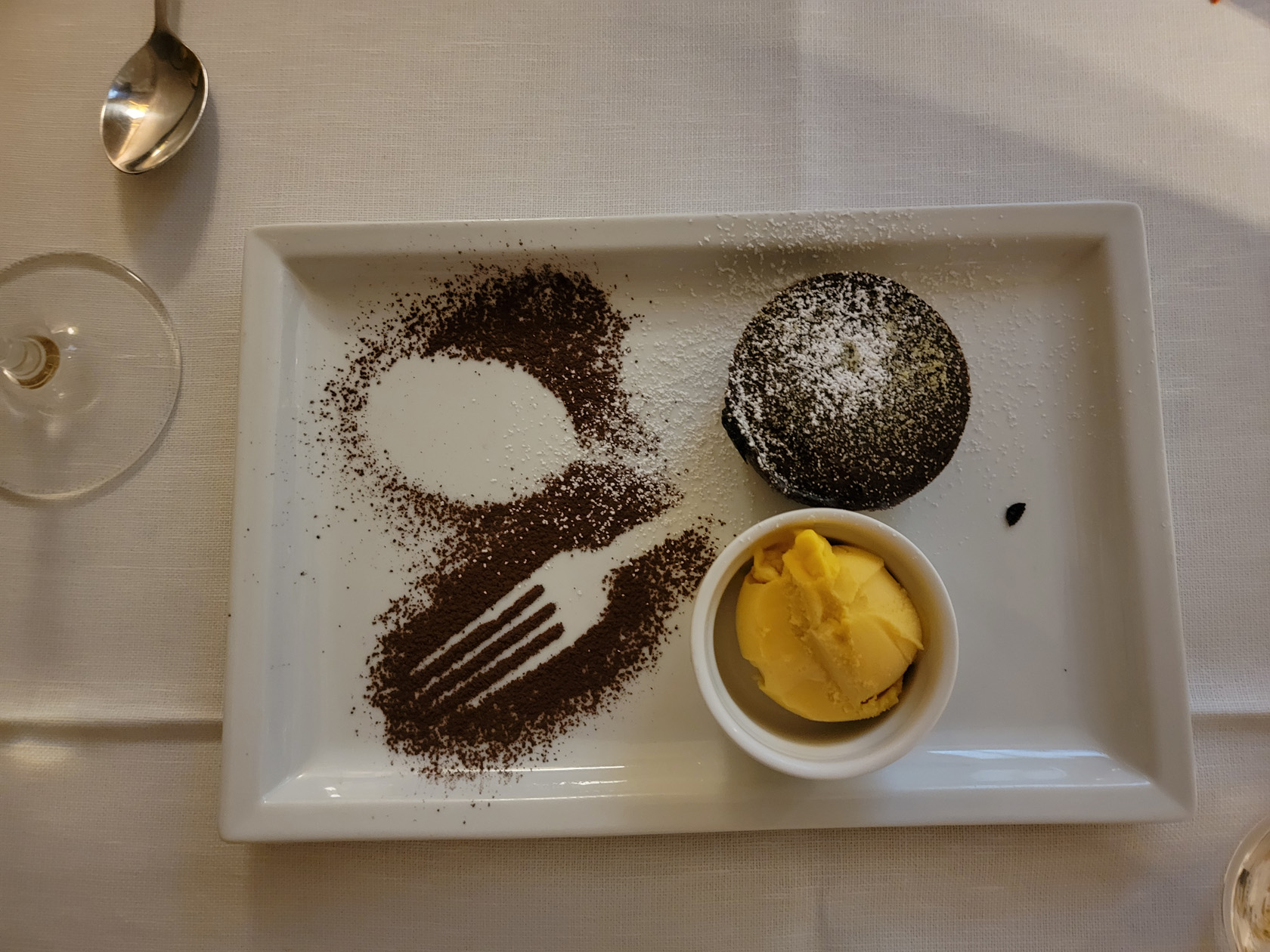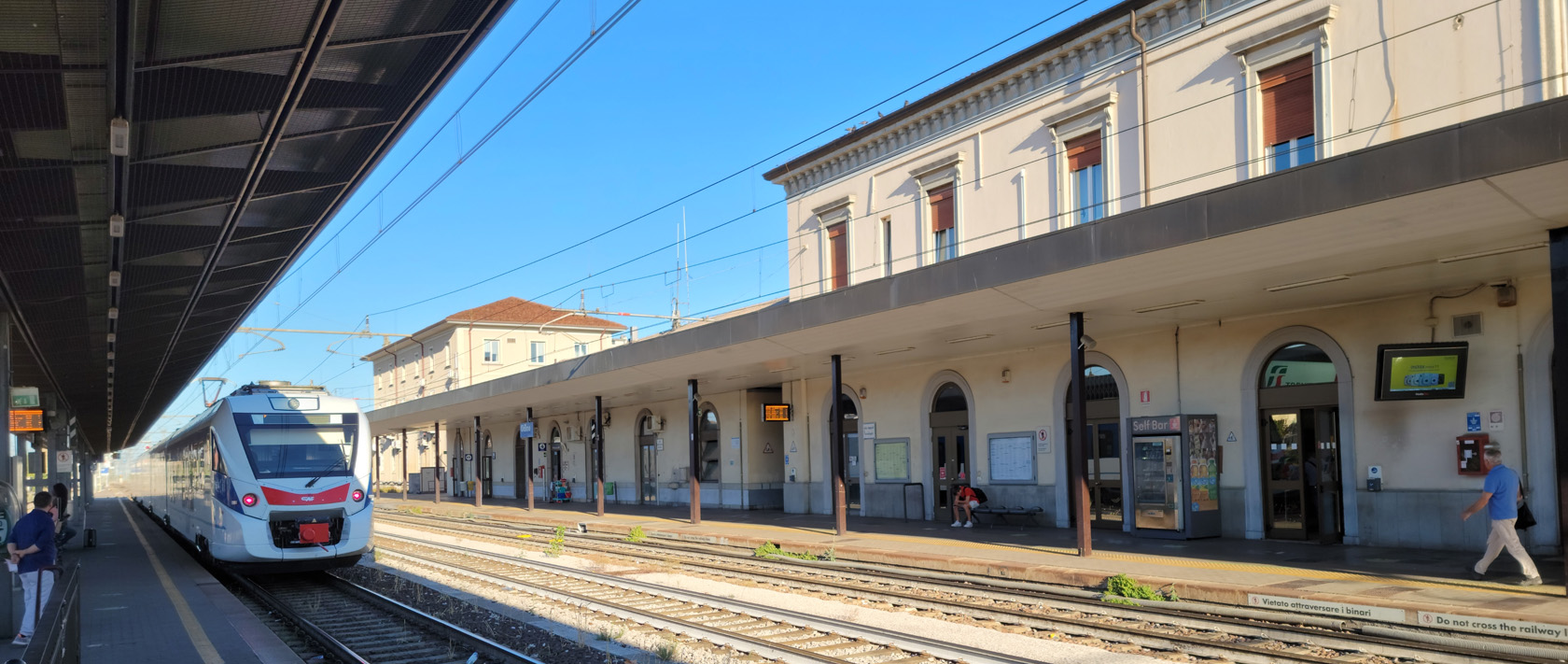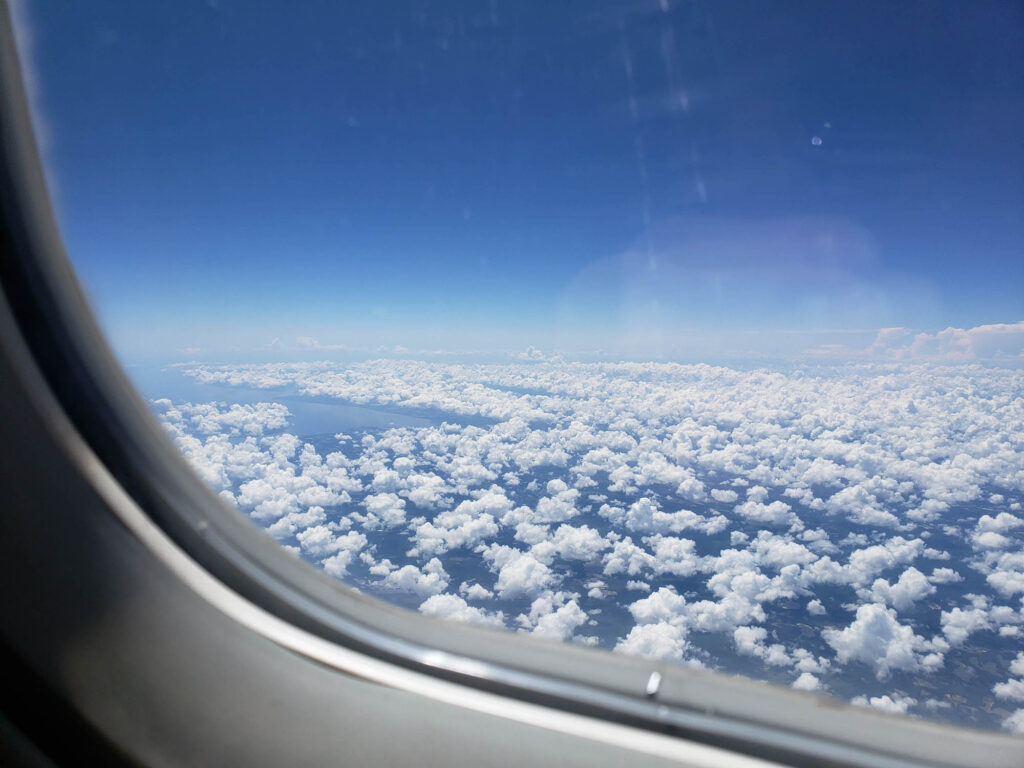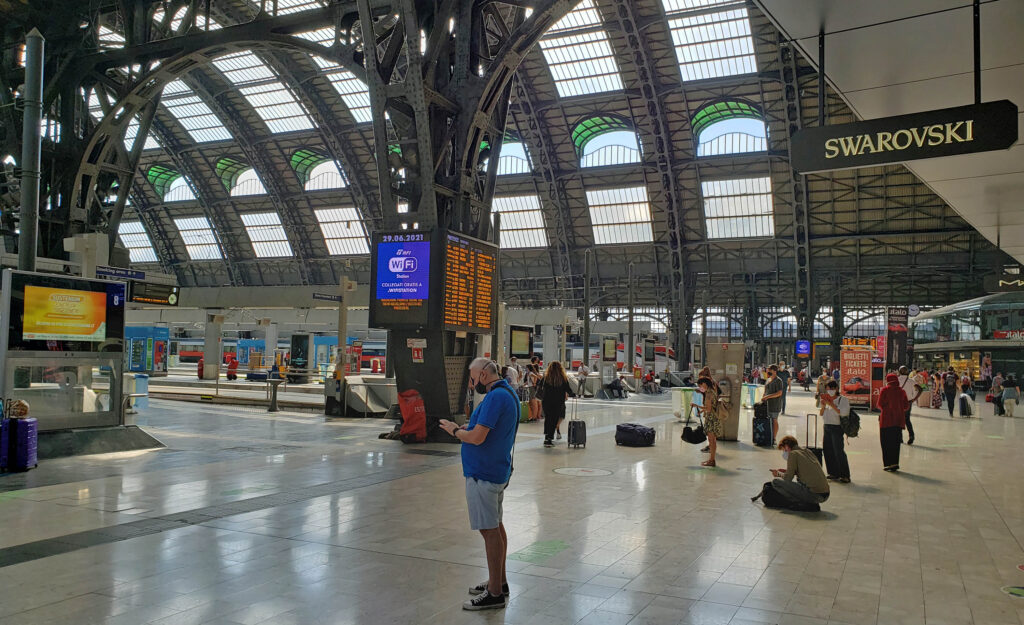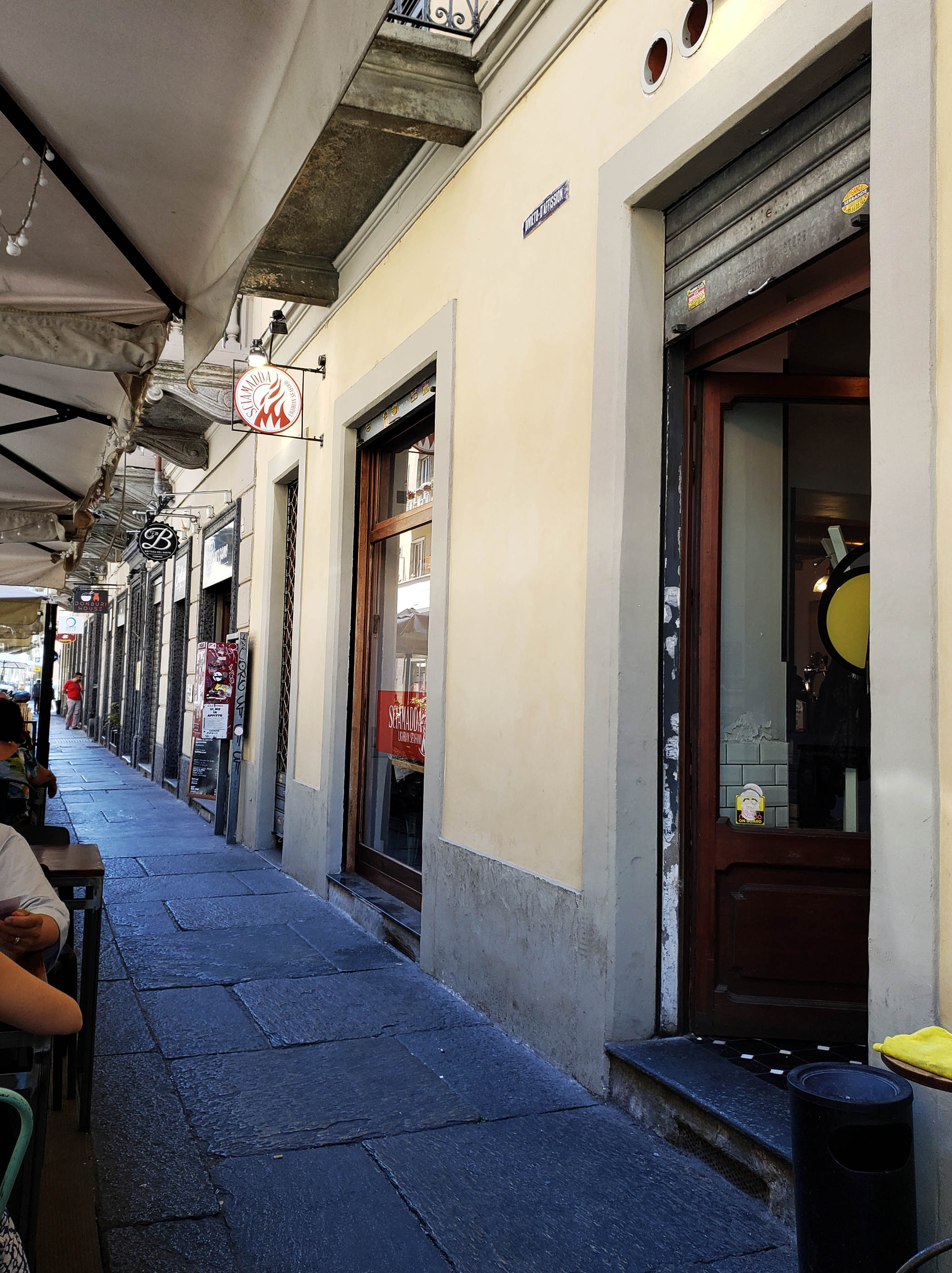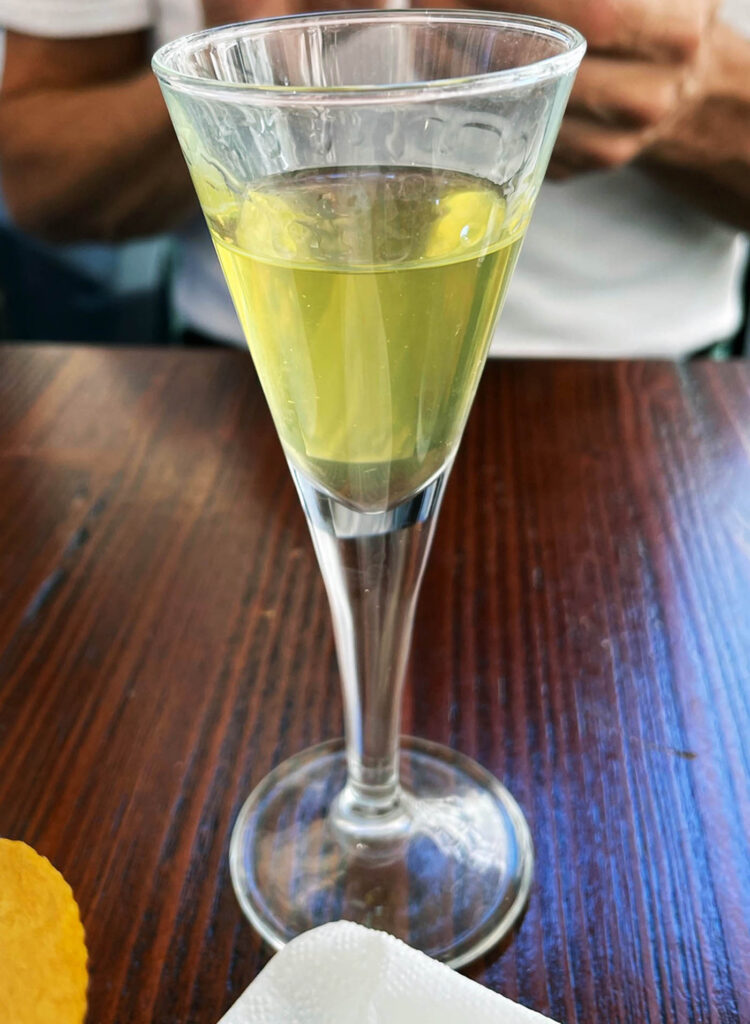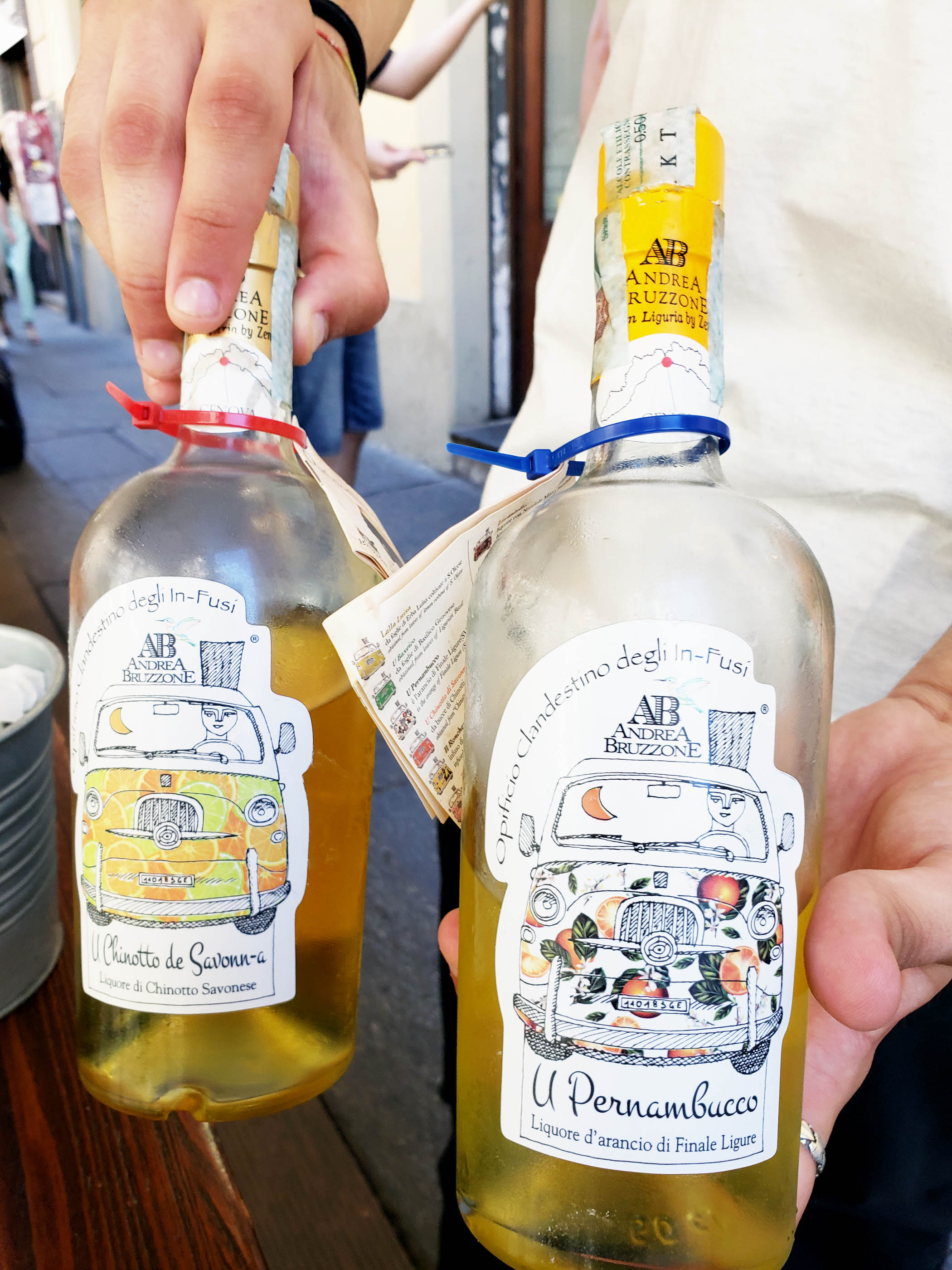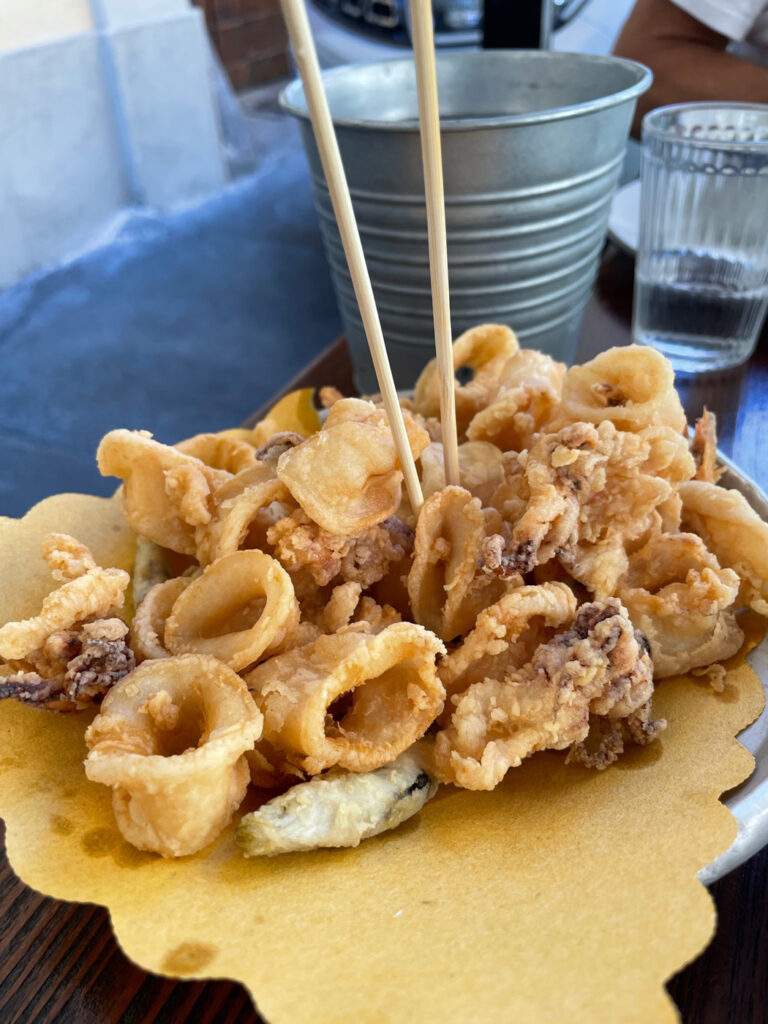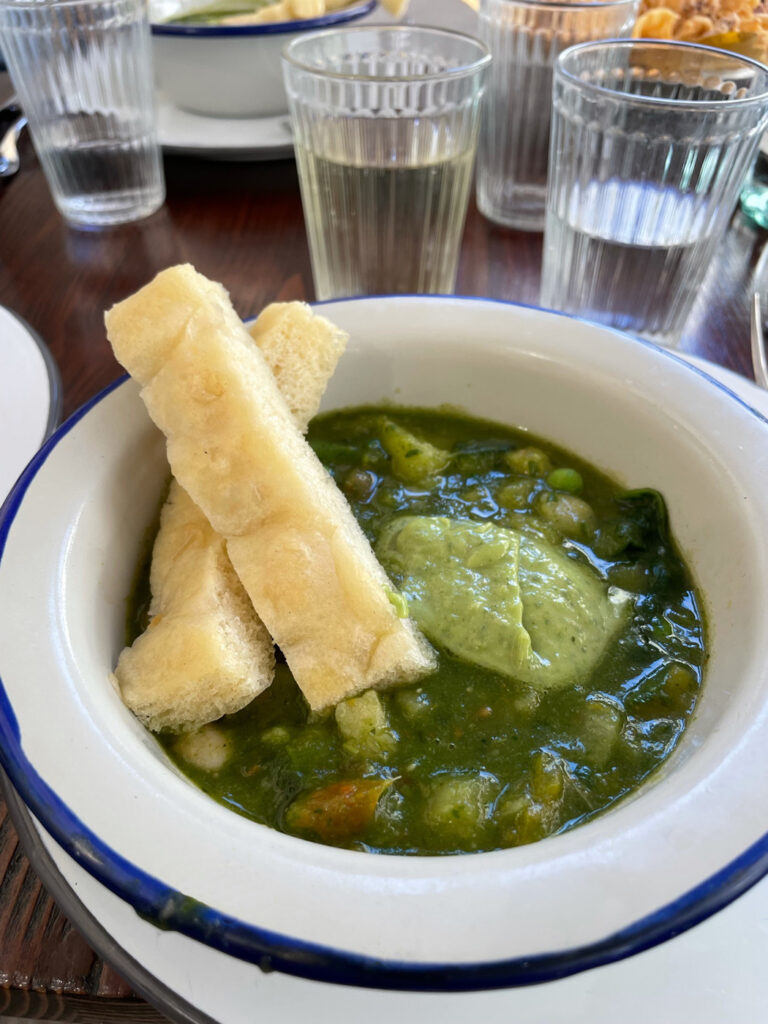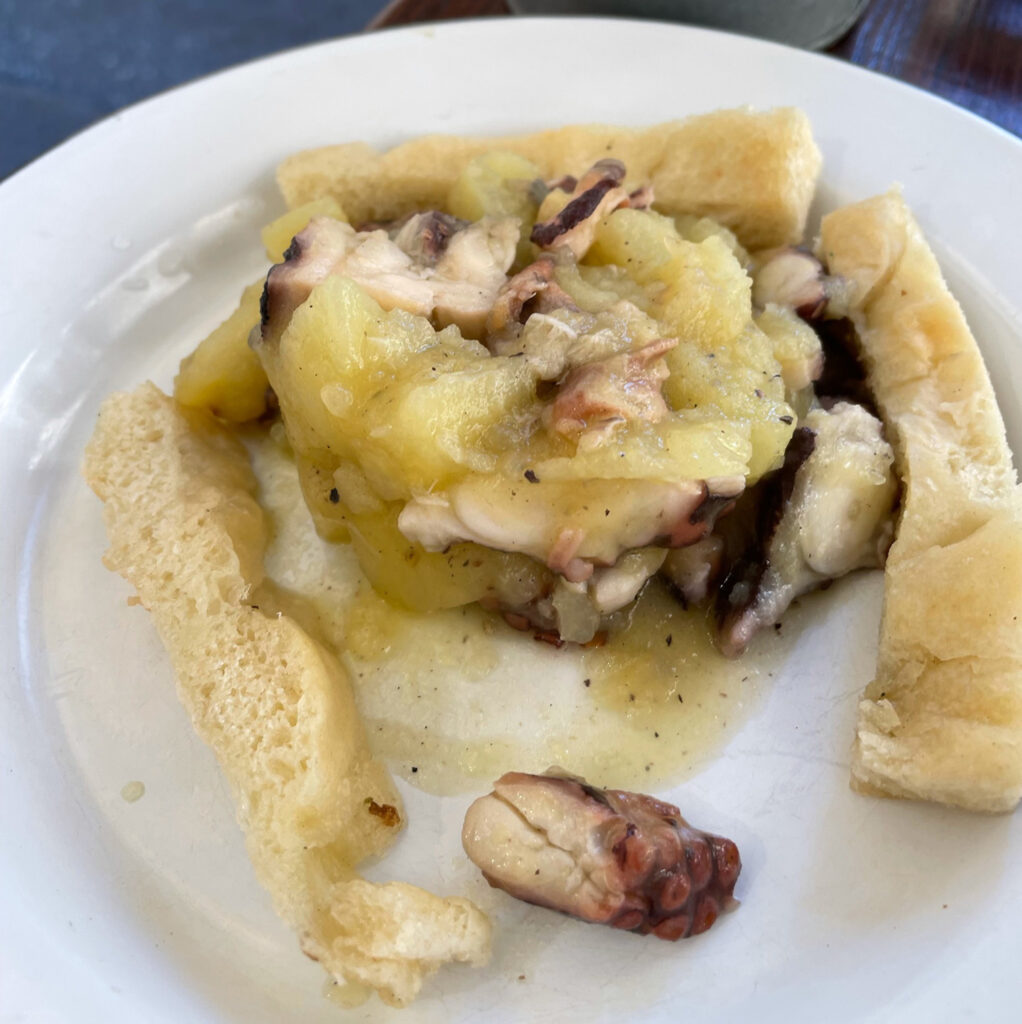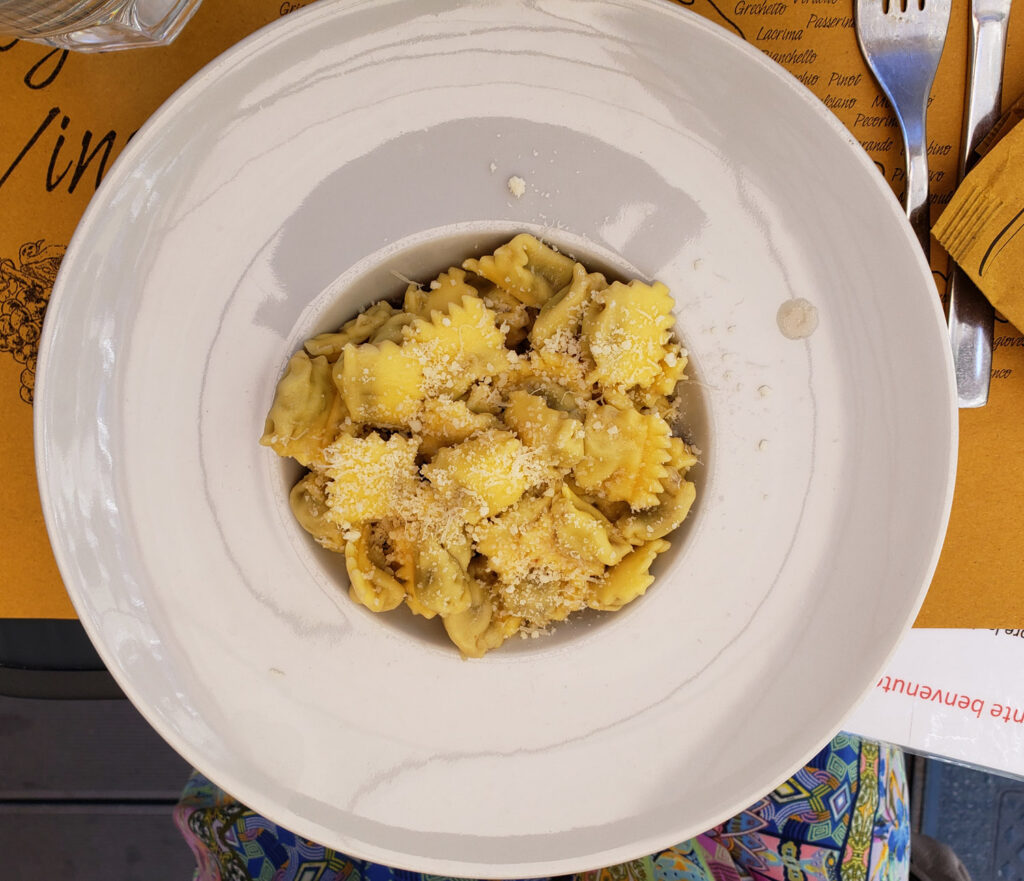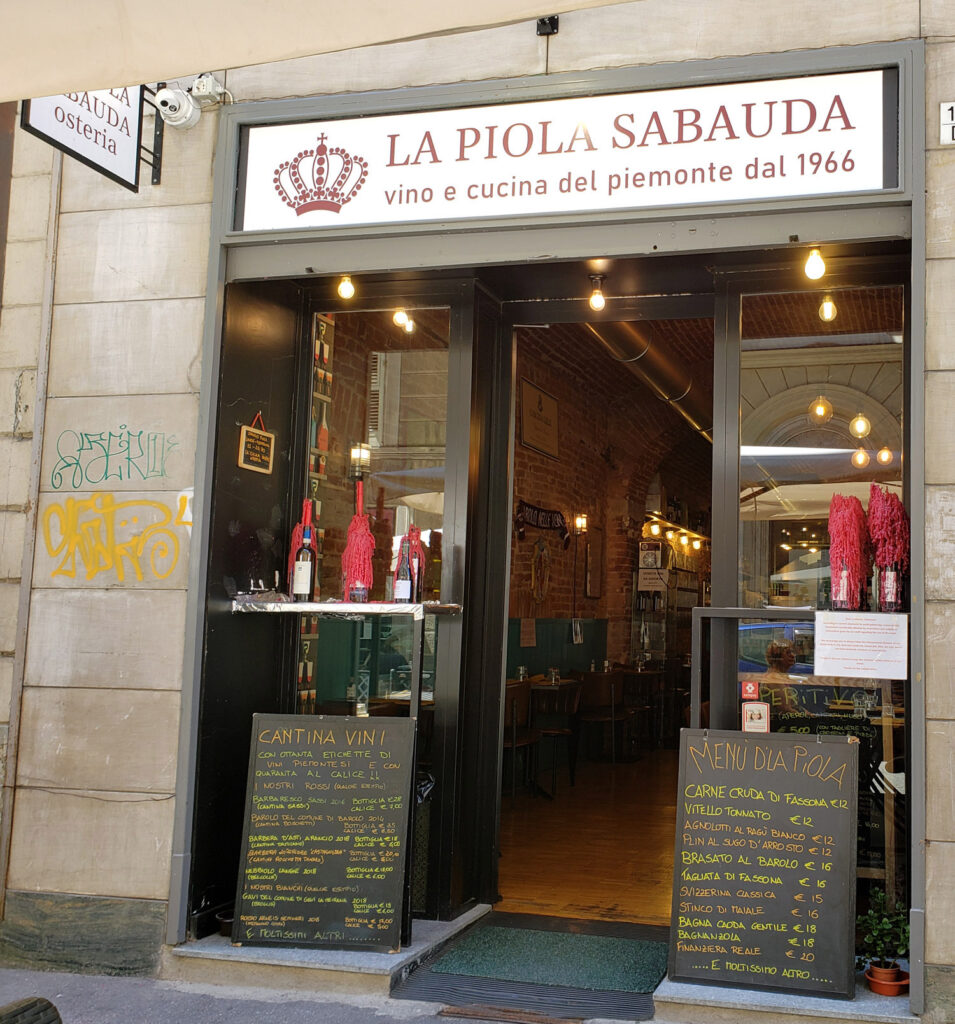After a day of familiarizing ourselves with the town Ivrea, it was time to do some hiking and see the surrounding countryside. Though probably not known to the layperson, the lakes and surrounding area were formed by glacier activity around 9700 BCE. All five lakes and the long, gradual hill in the distance that is not a mountain of the Alps, are actually glacial moraines from that time. Here, after a long hike, we were able to repose along Lake Sirio for a long and needed lunch, as well as a magnificent view.
The Five Lakes Hike
In and around Ivrea are hiking trails known as the Five Lakes Hike through which part of the Via Francigena trail also passes. None of the hiking trails are difficult, per se, however many of the surfaces are poor, so hiking shoes or a good trekking shoe is commended.
Unfortunately, due to time and the weather, we were unable to visit all of them and had to forgoe seeing Lake Nero and Lake Campagna. Luckily, they appear very similar to the ones below that we were able to visit, so no harm done.
Lake Sirio
Our first lake that we encountered was Lake Sirio, perhaps the largest of the five and it has the comenserate amount of lake resources around it for swimming, sunbathing and other activities.
The trail winds around this lake perhaps three quarters of the way and then veers off into the woods towards Lake Pistono. We followed the trail and then made a wide circle back around, essentially making a circle, to revisit this lake and have lunch at Restaurant Il Cigno.
Lake Pistono
Lake Piston is a smaller lake and only offers a few trails to get close to the lake. We found this lake surrounded by more water, which also means more insects, so bug lotion or spray is recommended, they are voracious!
This lake has one distinction, it is home to one of the Big Benches, which can be found throughout Piedmont in different areas and settings. Such projects make it fun and interesting to get out and find such silly objects. However, having said that, most are in areas that are out of the way and may present difficulty for some. But if you are able, the sights can be beautiful, so go for it!
Lake San Michele
A smaller lake and closer to Ivrea is lake San Michele. Though we had some bother getting there and visited the Chapel of the Three Kings unintentionally, since the Italians with money just love to block public access to things, even roads, if they can do so.
So, we were unable to continue our travels using the Via Boaro, since it is blocked by a gate and a fancy house with video surveillance, so if you have the same idea – don’t bother. Instead, use the Via Cascinette and Via Lago San Michele roads to get to the lake. There is a lake park entrance that may be used, or you can continue on Via Lago S. Michele and see the lake once you round the bend in the road.
Churches And Chapels
Though not known for the churches or chapels, there are a few that can be visited in the area. We found the following when we continued our Five Lakes Hike the next day. The Sanctuary was open, but the chapel appears closed, perhaps for good.
Restaurants
Il Cigno
We made note of this restaurant on Lake Sirio when we were outbound headed for Lake Pistono and made plans to swing back around for lunch. It has amazing seating right along the shore of the lake with marvelous views of the Graian Alps.
The food is good and prices are reasonable. We were here during the off-season, but one can easily imagine that it gets quite busy in the summer, especially on the weekends, so plan accordingly.
Ristorante Pizzeria da Romano
Not far from our hotel, Hotel 3T, along the Stata Stradale (SS26) is the Ristorante Pizzeria da Romano. We ate here one evening only because we did not want to venture from the hotel, who’s restaurant unfortunately was closed.
Here is where you will find all the locals looking for excellent pizza at great prices. We ordered a salad, two pizzas, half liter of wine and water for around thirty Euros.
La Gustiera
Another good place to eat, but come early if you do not have reservations, is La Gustiera Osteria. Located on Via Quattro Martiri, La Gustiera offers a select menu every evening of authentic Piedmont cuisine, perhaps half fish and half meat, so something for everyone’s taste.
Trattoria Monferrato
Almost directly in the old city center on Via Gariglietti is the Trattoria Monferrato. Having trouble finding a place to eat elsewhere, we found a table free here on a Saturday just by luck.
The food here was very good, a cross between home cooking and something made by a chef. The pork filet with gravy was delicious, along with a side of potatoes and some wine the meal was very enjoyable. Knowing the difficulty we had finding a place to eat, we shared our large table for six with a German couple from Frieburg and had a very entertaining conversation about them traveling through Italy on E-Bike.
Our Hotel
We stayed at one hotel for the entire weekend on the north side of town, only to have more convenience leaving on our hikes.
Hotel 3T
A rather modern hotel with most amenities. The hotel staff can be a bit problematic on the weekends, since we had to ask a few times for towels and toilet paper. So, attention to detail is not a priority.
Another drawback was the restaurant, which was closed for dinner, so we had to go every night, which can be annoying if you had a long and tiring hike. However, the hotel is clean and the bed and pillows were very comfortable, a big plus when you need a good night’s rest.
